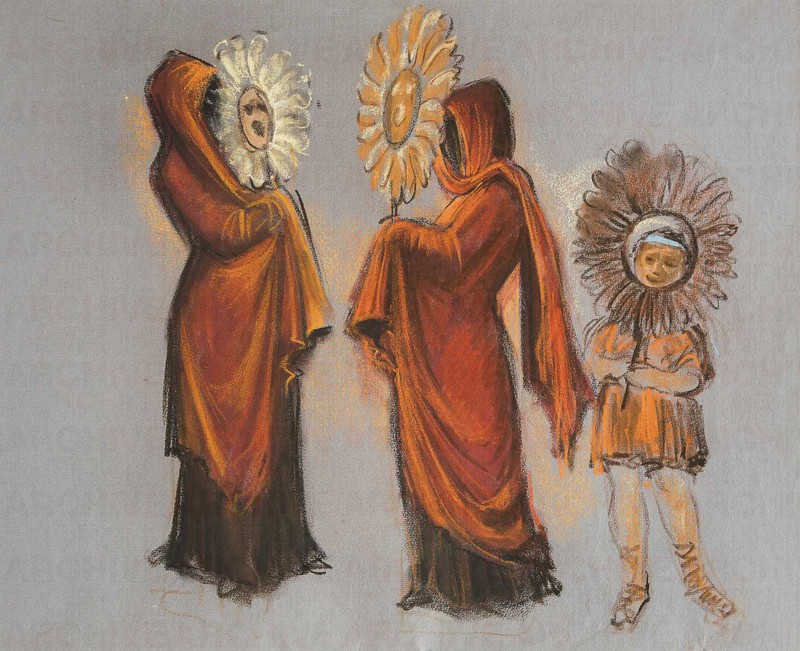
Scenografia cinematografica
O0008126

(Studio per motivo decorativo)
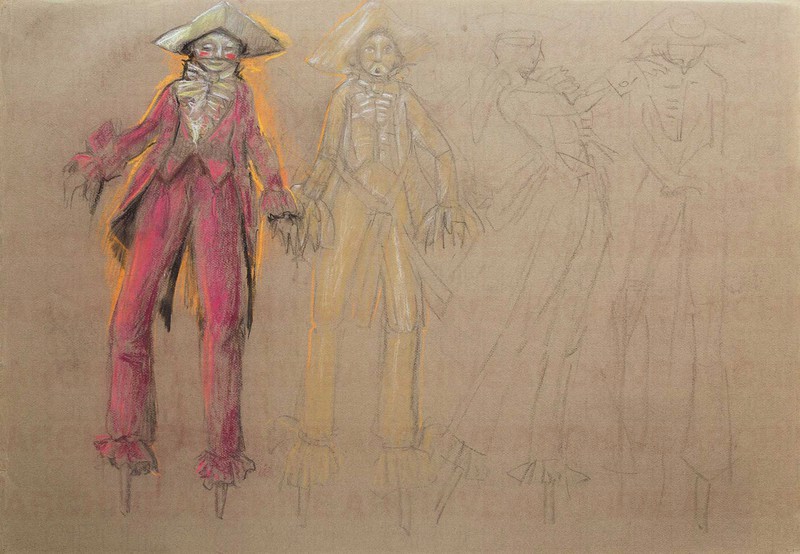
Scenografia cinematografica
O0008068

Monotipo
O0001420

Figura femminile distesa
O0000663
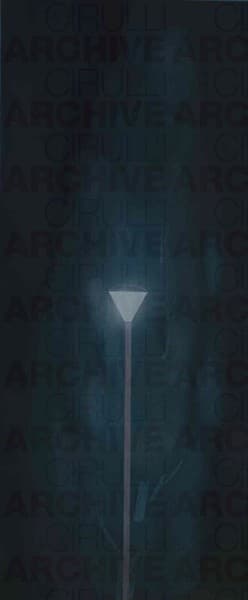
Esposizione Universale di Roma 1942 Studio per illuminazione
O0001199

Studio pubblicitario per industria meccanica
O0004139

Esposizione Universale di Roma 1942 Studio per illuminazione
O0001197

Scenografia cinematografica
O0008094
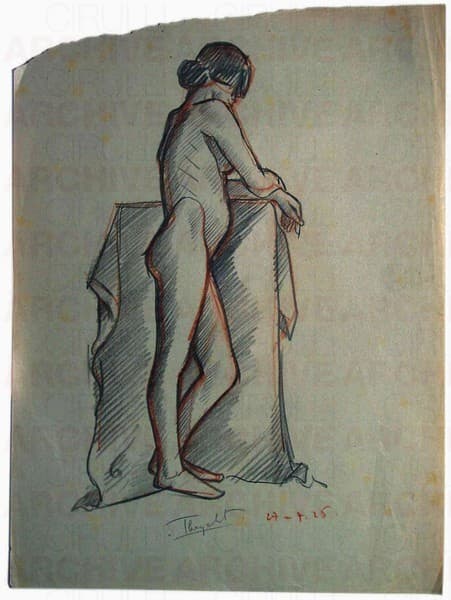
Nudo femminile
O0000674
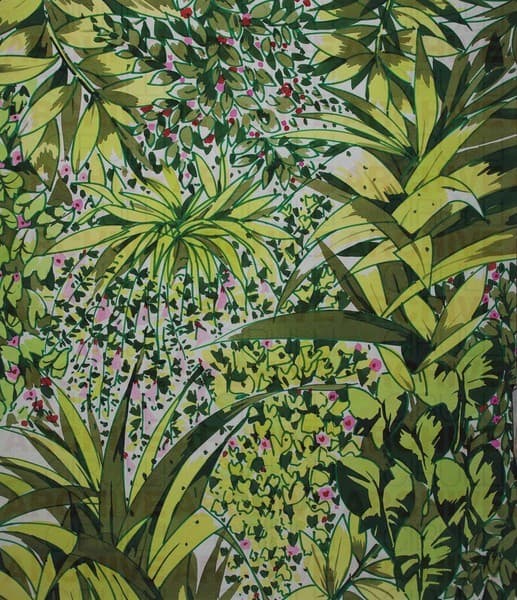
Progetto grafico di tessuto per Triennale di Milano
O0004512
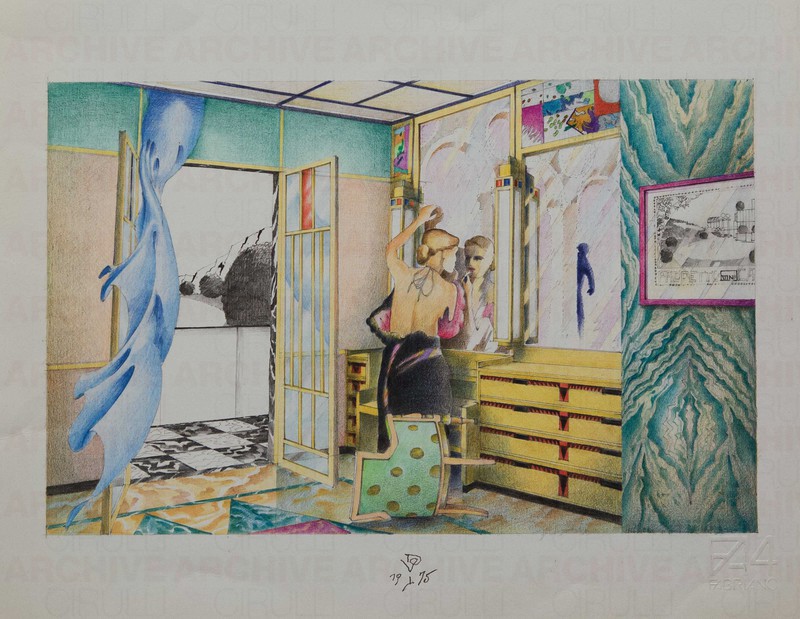
Senza titolo - illustrazione per la rivista “Il Modo”
O0007312

Esposizione Universale di Roma 1942 Studio per architettura
O0002198
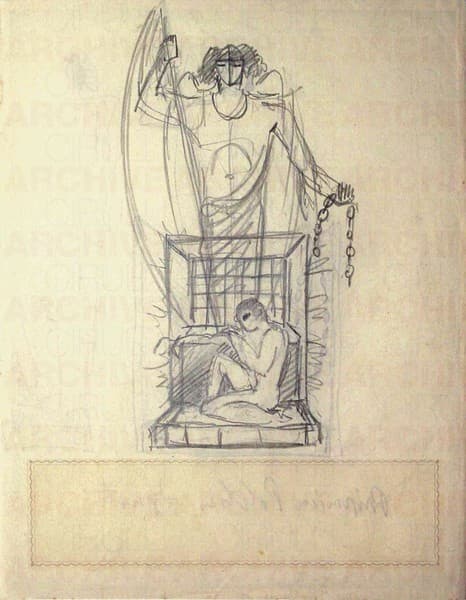
Studio per Prigioniero Politico Ignoto
O0000480

Ragazzo nudo seduto in lettura
O0000692
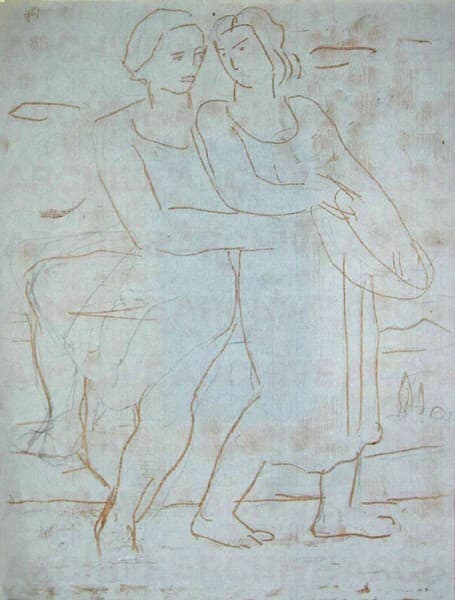
Due donne
O0000671

Concorso per il Palazzo del Littorio
O0009640
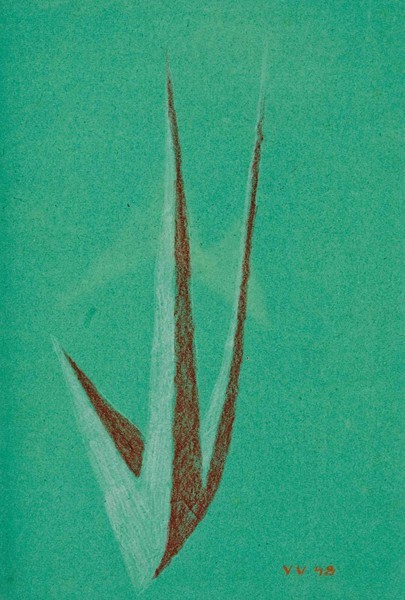
Untitled
O0002450

Scenografia cinematografica per “Satyricon” di Federico Fellini,
O0008617

Scenografia cinematografica
O0008048
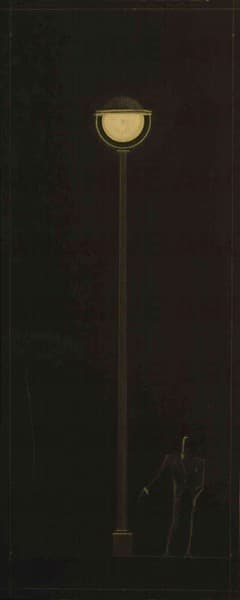
Esposizione Universale di Roma 1942 per illuminazione
O0002288
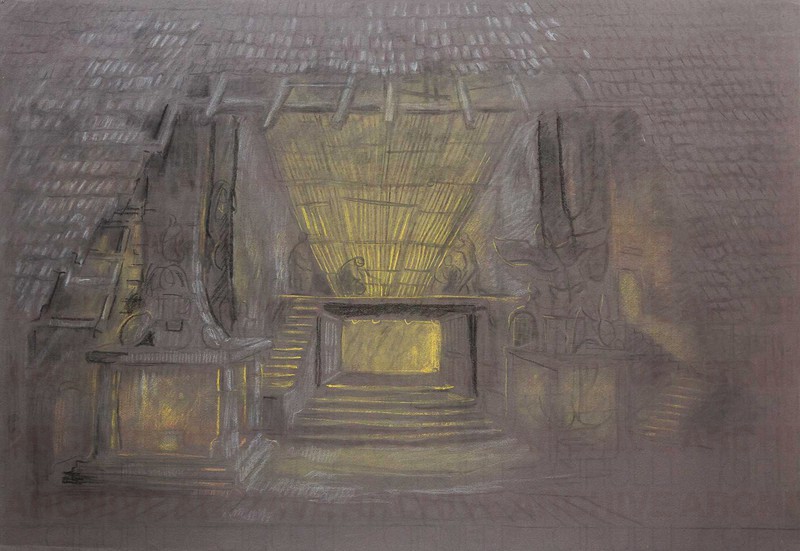
Scenografia cinematografica
O0008053
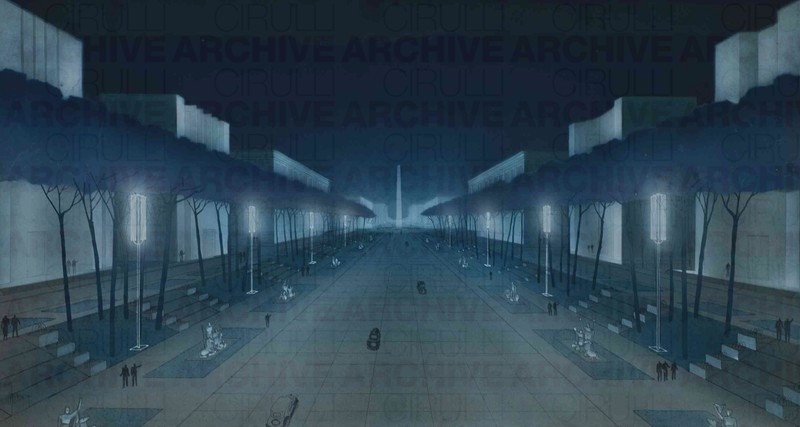
Esposizione Universale di Roma 1942 Studio per illuminazione del Viale Imperiale
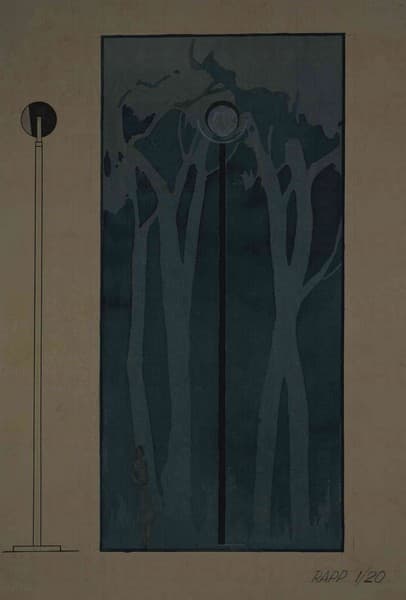
Esposizione Universale di Roma 1942 Studio per illuminazione
O0001198
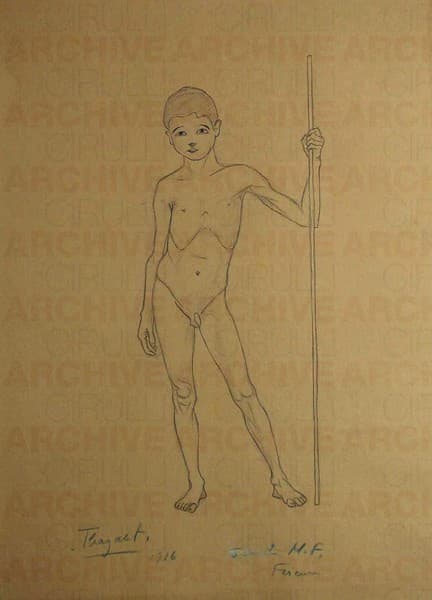
Nudino con l’asta
O0000695

Studio per Prigioniero Politico Ignoto
O0000479
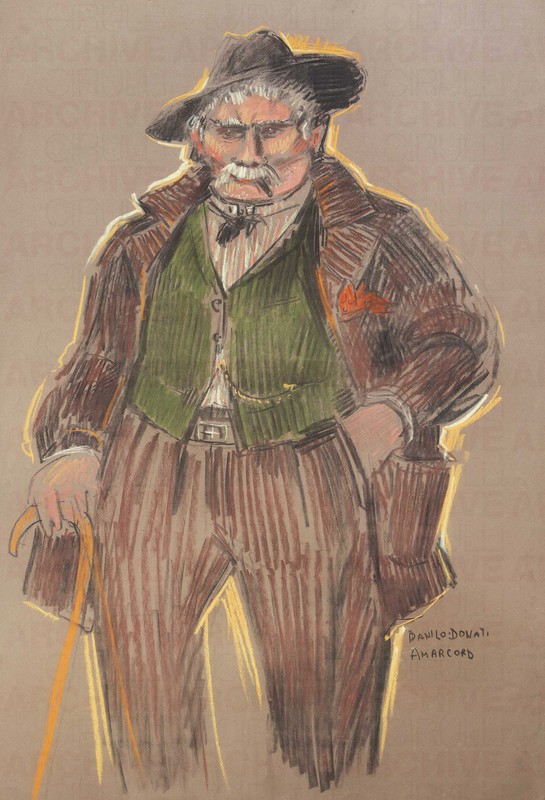
Scenografia cinematografica per “Amarcord” di Federico Fellini
O0008640
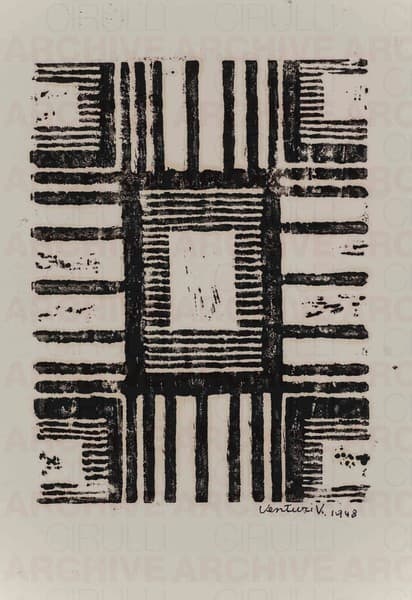
Monotipo
O0001126

Study for Boccioni memorial
O0001307

Studio pubblicitario per industria meccanica
O0004133
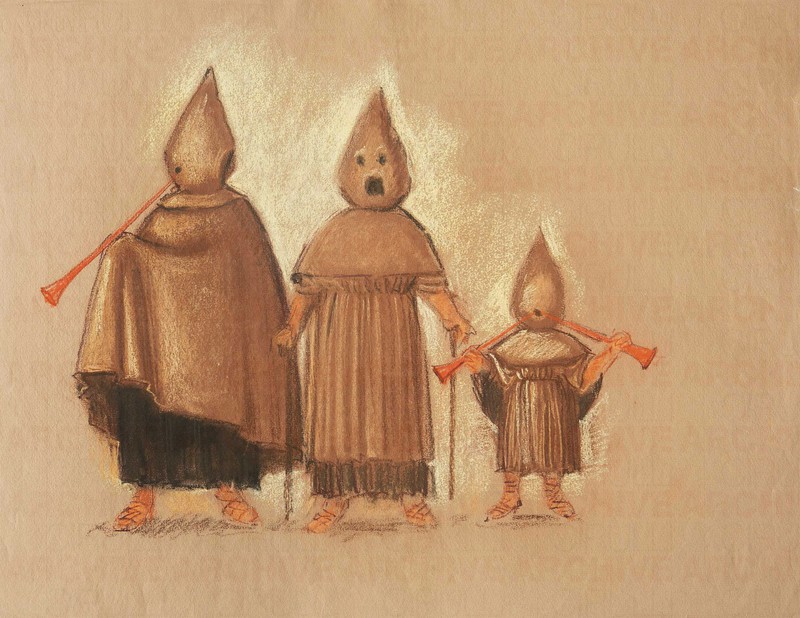
Scenografia cinematografica per “Satyricon” di Federico Fellini
O0008621

Progetto grafico per tessuto
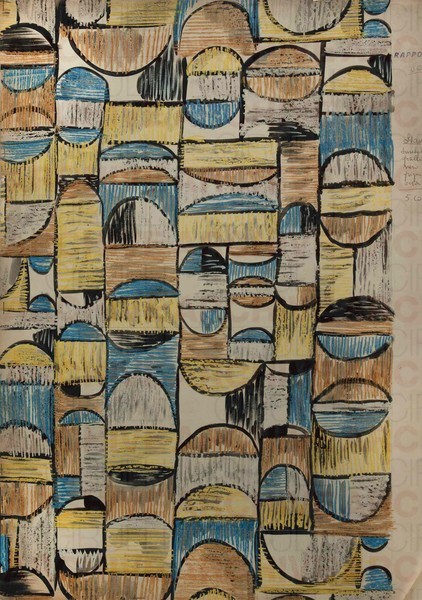
Preparatory study for textiles for the XI Triennale di Milano
O0004505
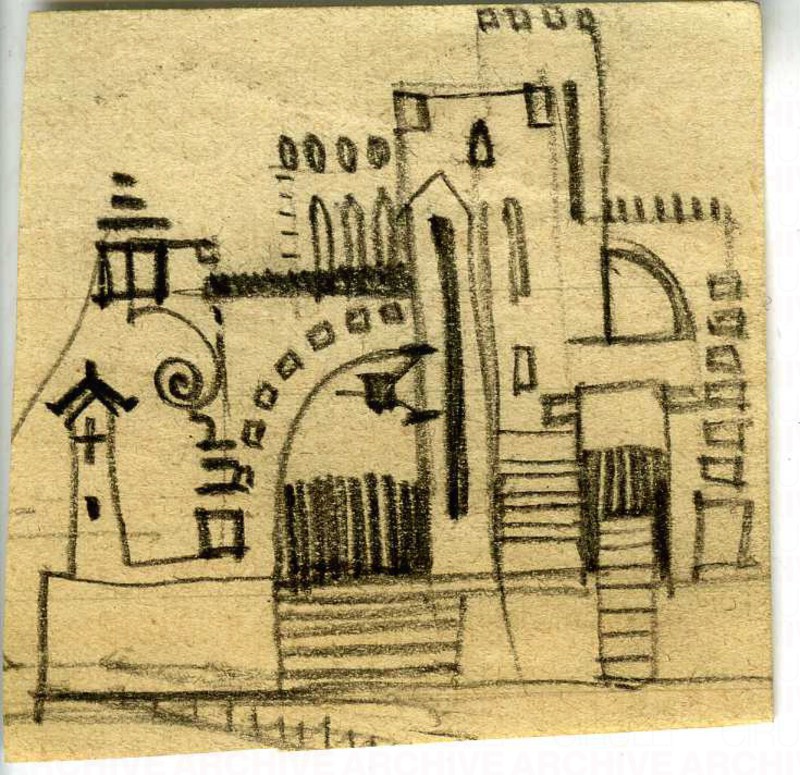
Senza titolo
3/8
O0007511
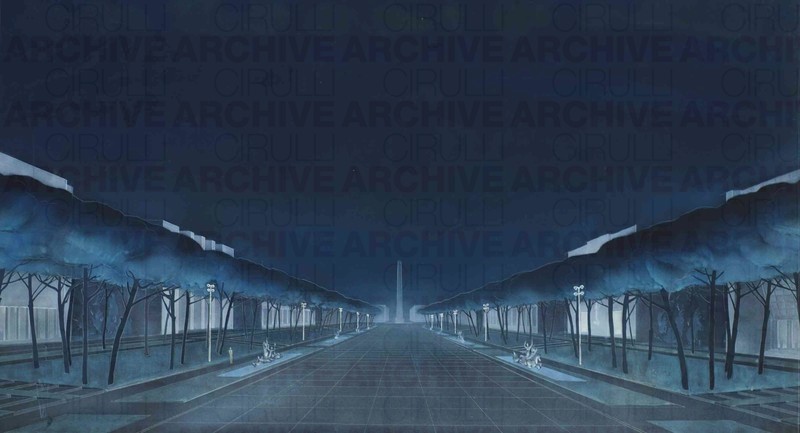
Esposizione Universale di Roma 1942 Studio per illuminazione del Viale Imperiale
O0001179
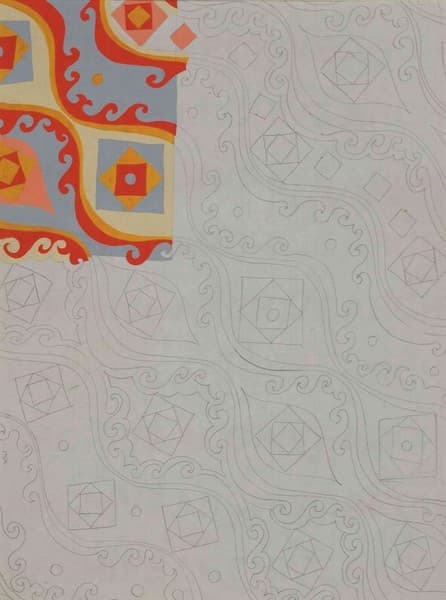
Progetto grafico per tessuto
O0001932
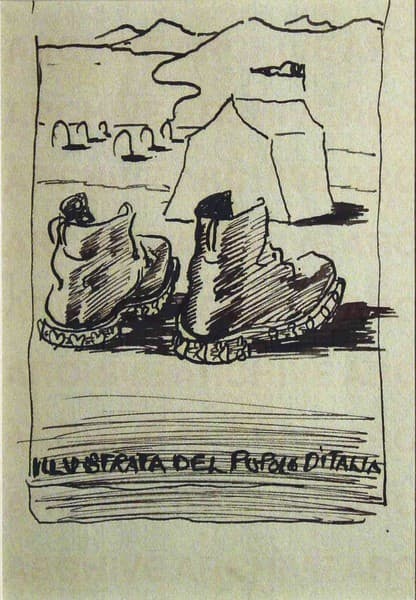
Studio per copertina de “La Rivista Illustrata del Popolo d’Italia”
O0000610
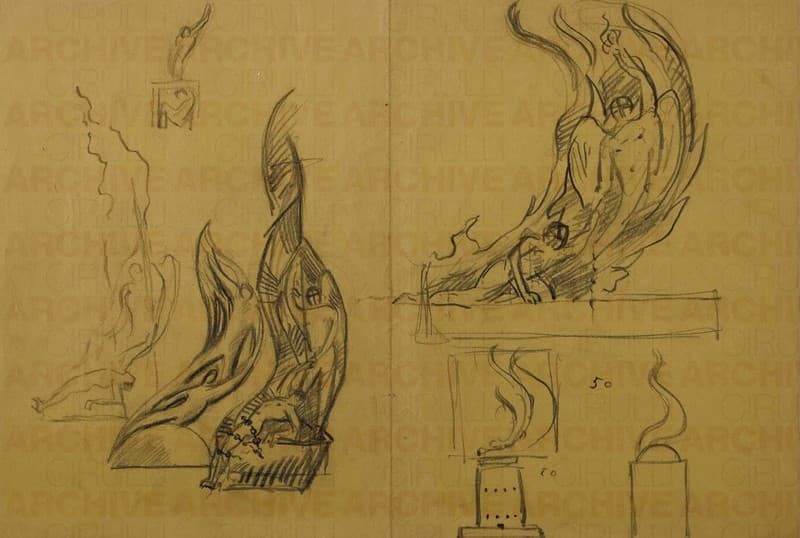
Studio per Prigioniero Politico Ignoto
O0001346
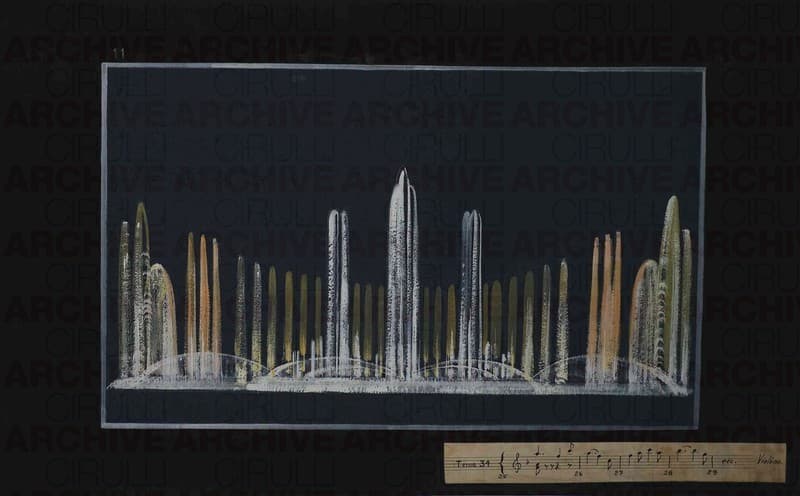
Esposizione Universale di Roma 1942 Studio per fontane danzanti Giochi di luce e musica
O0001217

Monotipo
O0001403

Boschetto e delubro di Cibele - Monza (Cimitero di Monza)

Esposizione Universale di Roma 1942 Studio per architettura
O0002190
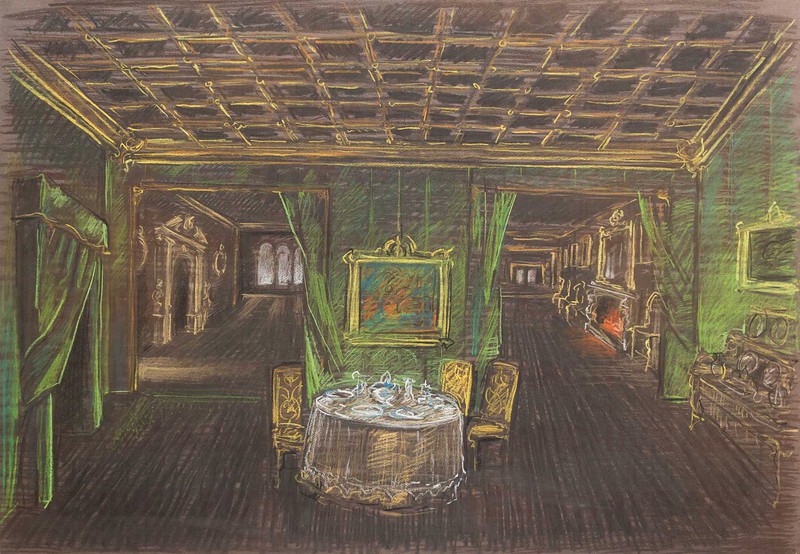
Scenografia cinematografica
O0008102
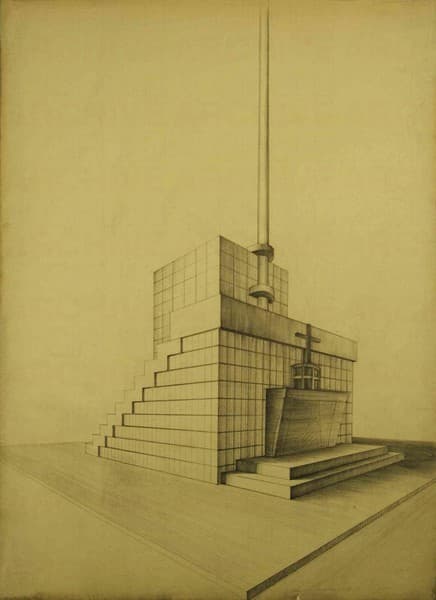
Esposizione Universale di Roma 1942 Studio per architettura
O0002194

Scenografia cinematografica Fondaco Benardone Studio di particolare
O0004731
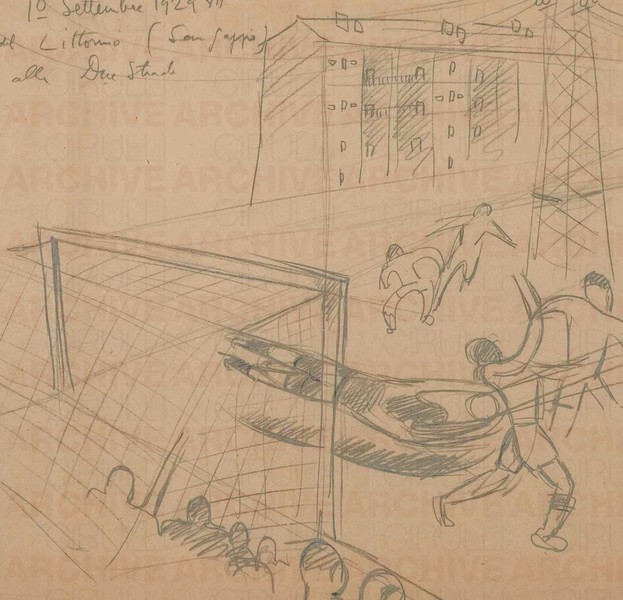
Partita di calcio
O0001342
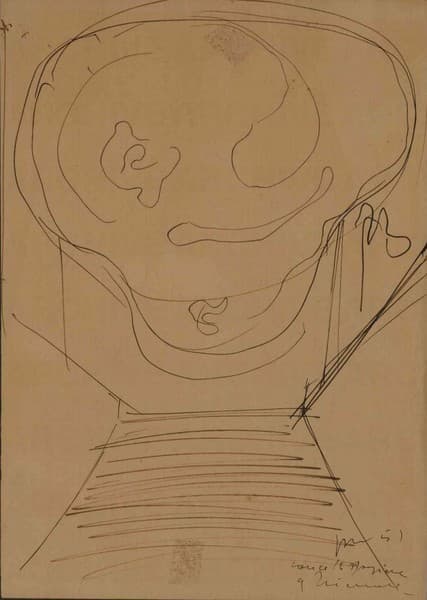
Studio per “concetto spaziale” per il Palazzo della Triennale di Milano
O0002043
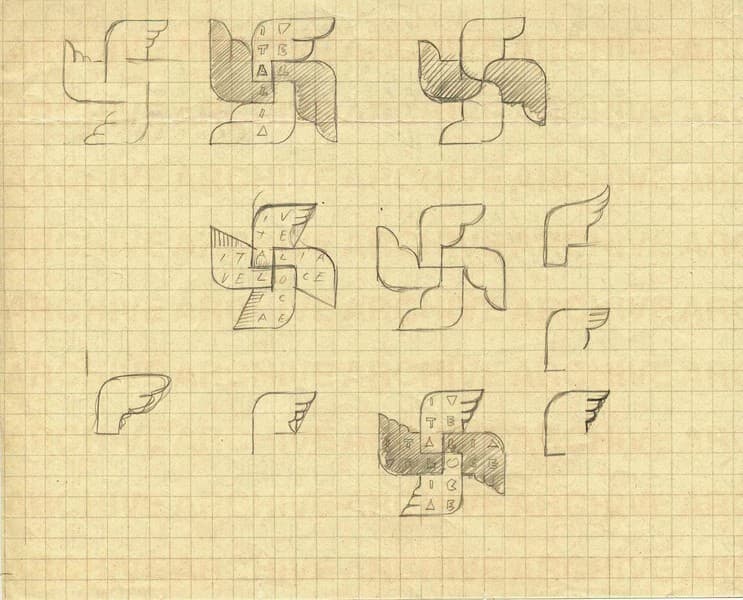
Progetto per un distintivo futurista, motto ITALIA VELOCE
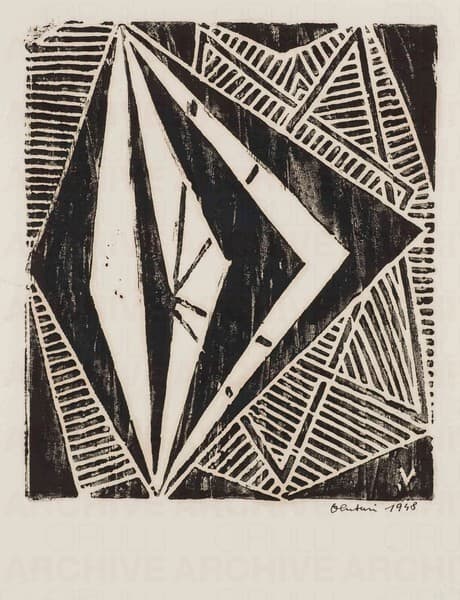
Monotipo
O0001426
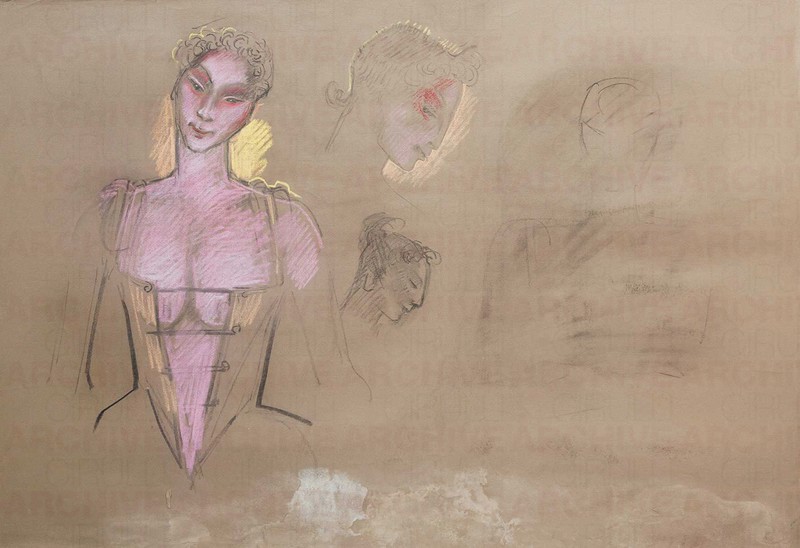
Scenografia cinematografica
O0008067

Studio Pubblicitario per Industria Meccanica
O0003739
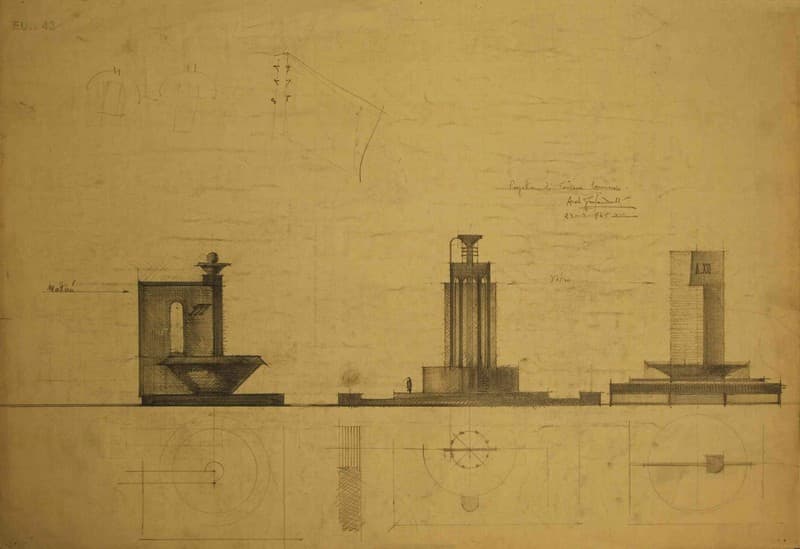
Progetto di Fontane Luminose
O0002207
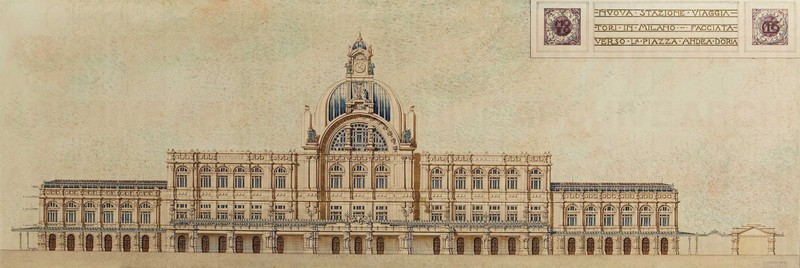
Nuova stazione viaggiatori in Milano. Facciata verso la piazza Andrea Doria
O0009594
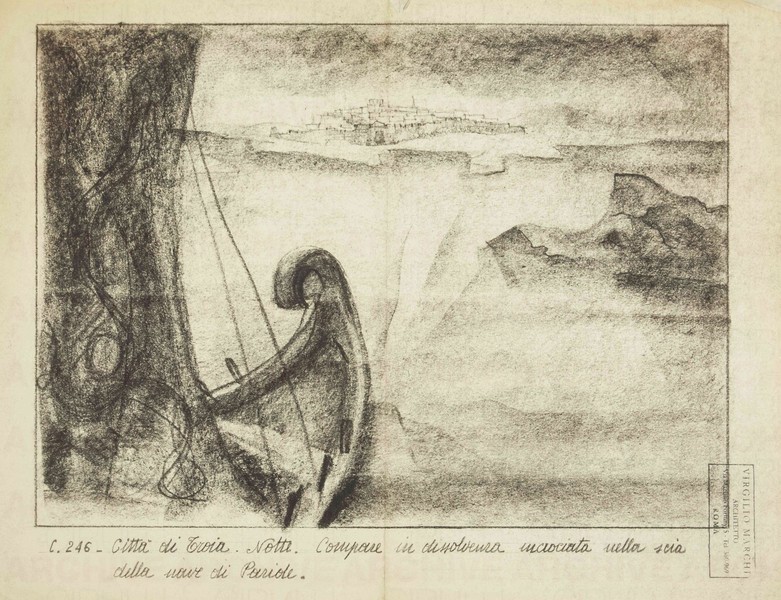
L’amante di Paride
O0005216
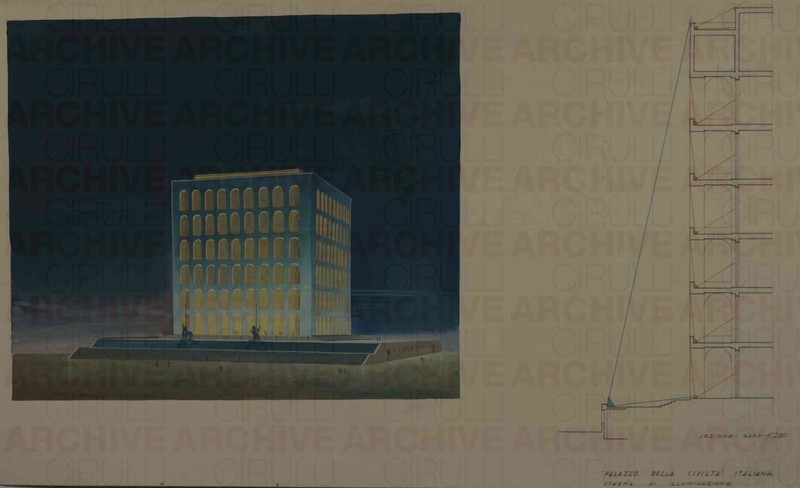
Esposizione Universale di Roma 1942 Palazzo della Civiltà Italiana Schema di illuminazione
O0001178
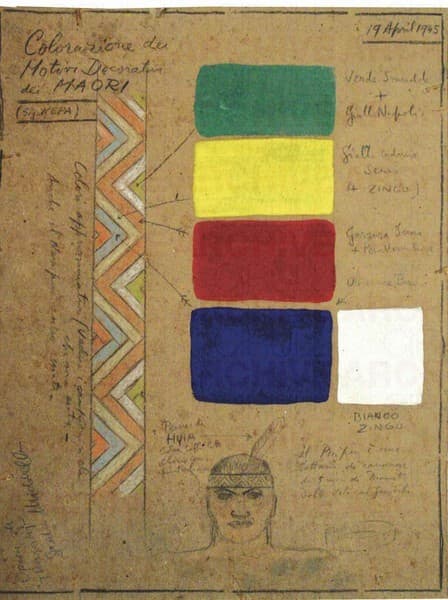
Motivi decorativi Maori
O0000470
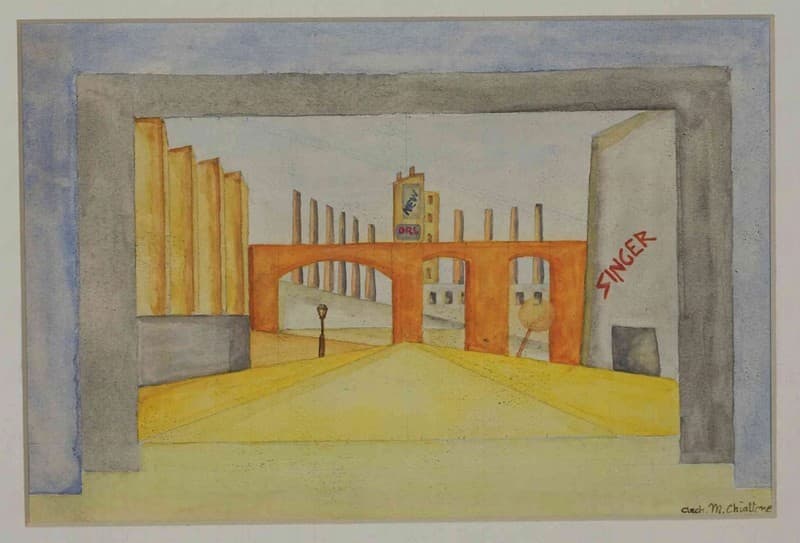
Studio per scenografia teatrale
O0002501

Scenografia cinematografica
O0008099
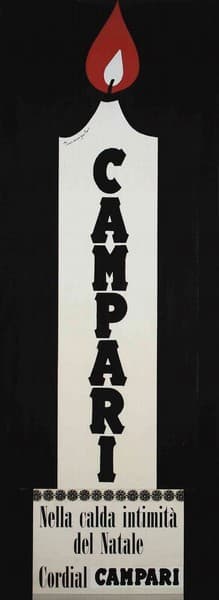
Studio per pubblicità Campari
Nella calda intimità del Natale Cordial Campari
O0003123
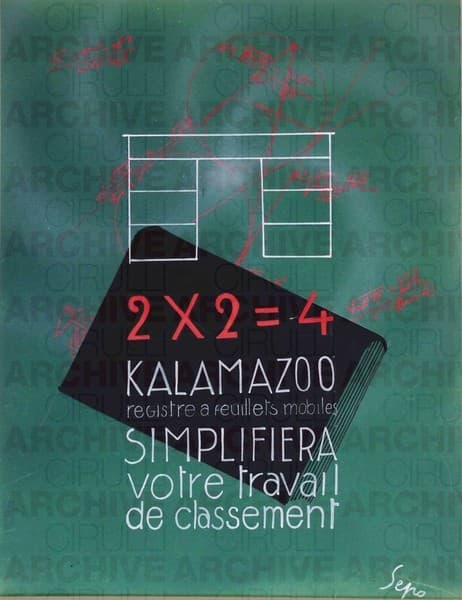
Kalamozoo
O0004904
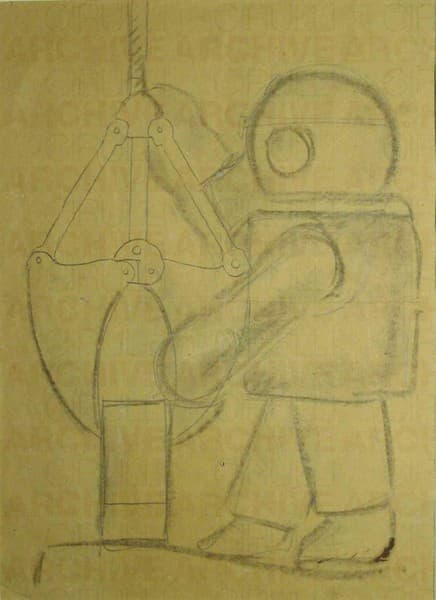
Studio per Artiglio o Palombaro dell’artiglio (recto)
O0001328
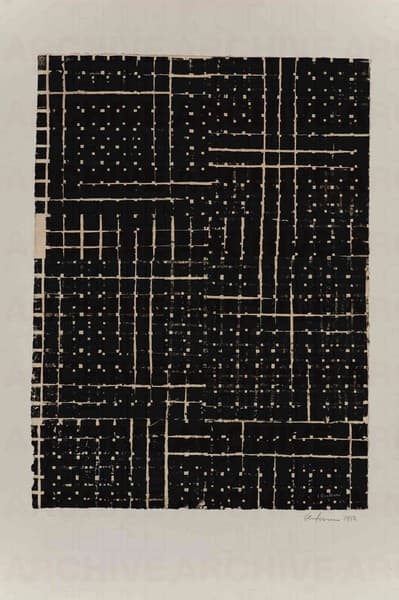
Monotipo
O0001387
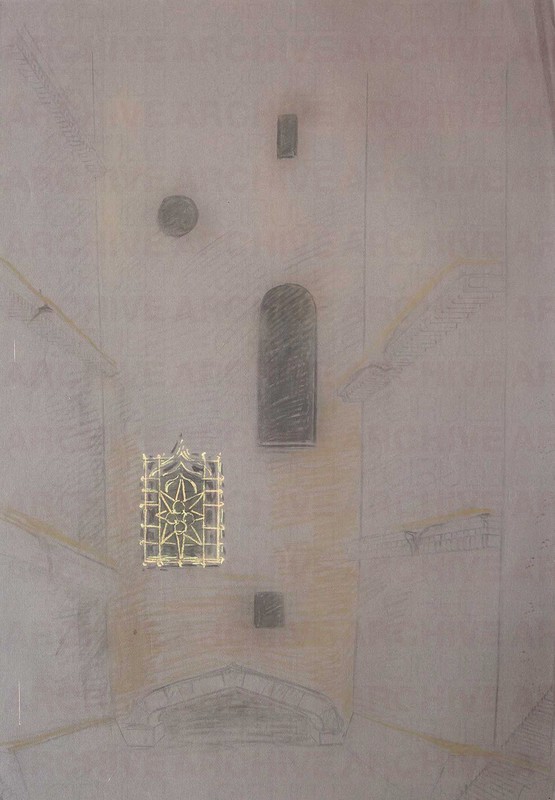
Scenografia cinmeatografica
O0008057
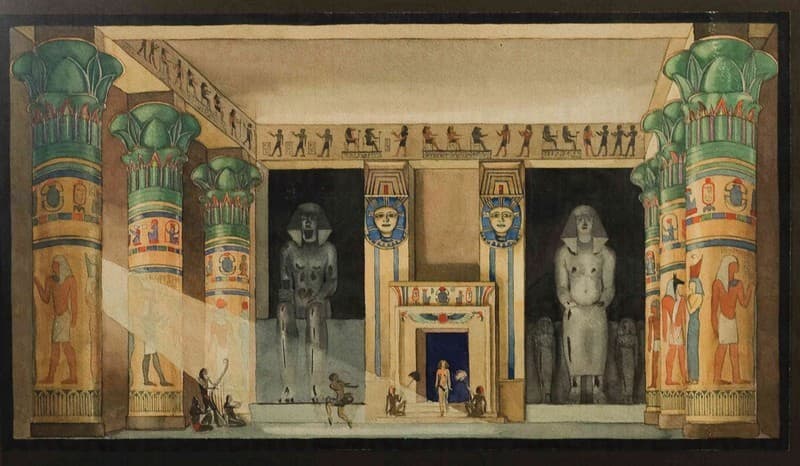
Esposizione Universale di Roma 1942 Progetto per Attrazione Teatrale Historia de la Danza Bozzetto per allestimento
O0001549
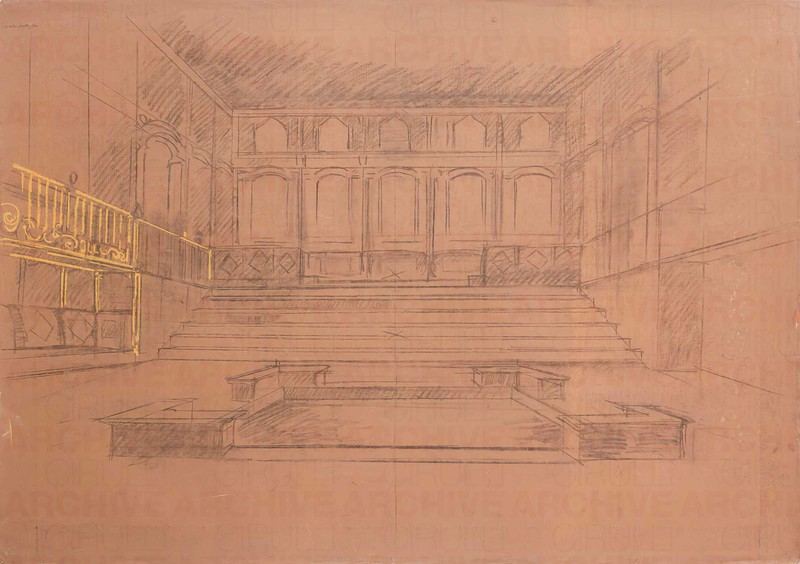
Scenografia cinematografica
O0008116
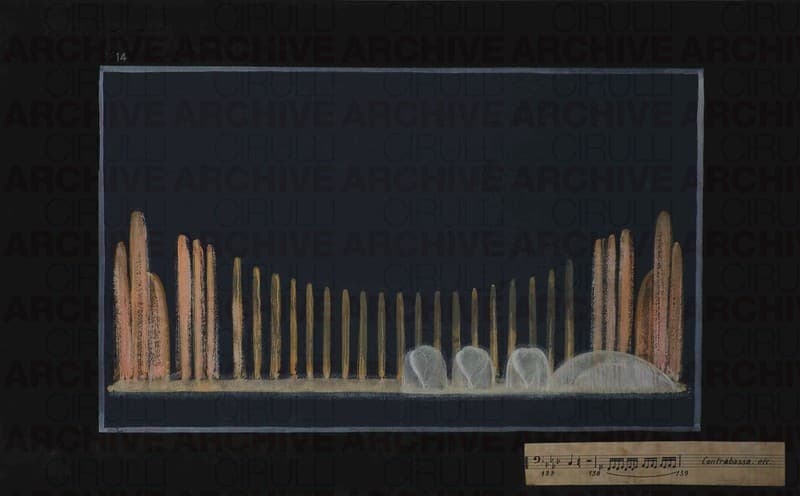
Esposizione Universale di Roma 1942 Studio per fontane danzanti Giochi di luce e musica
O0001215

Progetto grafico di tessuto per Triennale
O0004518
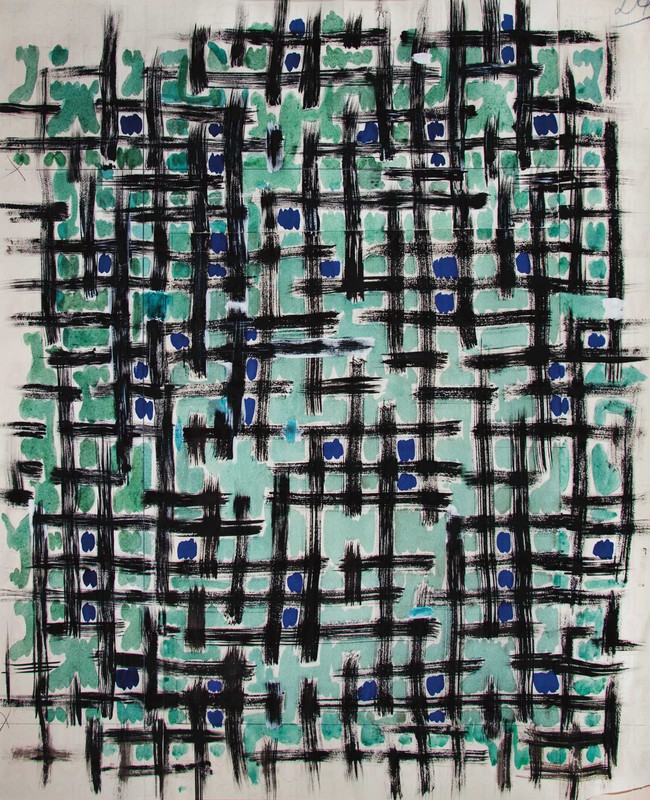
Preparatory study for textiles for the X Triennale di Milano
O0004371

Esposizione Universale di Roma 1942 per illuminazione
O0002284
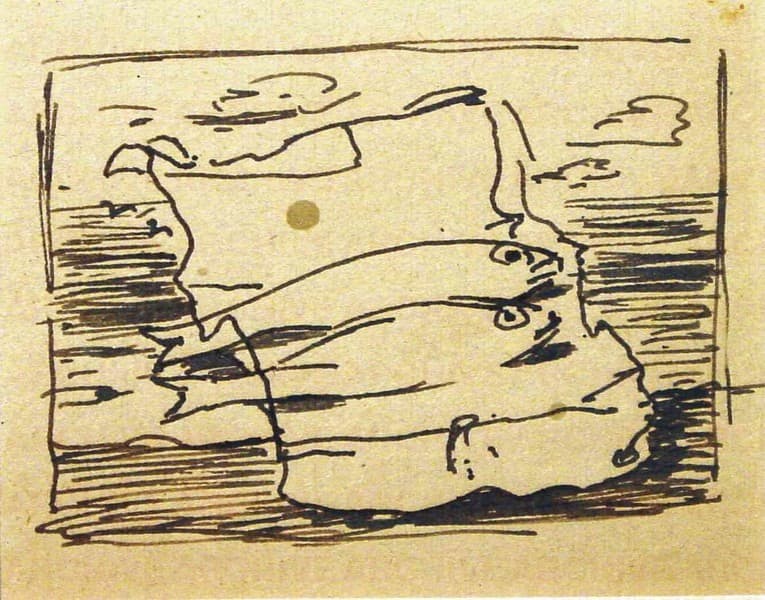
Studio per copertina della rivista “Natura”
O0000515

Esposizione Universale di Roma 1942 Studio per architettura
O0002242
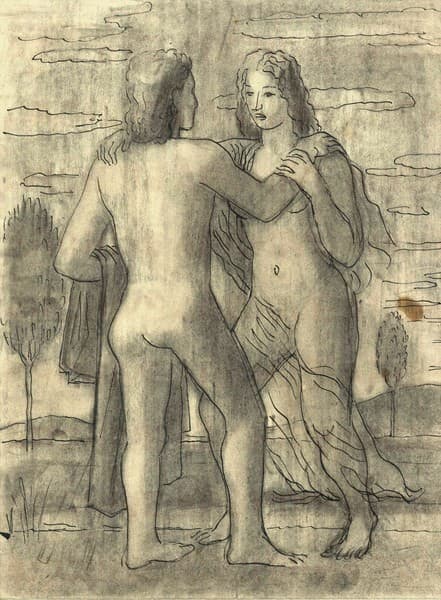
Due figure nel paesaggio
O0000655
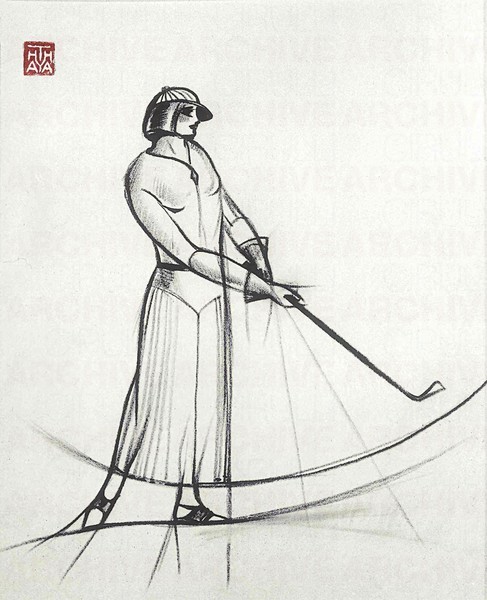
Figurino di moda
O0000329
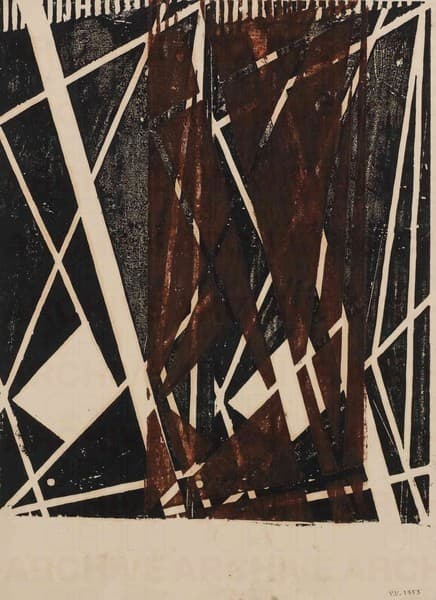
Monotipo
O0001385

L’aratro, il solco del tempo
O0001335
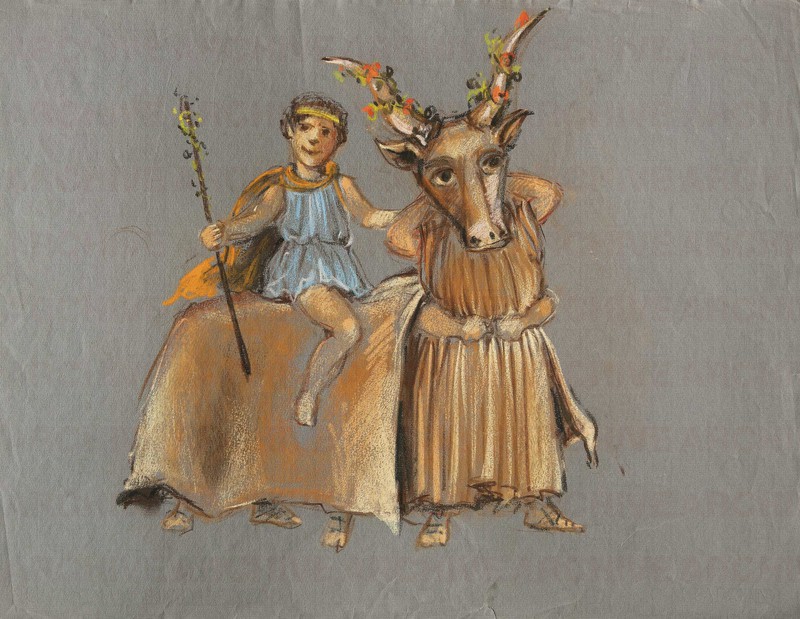
Scenografia cinematografica per “Satyricon” di Federico Fellini
O0008612
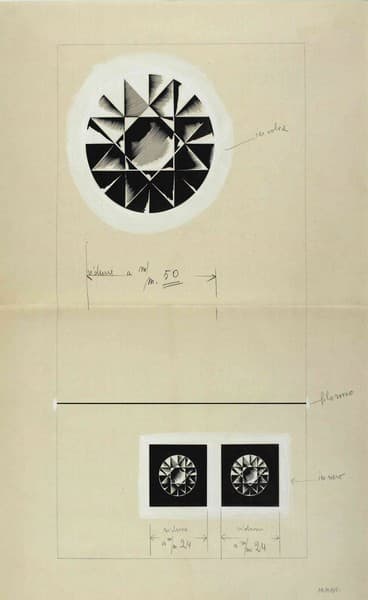
Diamanti
O0003730

Disegno per progetto tecnico industriale. Sezione di pneumatico
O0004839
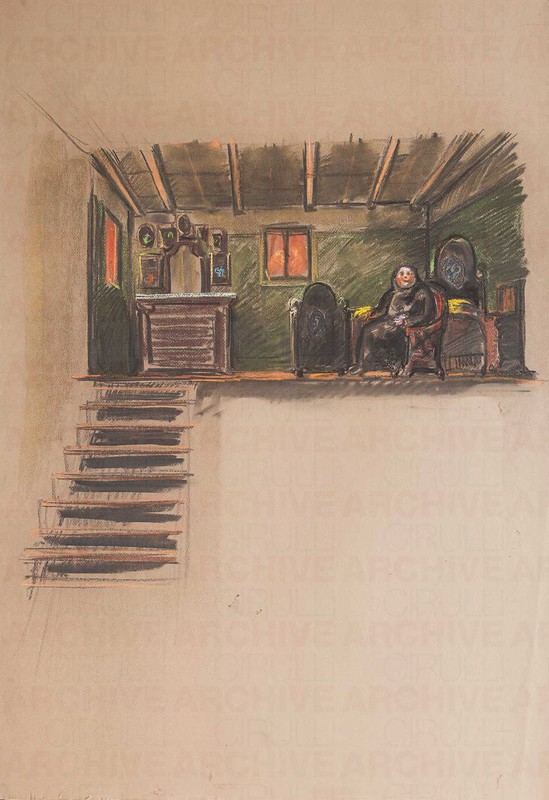
Scenografia cinematografica
O0008117
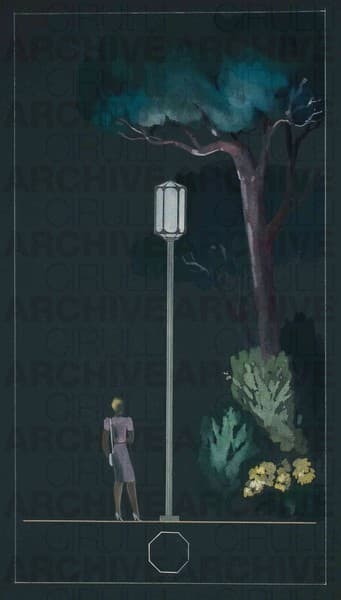
Esposizione Universale di Roma 1942 Studio per illuminazione
O0001205

Scenografia cinematografica per Federico Fellini
O0008635

Firenze
O0000571
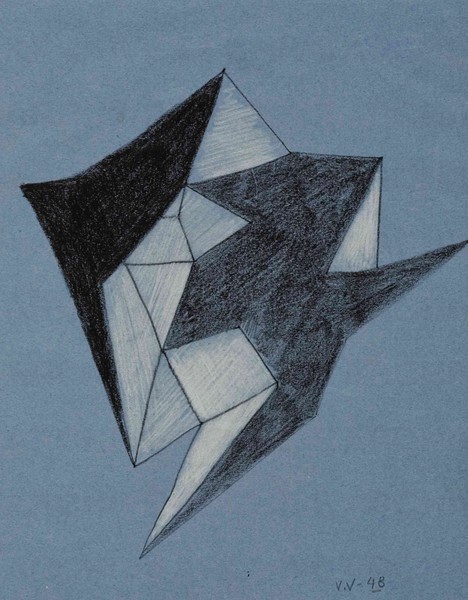
untitled
O0002458
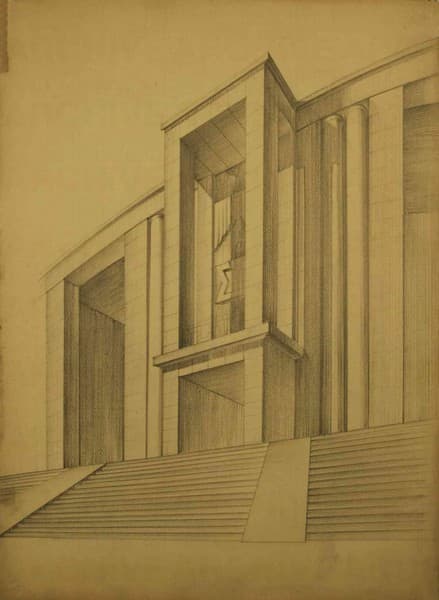
Esposizione Universale di Roma 1942 Studio per architettura
O0002187
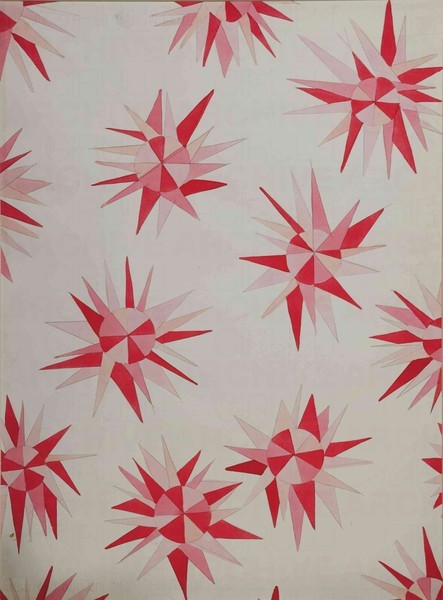
Progetto grafico per tessuto
O0001929
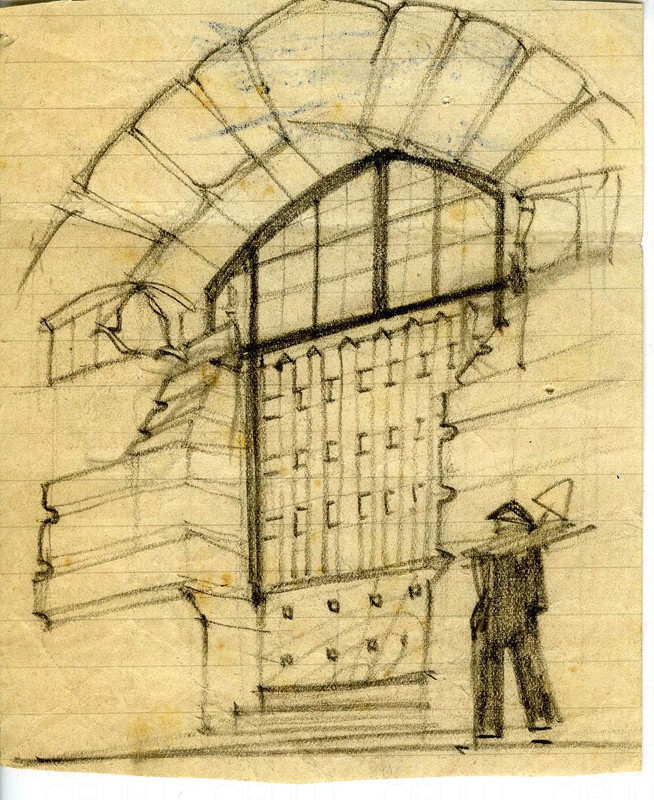
Portale
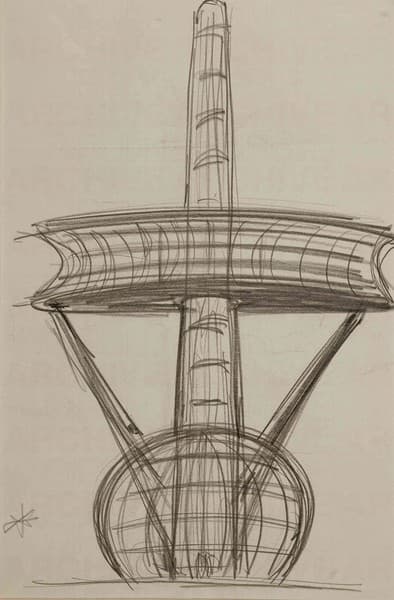
Studio per architettura
O0002013
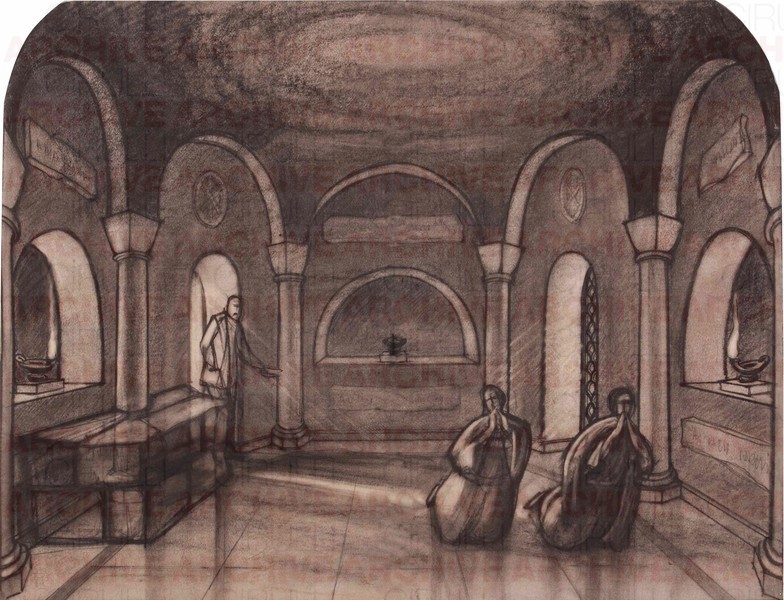
scenografia teatro
O0004727
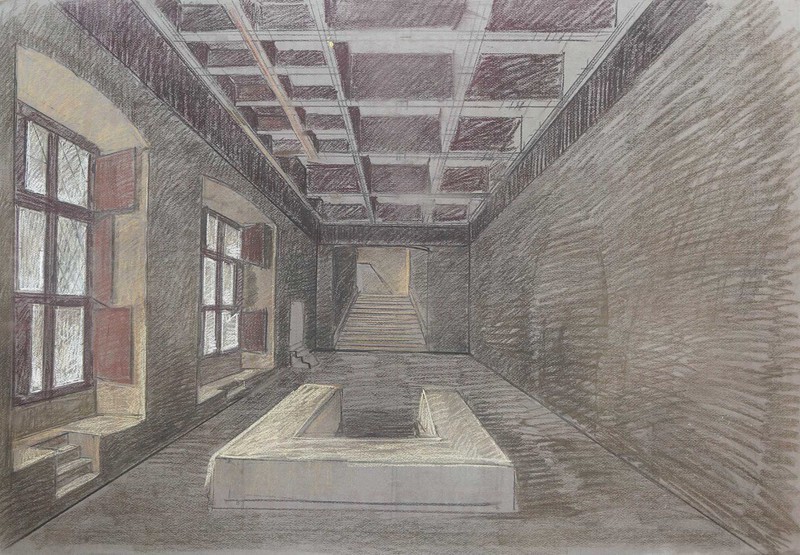
Scenografia cinematografica
O0008137
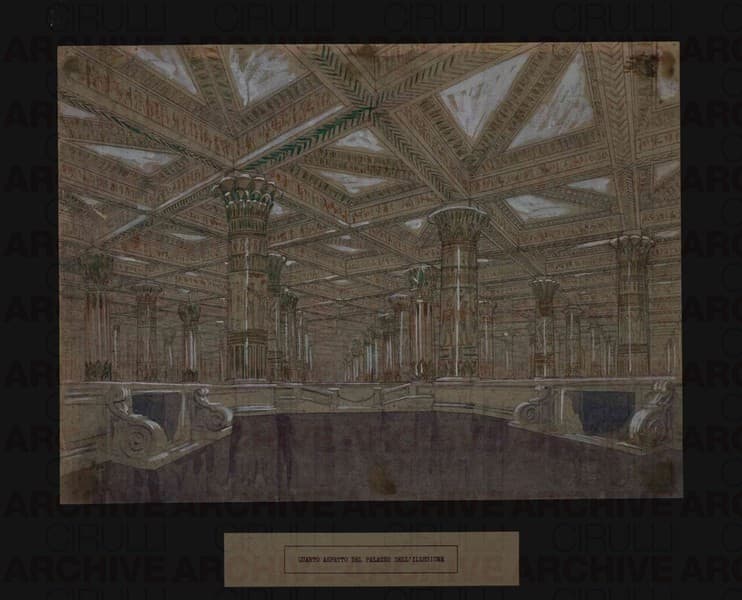
Esposizione Universale di Roma 1942 Quarto aspetto del Palazzo dell’Illusione
O0001195
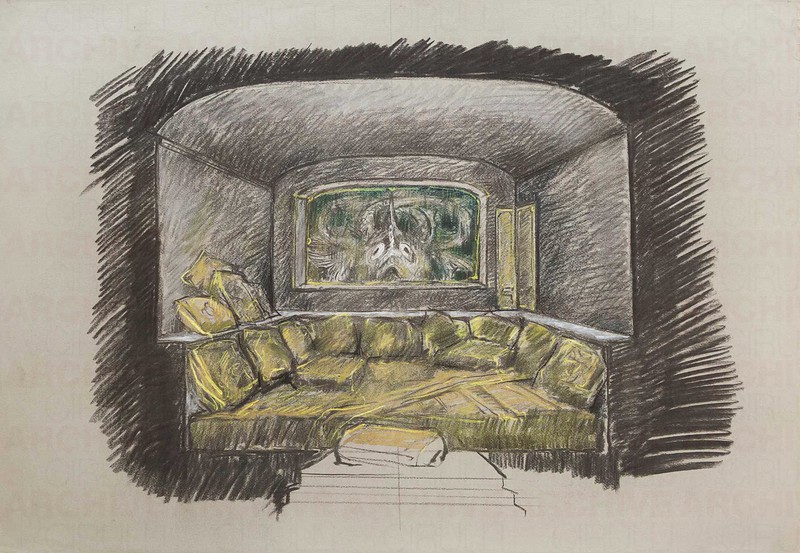
Scenografia cinematografica
O0008100
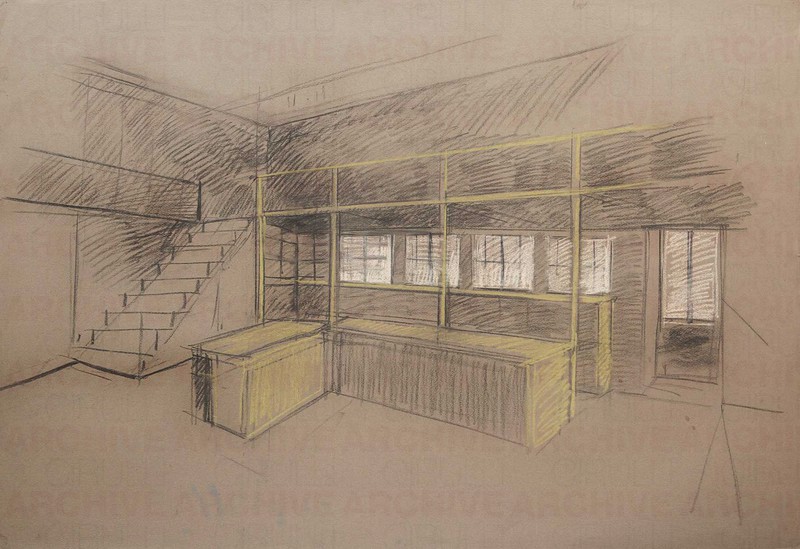
Scenografia cinematografica
O0008047
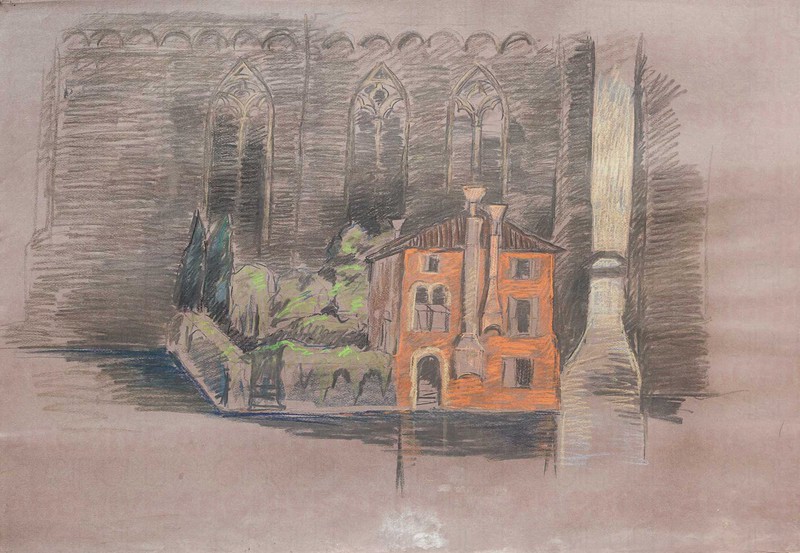
Scenografia cinematografica
O0008055
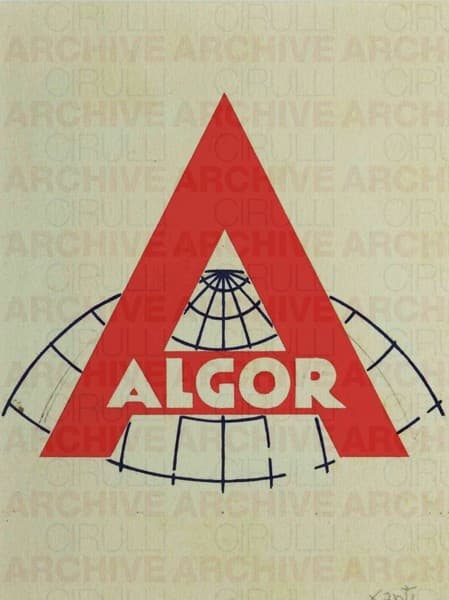
Algor
O0004136
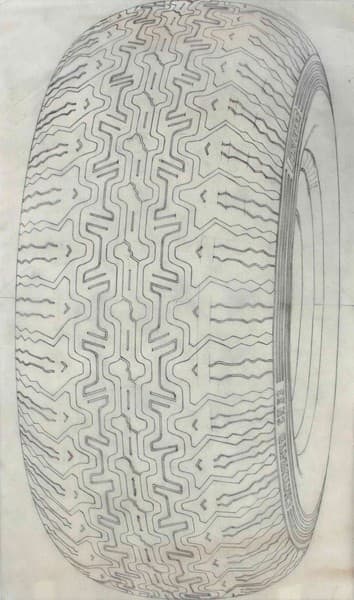
Pirelli. Cinturato CN 53
O0003497

Nuova stazione viaggiatori in Milano
Fianco verso la viaSammartini
O0009597

Nudo femminile sdraiato
O0001343

Progetto grafico di tessuto per la XI Triennale di Milano
O0004500
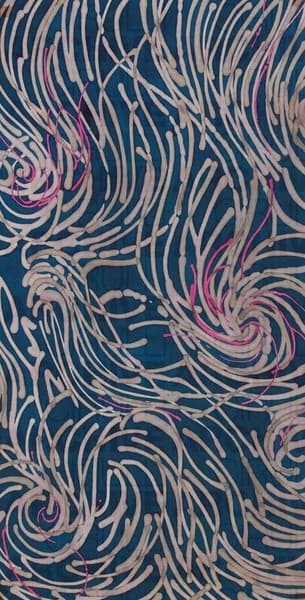
Progetto grafico di tessuto per Triennale di Milano
O0004482
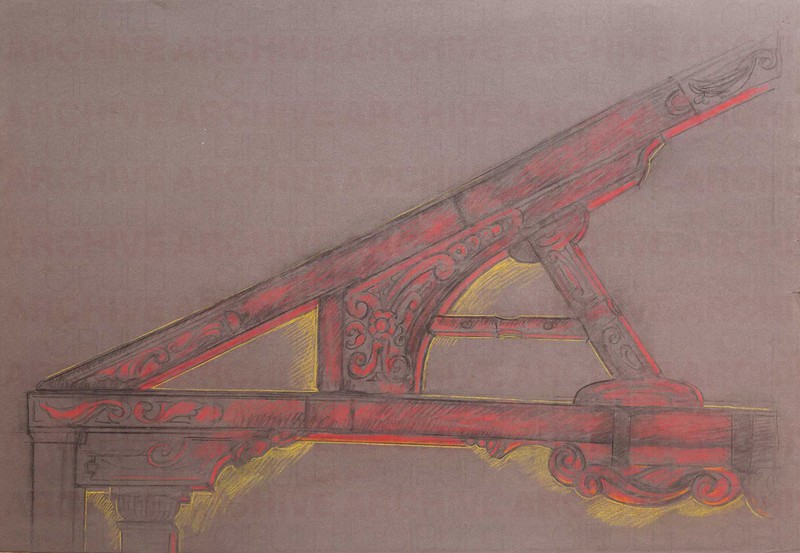
Scenografia cinematografica
O0008124

Allegoria del mare
O0005353

Scenografia cinematografica
O0005828

Nuova stazione viaggiatori in Milano
Sezione sulla linea E-F-G-H
O0009596
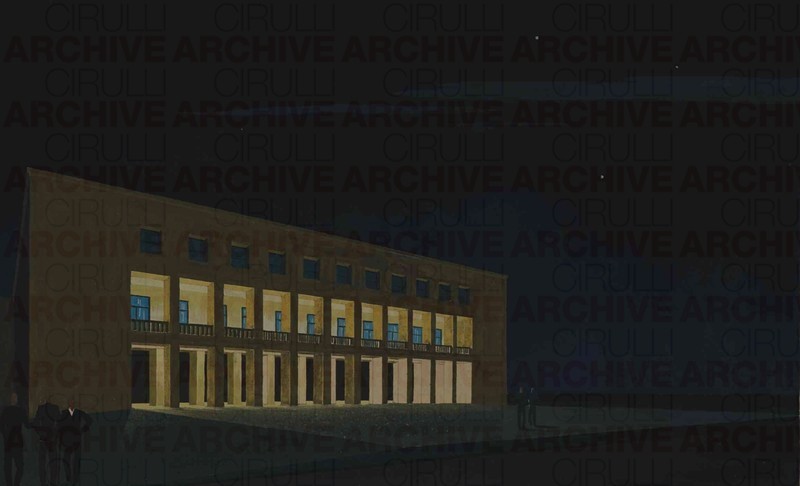
Esposizione Universale di Roma 1942 Studio per illuminazione del Palazzo degli Uffici

Figure danzanti
O0000720
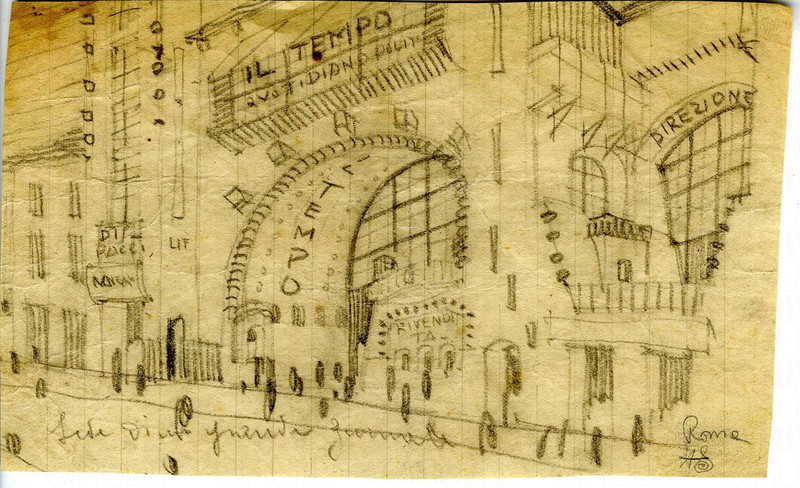
Sede di un grande giornale
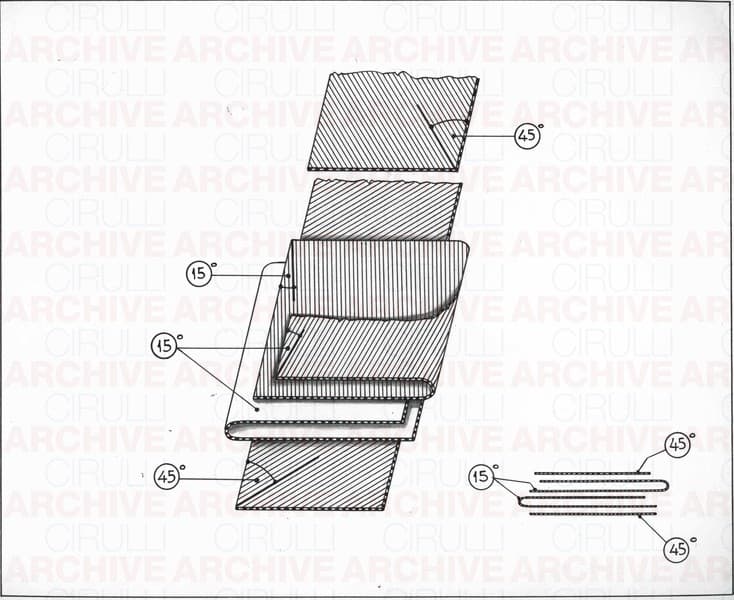
Sezione di pneumatico
O0004872
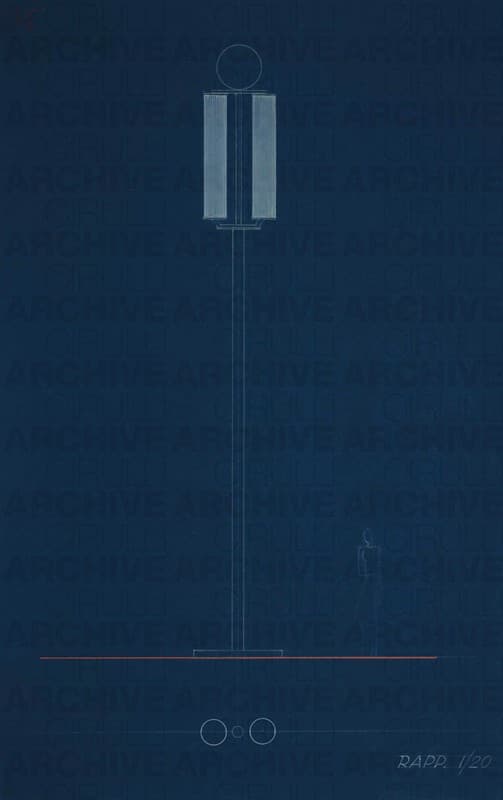
Esposizione Universale di Roma 1942 Studio per illuminazione
O0005842
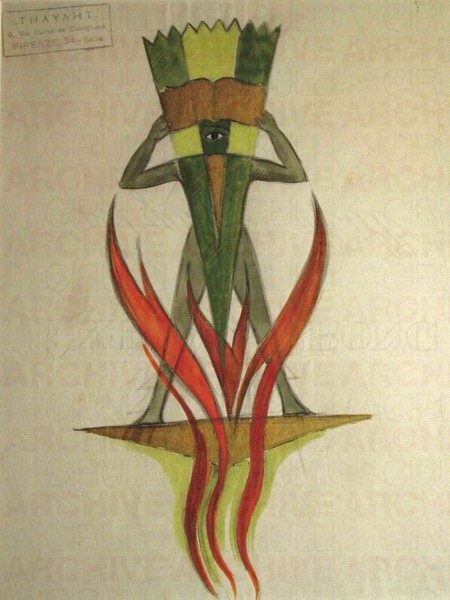
Costume teatrale
O0000709

Tutto s’è compiuto
O0005250
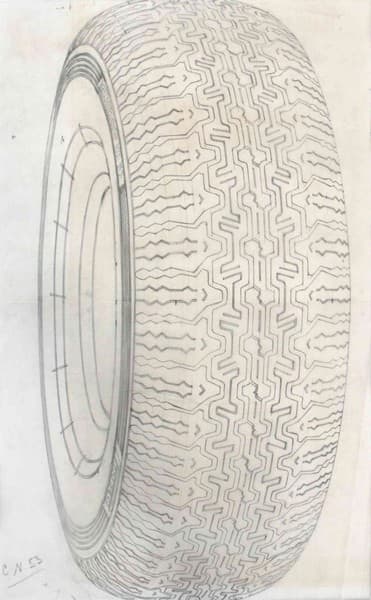
Pirelli. Cinturato C-N 53
O0003493
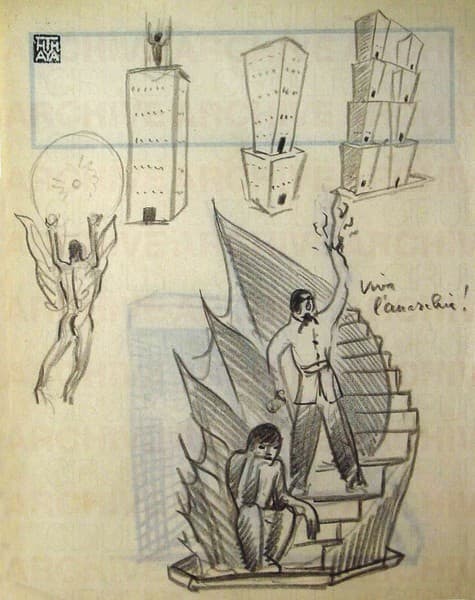
Studio per Prigioniero Politico Ignoto
O0000555
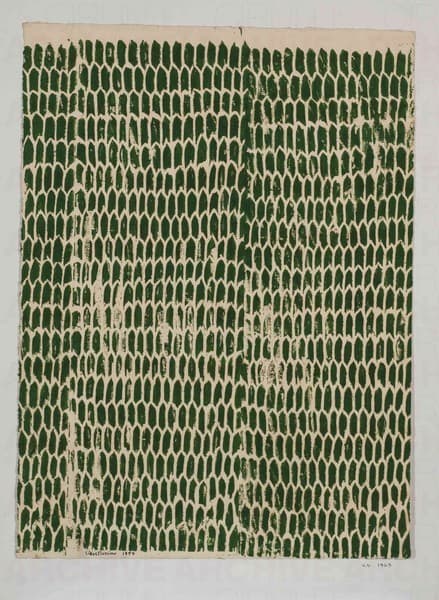
Monotipo
O0001393
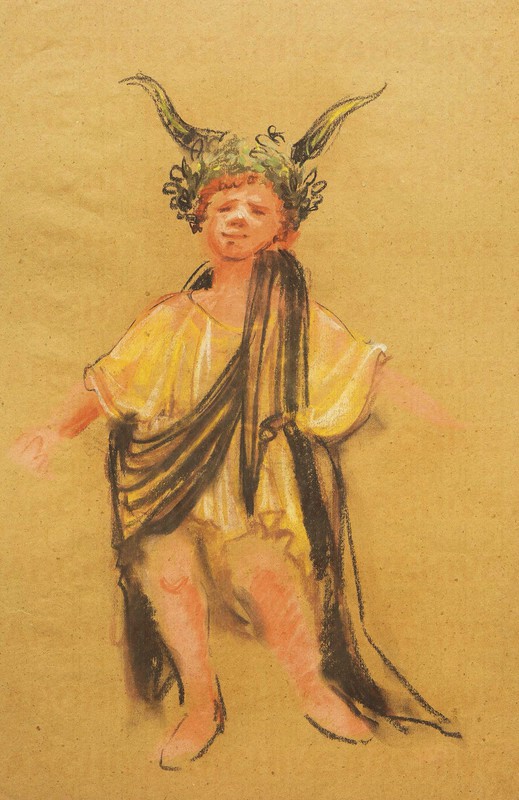
Scenografia cinematografica per “Satyricon” di Federico Fellini
O0008623

Studio per Artiglio o Palombaro dell’artiglio (verso)
O0001327

Esposizione Universale di Roma 1942 Studio per architettura
O0002356

Figura maschile seduta con gamba accavallata (1/M)
O0004609
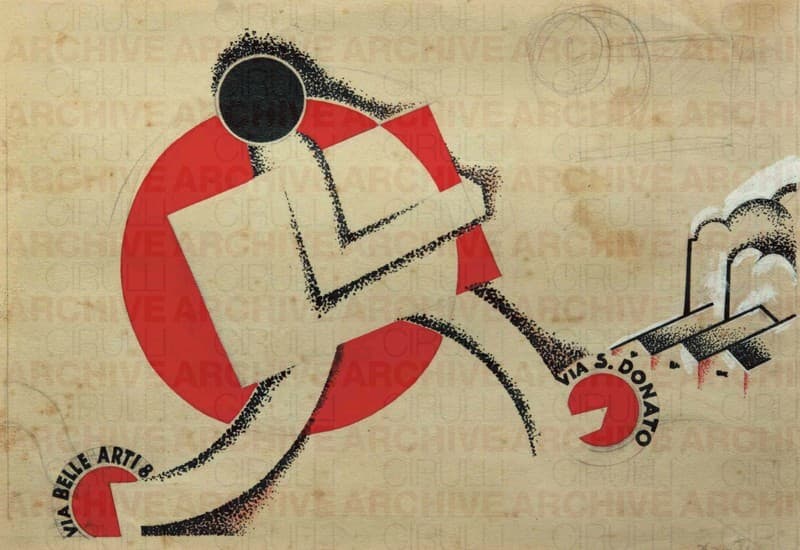
Studio pubblicitario per industria meccanica
O0004134
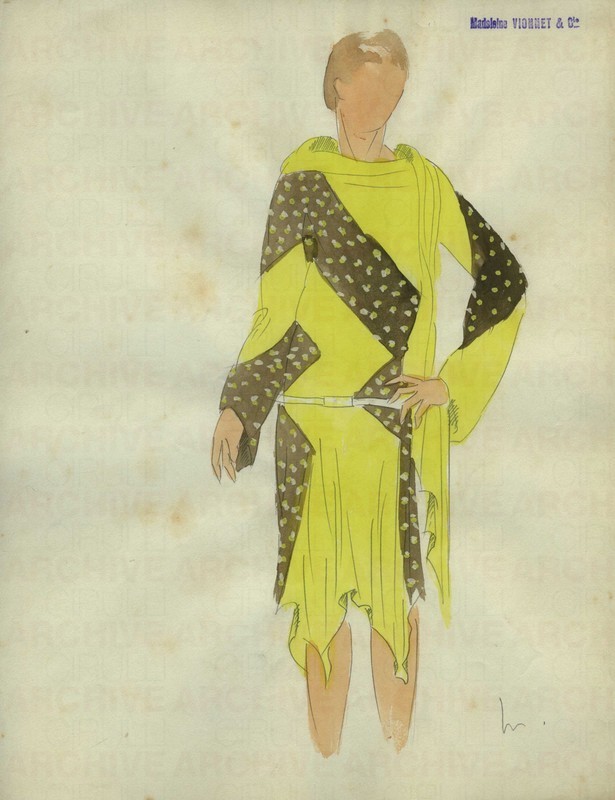
Bozzetto per Maison Vionnet
O0009219
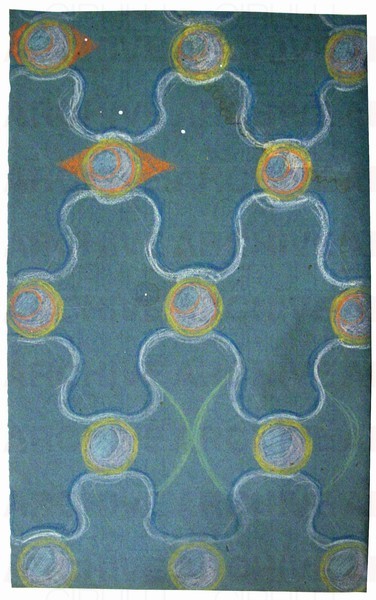
(Motivo decorativo)
O0000697
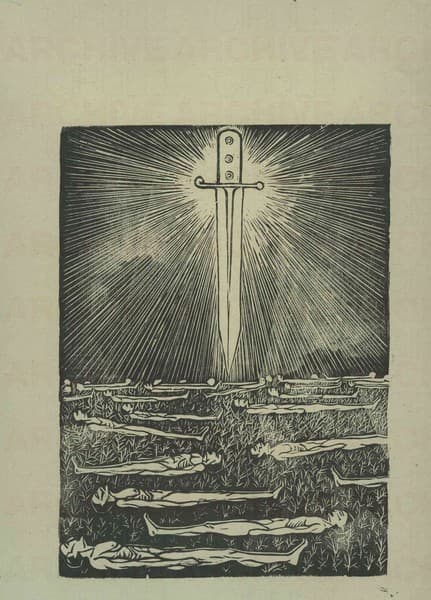
Baionetta e morti
O0005248

Industria metallurgica
O0003752
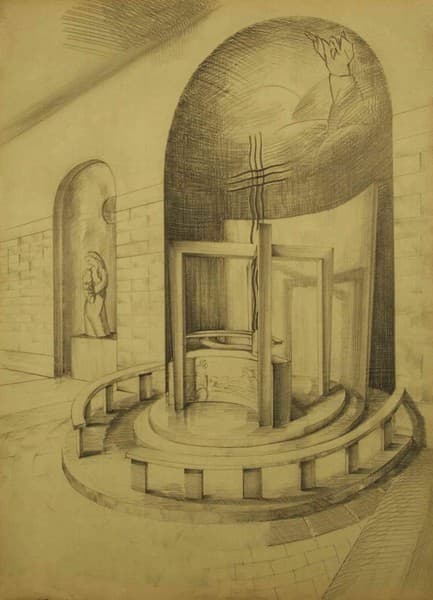
Esposizione Universale di Roma 1942 Studio per architettura
O0002186

La Ghiacciaia S.A.F.F.A.
O0004146
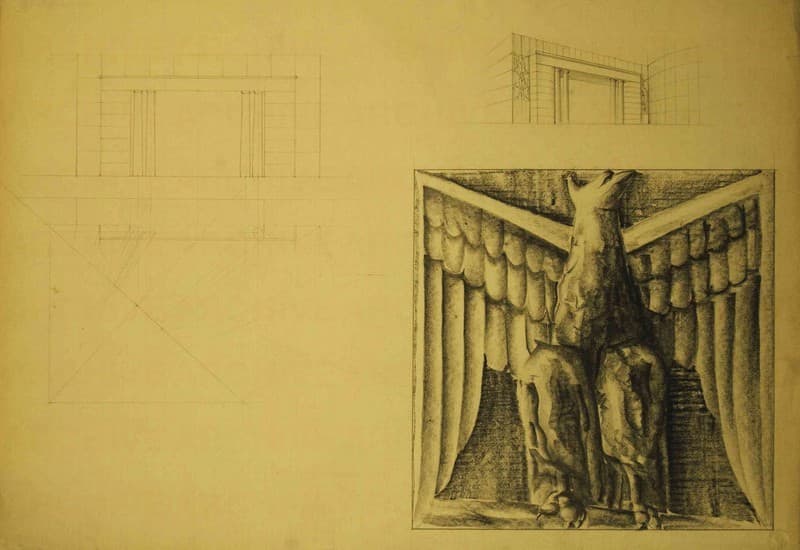
Esposizione Universale di Roma 1942 Studio per architettura
O0002199

Brutale malvagità - sintesi televisiva
O0009731

Ilva Altiforni
O0000618
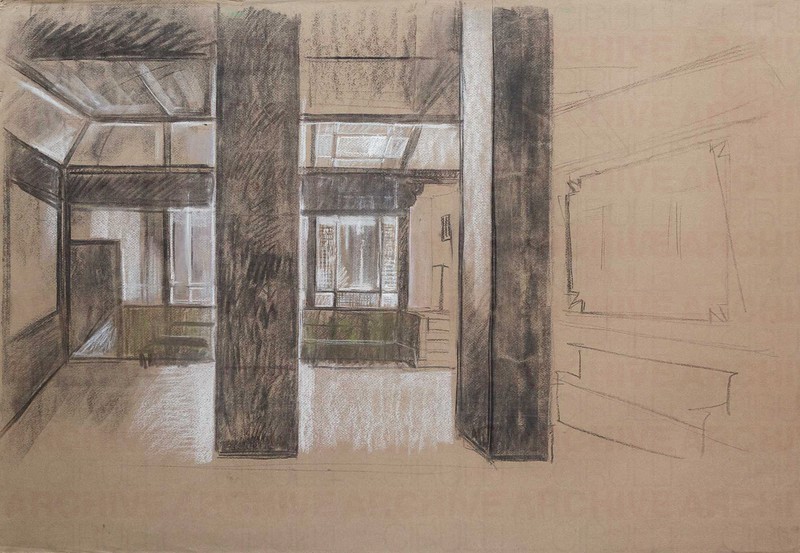
Scenografia cinematografica
O0008139
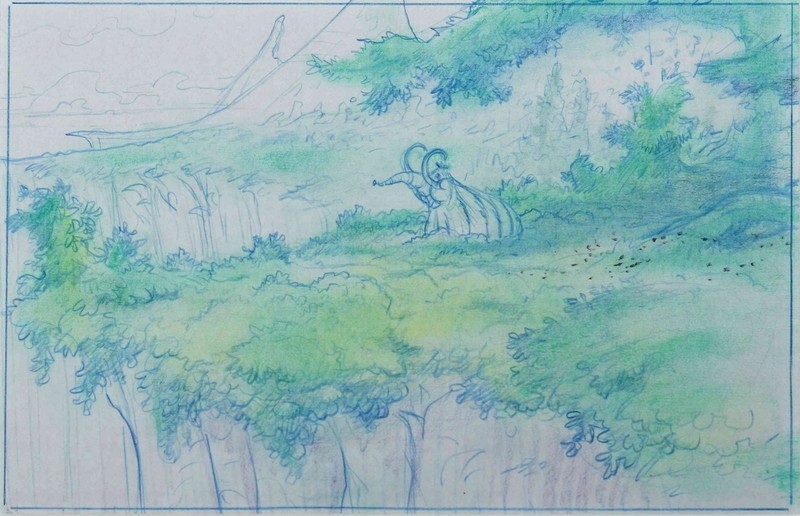
Mammut
O0003929
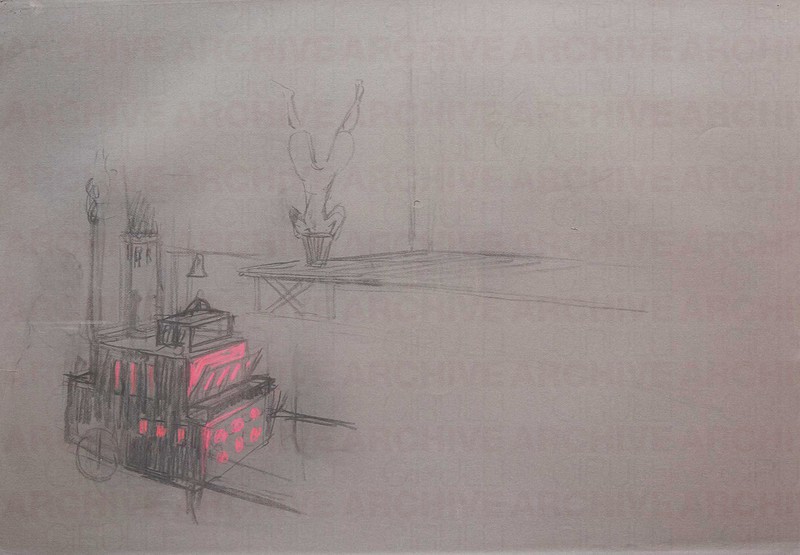
Scenografia cinematografica
O0008050
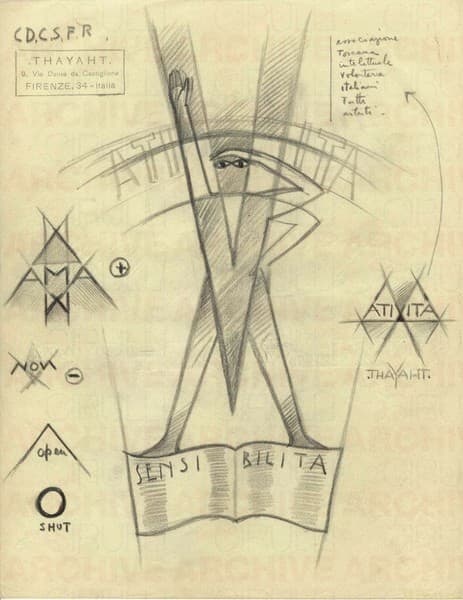
Sensibilità
O0000549

Studio di simboli
O0001320
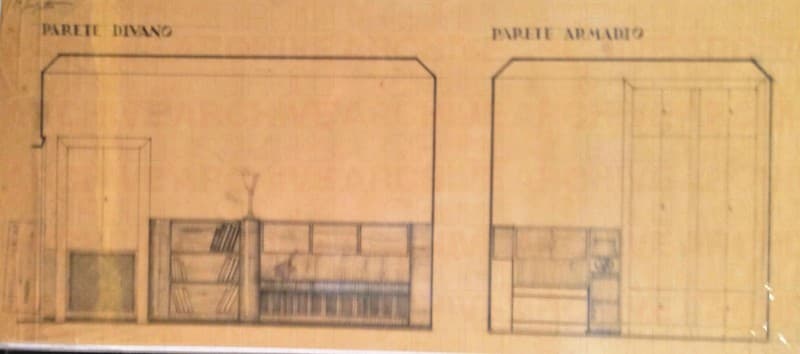
Progetto per studiolo. Parete divano-parete armadio. Progetto I
O0005368

Scenografia cinematografica per “Satyricon” di Federico Fellini
O0008629
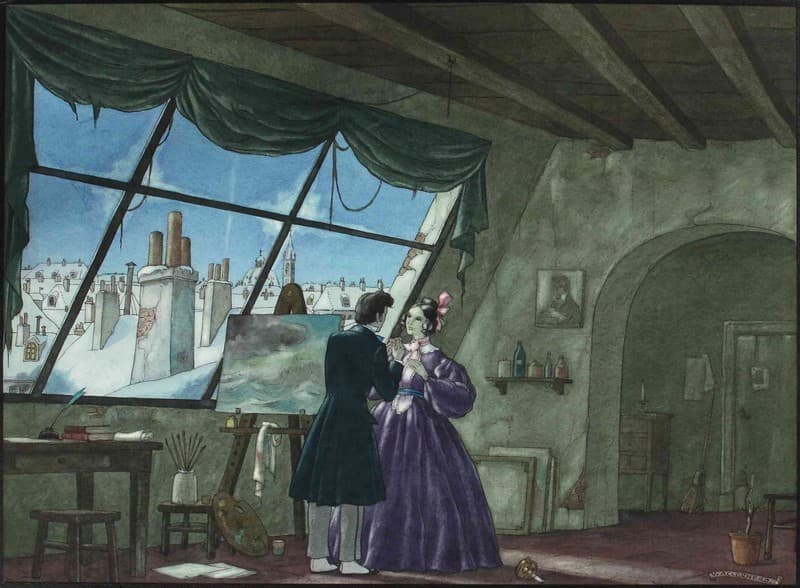
Disegno per scenografia teatrale “La Bohème”
O0003484

Studio lampada a cilindro
O0002010
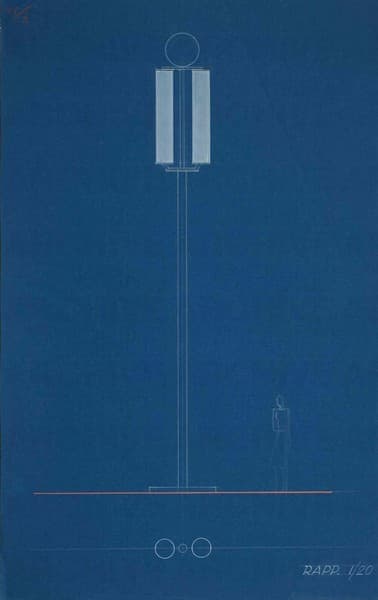
Esposizione Universale di Roma 1942 Studio per illuminazione
O0001177
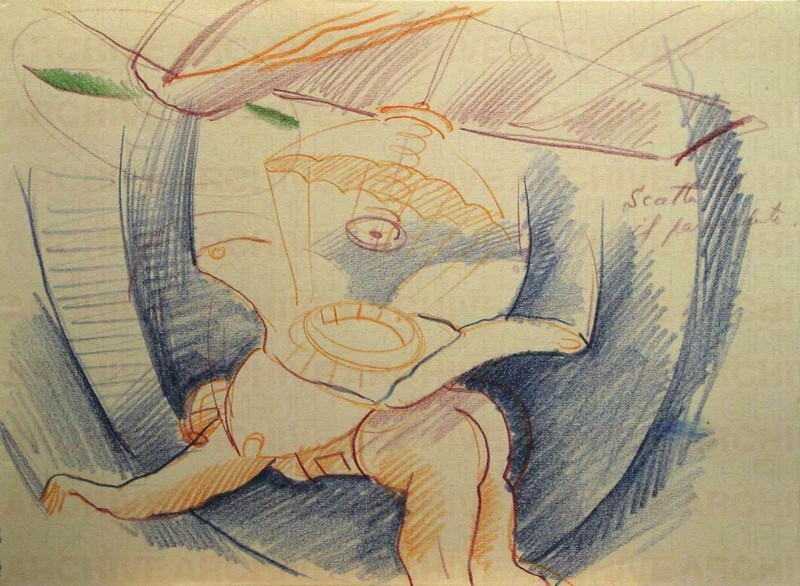
Scatta il paracadute
O0001324
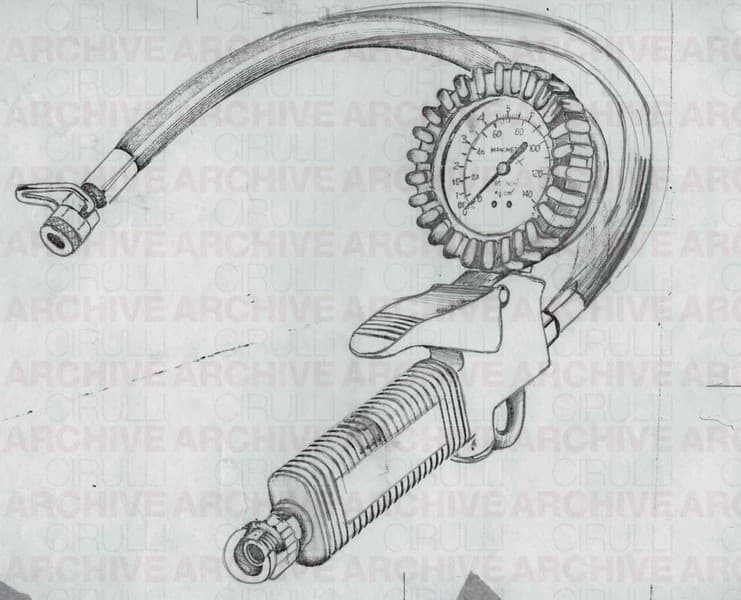
Manometro
O0004830

Studio Pubblicitario per Istituto Biochimico Parenterapico Dompé
O0004144
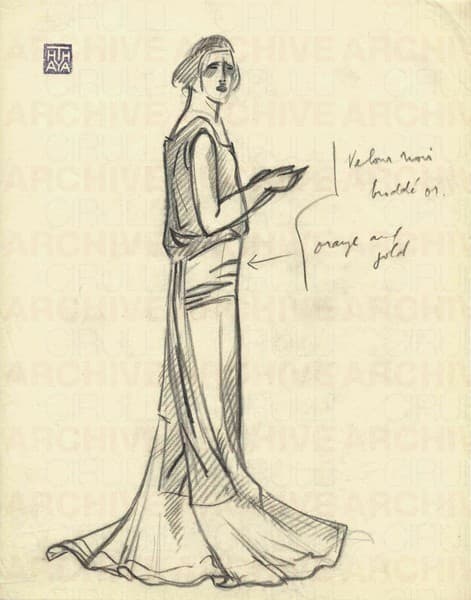
Figurino di moda
O0000526

Senza titolo
7/8
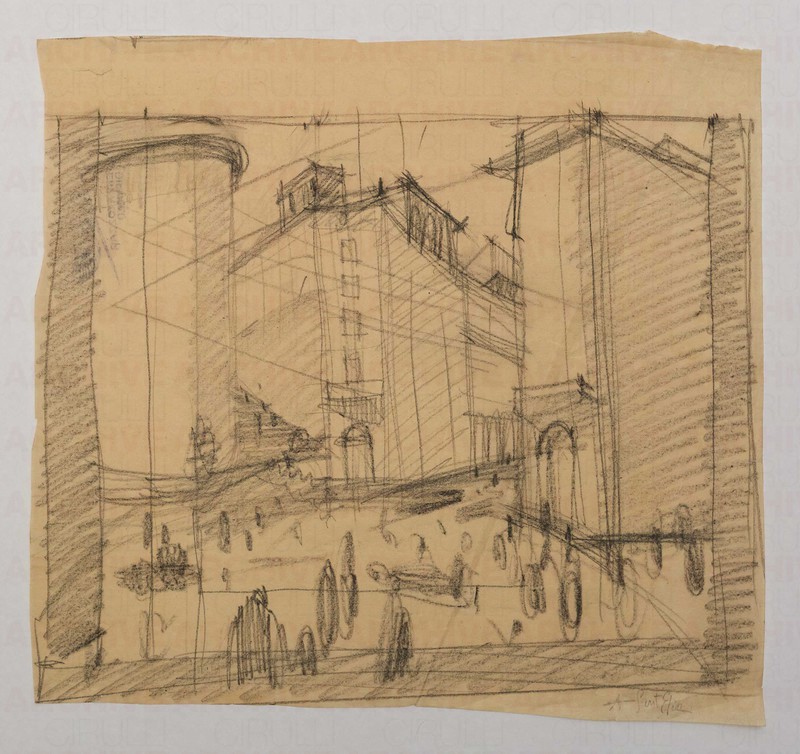
Prospettiva urbana
1/5
Sezione VI; 5 fogli di diverse dimensioni)

4/5
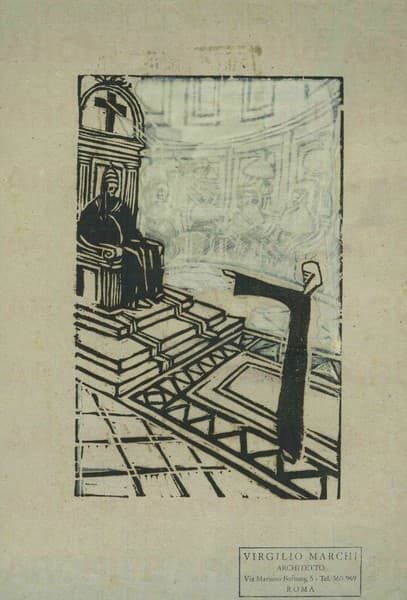
Sonetti di Santa Caterina
O0005338
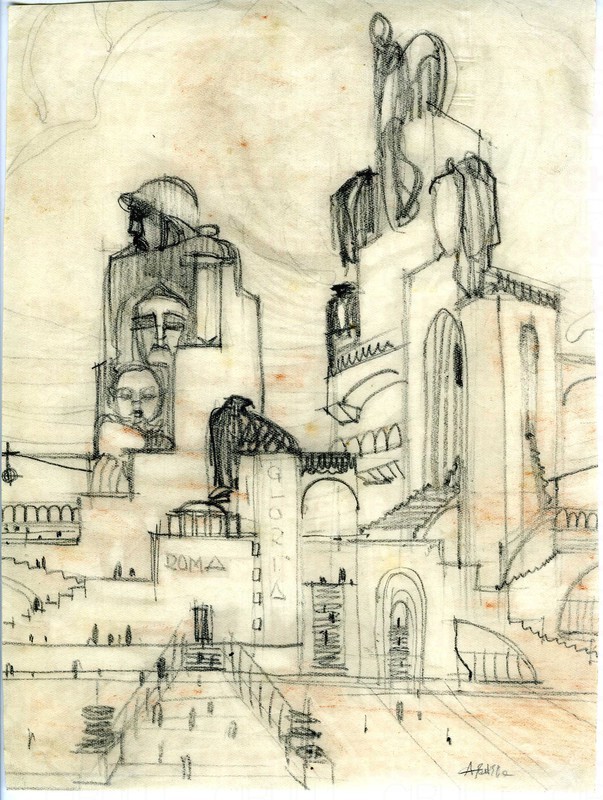
Monumento celebrativo di Roma e della sua gloria
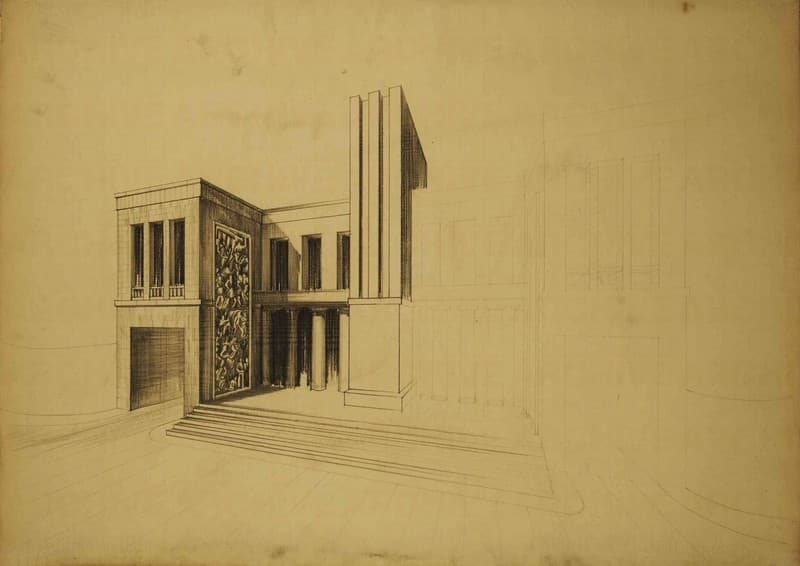
Esposizione Universale di Roma 1942 Studio per architettura
O0002206
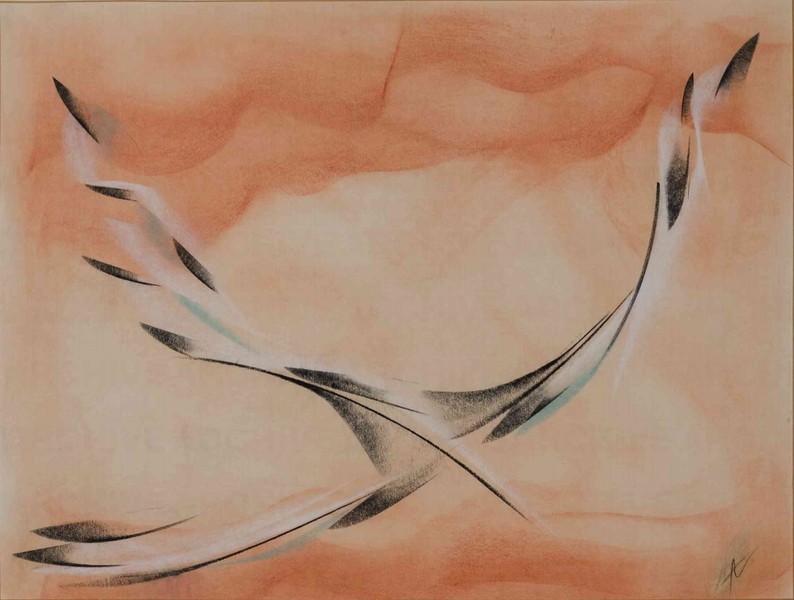
Untitled
O0002060
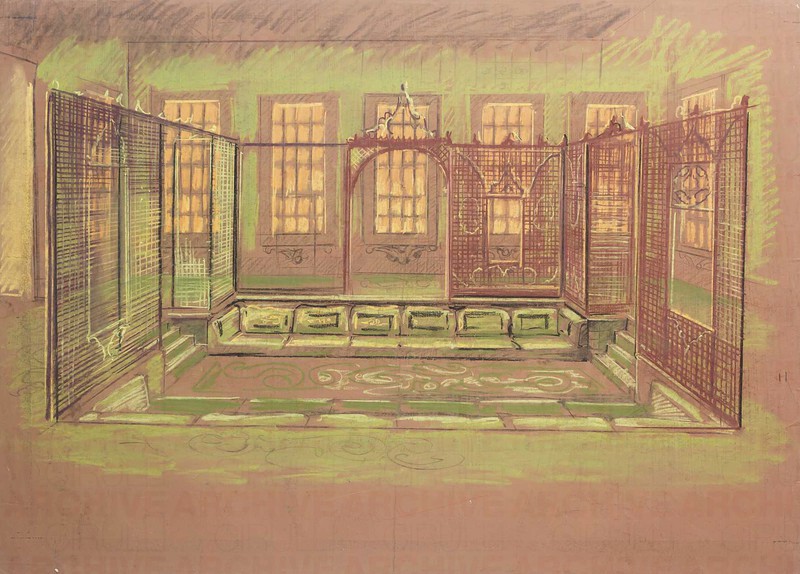
Scenografia cinematografica
O0008079
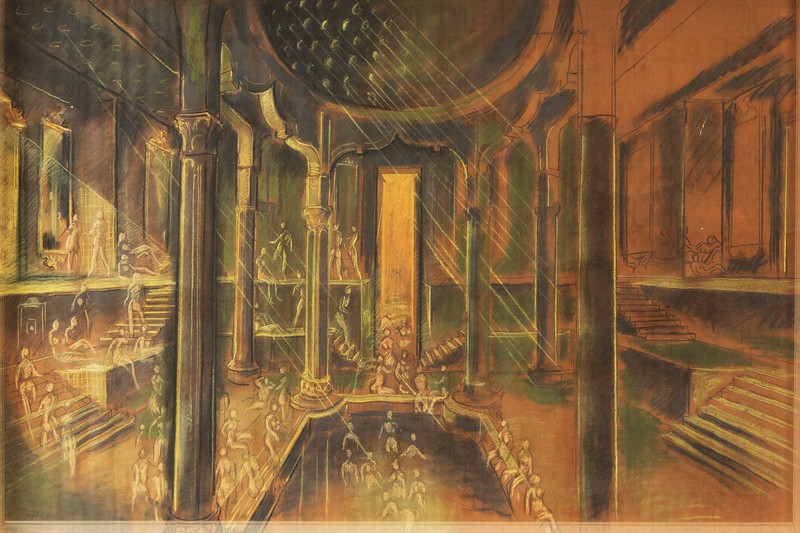
Scenografia cinematografica per Federico Fellini
O0008644
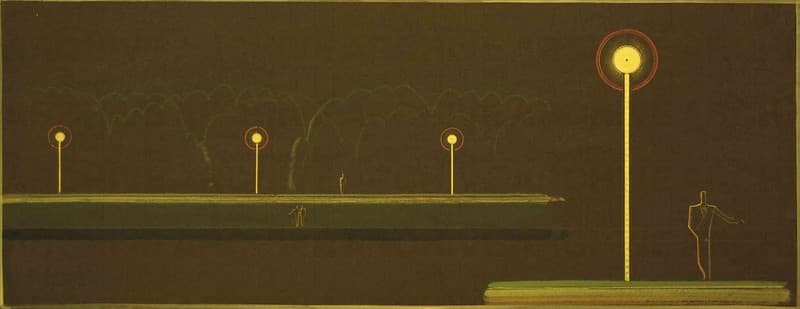
Esposizione Universale di Roma 1942 Studio per illuminazione
O0002289

Studio per complesso monumentale non identificato
3/7

Scenografia cinematografica
O0008135
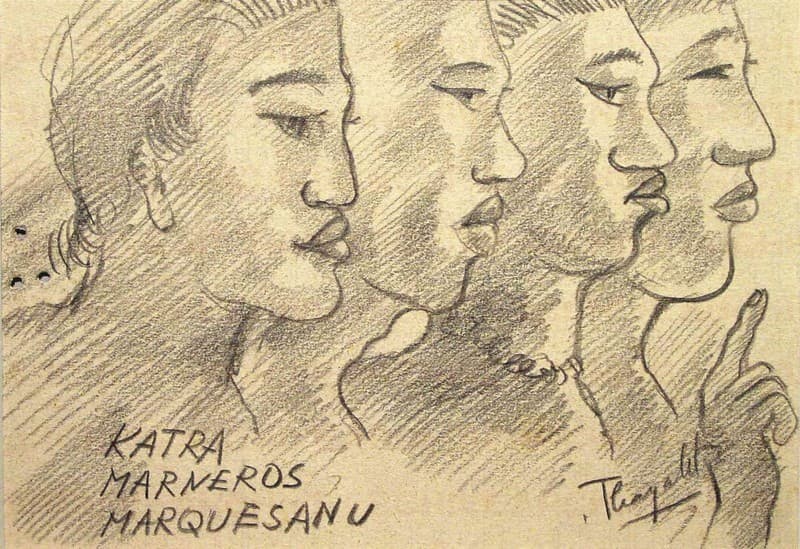
Katra Marneros Marquesanu
O0000475
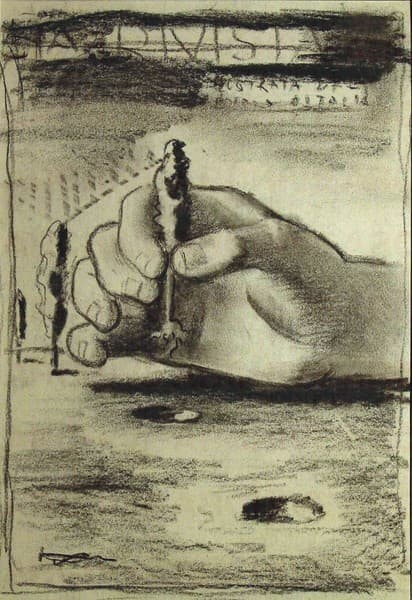
Studio per copertina de “La Rivista Illustrata del Popolo d’Italia”
O0000596
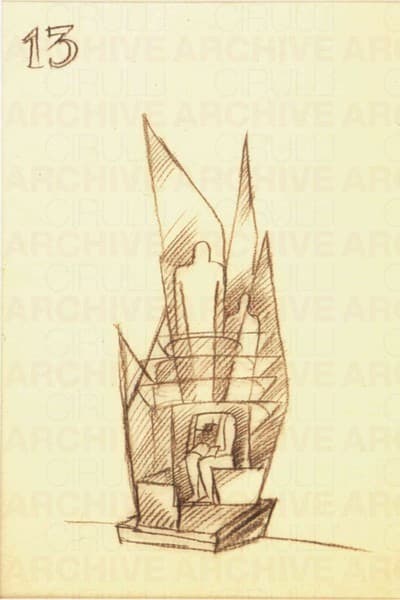
Studio per Prigioniero Politico Ignoto
O0000483
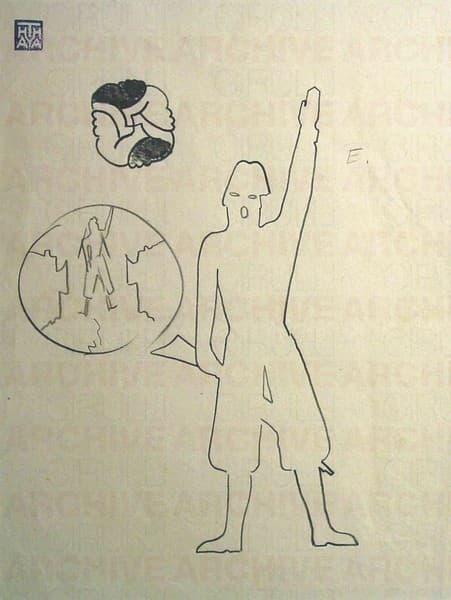
Balilla-Avanguardista
O0001336
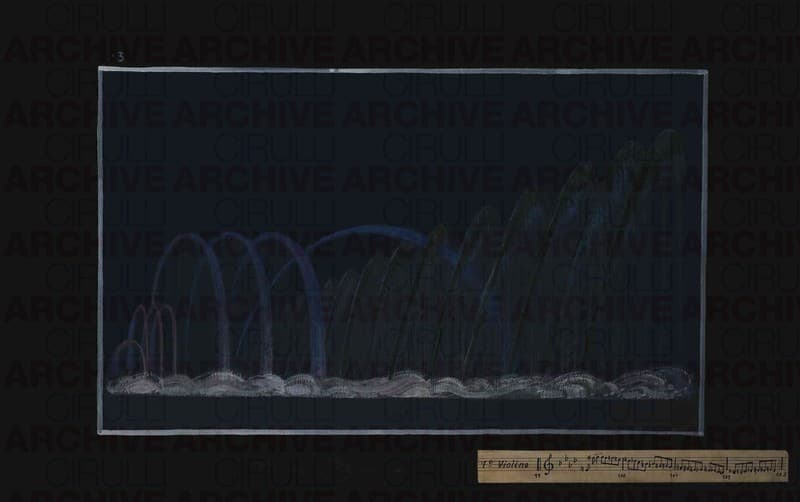
Esposizione Universale di Roma 1942 Studio per fontane danzanti Giochi di luce e musica
O0001219
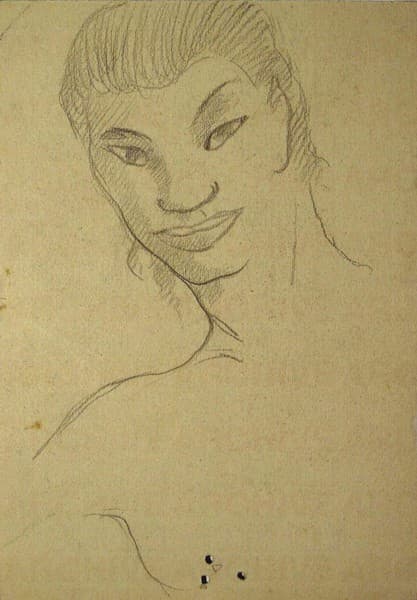
Homage à Gaugain
O0001512

Sala con colonne e arcate
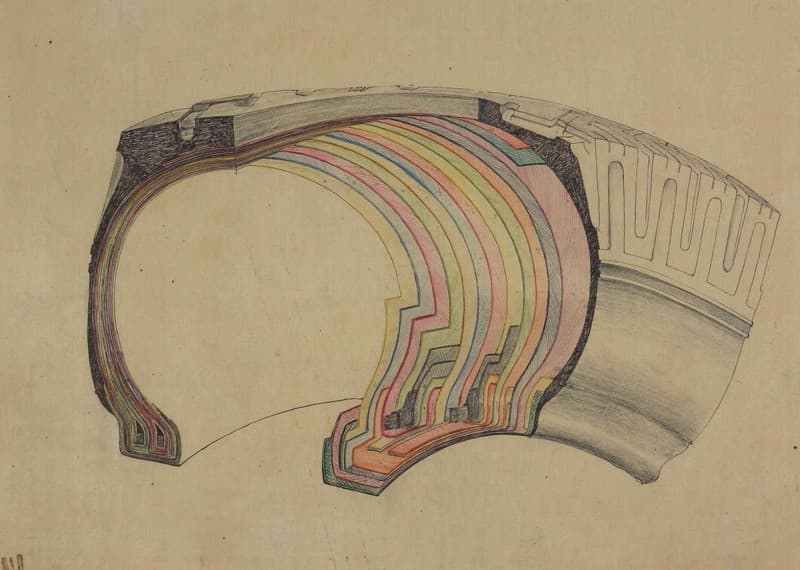
Disegno per progetto tecnico industriale. Sezione di pneumatico
O0003761
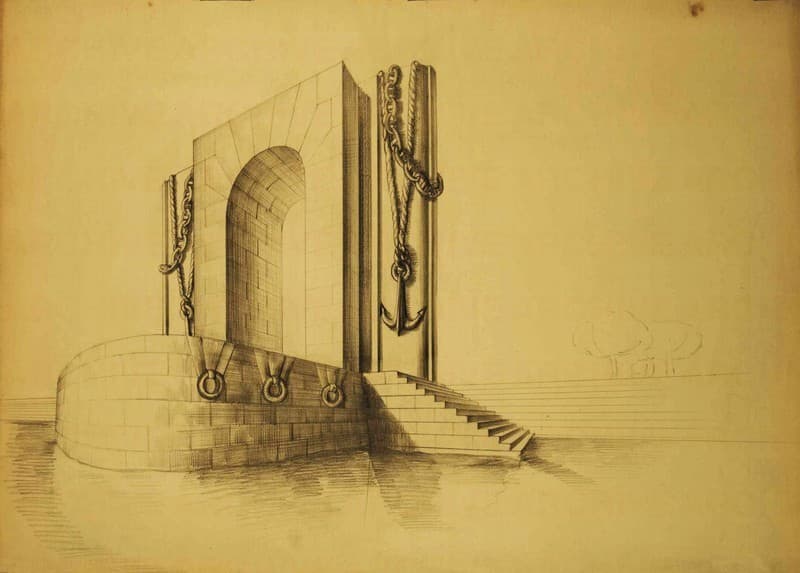
Esposizione Universale di Roma 1942 Studio per architettura
O0002222

San Giorgio
O0000627

Studio per progetto di automobile Fiat
O0004323

17
O0008078
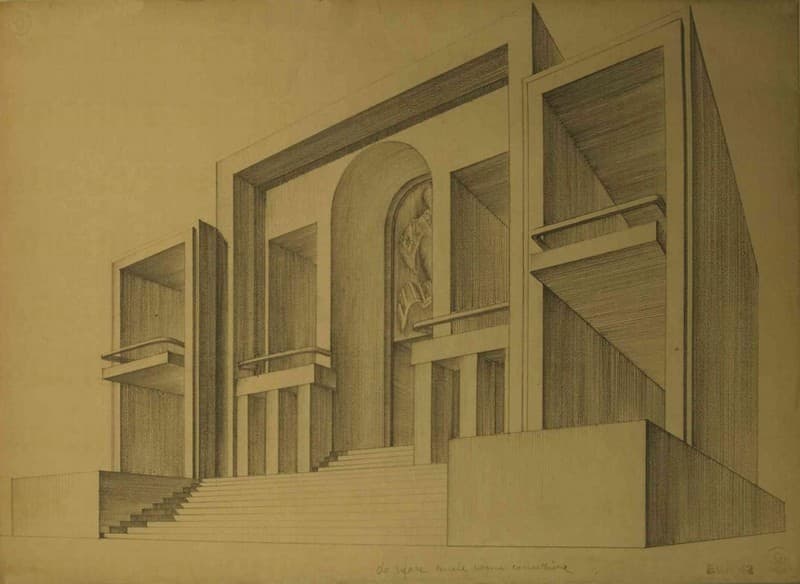
Esposizione Universale di Roma 1942 Studio per architettura
O0002174
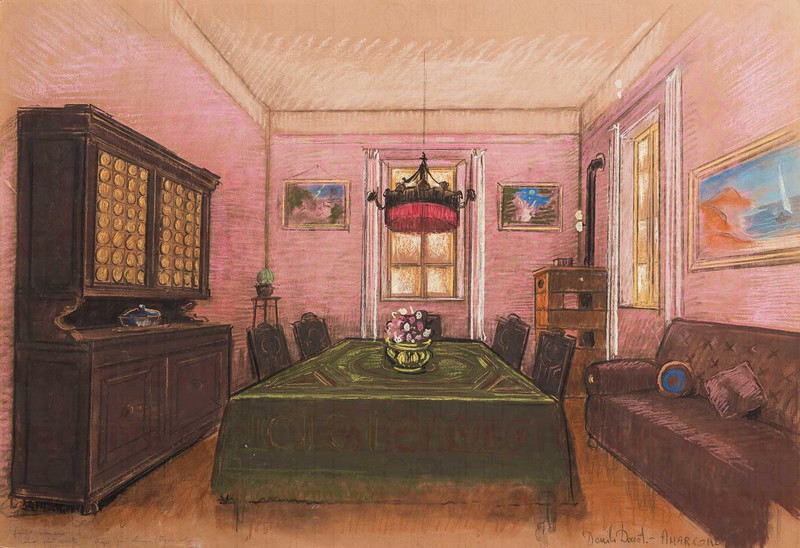
Scenografia cinematografica
O0008132
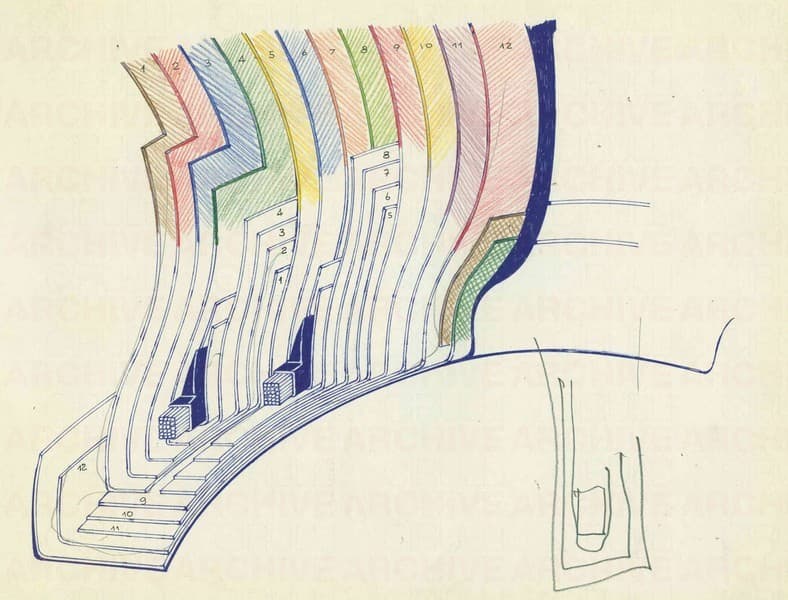
Disegno per progetto tecnico industriale.
O0004837

La famiglia
O0000716
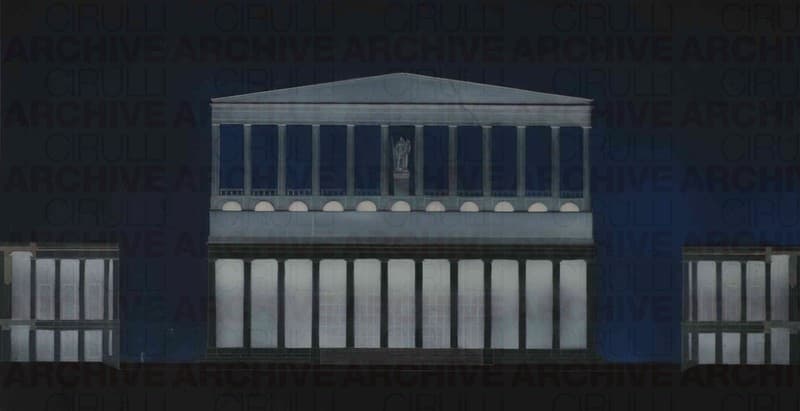
Esposizione Universale di Roma 1942 Studio per illuminazione del Teatro Imperiale
O0001187
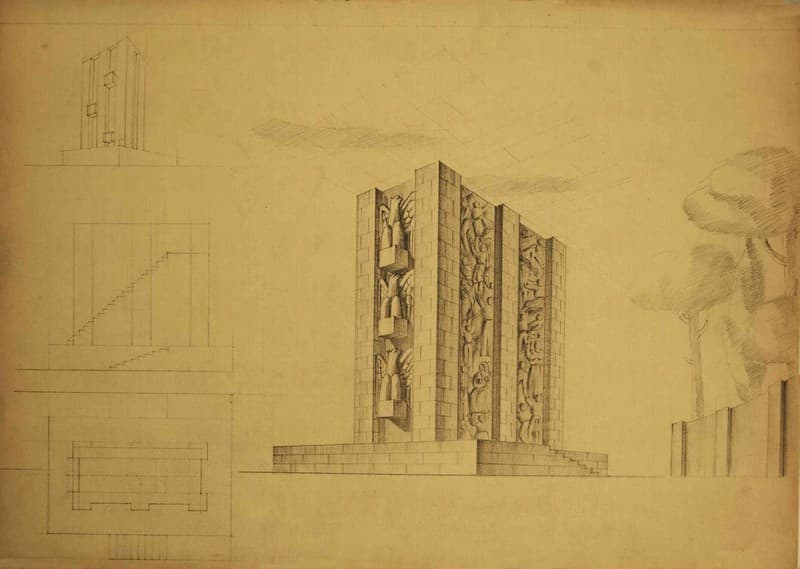
Esposizione Universale di Roma 1942 Studio per architettura
O0002229
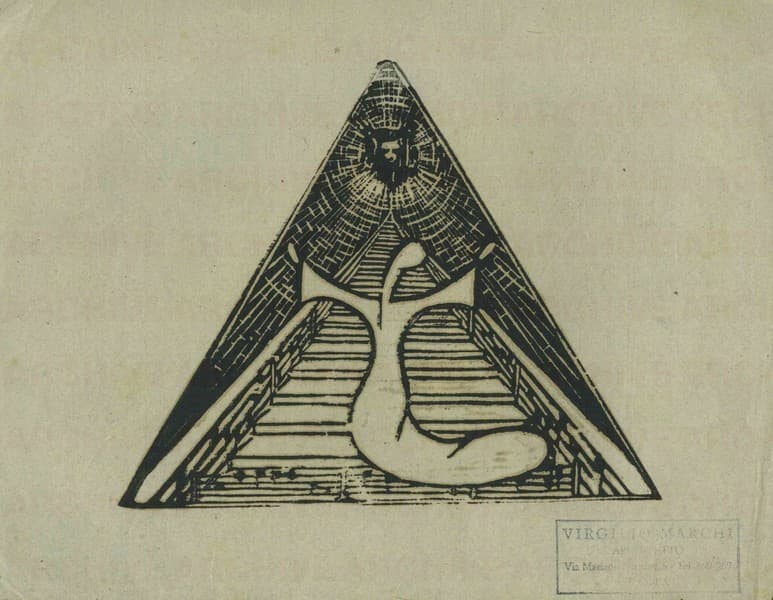
Sonetti di Santa Caterina
O0005344
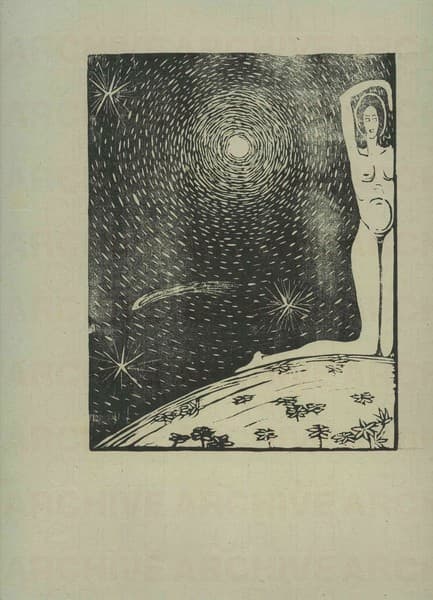
Creazione. Eva
O0005258
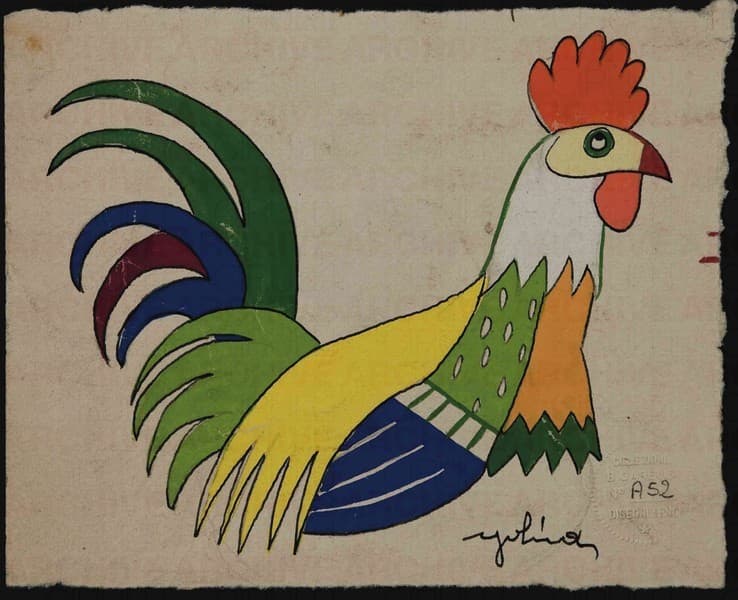
Manifattura Lenci - Bozzetto per decorazione di ceramica
O0001745

Studio pubblicitario per industria meccanica
O0004137
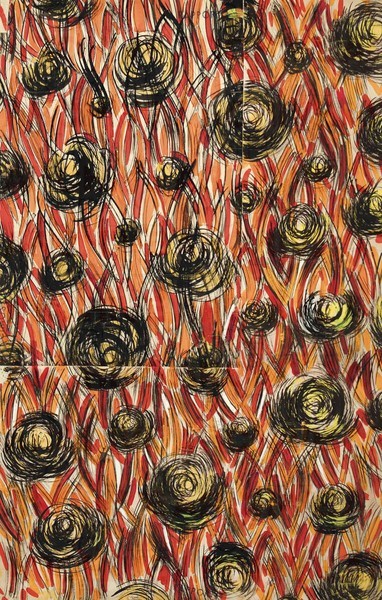
Progetto grafico di tessuto per Triennale di Milano
O0004477

Scenografia cinematografica per “Satyricon” di Federico Fellini
O0008619
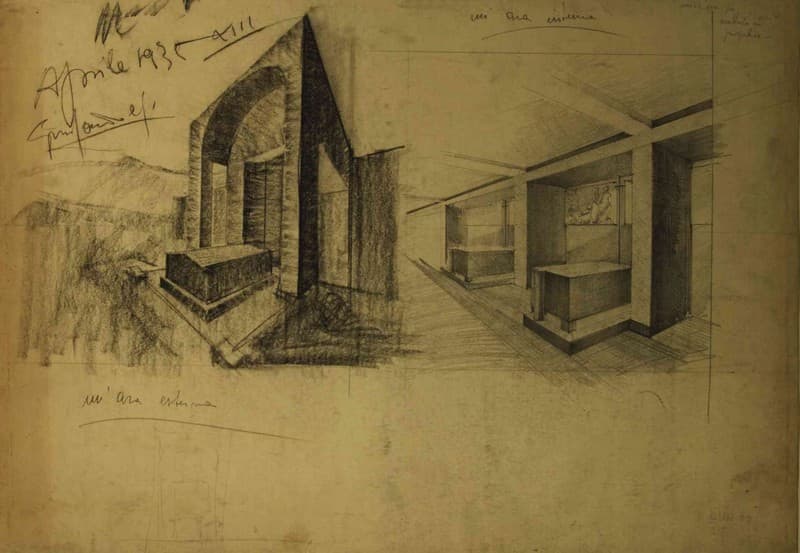
Progetto di sistemazione Ara
O0002179
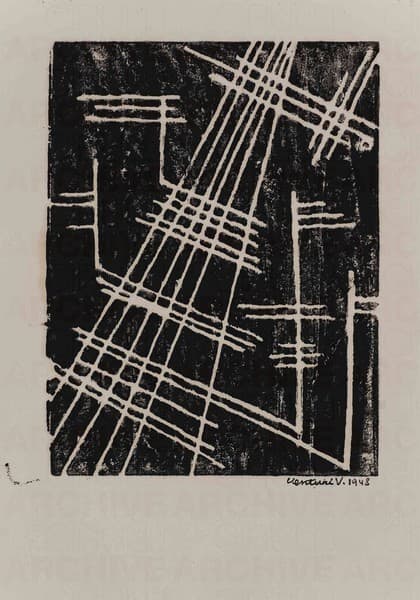
Monotipo
O0001399
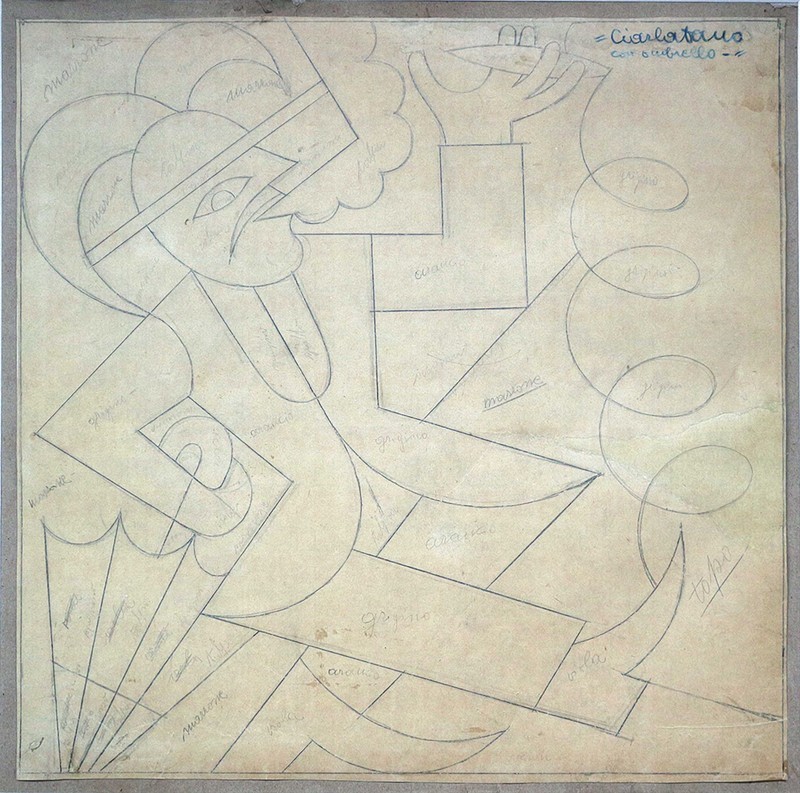
Ciarlatano con ombrello
O0009460
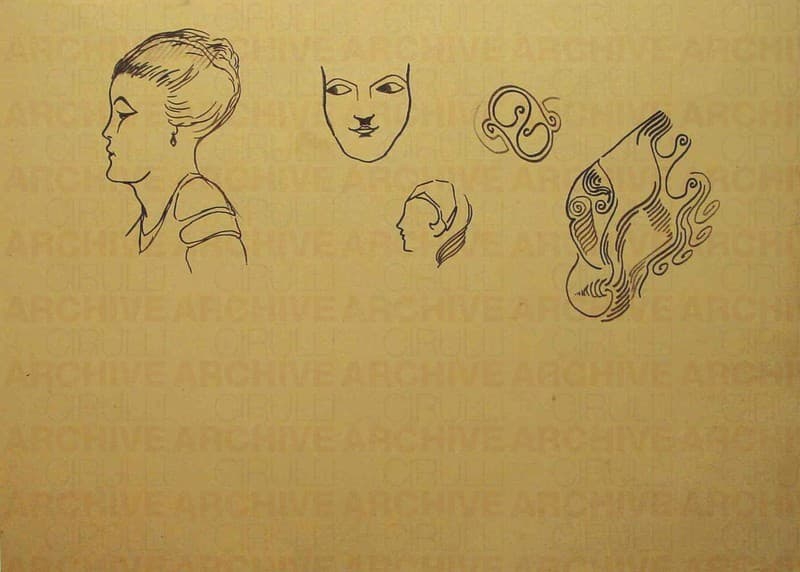
Tre studi di teste e due motivi decorativi
O0000694
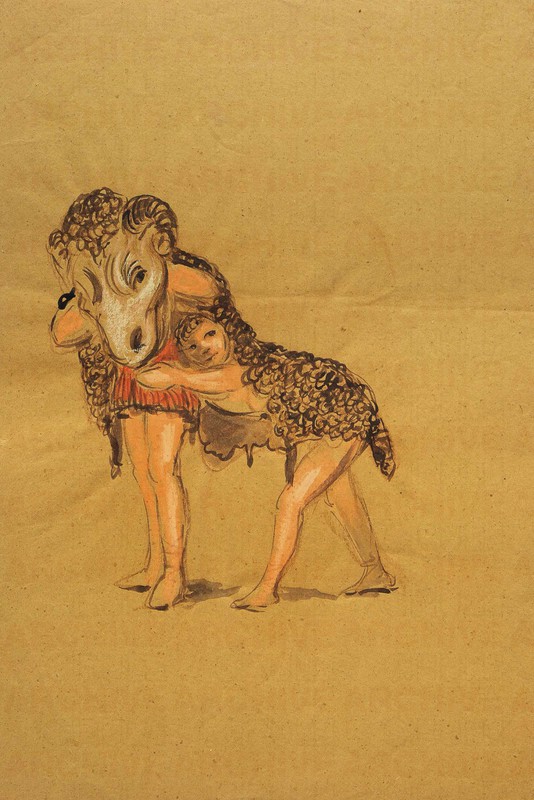
Scenografia cinematografica per “Satyricon” di Federico Fellini
O0008615
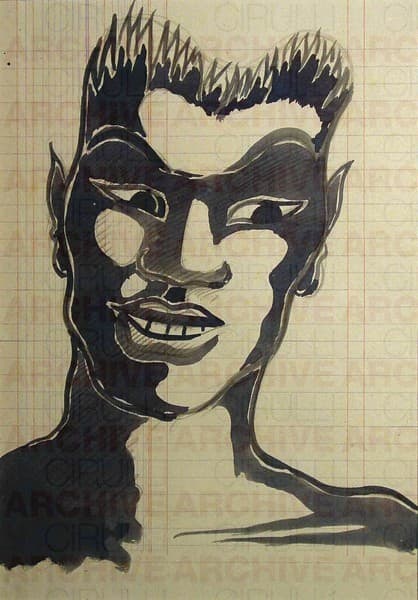
Omaggio a Gauguin
O0004564
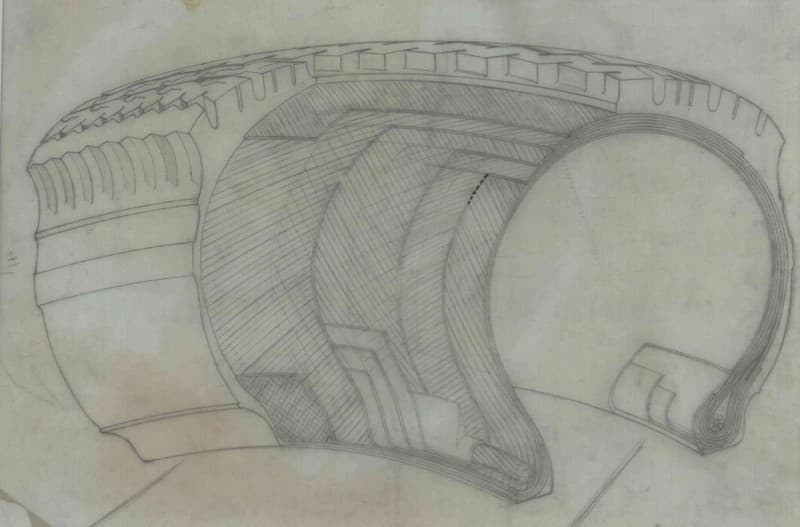
Pirelli. Sezione di pneumatico
O0003486
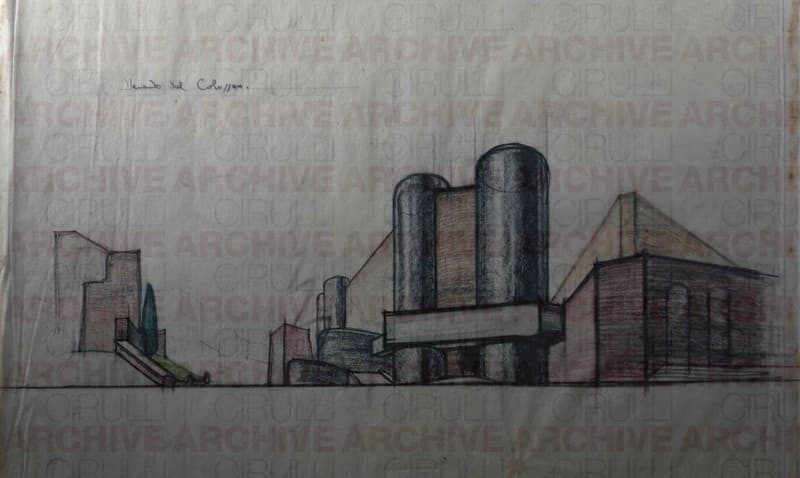
Concorso per il Palazzo del Littorio a Roma Venendo dal Colosseo
O0004631
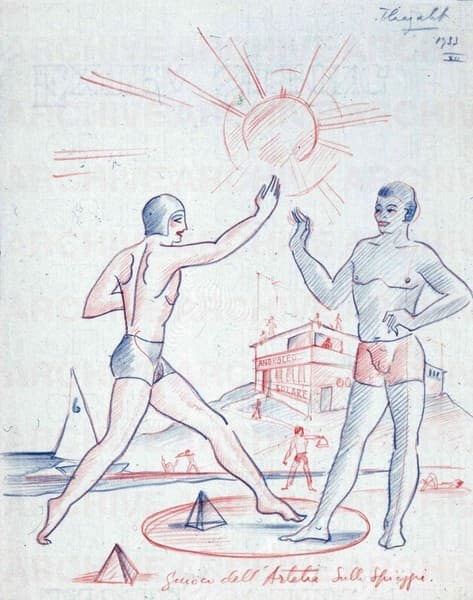
Gioco dell’Artetra sulla spiaggia
O0000990

Studio per lampade
O0002017

Nuova stazione viaggiatori in Milano
Facciata verso la piazza Andrea Doria
O0009601

Scenografia cinematografica per “Satyricon” di Federico Fellini
O0008610
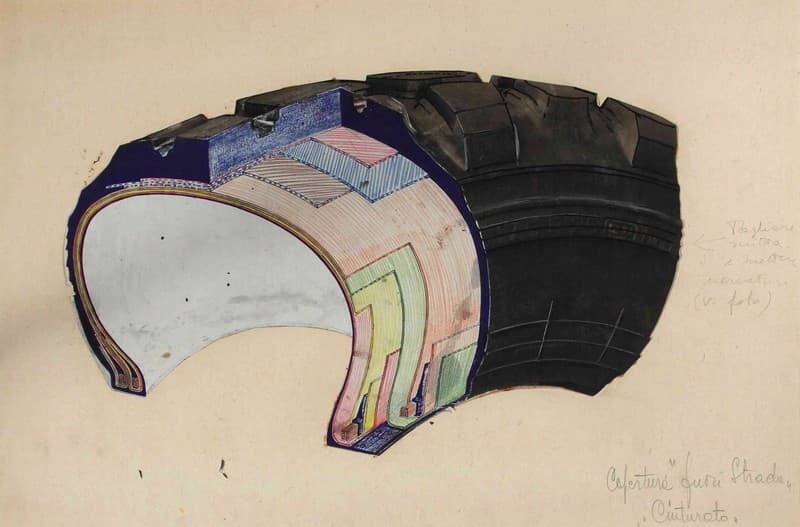
Studio per pneumatici Pirelli. Sezione di cinturato. Copertura “fuoristrada”
O0003500
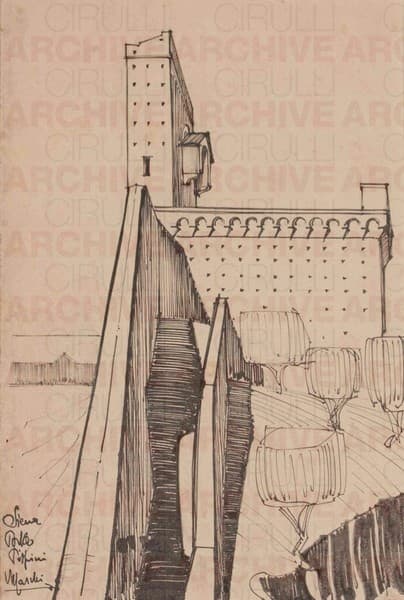
Siena Porta Pispini
O0004717
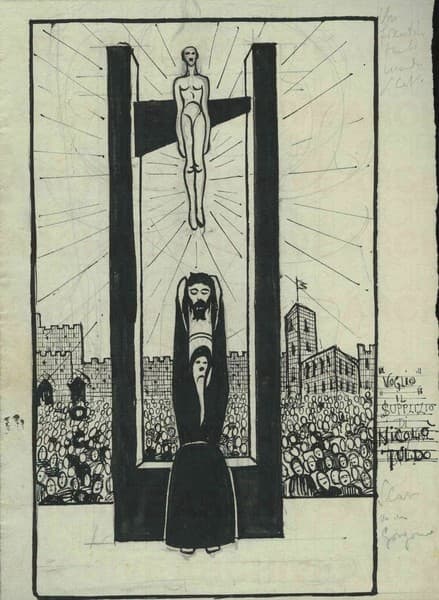
Santa Caterina da Siena
O0005358
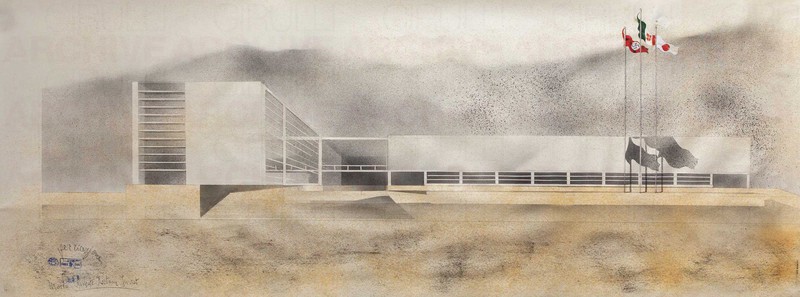
Motto: Audentes Fortuna juvat
O0009793
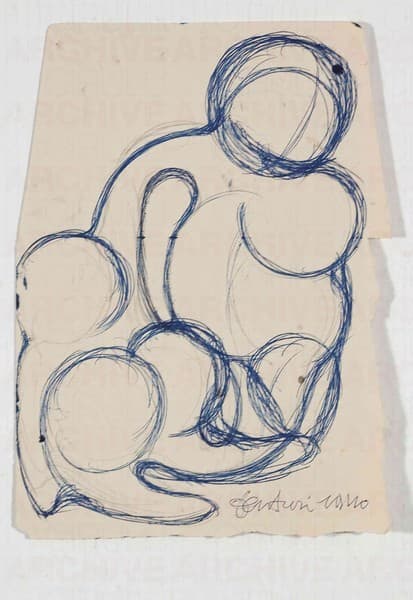
Untitled
O0001414
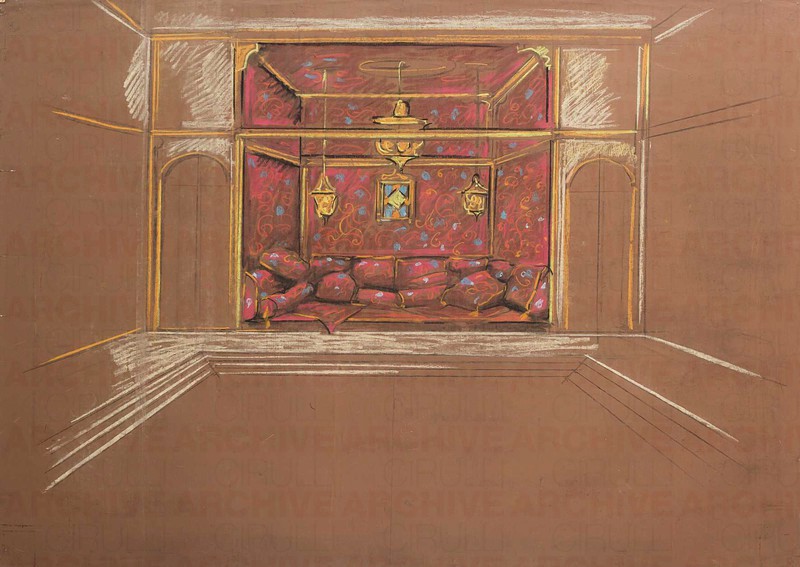
Scenografia cinematografica
O0008105
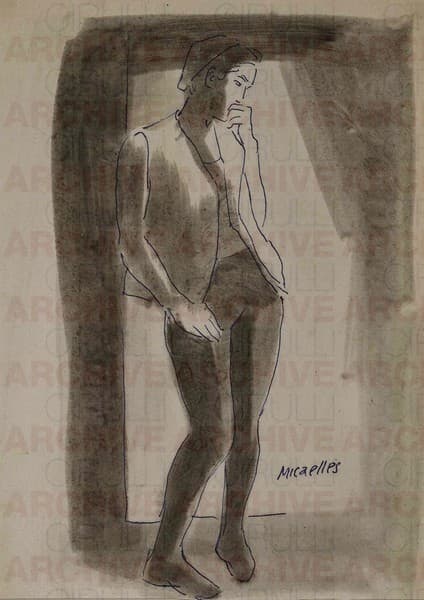
Figura maschile in piedi
O0004576

Manifattura Lenci - Bozzetto per decorazione ceramica
O0001747

Esposizione Universale di Roma 1942 Studio per illuminazione
O0001191
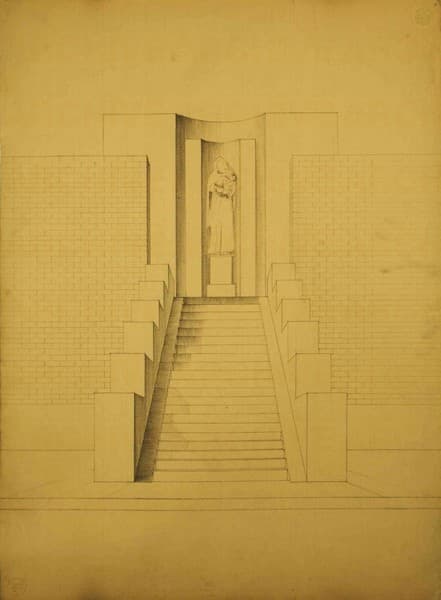
Esposizione Universale di Roma 1942 Studio per architettura
O0002218
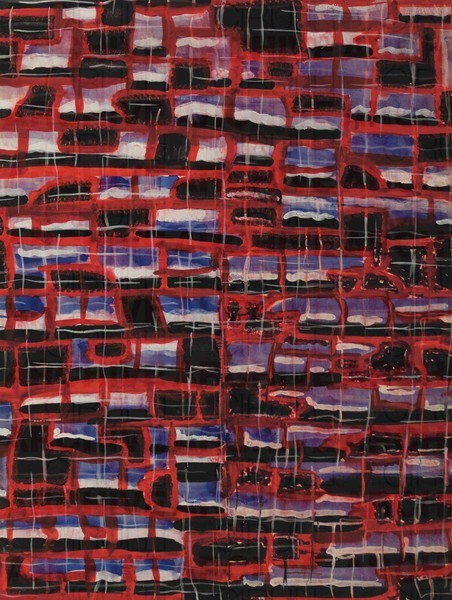
Progetto grafico di tessuto per la XI Triennale di Milano
O0004506
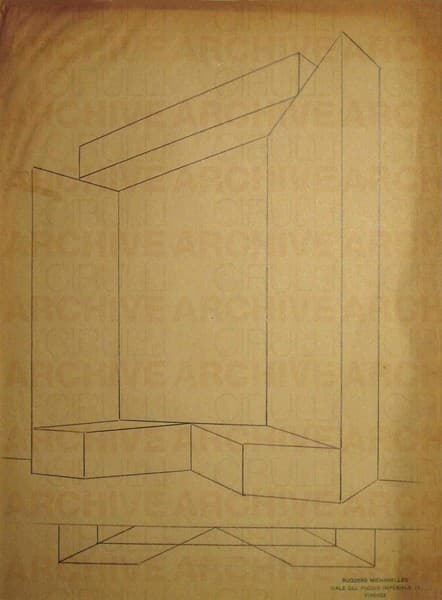
Studio per allestimento fieristico
O0000635

Esposizione Universale di Roma 1942 Studio per illuminazione
O0002282

Esposizione Universale di Roma 1942 Quinto aspetto del Palazzo dell’Illusione
O0001196
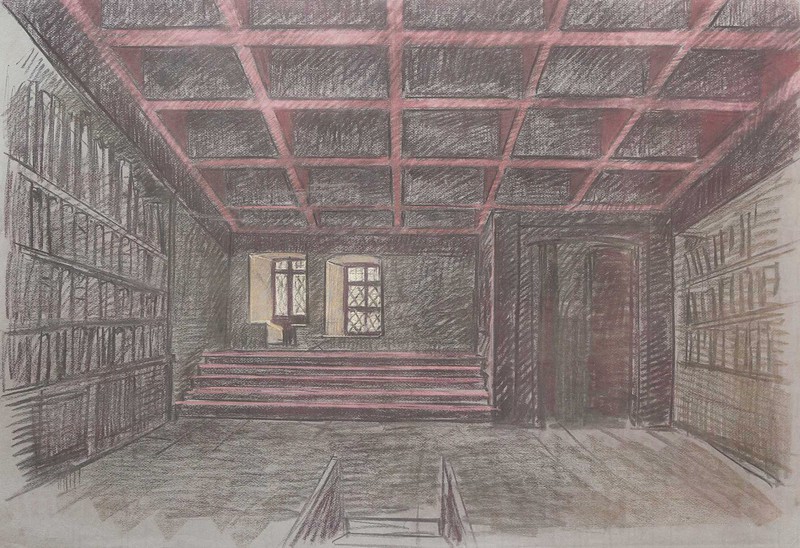
Scenografia cinematografica
O0008059
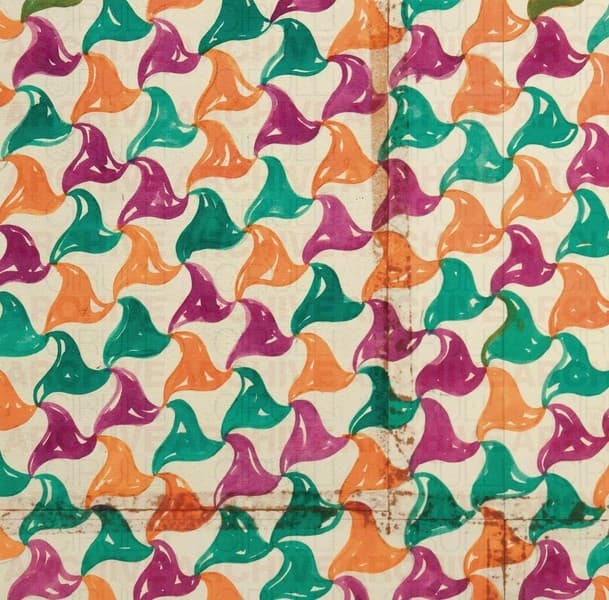
Progetto grafico di tessuto per la IX Triennale di Milano
O0004476

Scenografia cinematografica
O0008061
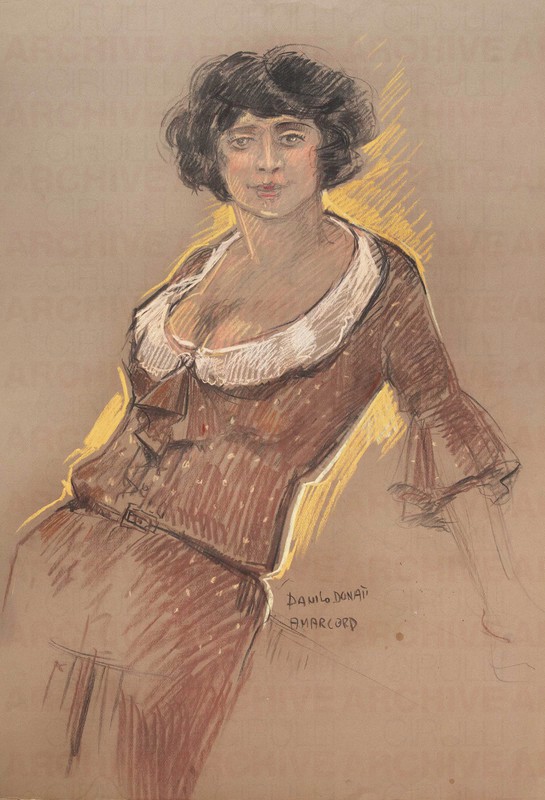
Scenografia cinematografica per “Amarcord” di Federico Fellini
O0008639
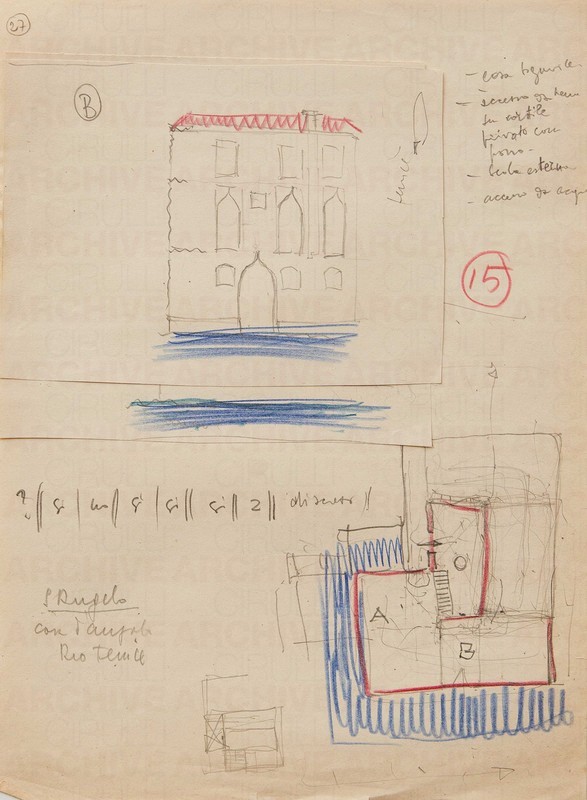
Bozzetto progettuale per la ricognizione dei palazzi a Venezia.
O0008548
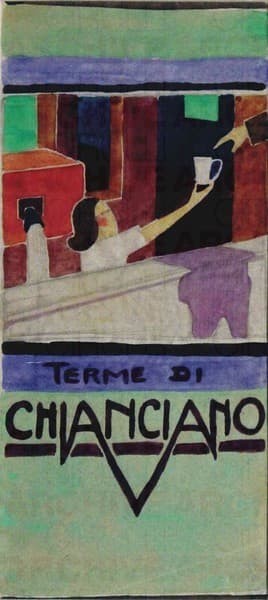
Terme di Chianciano
O0000711
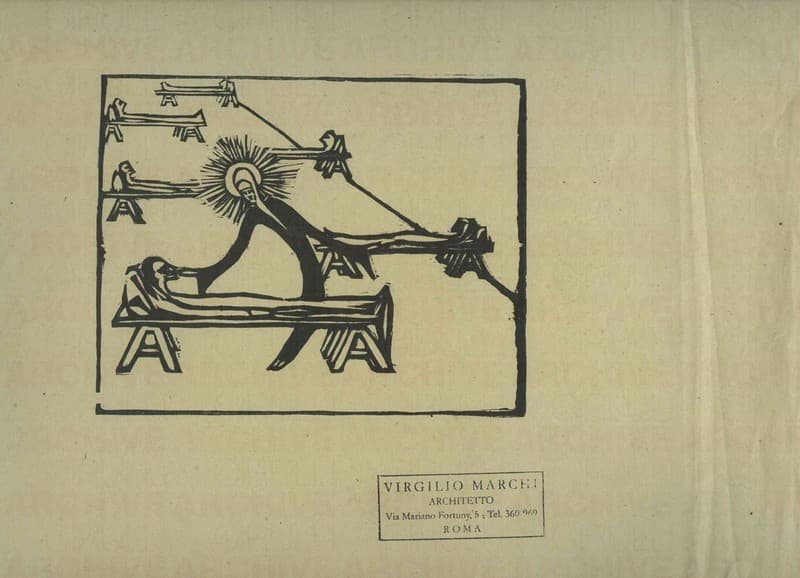
Sonetti di Santa Caterina
O0005339
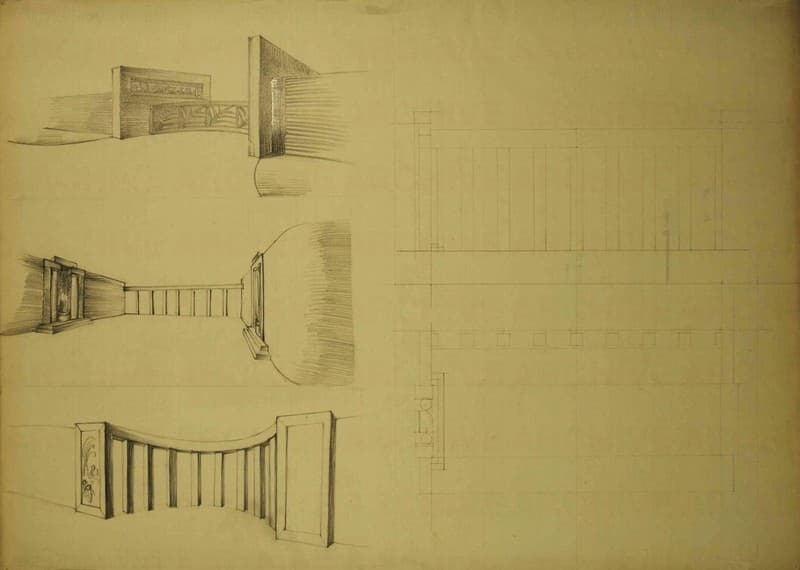
Esposizione Universale di Roma 1942 Studio per architettura
O0002216
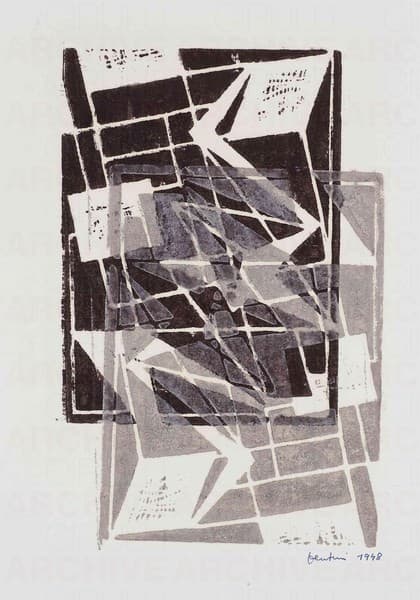
Monotipo
O0001408
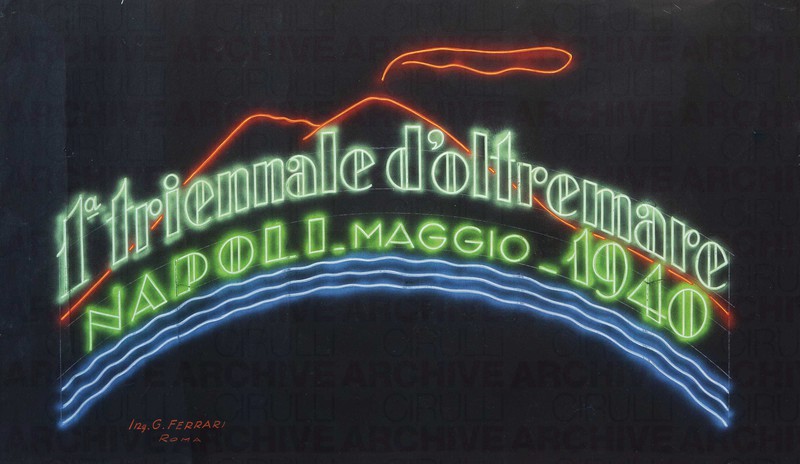
Prima Triennale d’Oltremare
Napoli maggio 1940
O0009773

Nudino seduto
O0000693

Rinascente
O0001053
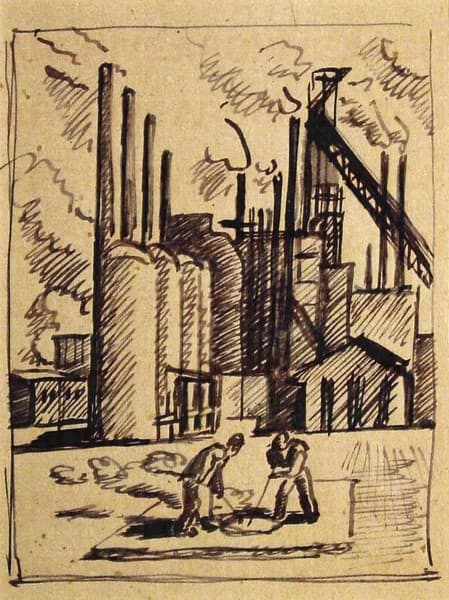
Acciaierie di Terni
O0000614
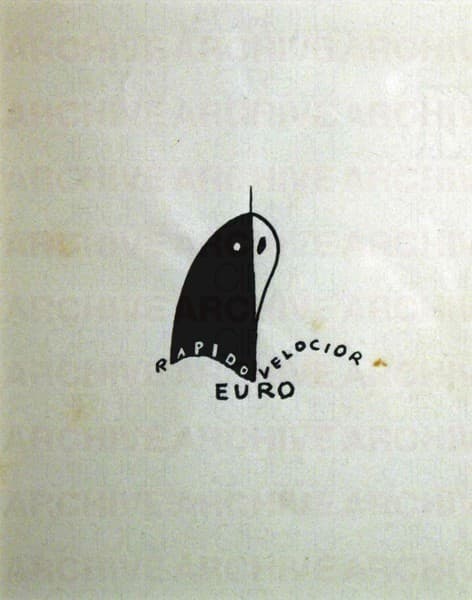
Rapido Euro Velocior
O0000606

(Parole incrociate)
O0000547
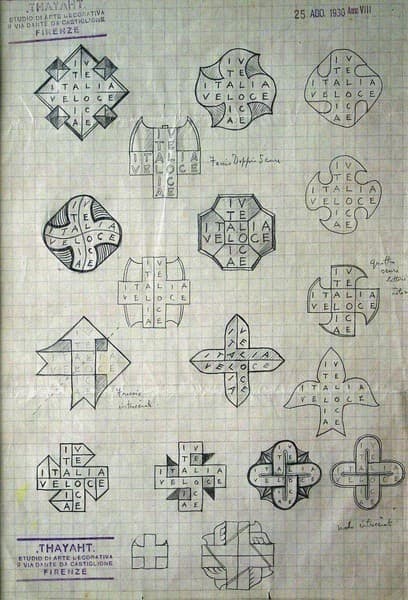
Diciotto progetti per un distintivo futurista, motto ITALIA VELOCE
O0001299
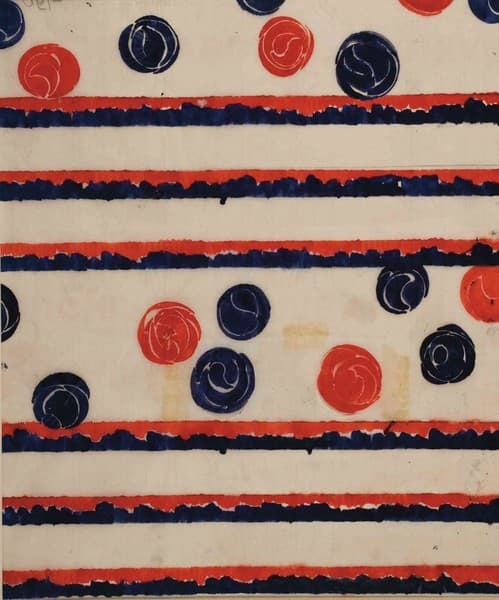
Progetto grafico per tessuto
O0001933

Scenografia cinematografica per “Satyricon” di Federico Fellini
O0008625
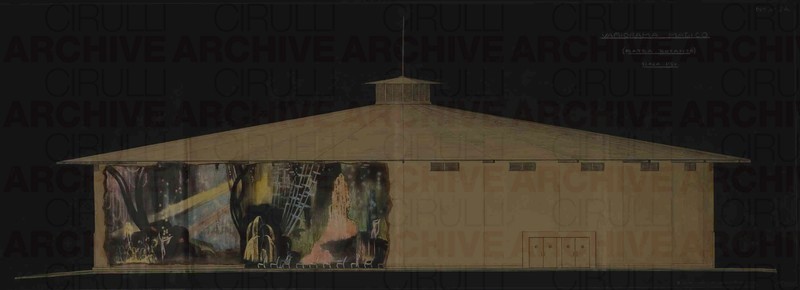
Esposizione Universale di Roma 1942 Variorama magico
O0001189
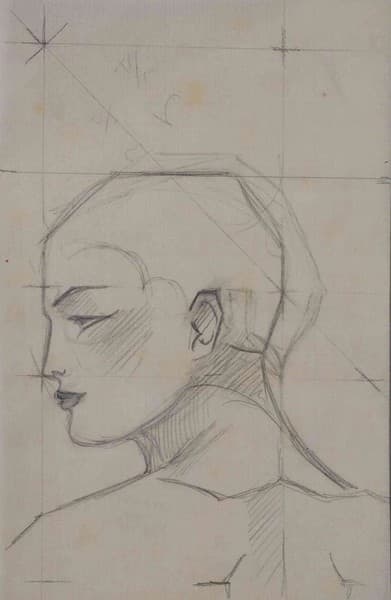
Studio per profilo
O0002537

Monotipo
O0001390

Esposizione Universale di Roma 1942 Studio per architettura
O0002188
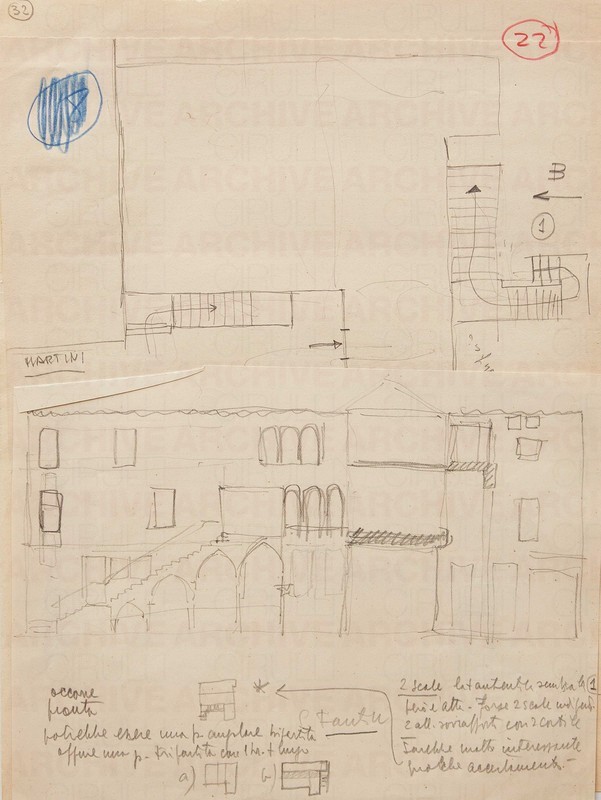
Bozzetto progettuale per la ricognizione dei palazzi di Venezia.
O0008558
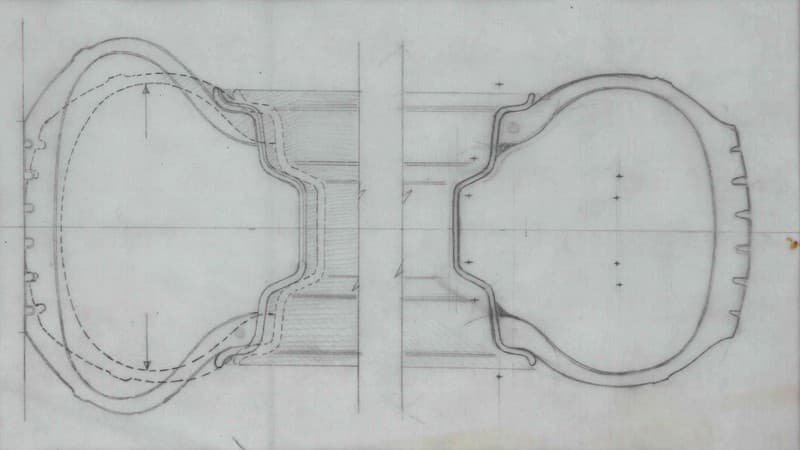
Disegno per progetto tecnico industriale. Sezione di pneumatico
O0003755

F. N.C.V. Federazione Nazionale dei Consorzi per la Viticoltura Padiglione Enoteca
O0005334
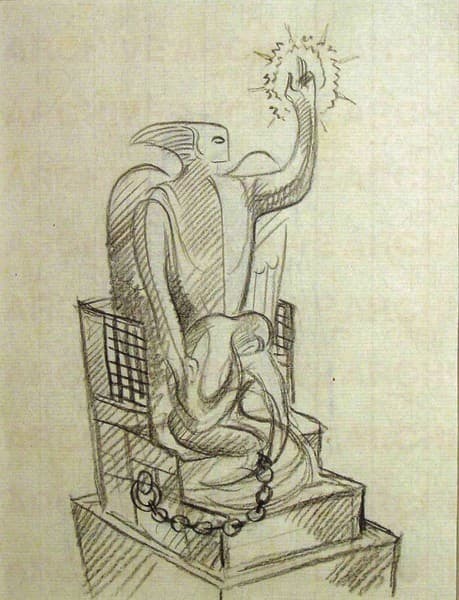
Studio per Prigioniero Politico Ignoto
O0000495

Due donne
O0000665
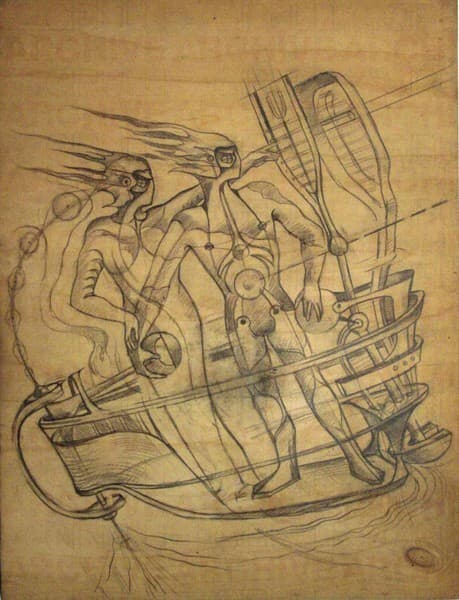
(Navicella fantastica)
O0000490
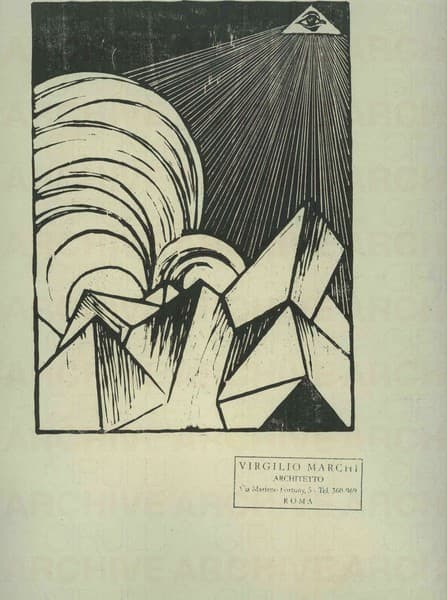
Creazione del cielo e della terra
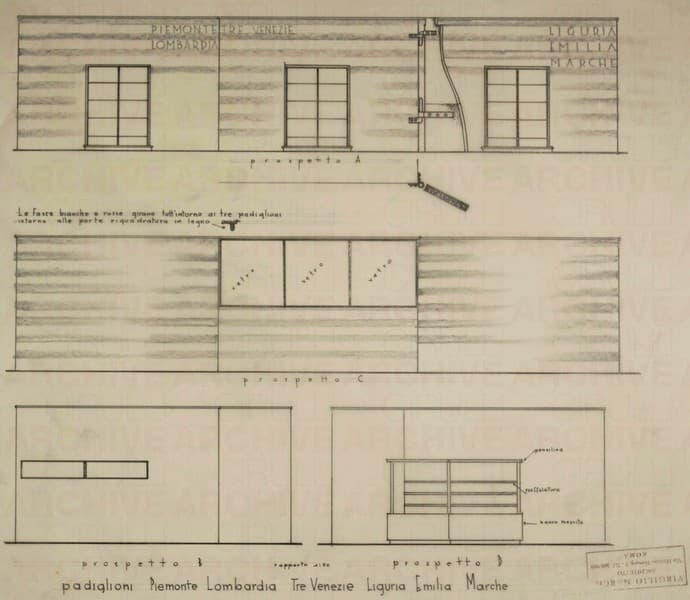
F. N.C.V. Federazione Nazionale dei Consorzi per la Viticoltura Padiglioni Piemonte Lombardia Tre Venezie Liguria Emilia Marche. Prospetto A,B,C,D
O0005329
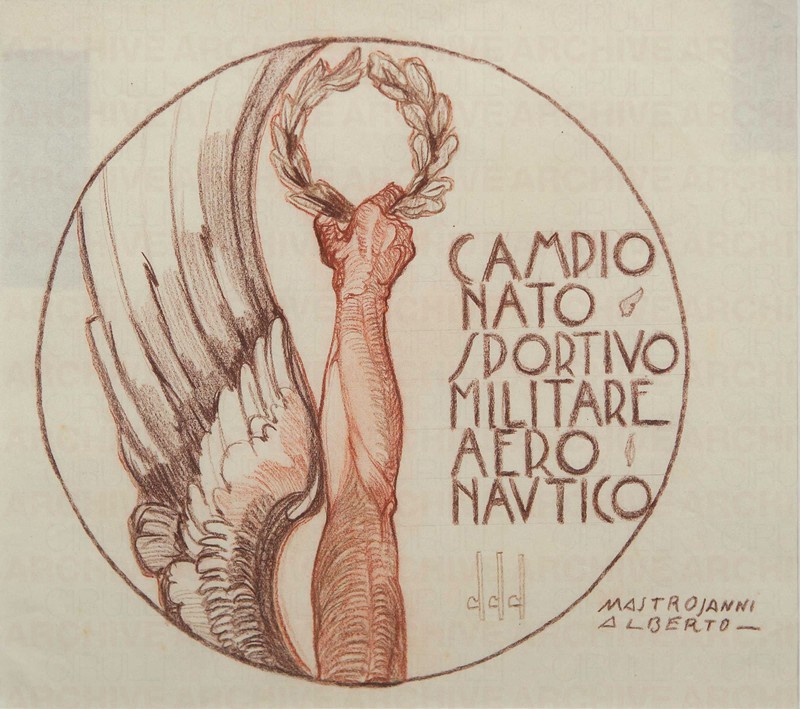
Campionato sportivo militare aeronautico
O0007740

Studio per complesso monumentale non identificato
4/7
O0007500
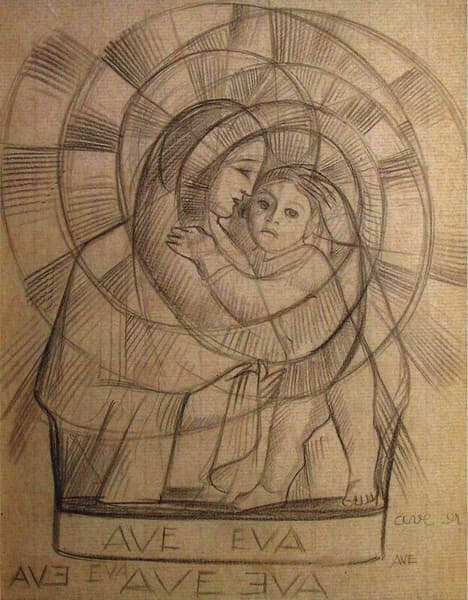
Ave Eva
O0000673
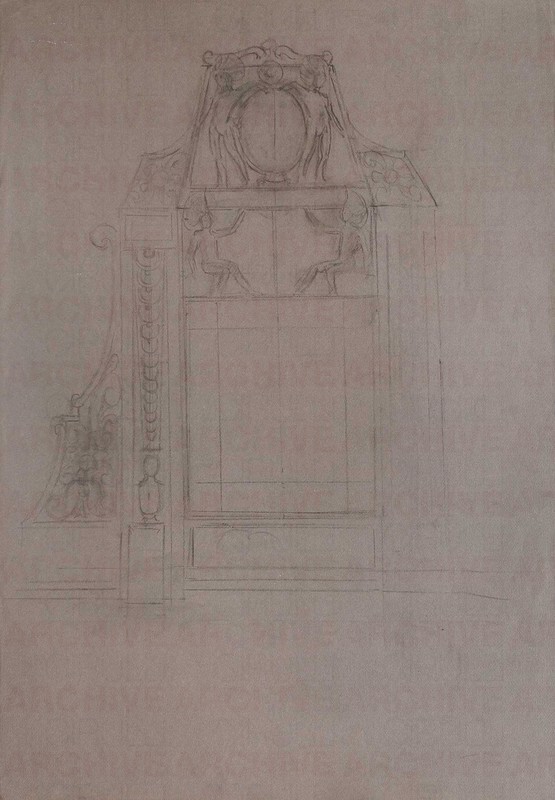
Scenografia cinematografica
O0008113
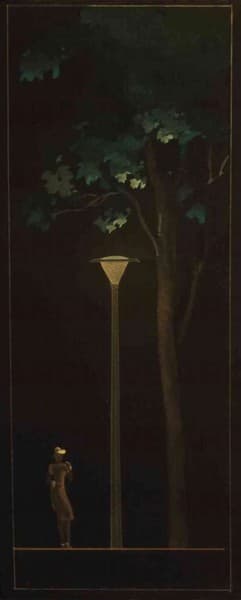
Esposizione Universale di Roma 1942 per illuminazione
O0002285
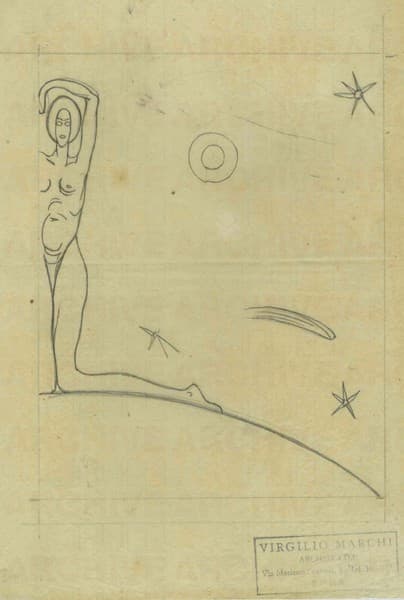
Creazione. Eva
O0005260
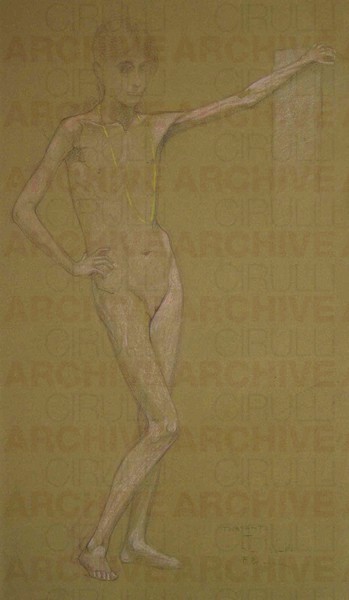
Nudino con la collana
O0000696
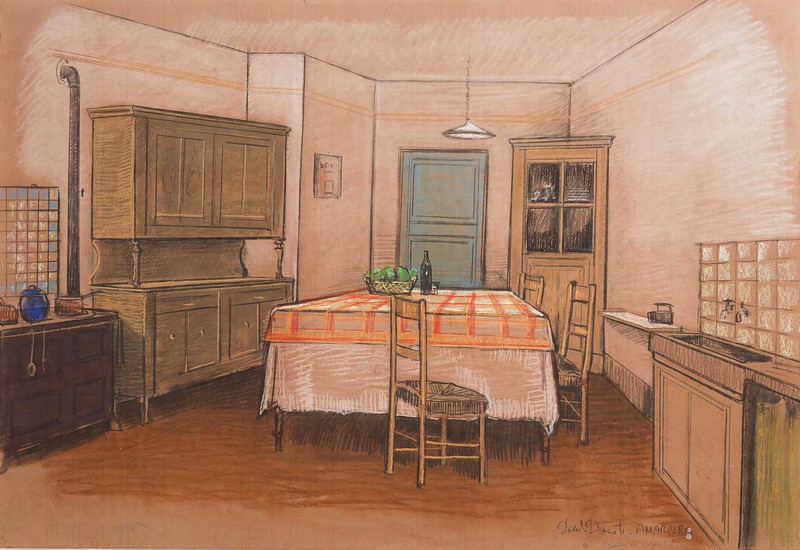
Scenografia cinematografica
O0008133
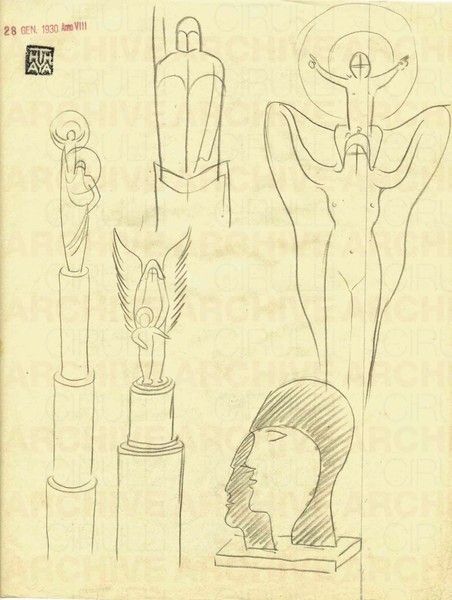
Progetti per sculture
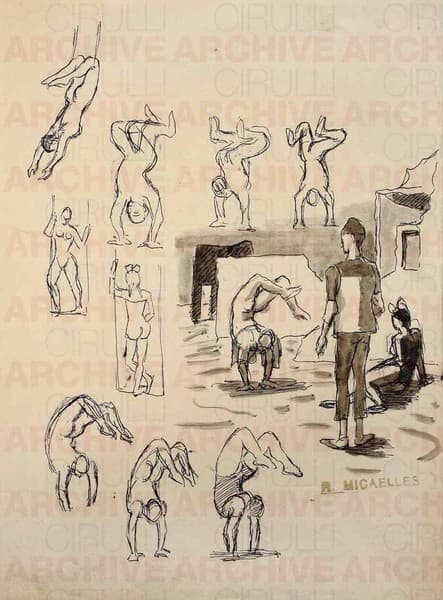
Ginnasti
O0004541
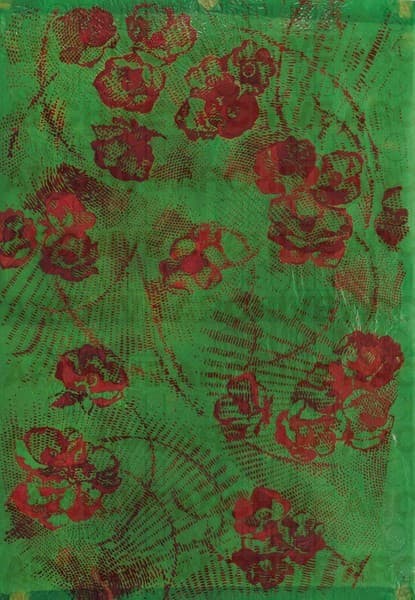
Progetto grafico di tessuto per costume bikini
O0004516

Progetto grafico di tessuto per la XI Triennale di Milano
O0004498
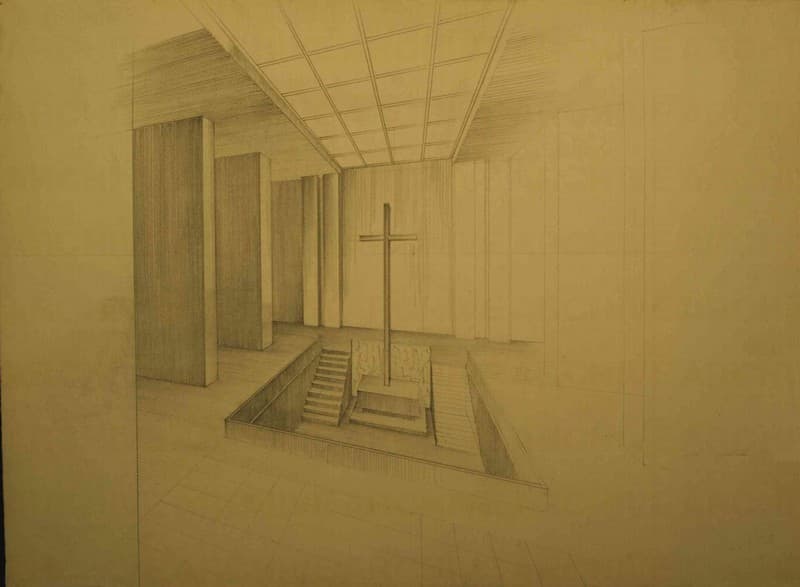
Esposizione Universale di Roma 1942 Studio per architettura
O0002265
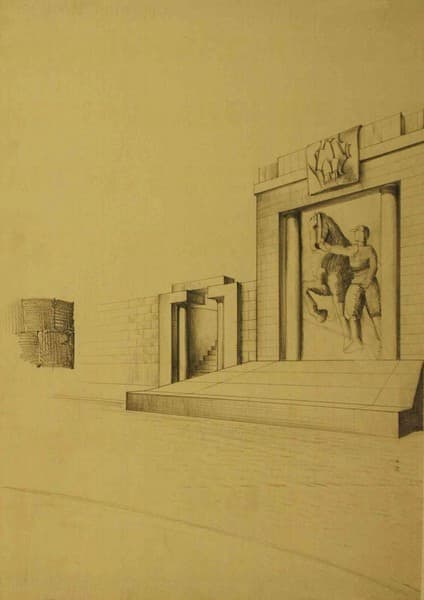
Untitled
O0002195
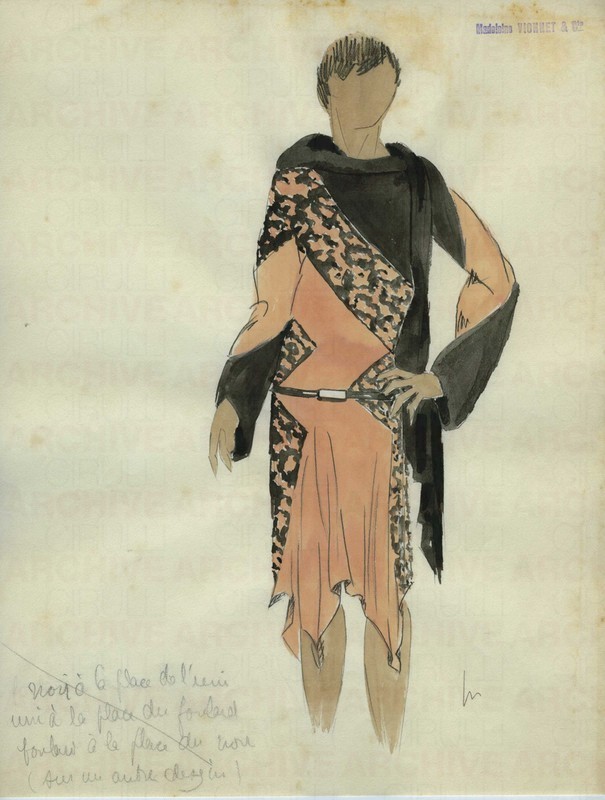
Bozzetto per Maison Vionnet
O0009220
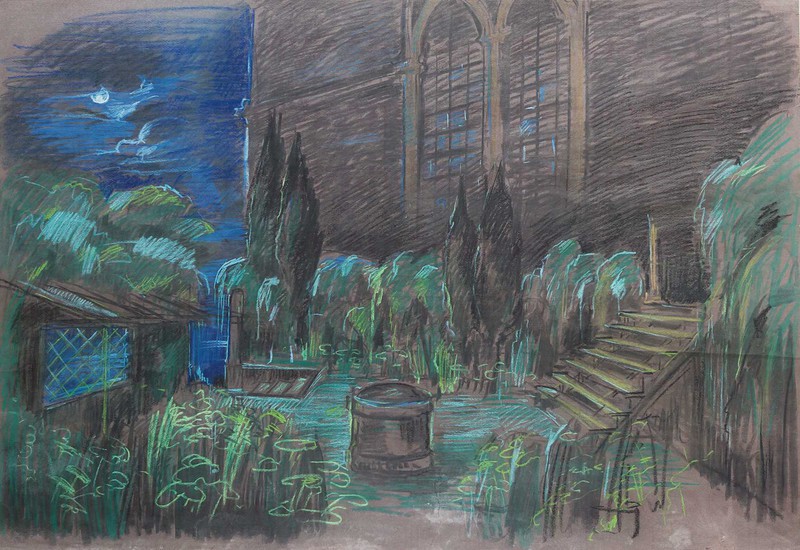
Scenografia cinematografica
O0008074

Esposizione Universale di Roma 1942 Studio per architettura
O0002200
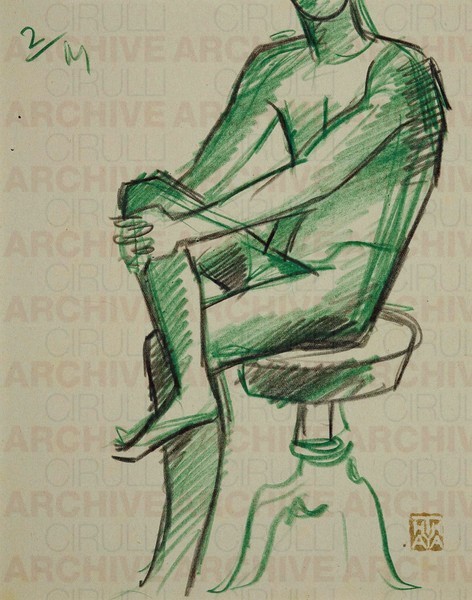
Figura maschile seduta con gamba accavallata
O0004608
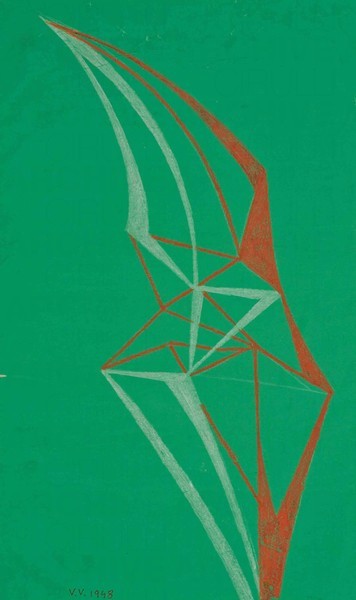
Untitled
O0002457
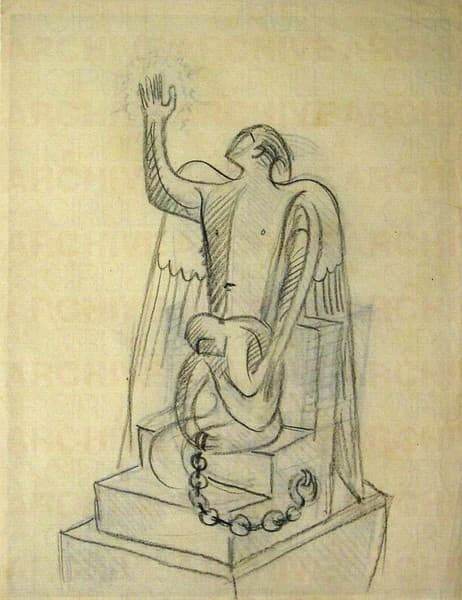
Studio per Prigioniero Politico Ignoto
O0000494
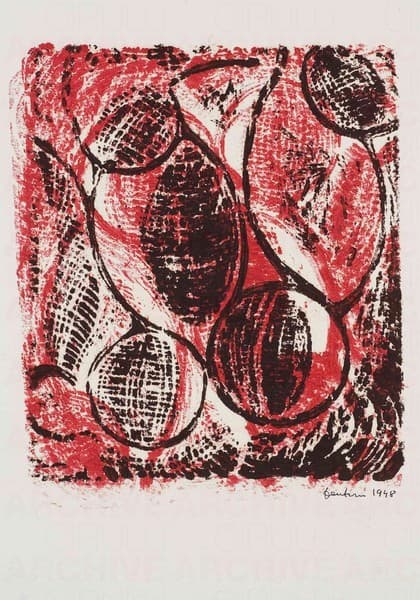
Monotipo
O0001406
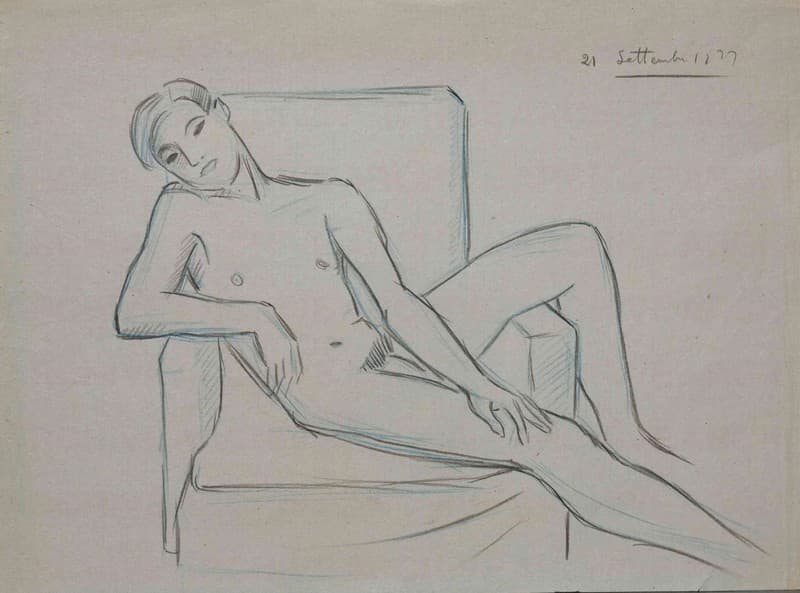
Nudo maschile
O0002531

Esposizione Universale di Roma 1942 Studio per illuminazione
O0001200
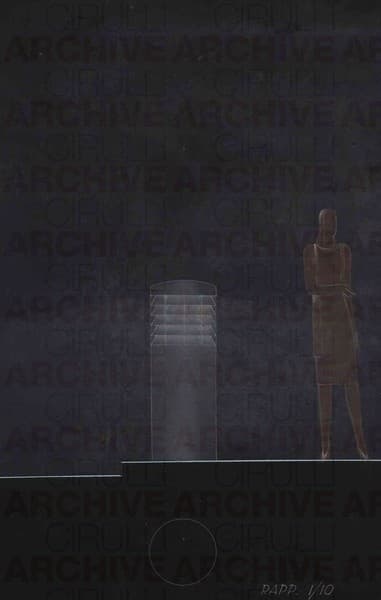
Esposizione Universale di Roma 1942 Studio per illuminazione
O0001210
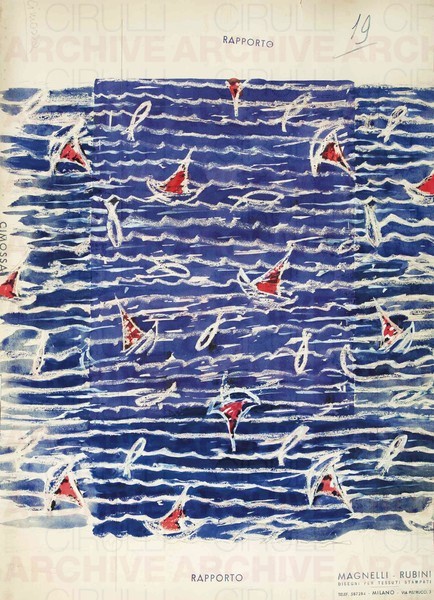
Progetto grafico di tessuto per la XI Triennale di Milano
O0004472
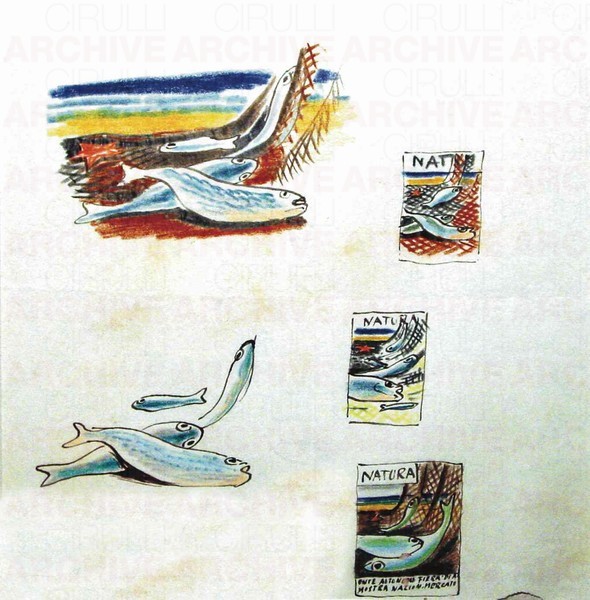
Studio per copertina della rivista “Natura”
O0000567
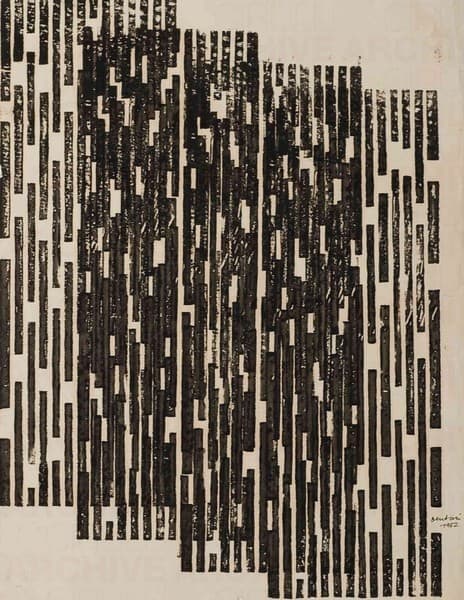
Monotipo
O0001431
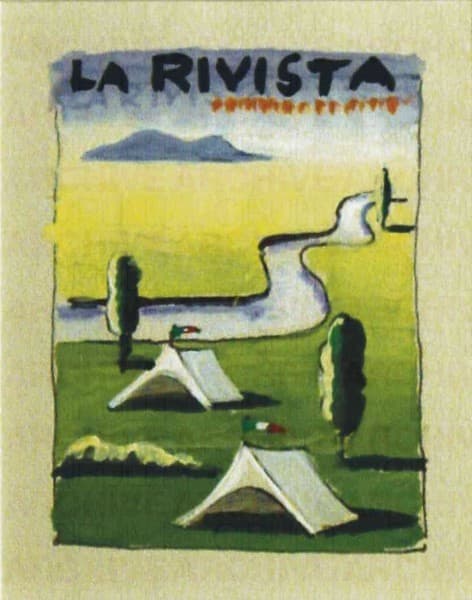
Studio per copertina de “La Rivista Illustrata del Popolo d’Italia”
O0000611
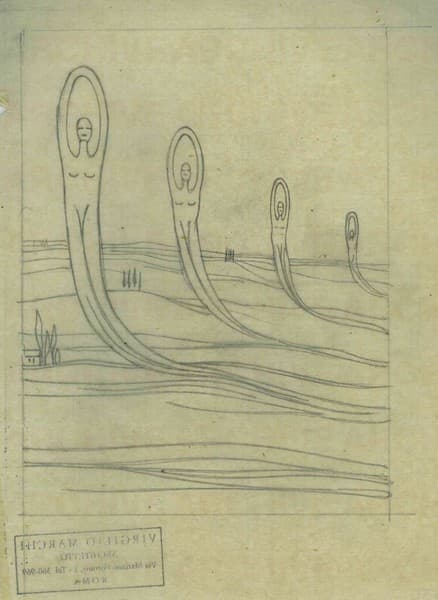
Allegoria della terra
O0005352

Esposizione Universale di Roma 1942 Studio per architettura
O0002233
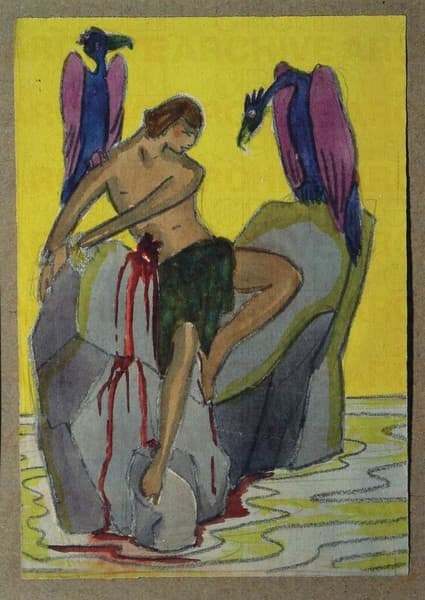
Prometeo
O0000712

Studio prospettico per il trofeo ippico “Coppa Challenge”
O0001318
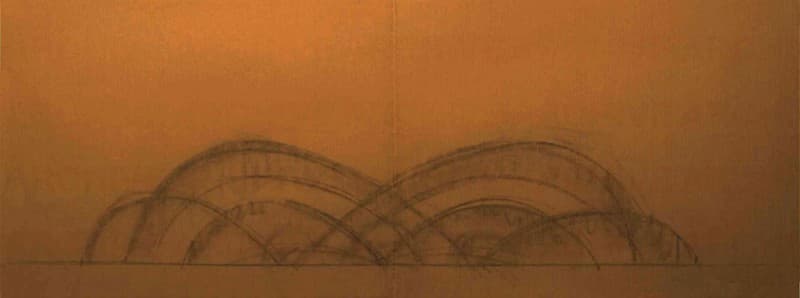
Esposizione Universale di Roma 1942 Studio per fontana luminosa
O0002276
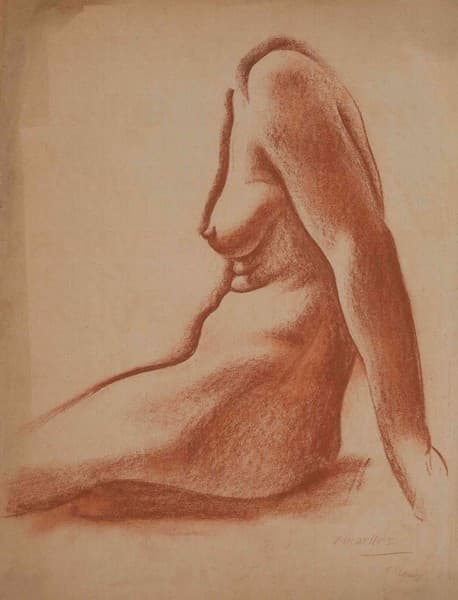
Nudo femminile seduto
O0002098
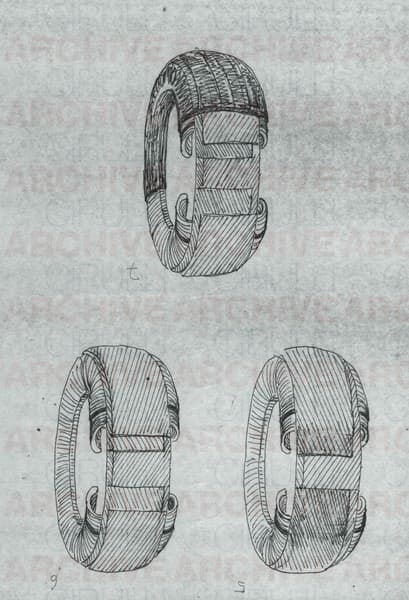
Disegno per progetto tecnico industriale
O0004914
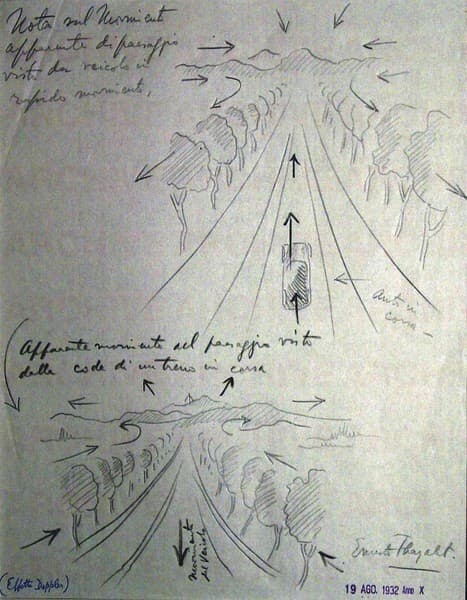
Effetto Doppler
O0001322

Alberto
O0000472
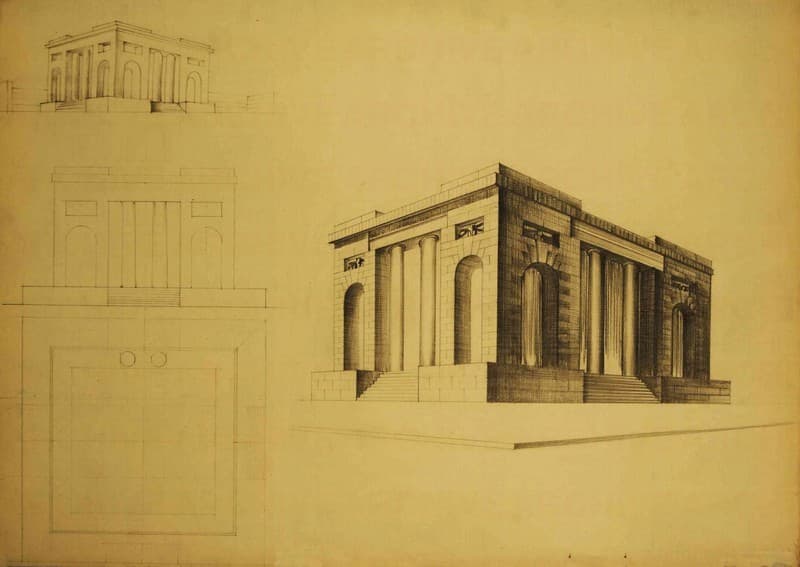
Esposizione Universale di Roma 1942 Studio per architettura
O0002231
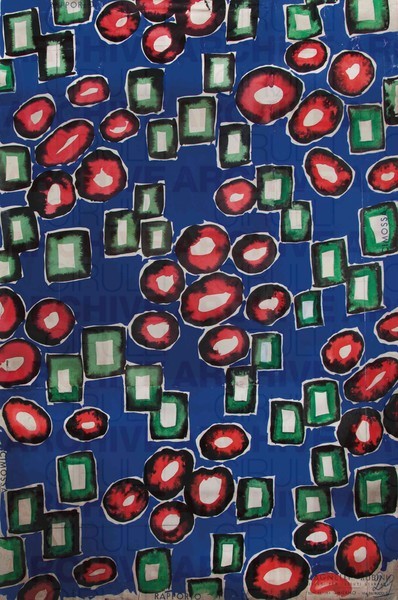
“Rubini e Smeraldi” Progetto grafico di tessuto per la X Triennale di Milano
O0004435
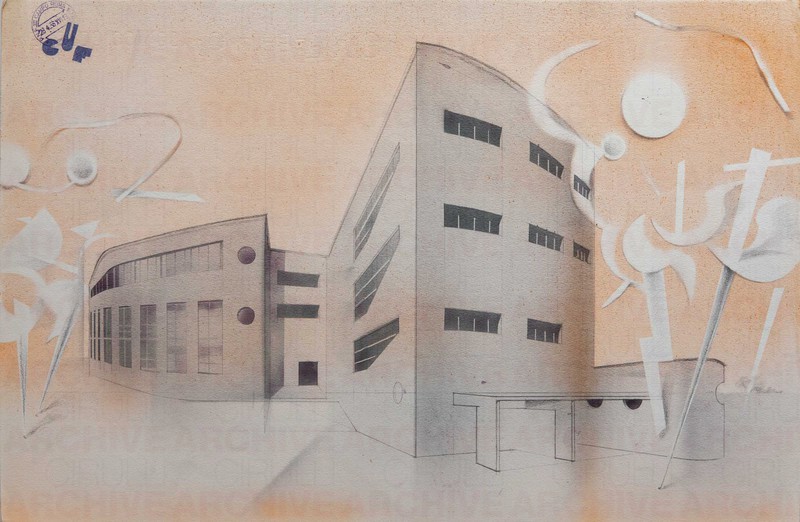
GUF (Gioventù Universitaria Fascista)
Università La Sapienza Roma
O0009788
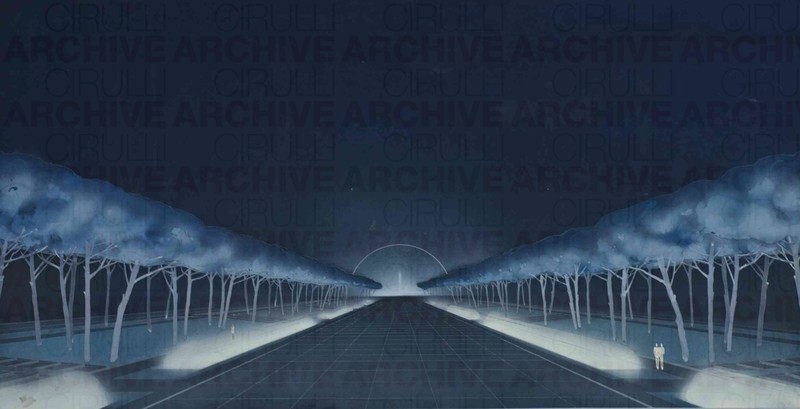
Esposizione Universale di Roma 1942 Studio per illuminazione del Viale Imperiale Luce indiretta
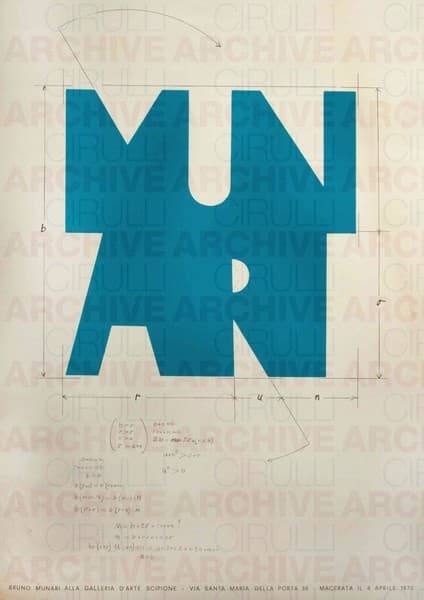
Bruno Munari alla Galleria D’Arte Scipione, Macerata
O0004355
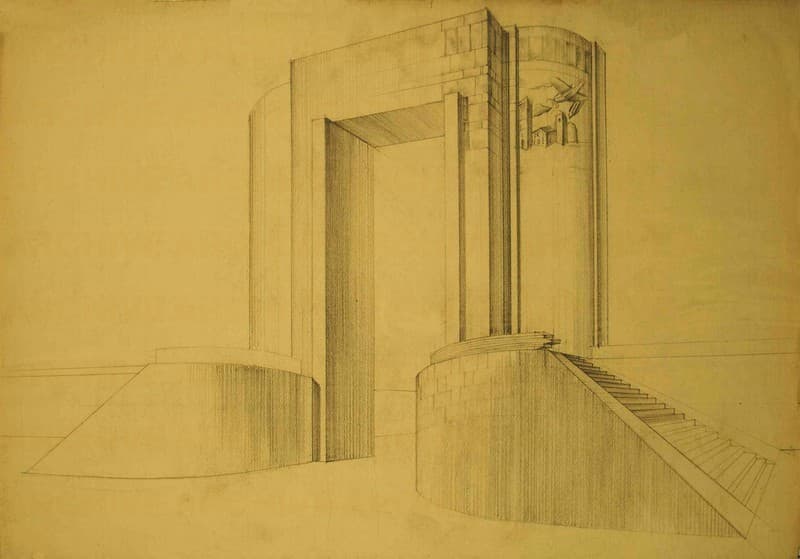
Esposizione Universale di Roma 1942 Studio per architettura
O0002203
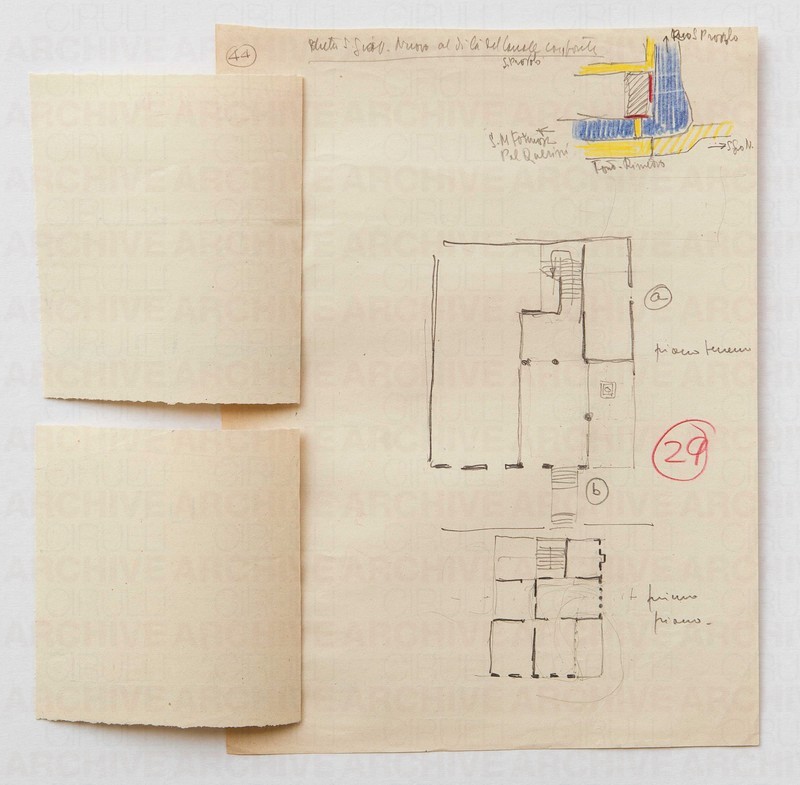
Bozzetto progettuale per la ricognizione dei palazzi a Venezia.
O0008546
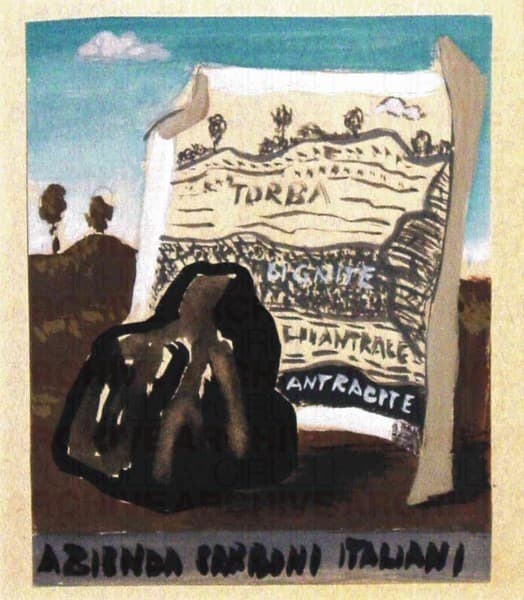
Azienda Carboni Italiani
O0000612
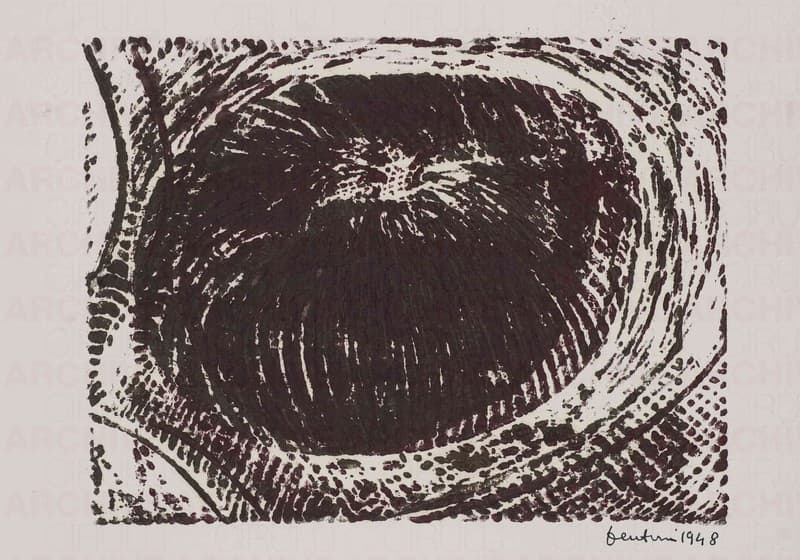
Monotipo
O0001401
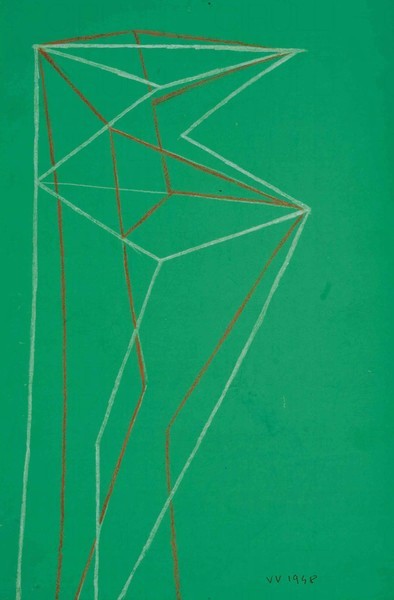
Untitled
O0002453

Colorgraf. Smalto Sintetico Industriale
O0003742

Odero Terni Orlando
O0000619
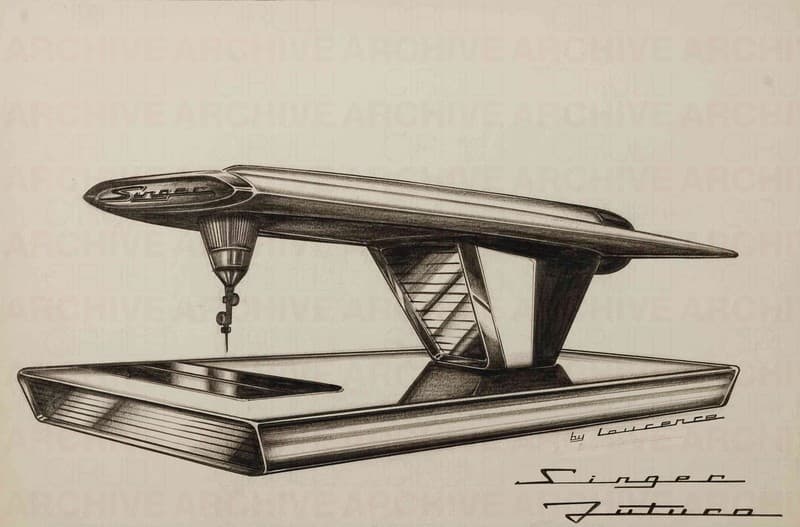
Singer Futura
O0001754
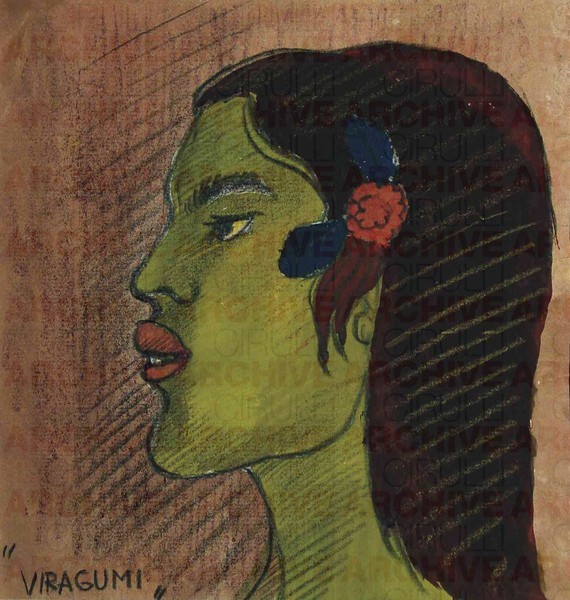
Viragumi
O0004563
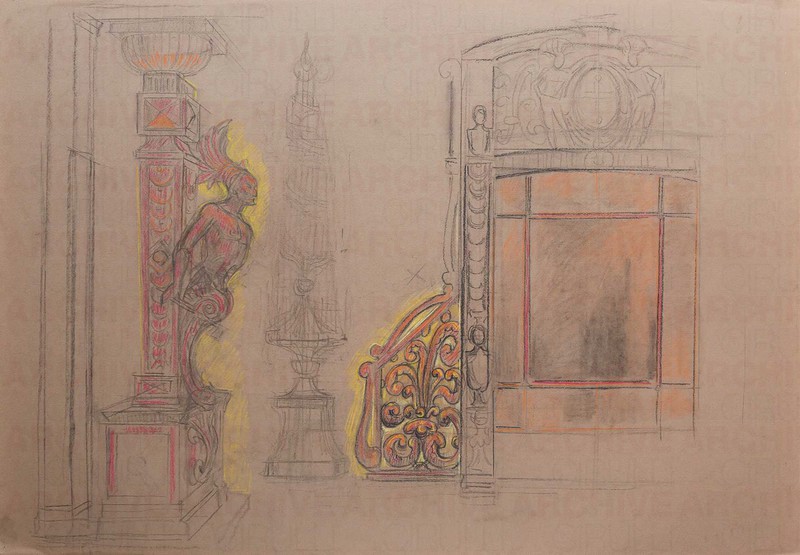
Scenografia cinematografica
O0008064

Scalone e vetrata
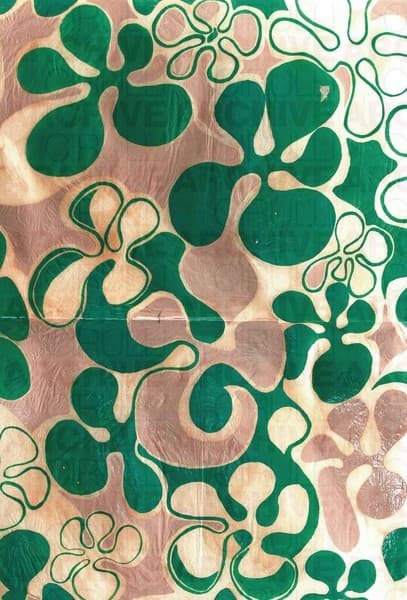
Progetto grafico di tessuto per Triennale
O0004517
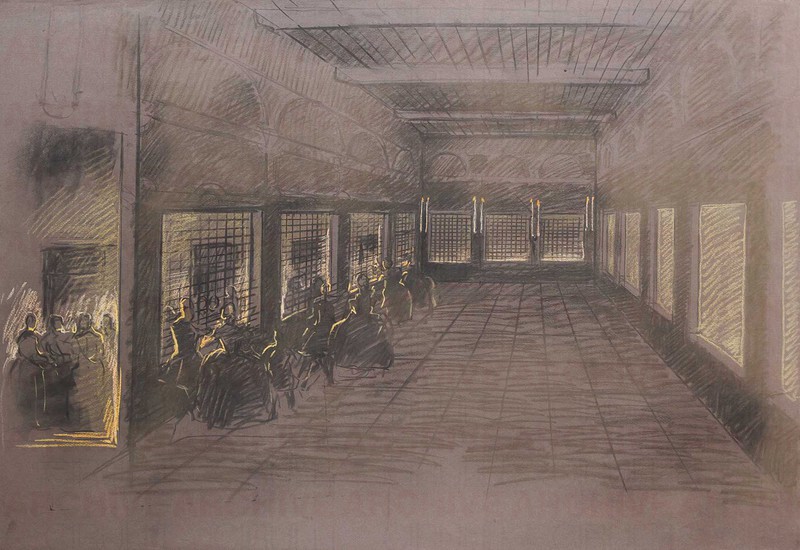
Scenografia cinematografica
O0008082
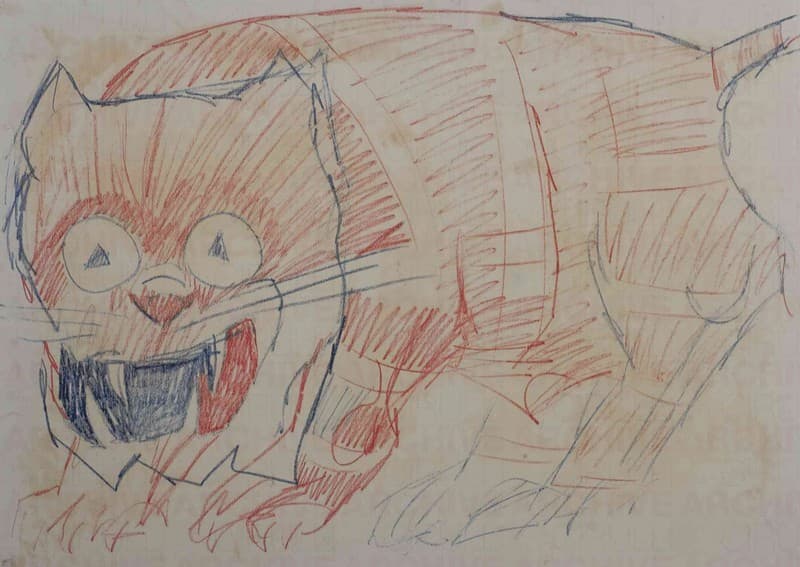
Gatto
O0001382
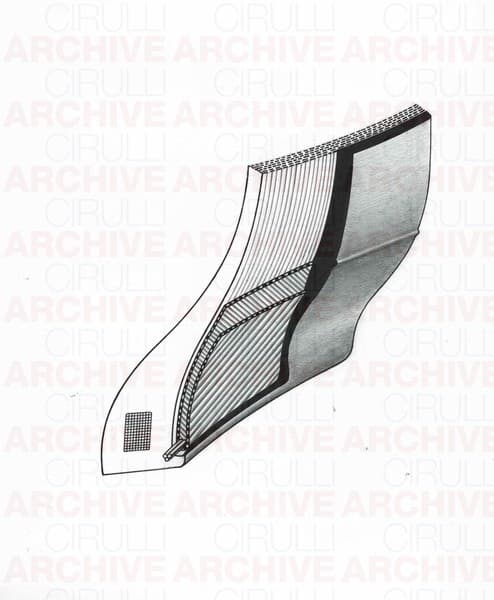
Sezione di pneumatico
O0004865
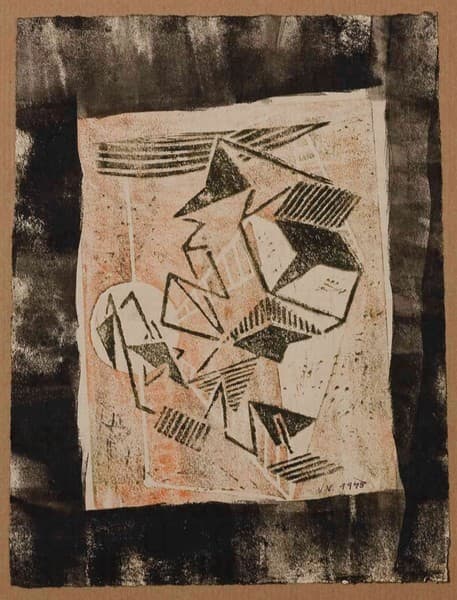
Monotipo
O0001432

Monotipo
O0001421

Esposizione Universale di Roma 1942 Studio per architettura
O0002221
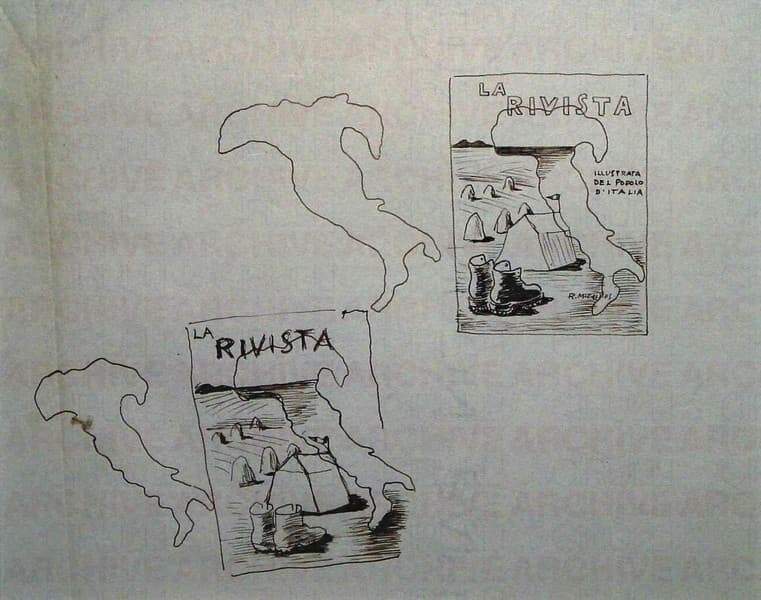
Studio per copertina de “La Rivista Illustrata del Popolo d’Italia”
O0000608
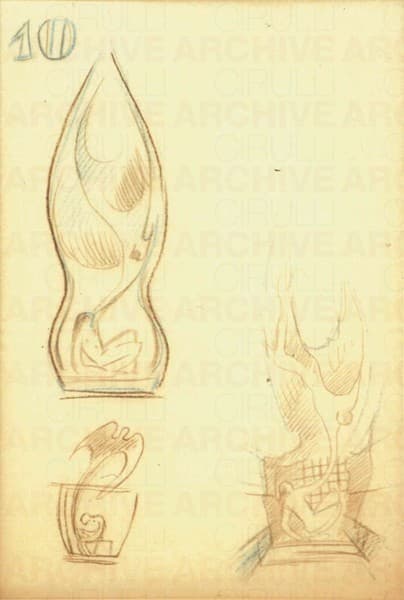
Studio per Prigioniero Politico Ignoto
O0000484
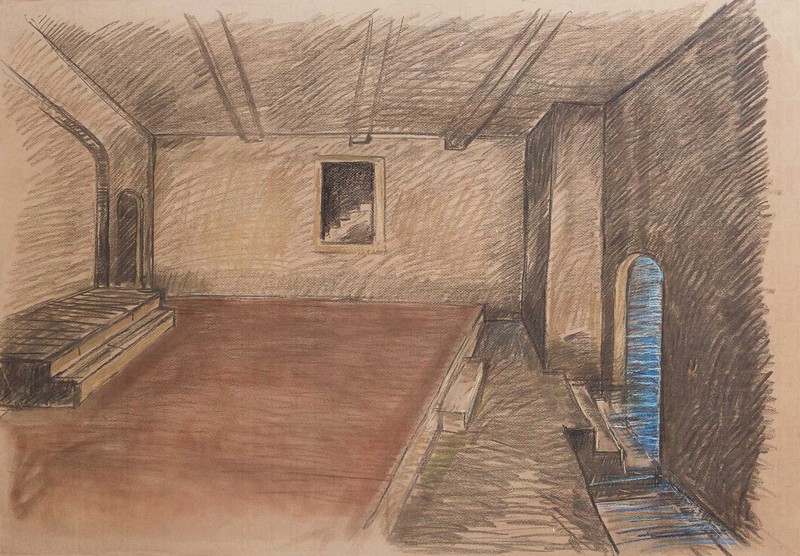
Scenografia cinematografica
O0008123
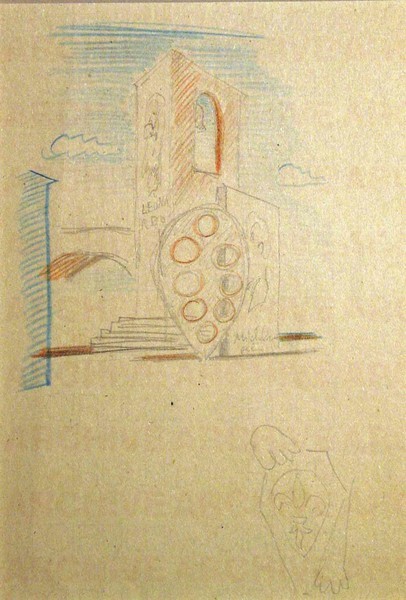
Leonardo
O0000572

Woman in the Waves
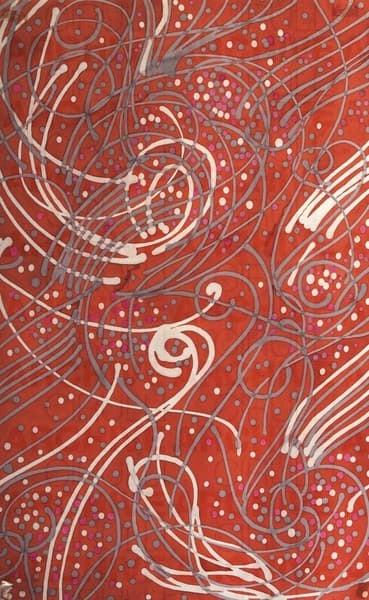
Progetto grafico di tessuto per Triennale di Milano
O0004480
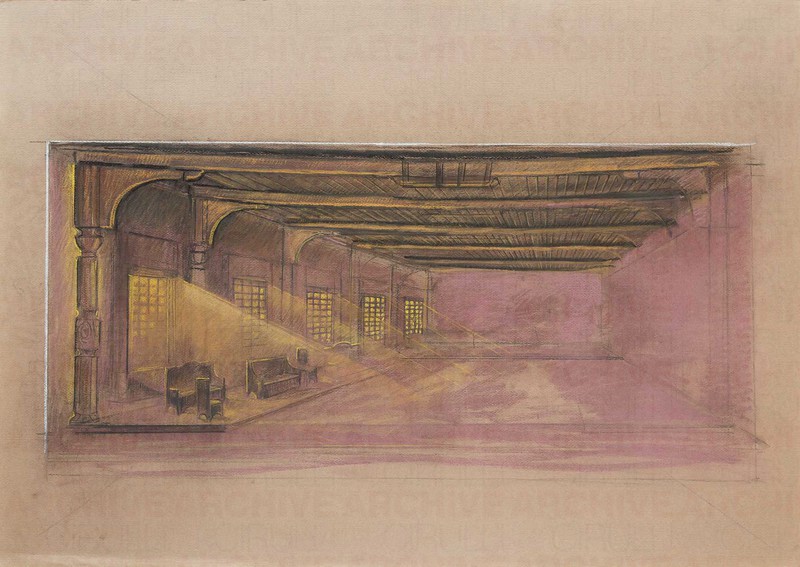
Scenografia cinematografica
O0008052

Esposizione Universale di Roma 1942 Studio per architettura
O0002173
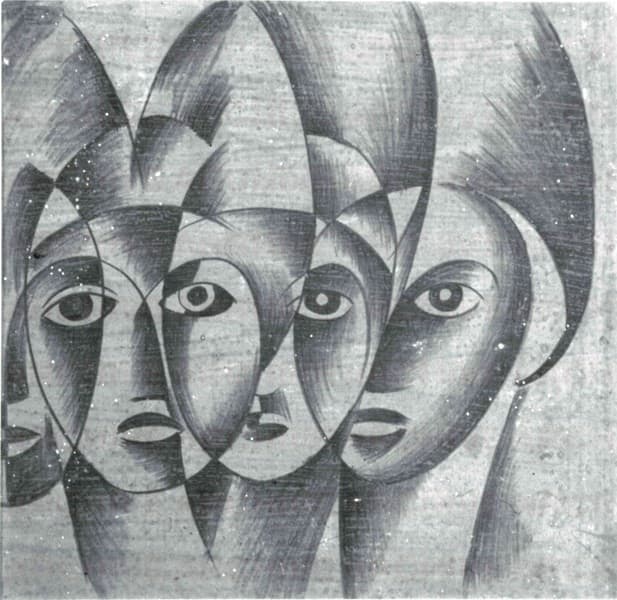
Compenetrazione
O0000680

Scenografia cinematografica
O0008062
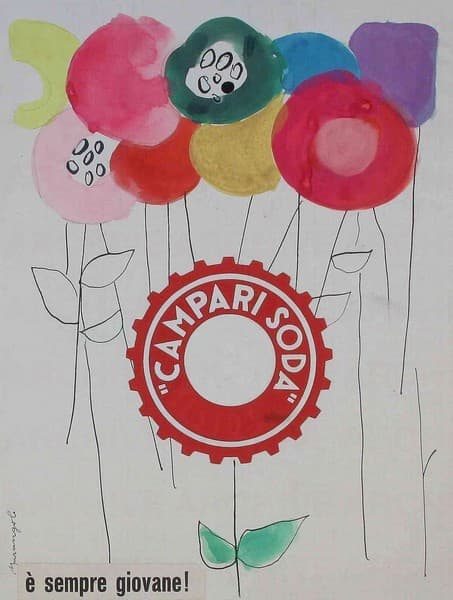
Studio per pubblicità “Campari Soda”
E’ sempre giovane!
O0003125
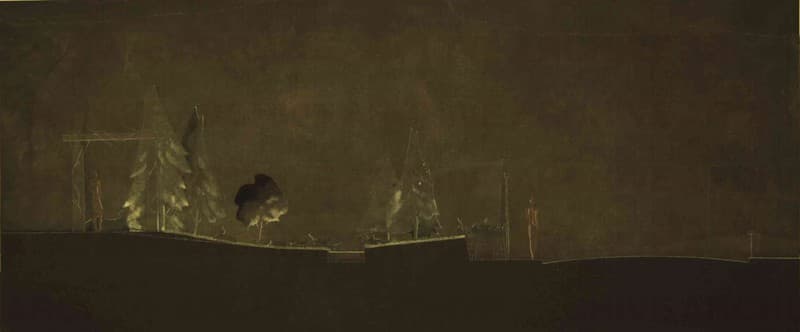
Esposizione Universale di Roma 1942 Studio per illuminazione
O0002294

F. N.C.V. Federazione Nazionale dei Consorzi per la Viticoltura Pianta e prospetto Padiglione “Vini Italiani”
O0005335
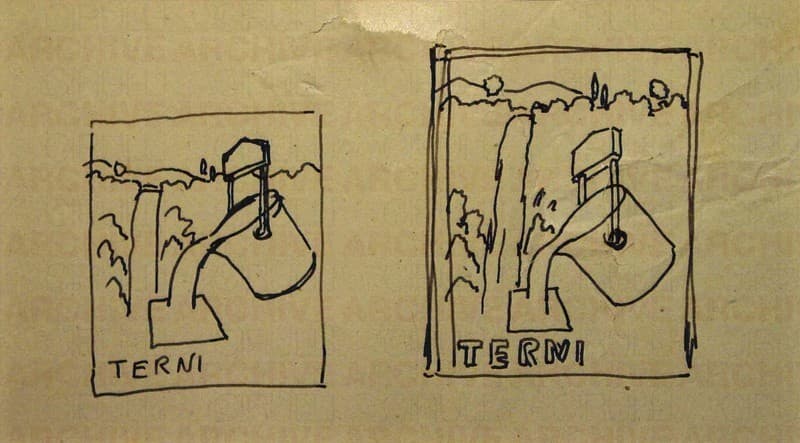
Terni
O0000617
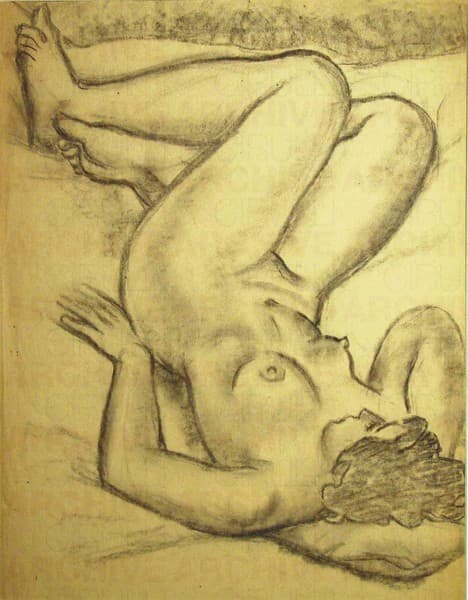
Nudo femminile
O0000601
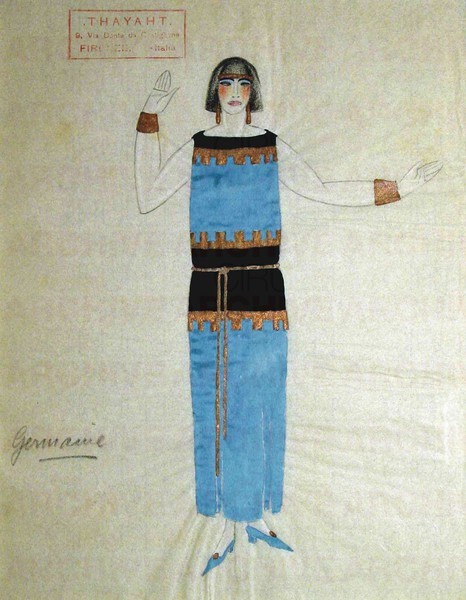
Costume teatrale per l’opera lirica “Germania” di Alberto Franchetti
O0000710
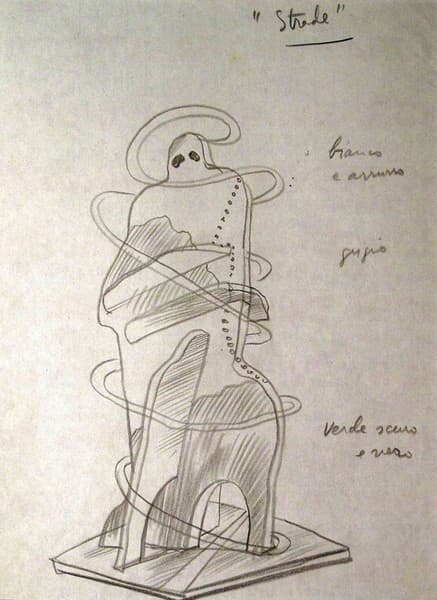
Strade
O0001423

(Studio di simboli)
O0000550
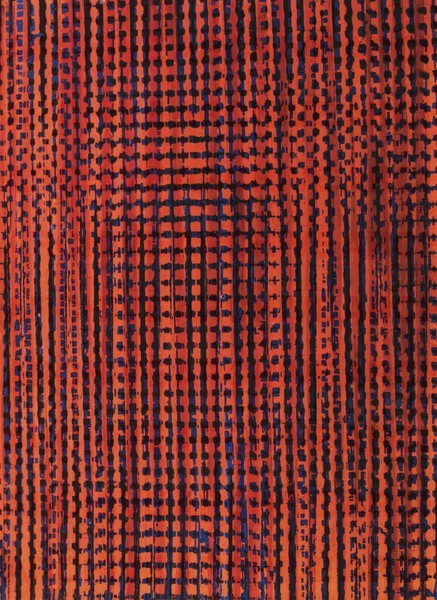
Progetto grafico di tessuto per la XI Triennale di Milano
O0004524

Monotipo
O0001409
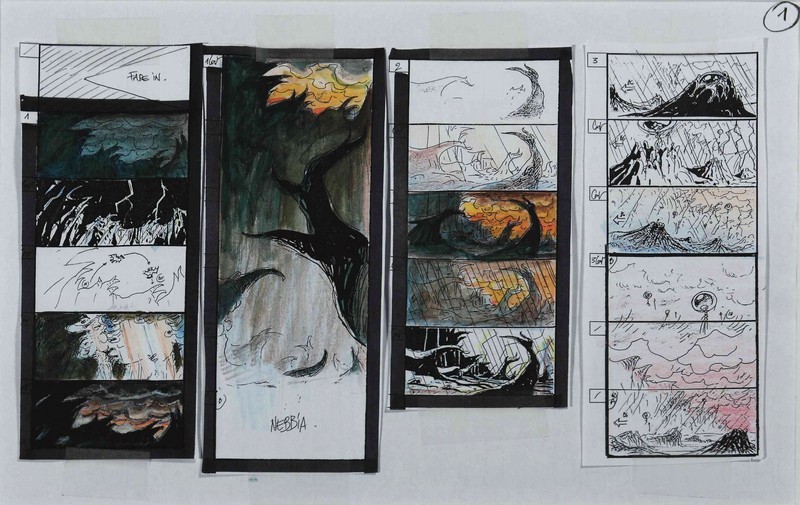
Mammut
O0003927
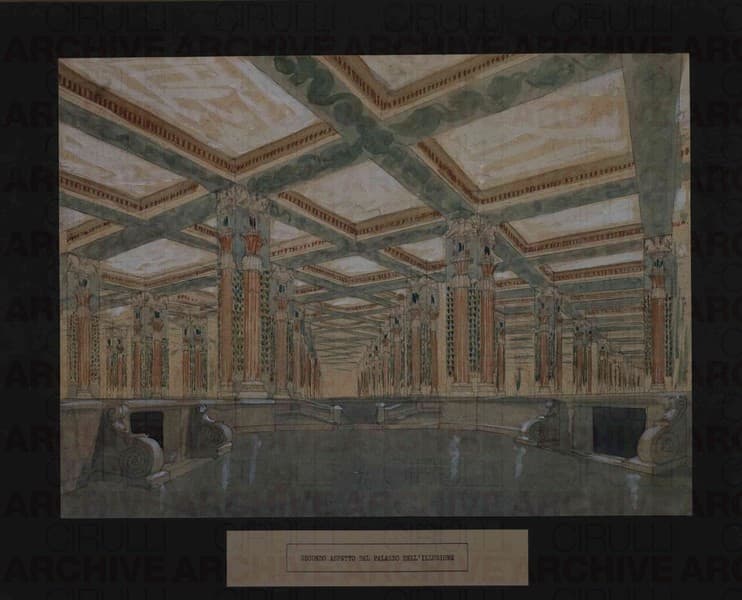
Esposizione Universale di Roma 1942 Secondo aspetto del Palazzo dell’Illusione
O0001194

Scenografia cinematografica
O0008119
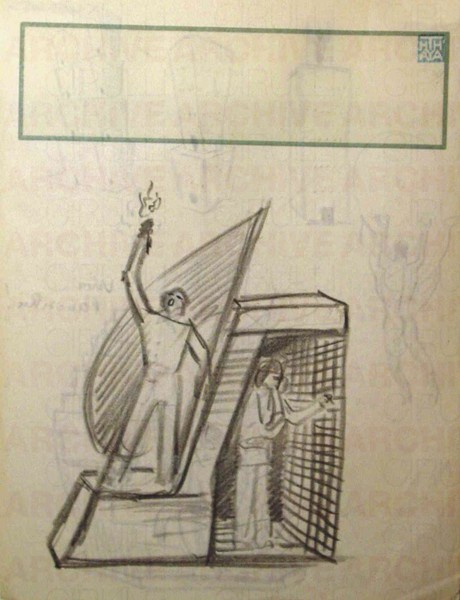
Studio per Prigioniero Politico Ignoto
O0000554
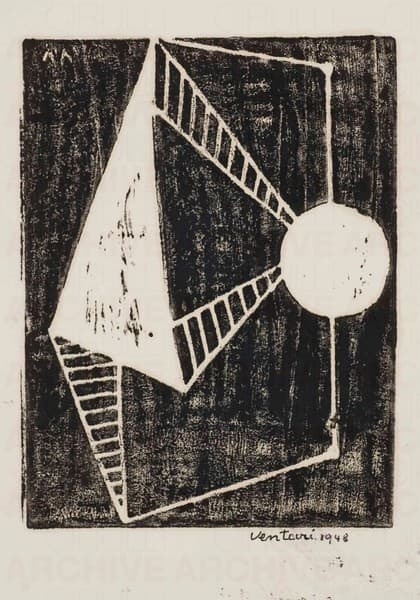
Monotipo
O0001404
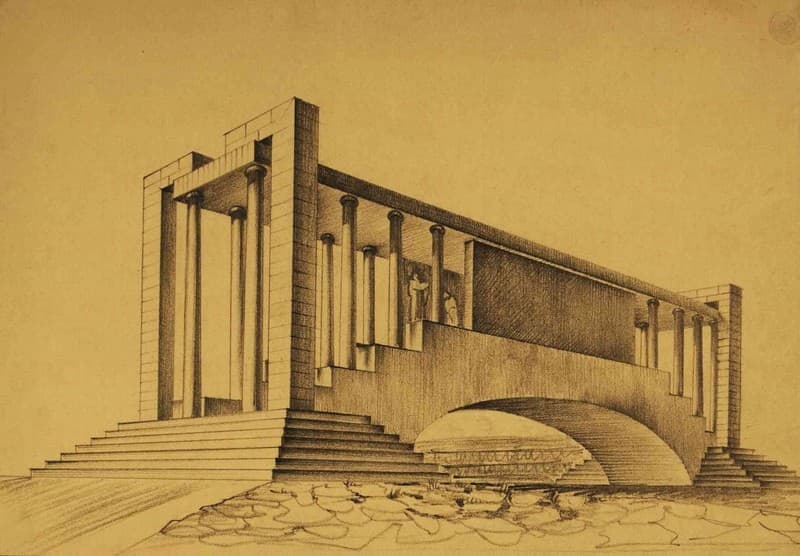
Esposizione Universale di Roma 1942 Studio per architettura
O0002227
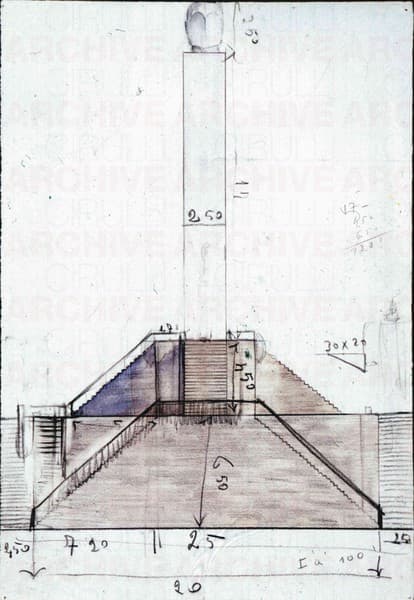
Study for column at Foro Mussolini
O0000732
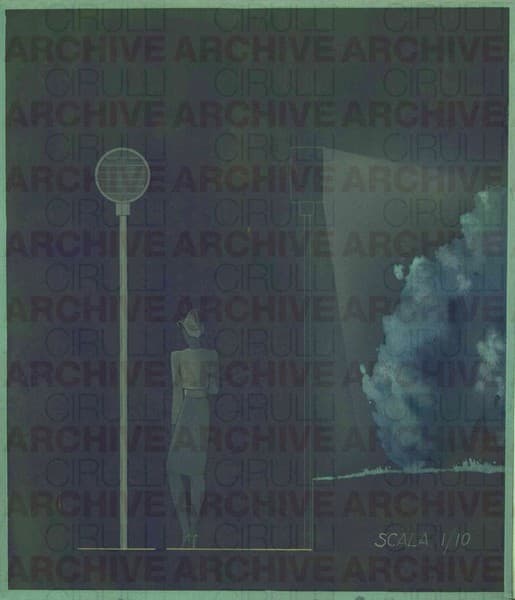
Esposizione Universale di Roma 1942 Studio per illuminazione
O0001208
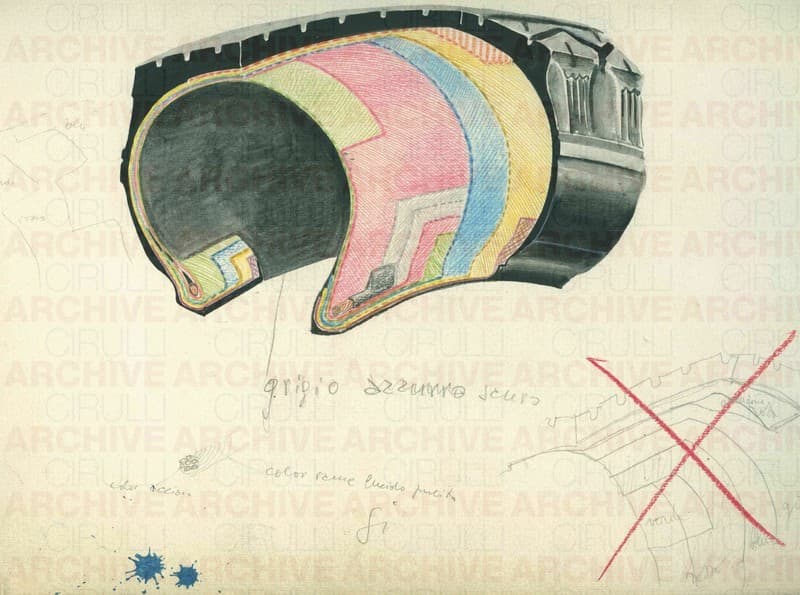
Disegno per progetto tecnico industriale. Sezione di pneumatico
O0004918
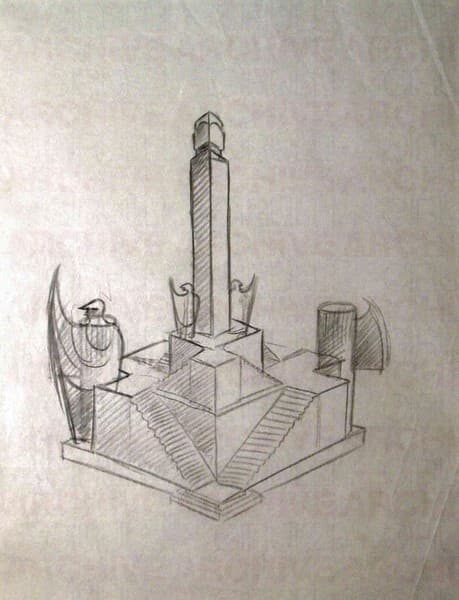
Studio per la colonna Mussolini al Foro Mussolini
O0000731
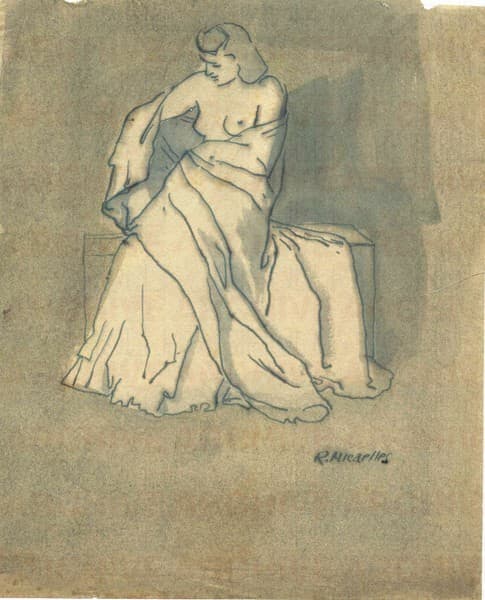
Figura femminile seduta drappeggiata
O0000656

Studio per logo della
Prima Triennale d’Oltremare
Napoli maggio 1940
O0009774

Scenografia cinematografica
O0008112
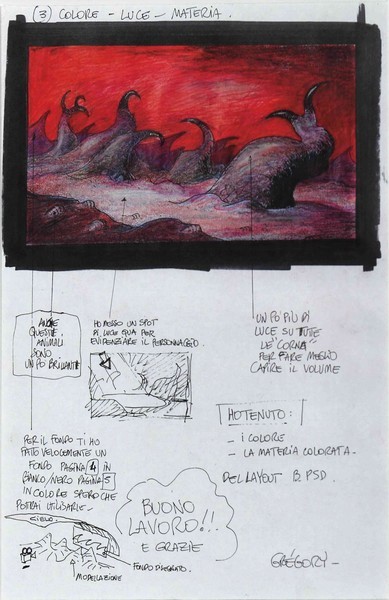
Mammut
O0003928

Progetto grafico per tessuto
O0003726

Studio per copertina de “La Rivista Illustrata del Popolo d’Italia”
O0000607
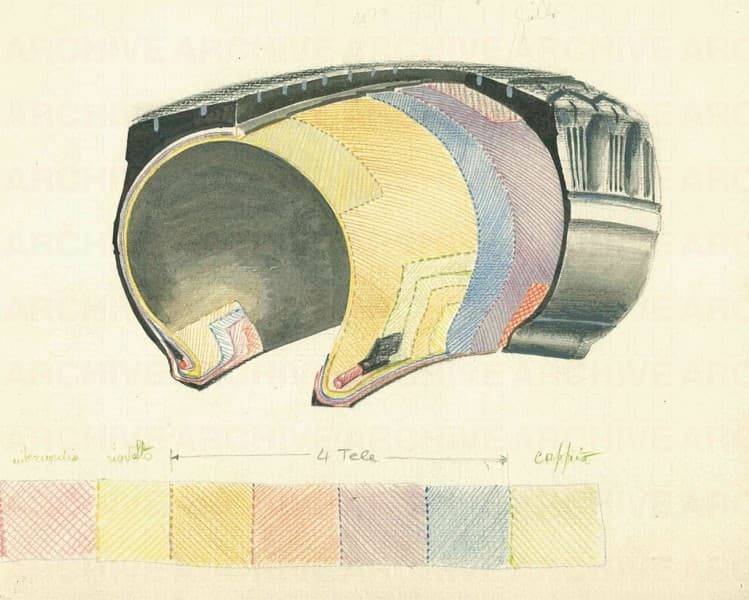
Disegno per progetto tecnico industriale. Sezione di pneumatico
O0004919

Littoriali dell’Arte - interno cappella votiva ai caduti fascisti
O0002177

Senza titolo - illustrazione per la rivista “Il Modo”
O0007311
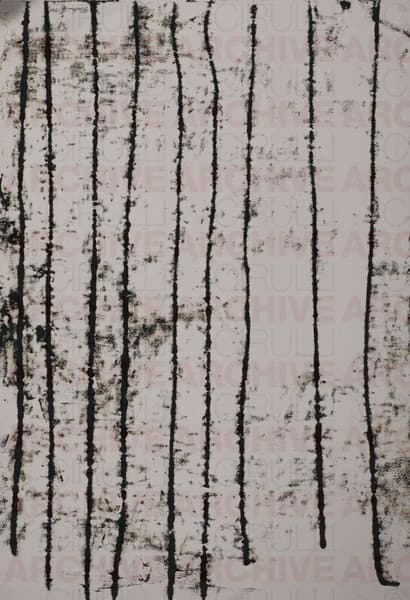
Monotipo
O0001383
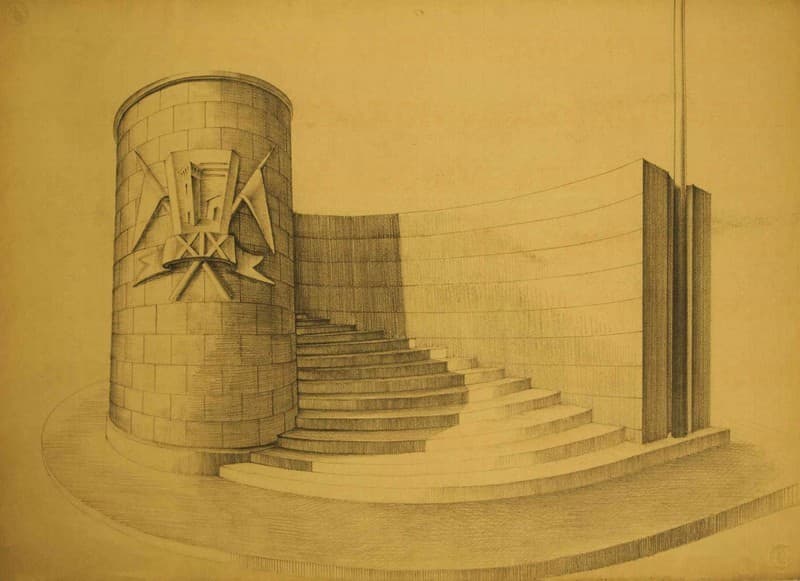
Esposizione Universale di Roma 1942 Studio per architettura
O0002219

Studio per concorso nazionale per il progetto dell’Auditorium di Roma
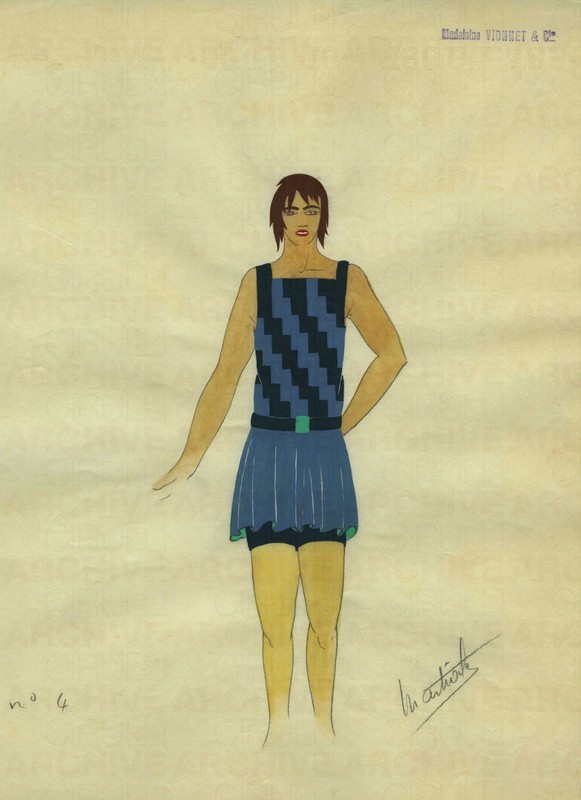
Bozzetto per Maison Vionnet
O0009216
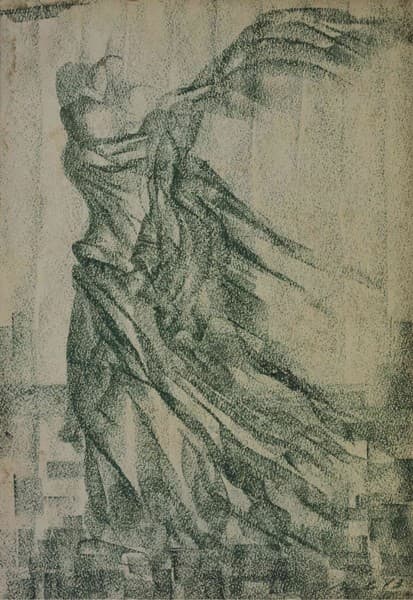
Nike, Vittoria dell’Aria
O0002157
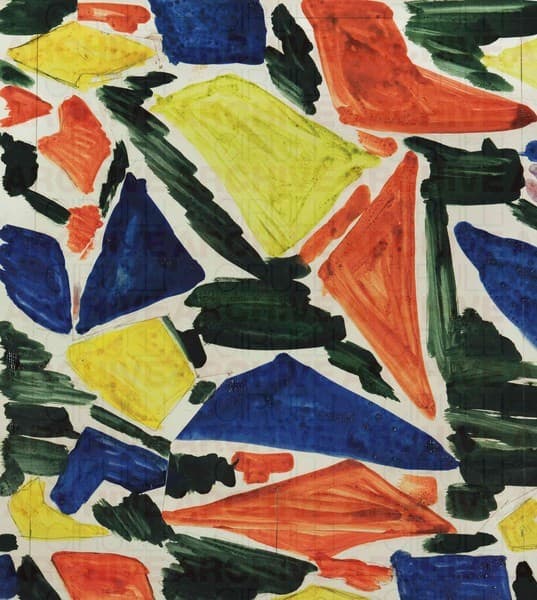
Progetto grafico di tessuto per la XI Triennale di Milano
O0004494
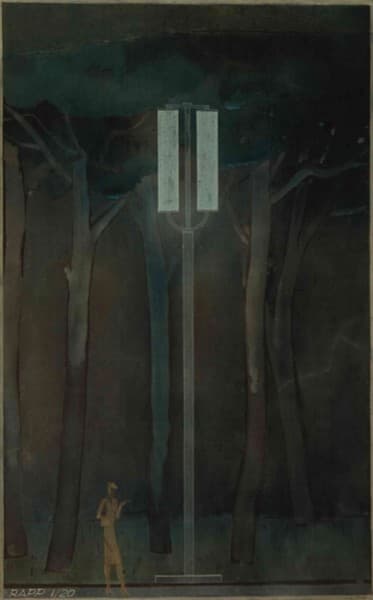
Esposizione Universale di Roma 1942 Studio per illuminazione della via Imperiale
O0002036

Scenografia cinematografica
O0008127
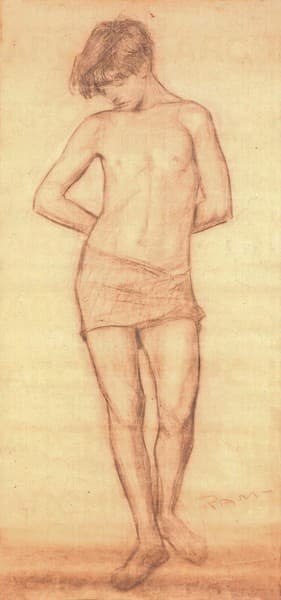
Adolescente
O0000488
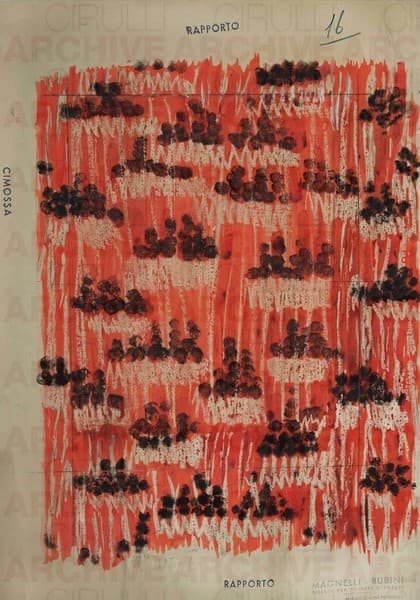
Progetto grafico di tessuto per la XI Triennale di Milano
O0004501

Rosso e Nero
O0002091
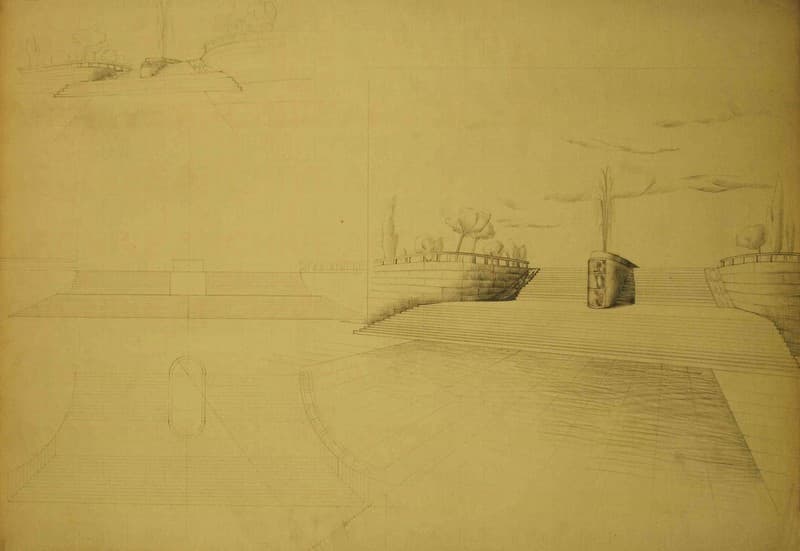
Esposizione Universale di Roma 1942 Studio per architettura
O0002202
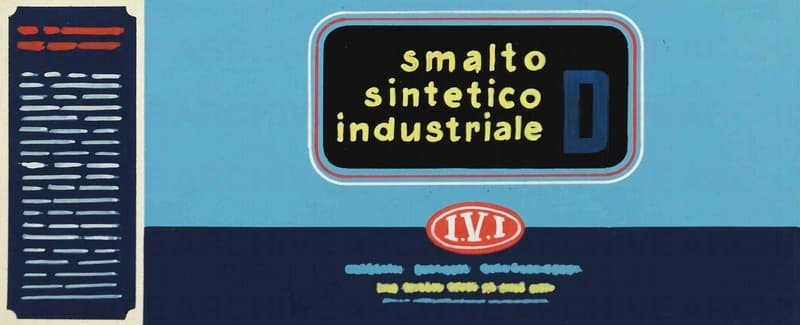
Colorgraf. Smalto Sintetico Industriale
O0003745
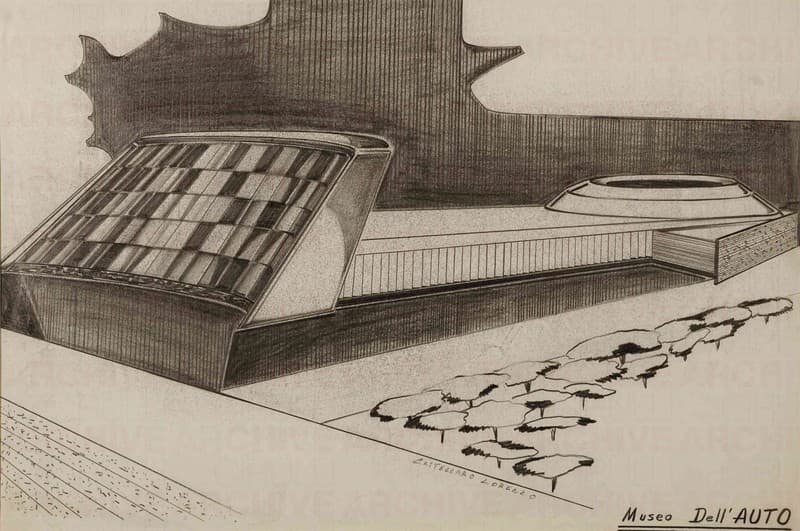
Progetto per “Museo dell’Auto”
O0001753
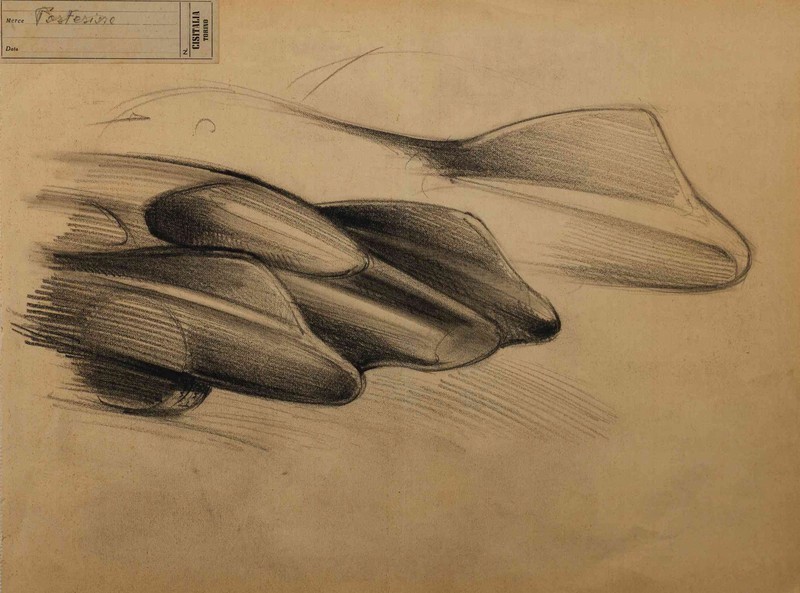
Cisitalia 202 GT
O0003090
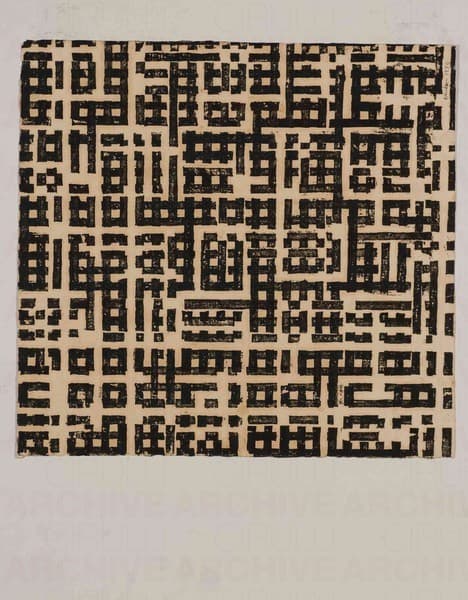
Monotipo
O0001391

Olivetti “Forum”
O0002002
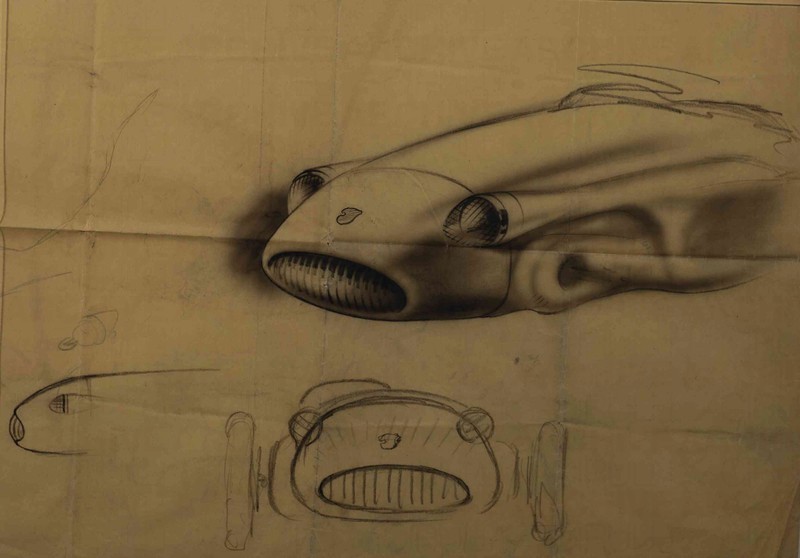
Cisitalia 202 GT
O0003089
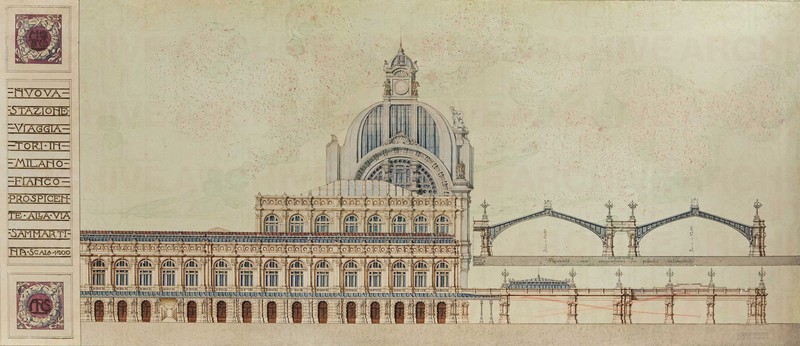
Nuova stazione viaggiatori in Milano
Fianco prospicente alla via Sammartina
O0009595
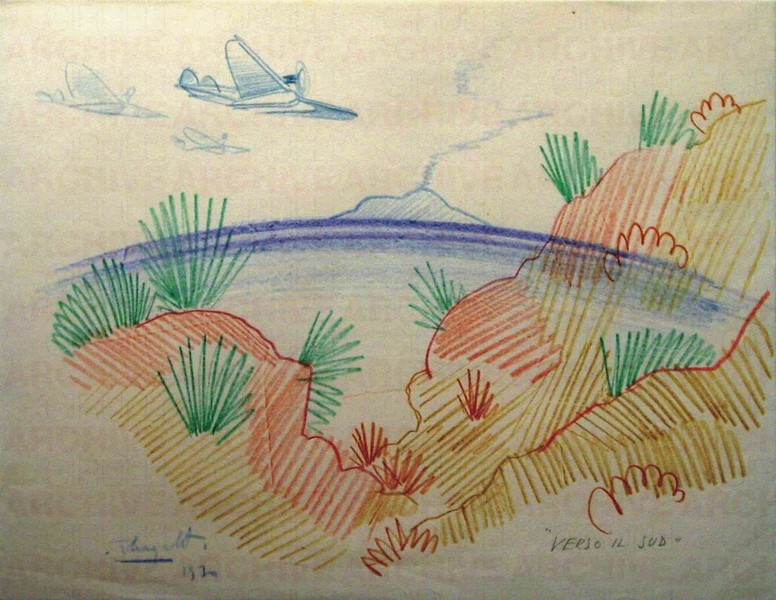
Verso il sud
O0000540
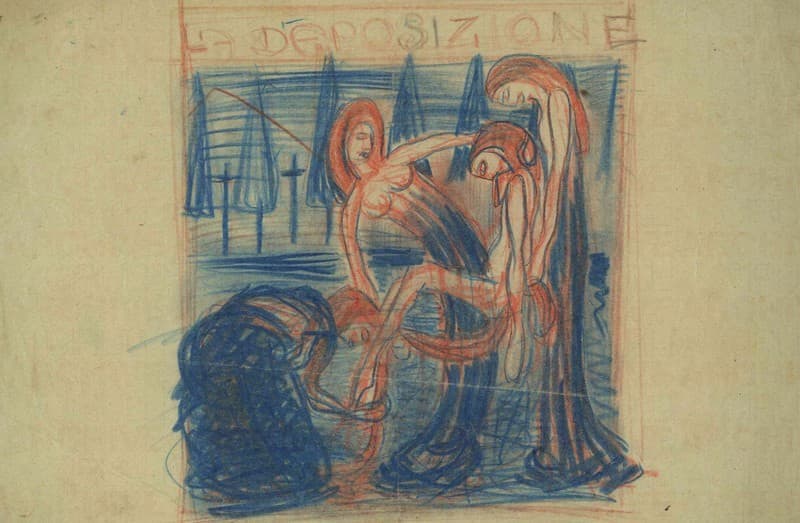
La Deposizione
O0005359
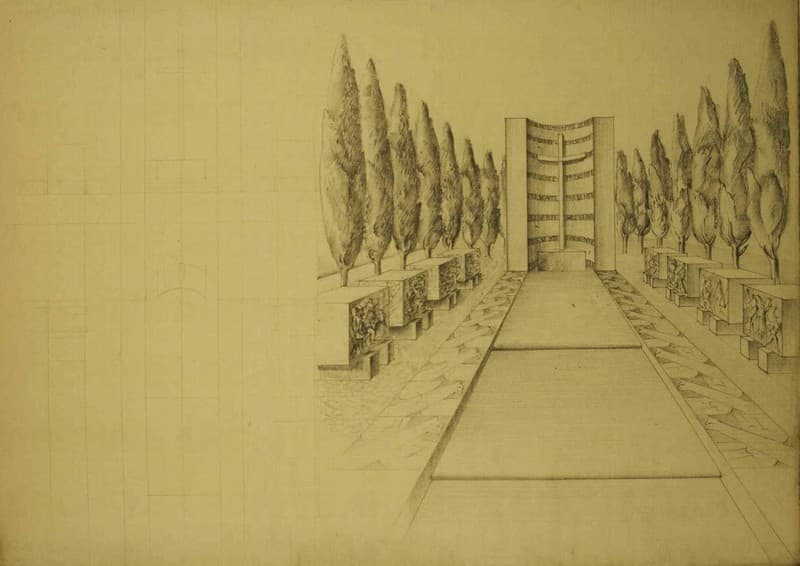
Esposizione Universale di Roma 1942 Studio per architettura
O0002191
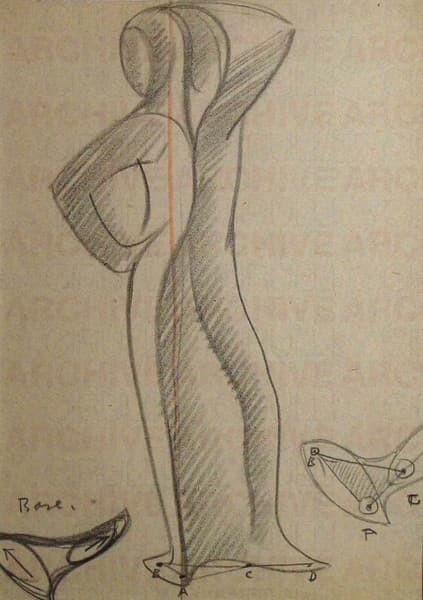
Bagnante o fosco
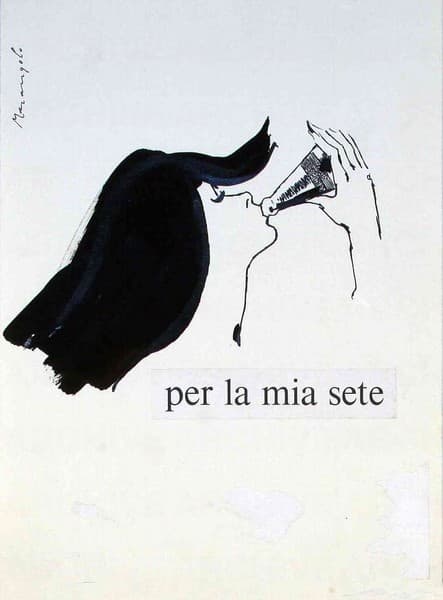
Studio per pubblicità Campari
Campari Soda Per la mia sete
O0003130
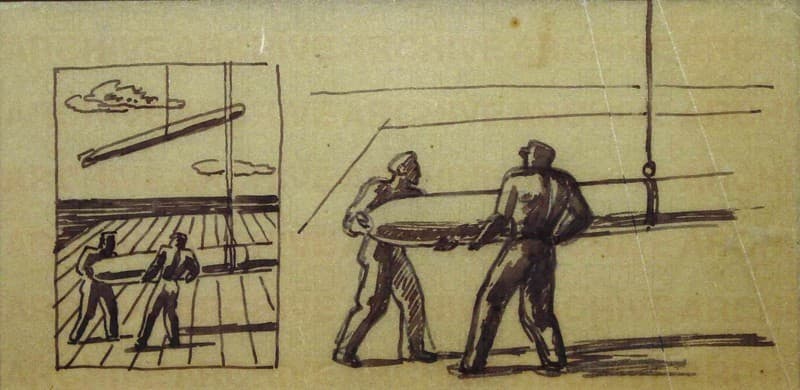
Due bozzetti per illustrazioni pubblicitarie
O0000623

Preparatory study for textiles for the X Triennale di Milano
O0004372
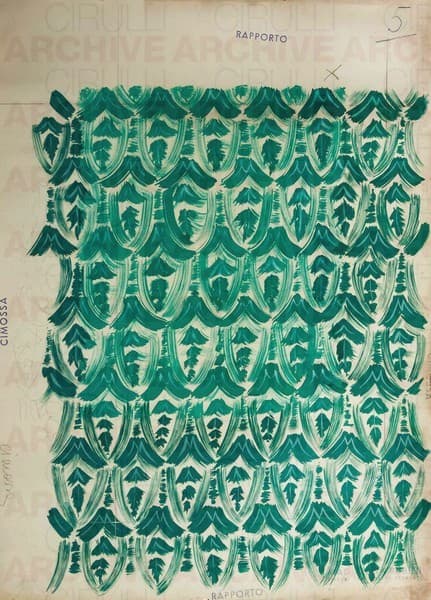
Progetto grafico di tessuto per la XI Triennale di Milano
O0004507

Idea per centrale idroelettrica
O0007509
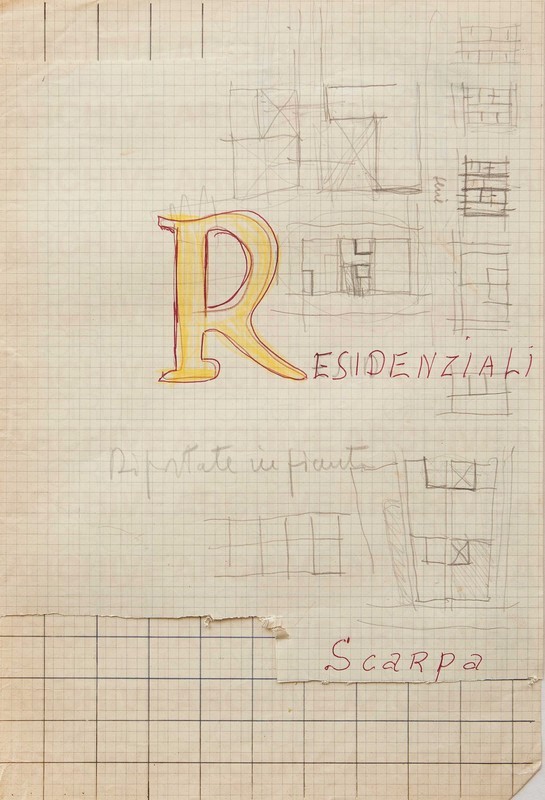
Bozzetto progettuale per la ricognizione dei palazzi a Venezia.
O0008553

Scenografia cinematografica per “Satyricon” di Federico Fellini
O0008631
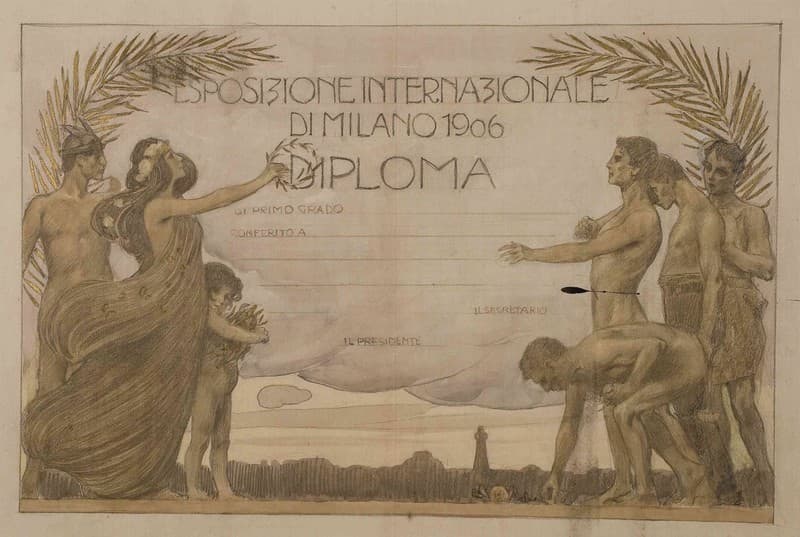
Esposizione Internazionale di Milano
O0001350
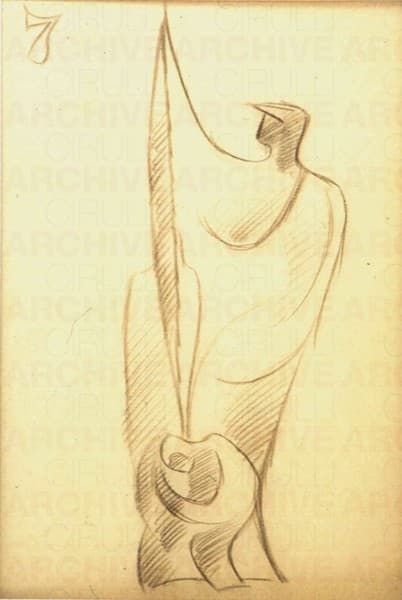
Studio per Prigioniero Politico Ignoto
O0000486

Creazione. Albero della Vita/Conoscenza
O0005355

Studio per lampade
O0002015
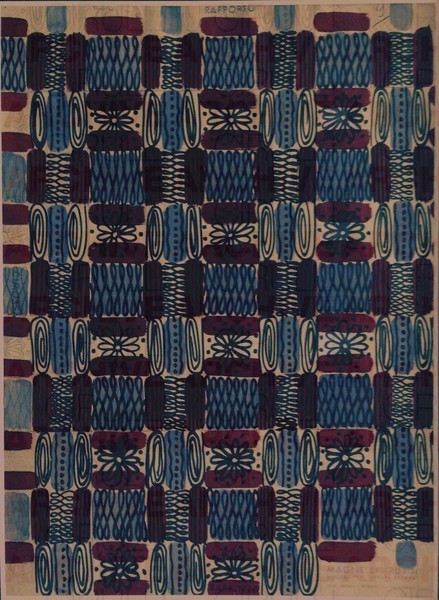
Progetto grafico di tessuto per la Triennale di Milano
O0004758
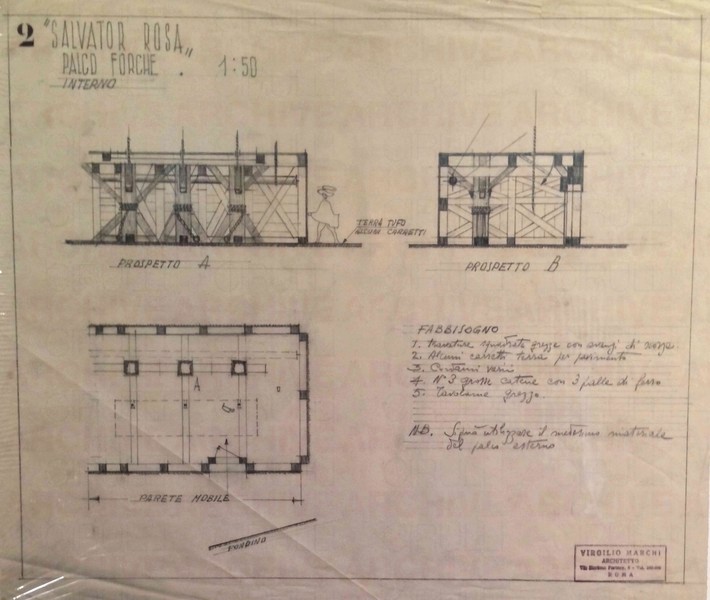
“Un’avventura di Salvator Rosa”. Palco forche. Interno
O0005371
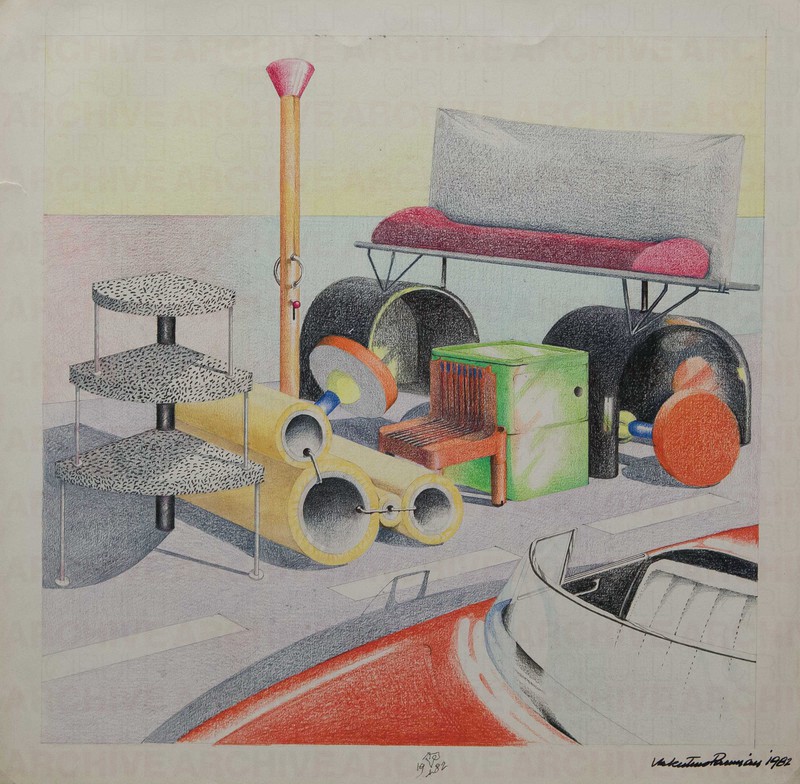
Senza titolo - illustrazione per la rivista “Il Modo”
O0007309
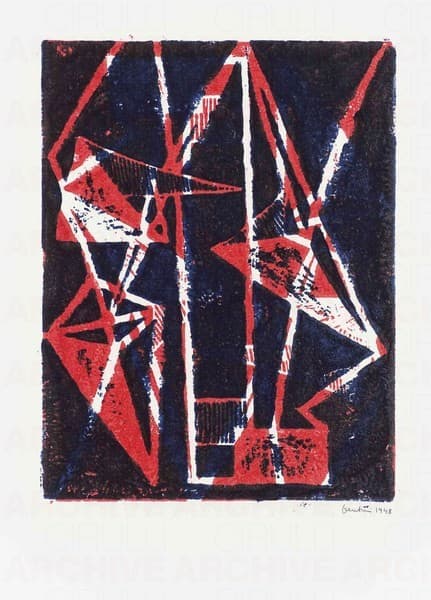
Monotipo
O0001400
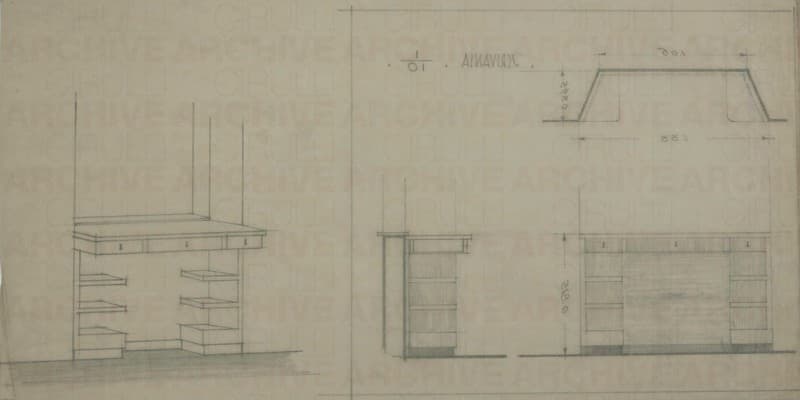
Scrivania
O0005888

Scenografia cinematografica per “Satyricon” di Federico Fellini
O0008614

Senza titolo - illustrazione per la rivista “Il Modo”
O0007313
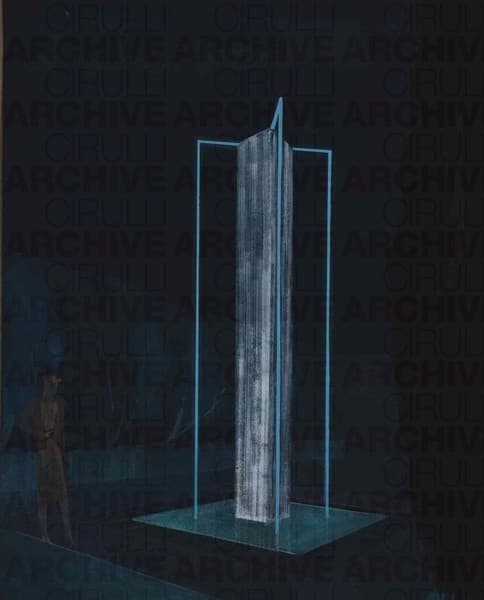
Esposizione Universale di Roma 1942 Studio per illuminazione
O0001207
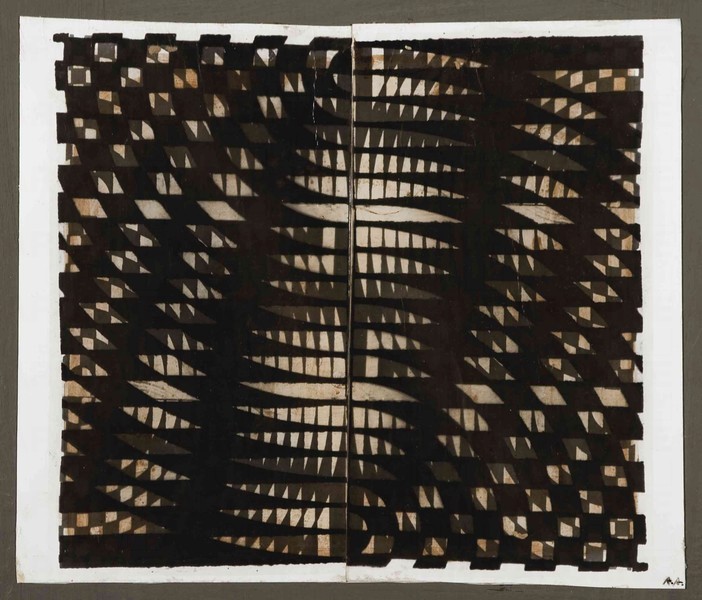
Proiezione II
O0003021
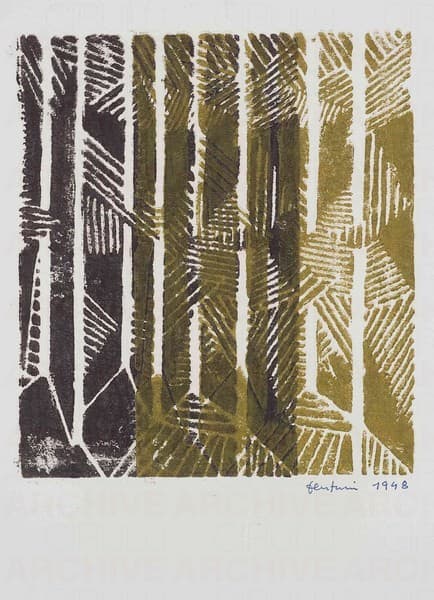
Monotipo
O0001418

Esposizione Universale di Roma 1942 Studio per architettura
O0002193
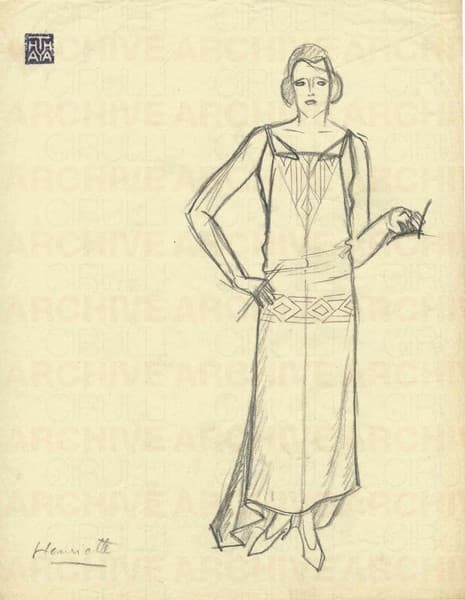
Henriette. Figurino di moda
O0000527
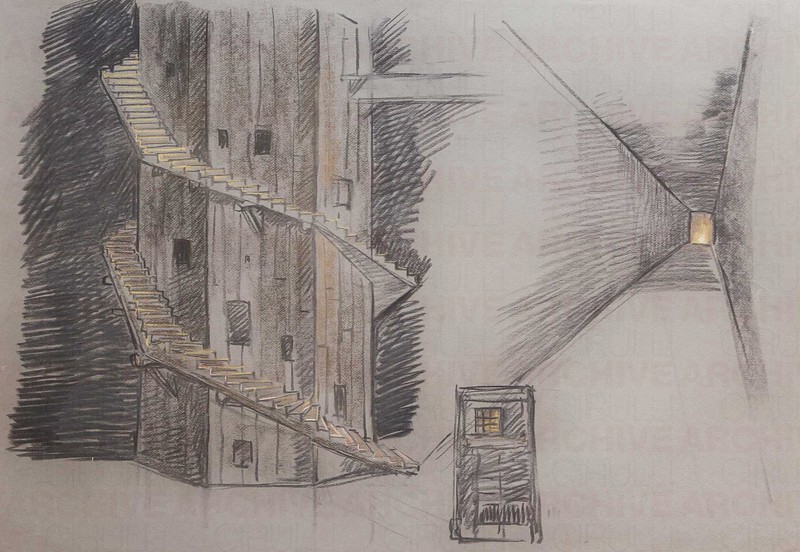
Scenografia cinematografica
O0008122
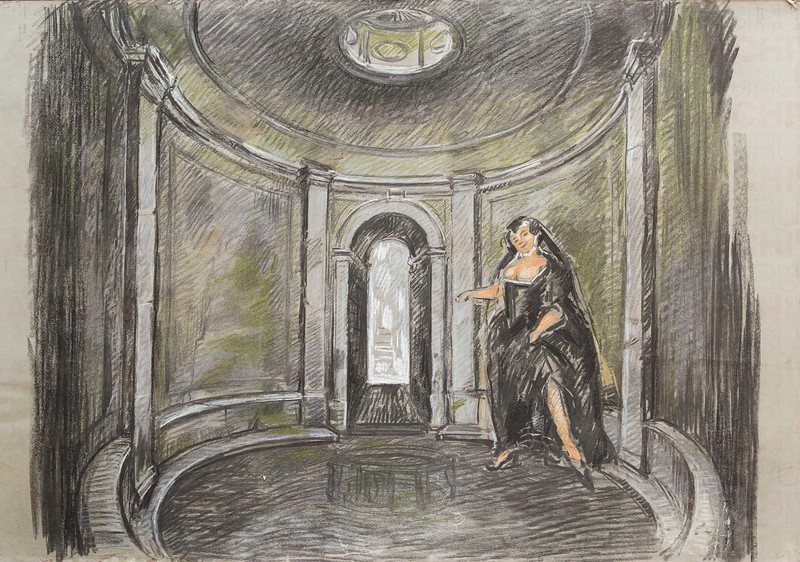
Scenografia cinematografica
O0008101
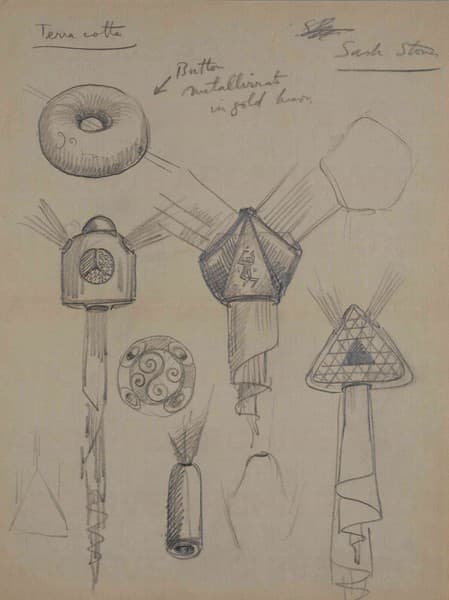
Terra cotta
O0002529

Senza titolo
O0009381
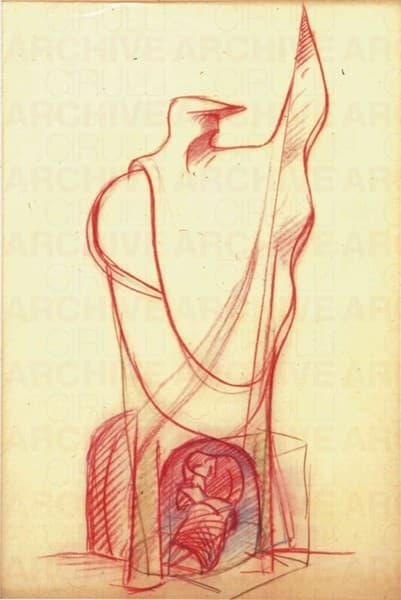
Studio per Prigioniero Politico Ignoto
O0000487

Progetto grafico di tessuto per la X Triennale di Milano

Taglialegna
O0000714
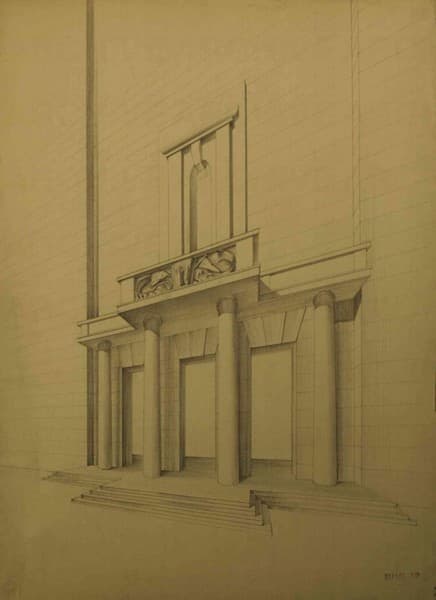
Esposizione Universale di Roma 1942 Studio per architettura
O0002175
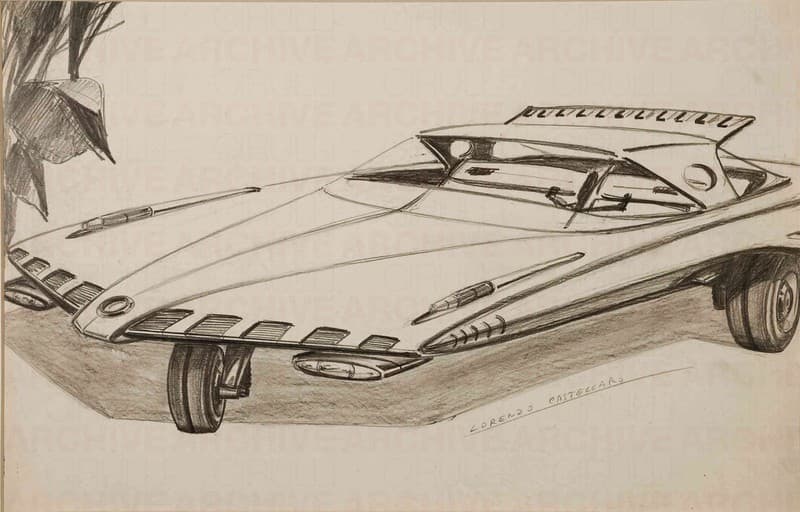
Studio per automobile
O0001755
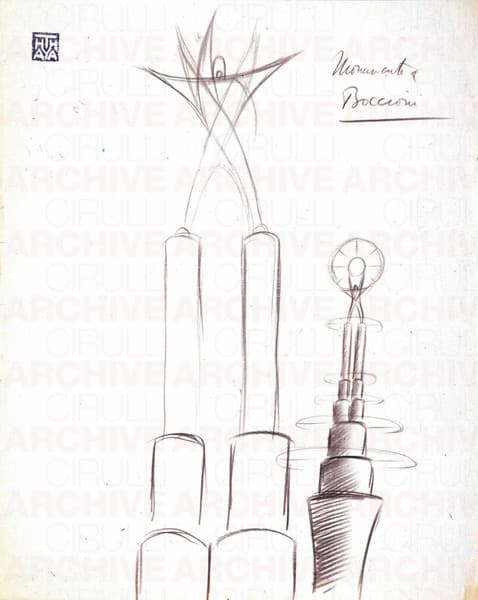
Study for Boccioni memorial
O0001309
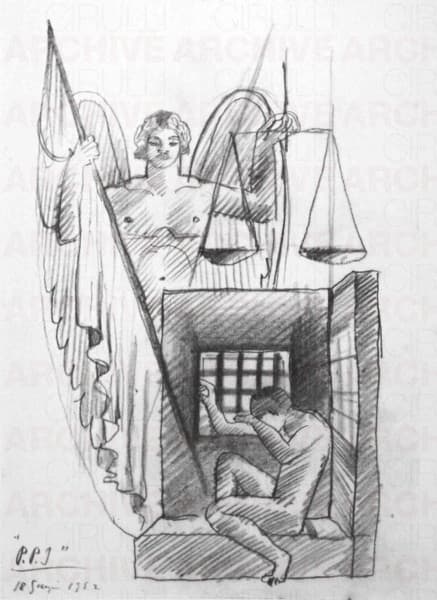
Studio per Prigioniero Politico Ignoto
O0000496

Bozzetto per Maison Vionnet
O0009226

Studio per copertina della rivista “Natura”
O0000568
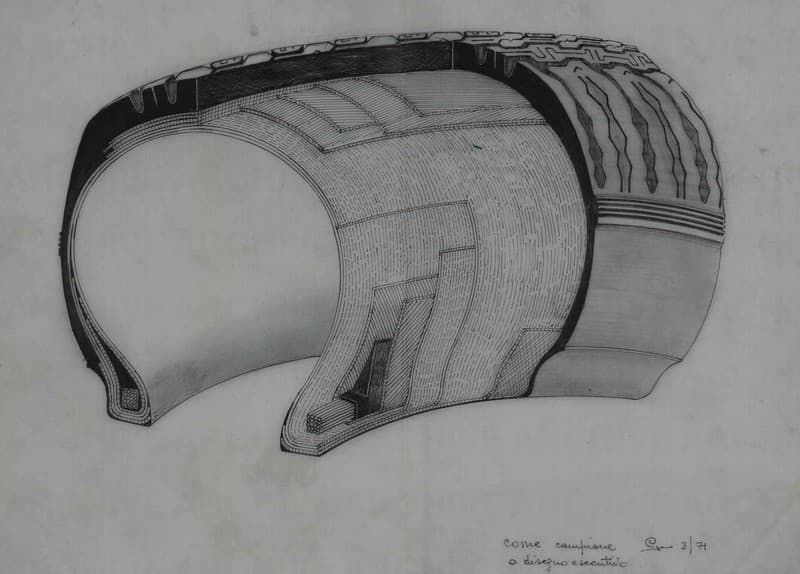
Pirelli. Sezione di pneumatico
O0003494
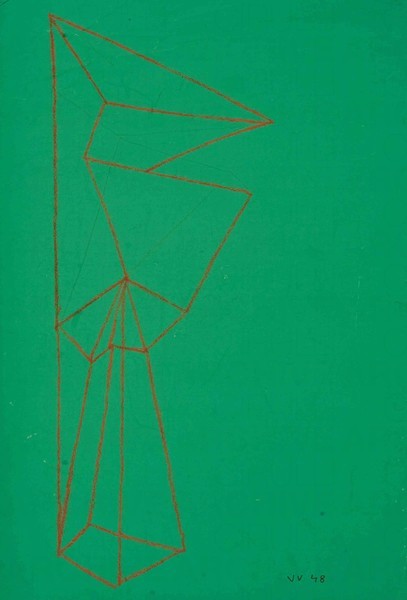
Untitled
O0002452
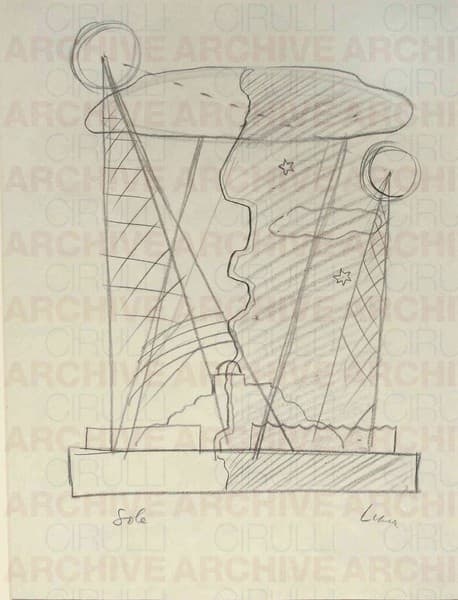
Sole - Luna
O0004567

Cisitalia 202 GT
O0003116
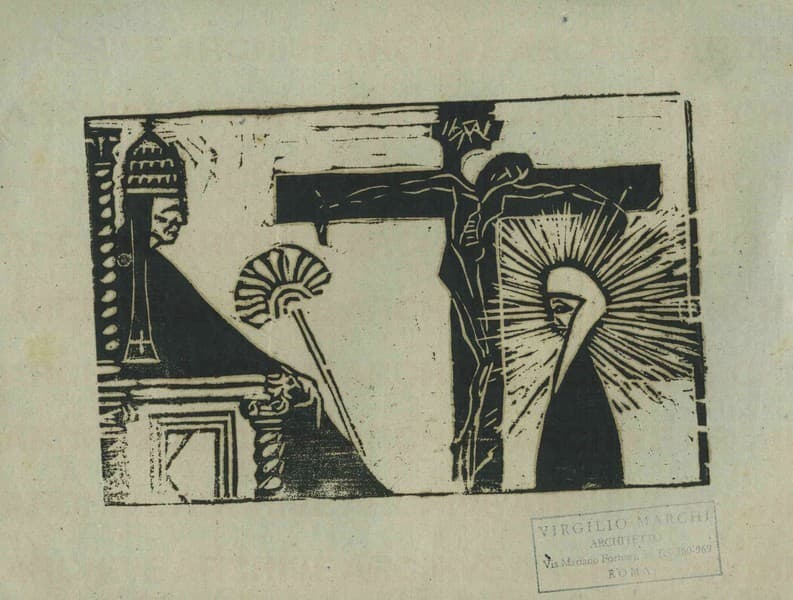
Sonetti di Santa Caterina
O0005345
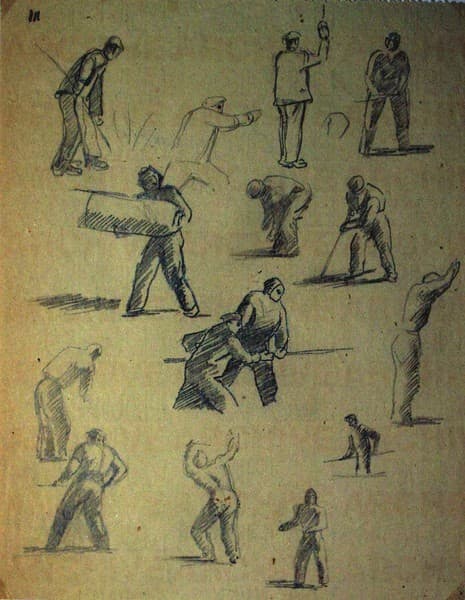
Studio di illustrazione pubblicitaria per industria bellica
O0000625

Palombiglio
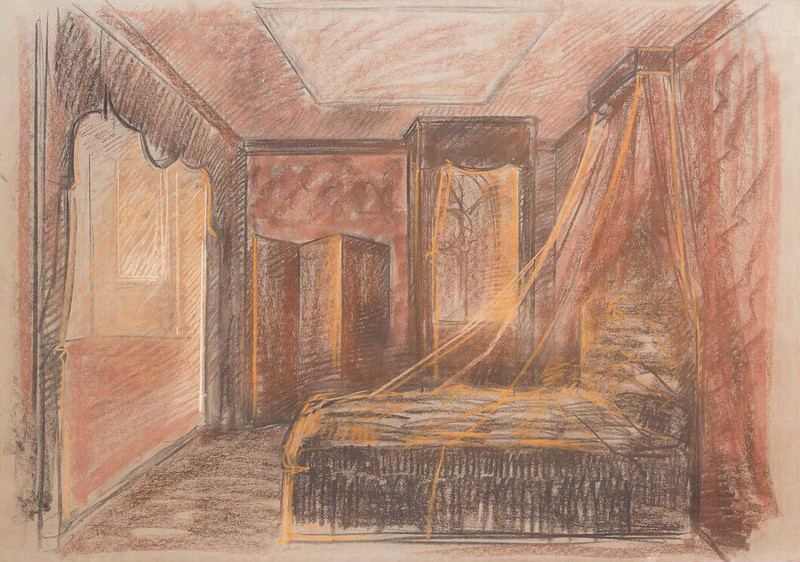
Scenografia cinematografica
O0008080

Scenografia cinematografica
O0008128
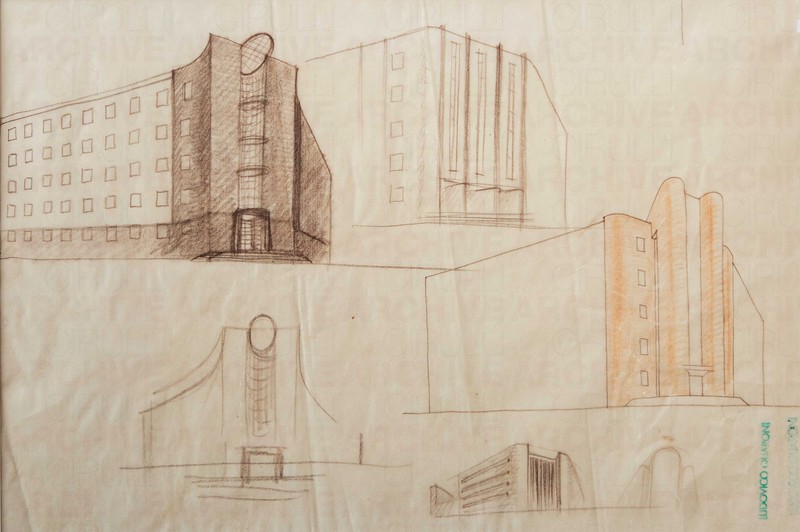
progetti
O0008806
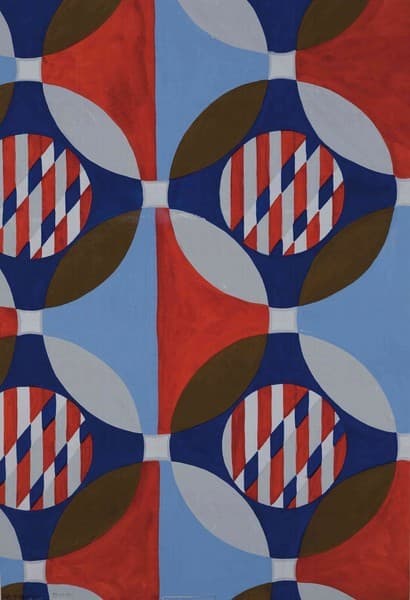
Progetto grafico per tessuto
O0001935
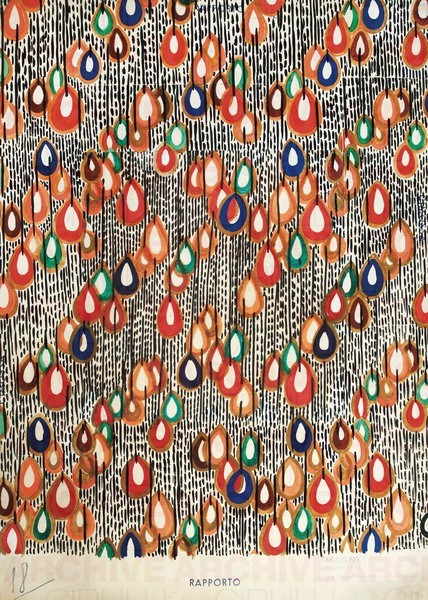
Progetto grafico di tessuto per la XI Triennale di Milano
O0004440

Untitled
O0002460
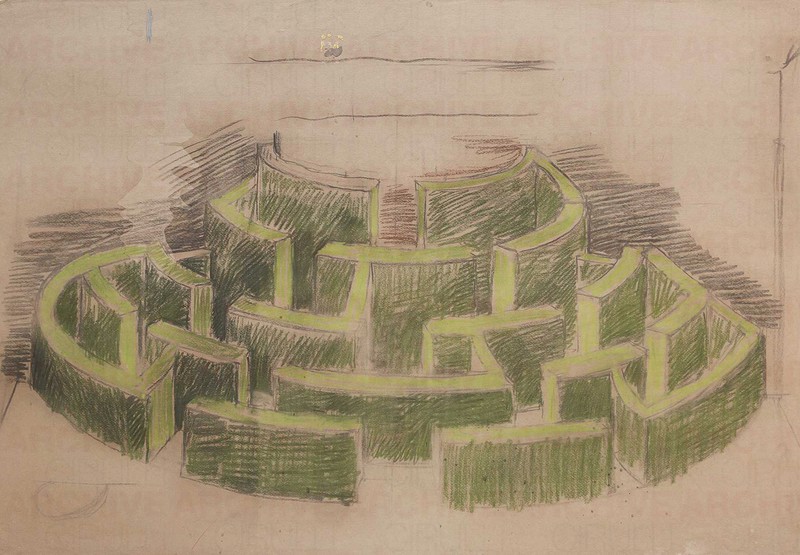
Scenografia cinematografica
O0008084
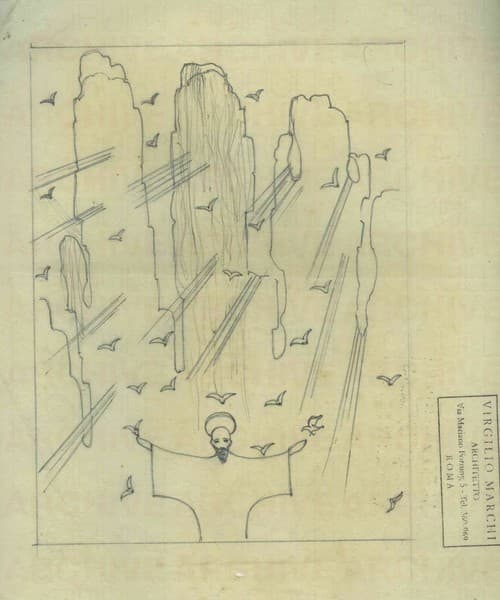
San Francesco
O0005354
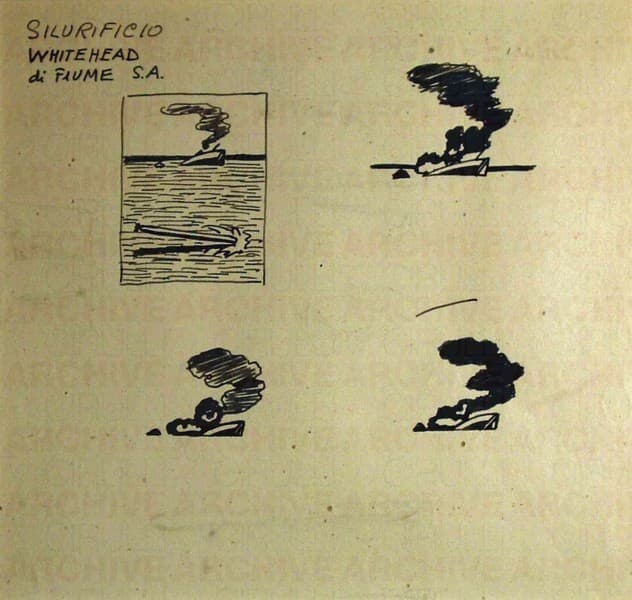
Silurificio Whitehead di Fiume S.A.
O0000621

Littoriali dell’arte - Arengario
O0002180
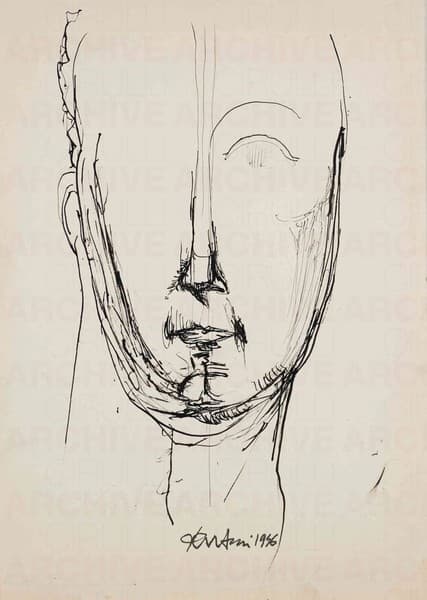
Untitled
O0001416

Allegoria della Crocefissione
O0005356
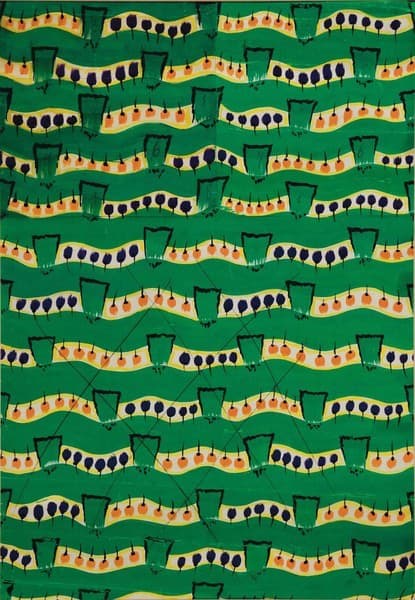
Progetto grafico di tessuto per Triennale di Milano
O0004509
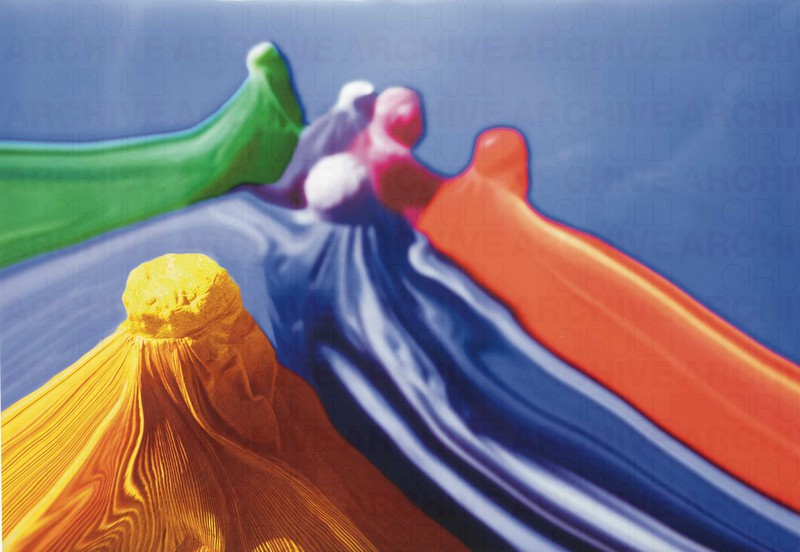
Le donne di Kabul
O0009702

Manifattura Lenci - Bozzetto per decorazione di ceramica
O0001746

Bozzetto per Maison Vionnet
O0009225
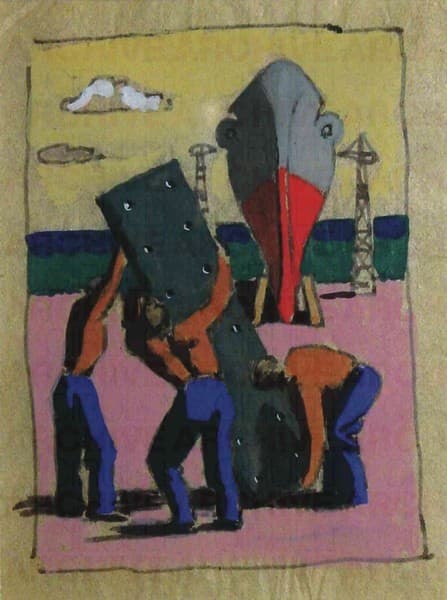
Cantieri navali Ansaldo
O0000603

Monotipo
O0001405

Progetto grafico di tessuto per la XI Triennale di Milano
O0004439
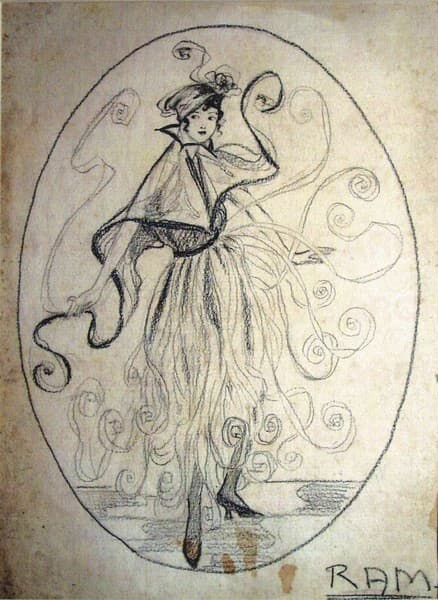
Figura femminile
O0000504

Progetto per studiolo. Parete divano-parete armadio. Progetto II
O0005369
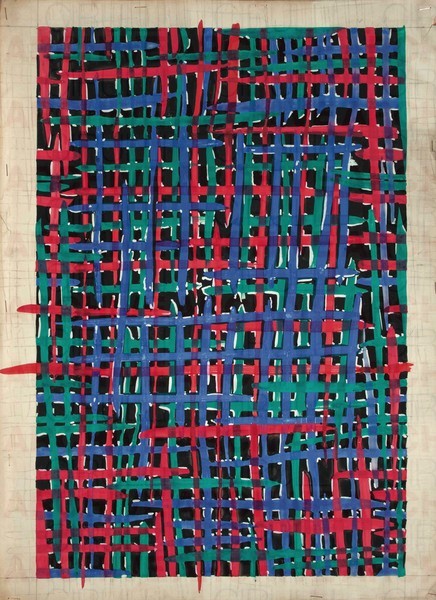
“Fosforescenze”. Progetto grafico di tessuto per la XI Triennale di Milano
O0004429
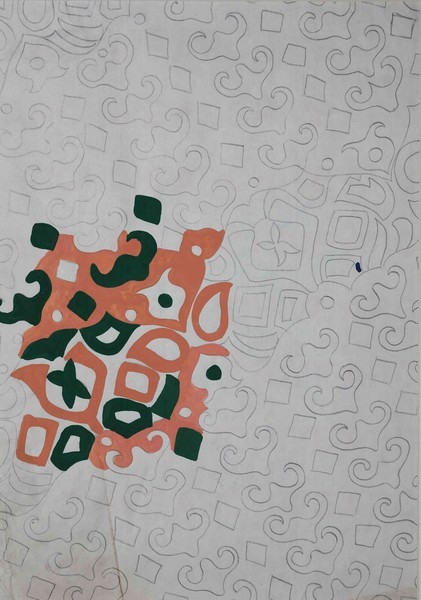
Preparatory study for textiles
O0002100
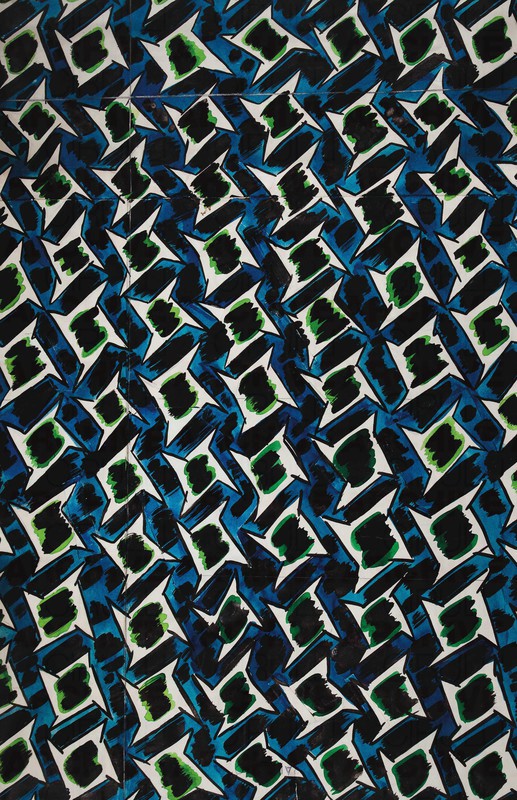
Progetto grafico di tessuto per X Triennale di Milano
O0004772
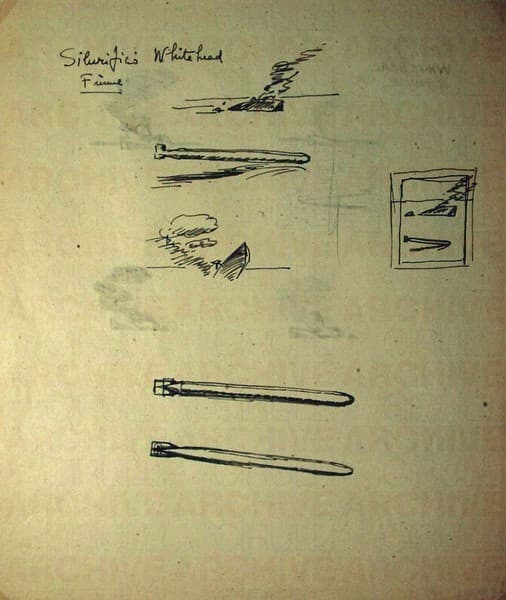
Silurificio Whitehead Fiume
O0000622
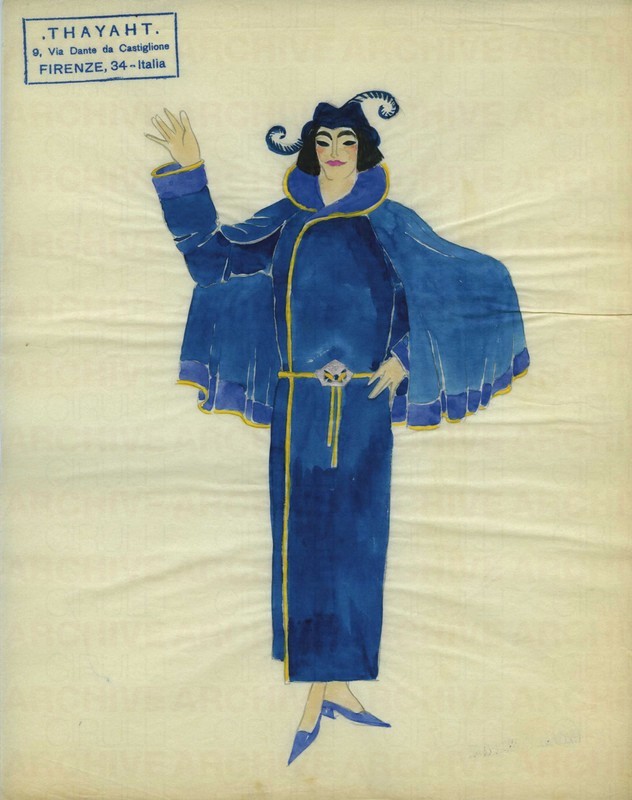
Bozzetto per Maison Vionnet
O0009224

Studio per copertina de “La Rivista Illustrata del Popolo d’Italia”
O0000609

Disegno per progetto tecnico industriale. Sezione di pneumatico
O0003757
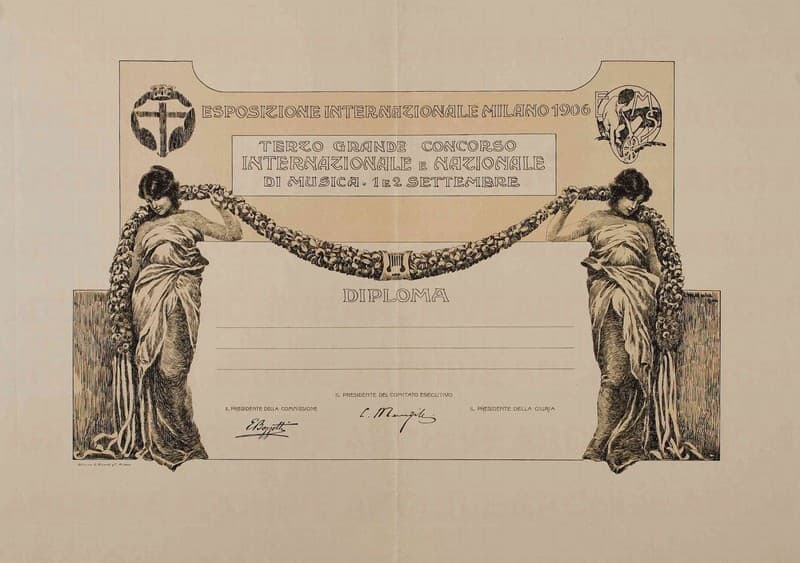
Terzo Grande Concorso Internazionale e Nazionale di Musica
O0001354
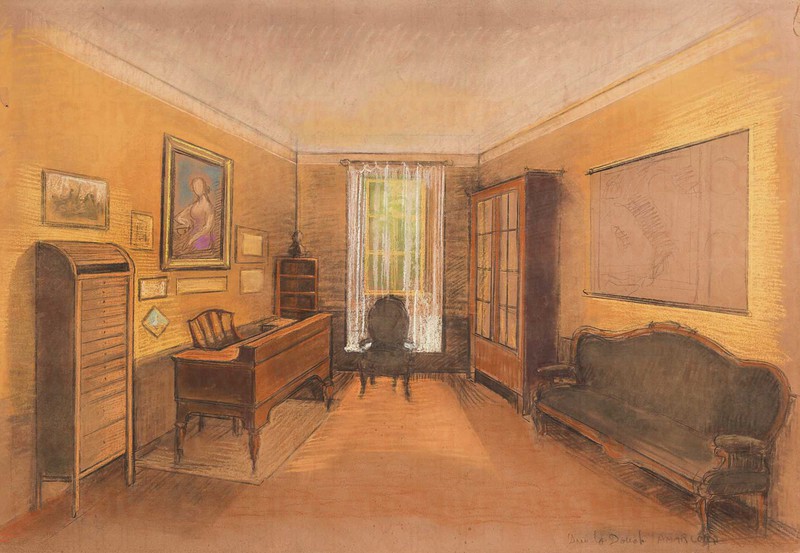
Scenografia cinematografica
O0008130
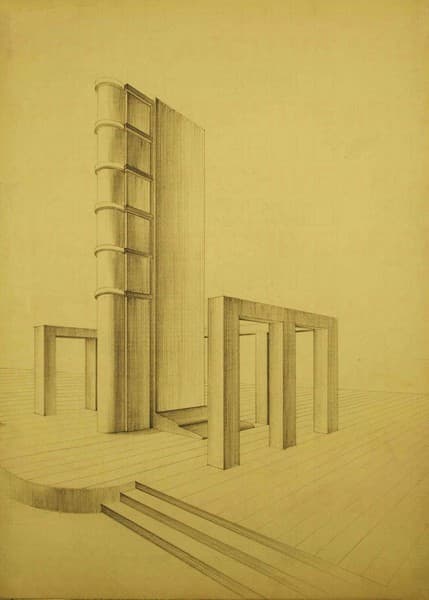
Esposizione Universale di Roma 1942 Studio per architettura
O0002196
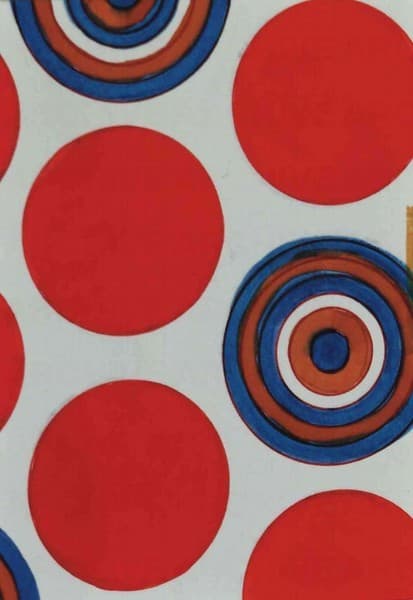
Preparatory study for textiles
O0003736

Scenografia cinematografica
O0008092
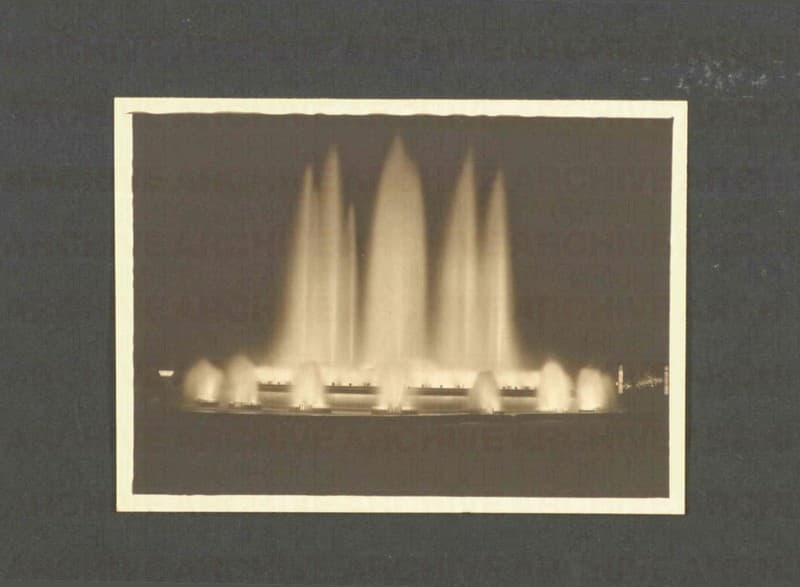
Esposizione Universale di Roma 1942 Foto di bozzetto per fontana
O0001545
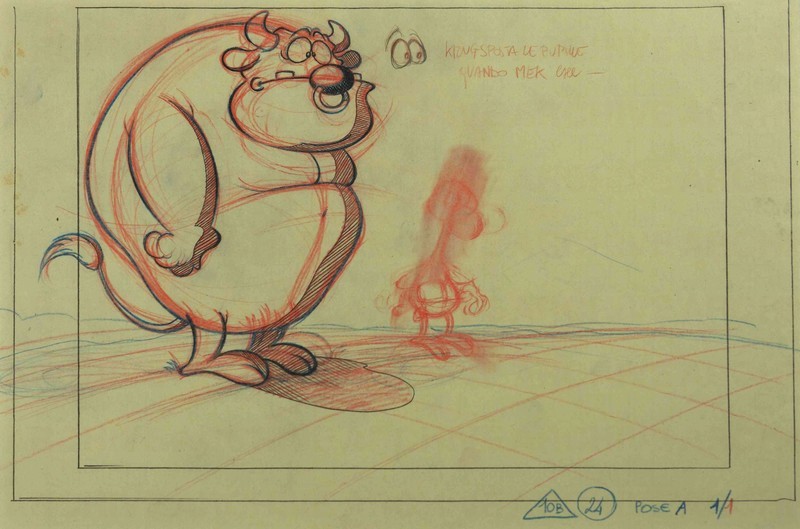
Krug e Mek
O0003926
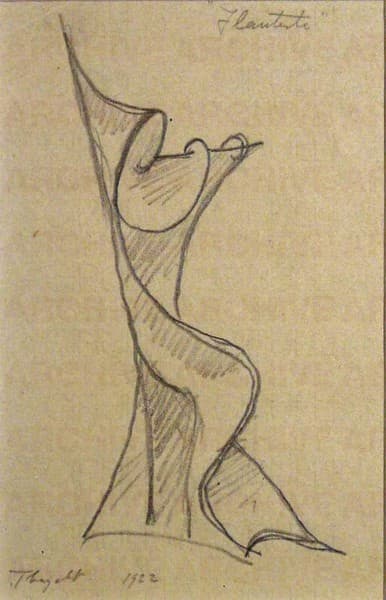
Flautist
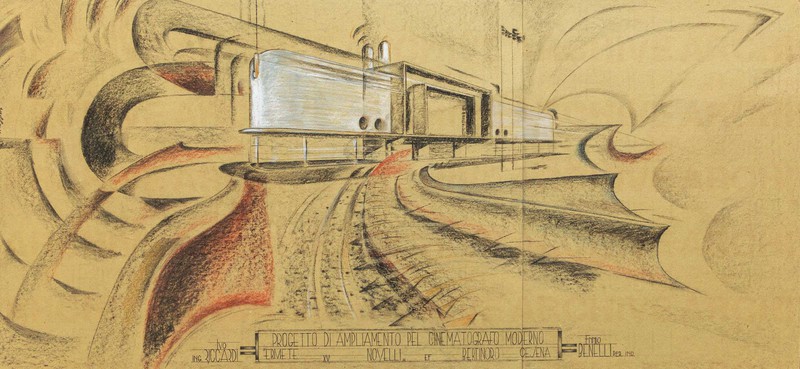
Progetto di ampliamento del cinematografo moderno
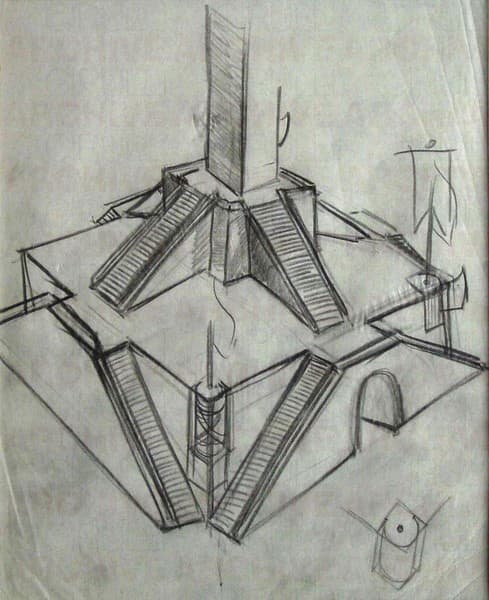
Study for column at Foro Mussolini
O0000733
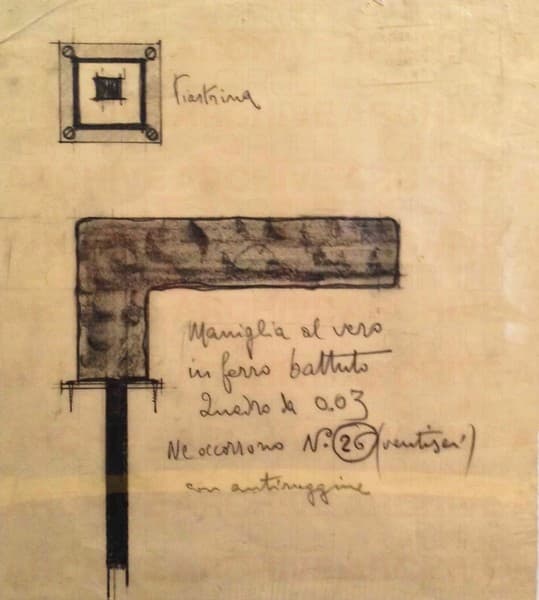
Progetto per maniglia
O0005374
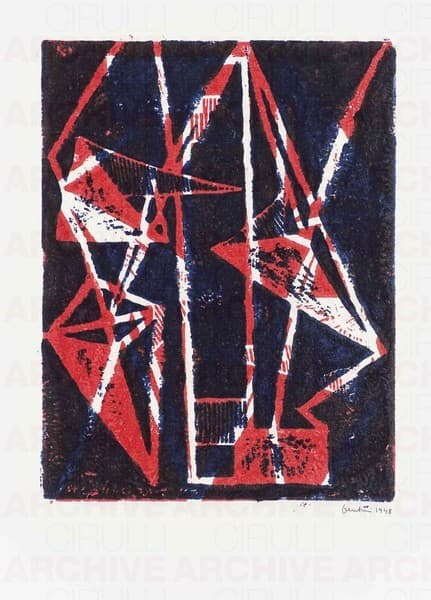
Monotipo
O0001125

10
O0009223

Ansaldo
O0000620
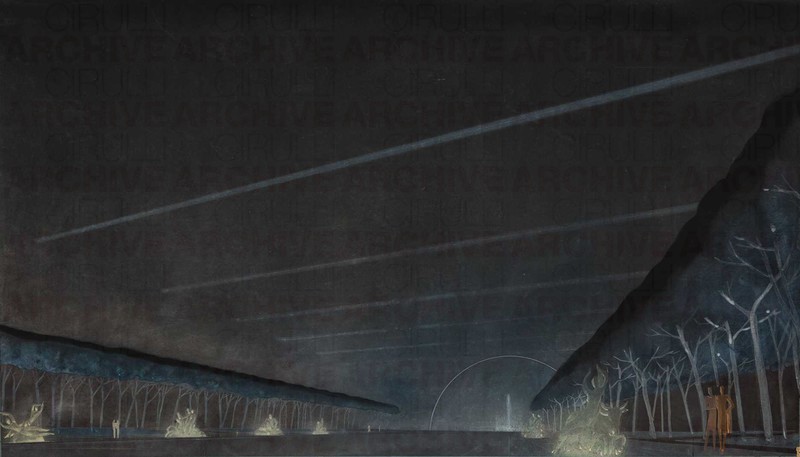
Esposizione Universale di Roma 1942
Studio per illuminazione del Viale Imperiale Pali con proiettori
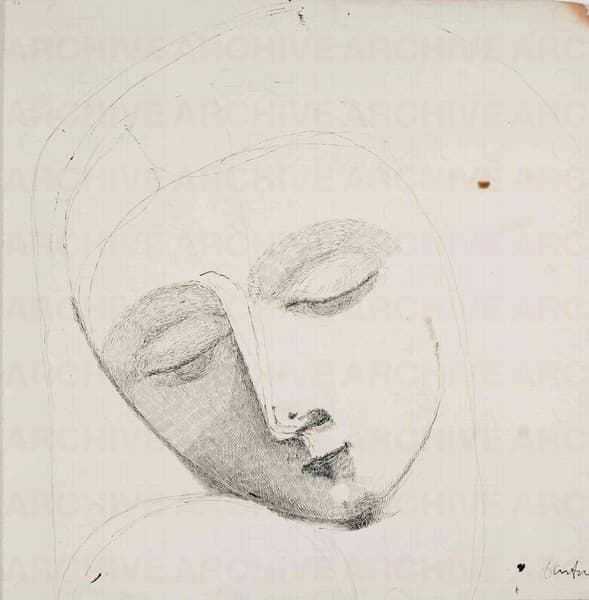
Untitled
O0001417
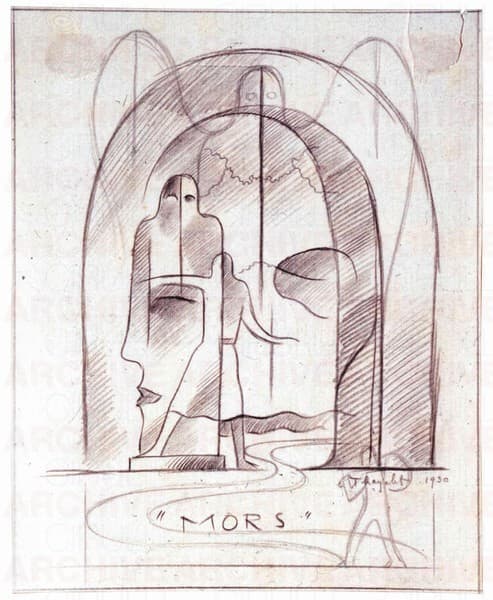
Mors
O0001305
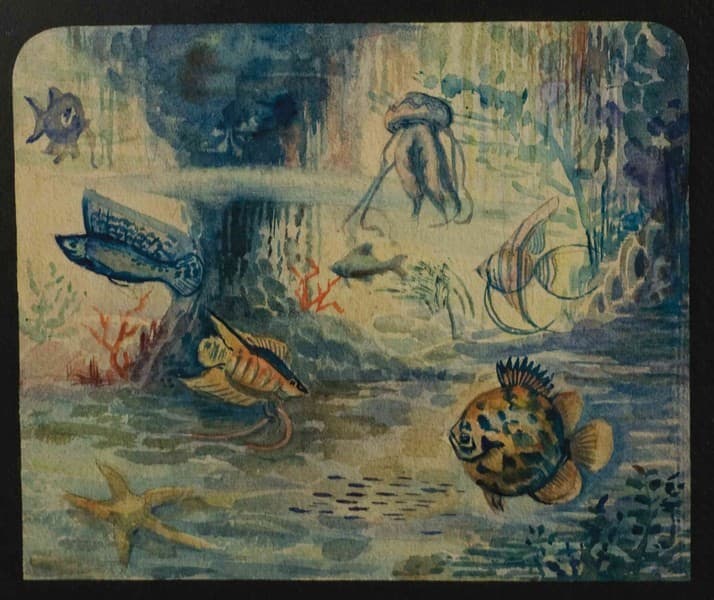
“Viaje Submarino”. Attrazione acquatica
O0002129
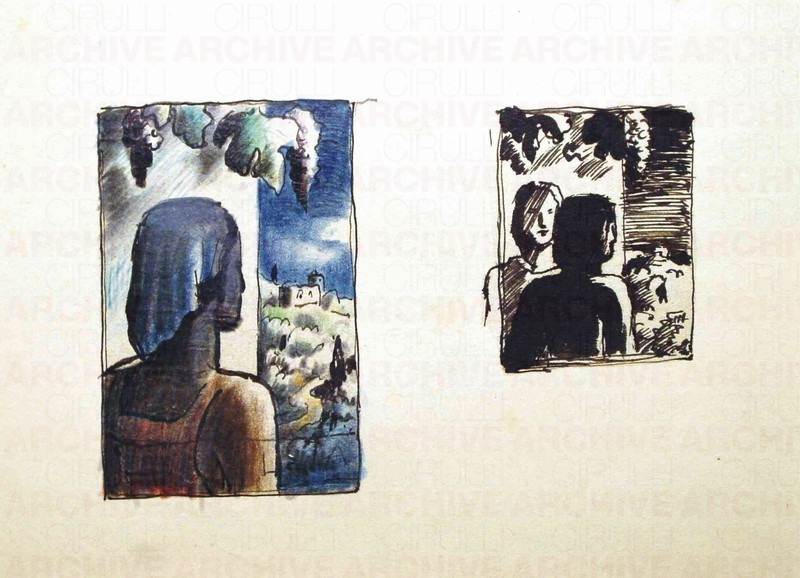
Studio per copertina della rivista “Natura”
O0000516
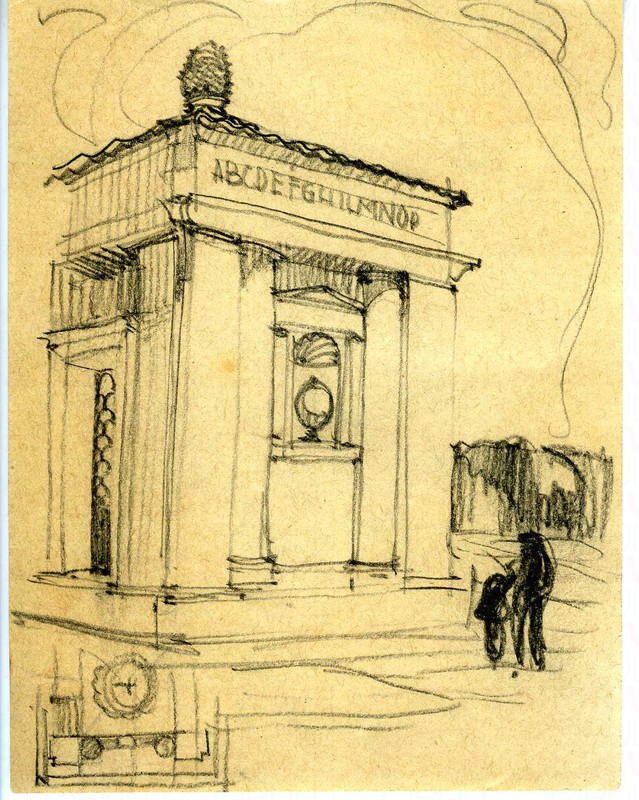
Boschetto del delubro di Cibele - Monza (Cimitero di Monza)

Albero con futti e alberi secchi
O0000565
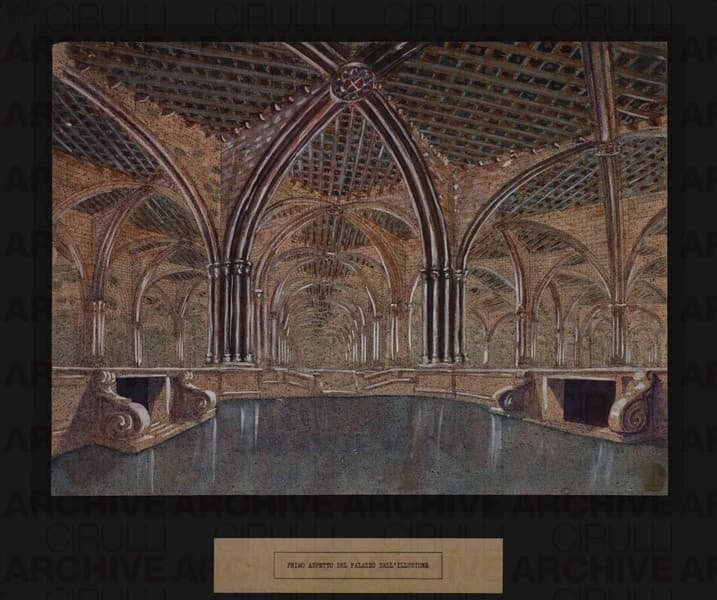
Esposizione Universale di Roma 1942 Primo aspetto del Palazzo dell’Illusione
O0001193
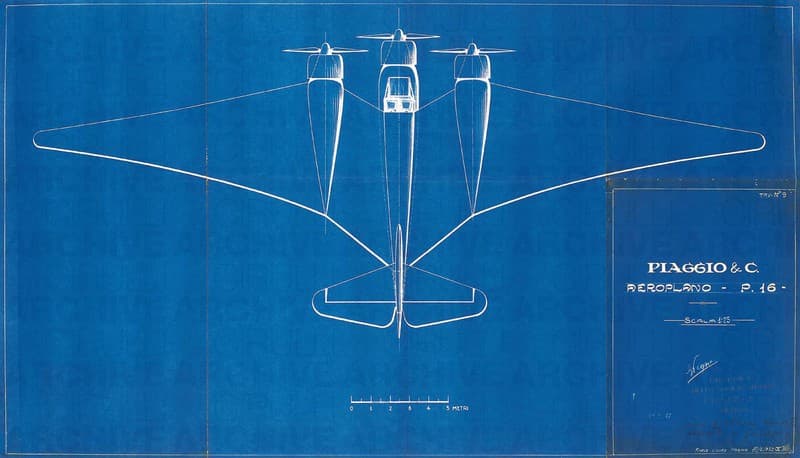
Progetto per trimotore Piaggio P16
O0002396

Omaggio a Gauguin
O0004562

Progetto grafico di tessuto per la X Triennale di Milano
O0004491

Bozzetto per Maison Vionnet
O0009222
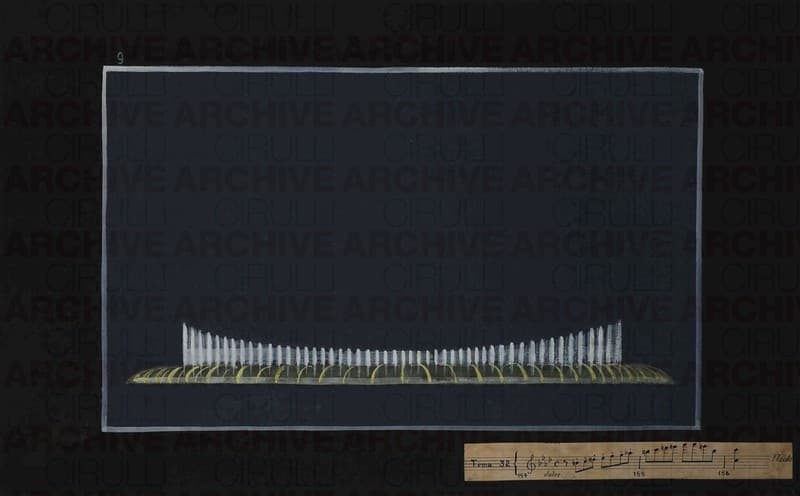
Esposizione Universale di Roma 1942 Studio per fontane danzanti Giochi di luce e musica
O0001213

Cisitalia 202 GT
O0003029
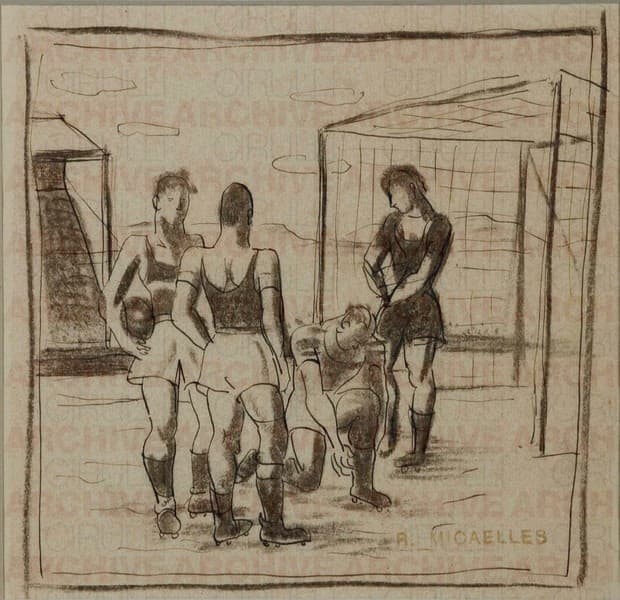
Il gioco del calcio
O0004597

Scenografia cinematografica per “Satyricon” di Federico Fellini
O0008616

Studio per copertina della rivista “Natura”
O0000520

Studio per copertina della rivista “Natura”
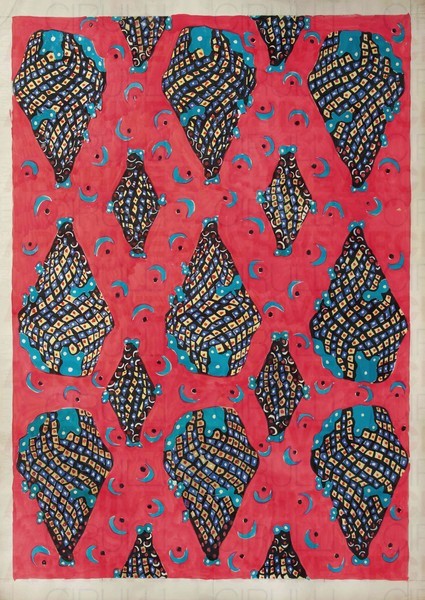
Progetto grafico di tessuto per la XI Triennale di Milano
O0004762

Monotipo
O0001386
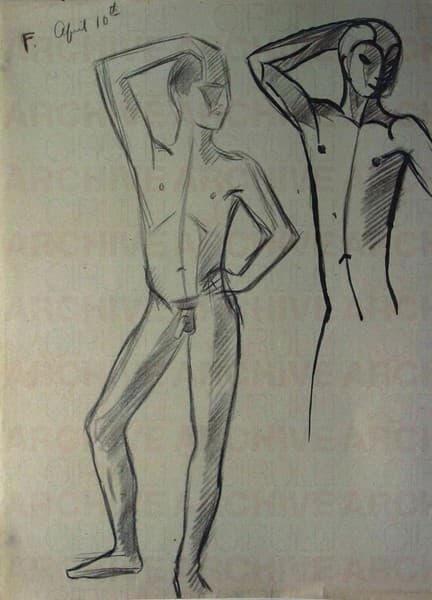
Bagnante o Fosco
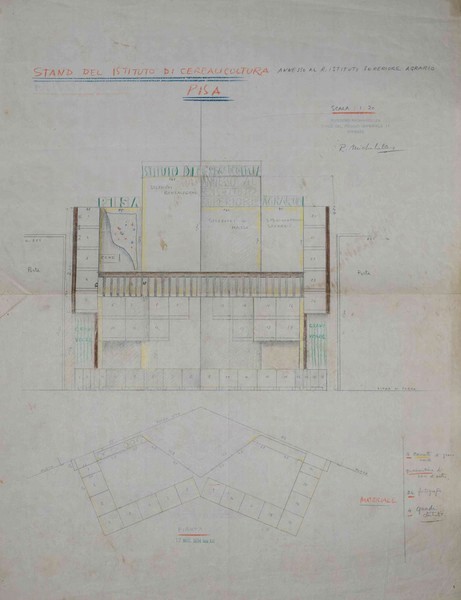
Stand del Istituto di Cerealicoltura - Pisa
O0002523

Esposizione Universale di Roma 1942 Studio per fontane danzanti
O0001174
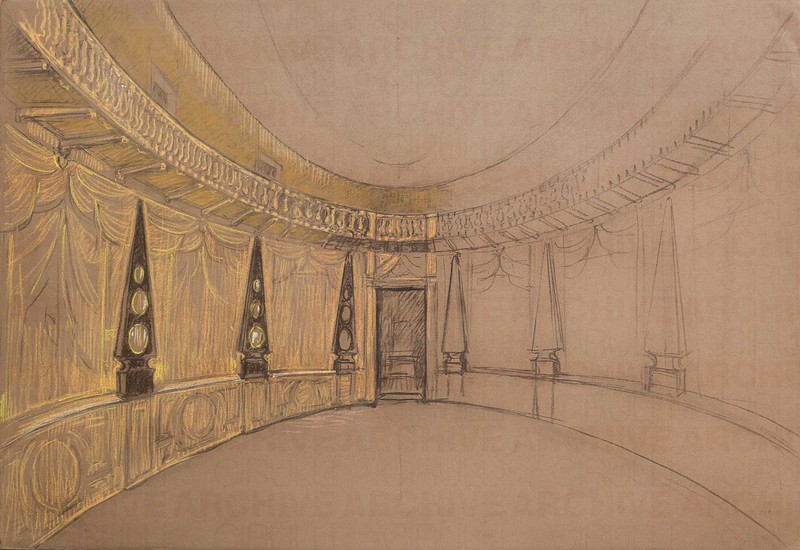
Scenografia cinematografica
O0008114
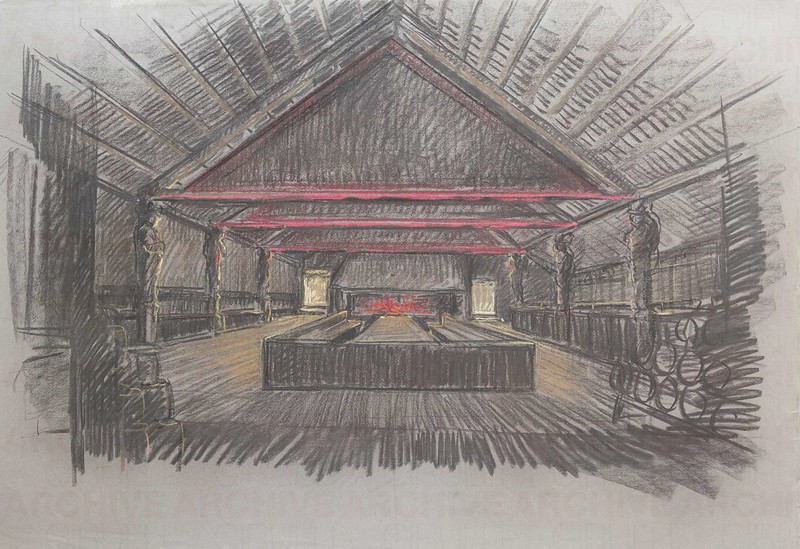
Scenografia cinematografica
O0008070

Scenografia cinematografica
O0008108
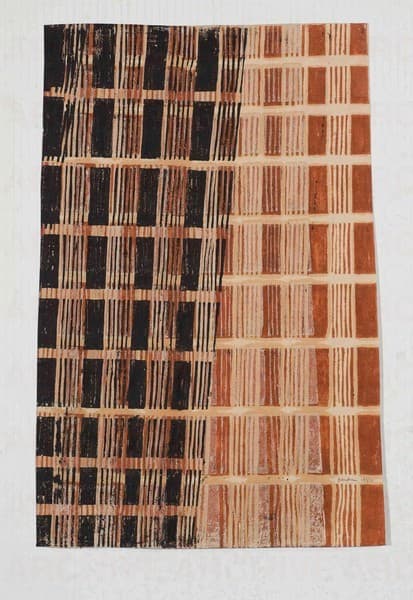
Monotipo
O0001413
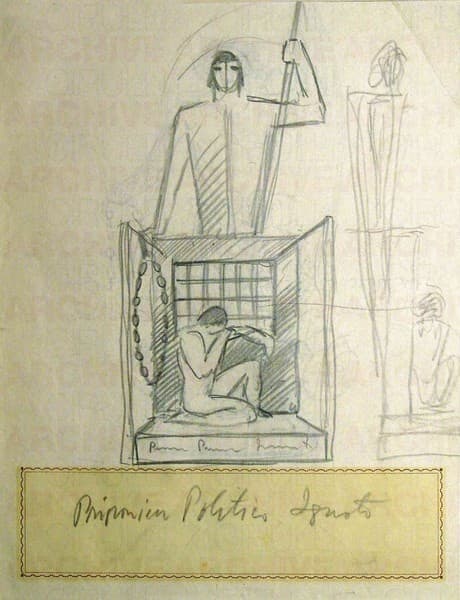
Studio per Prigioniero Politico Ignoto
O0000481

Scenografia cinematografica
O0008071
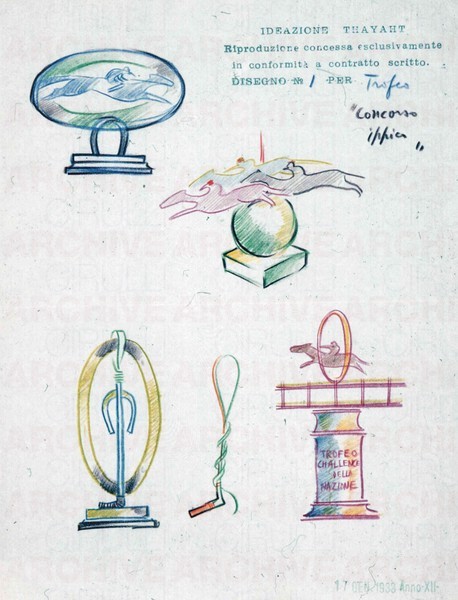
Studio per trofeo di concorso ippico “Coppa Challenge”
O0001319
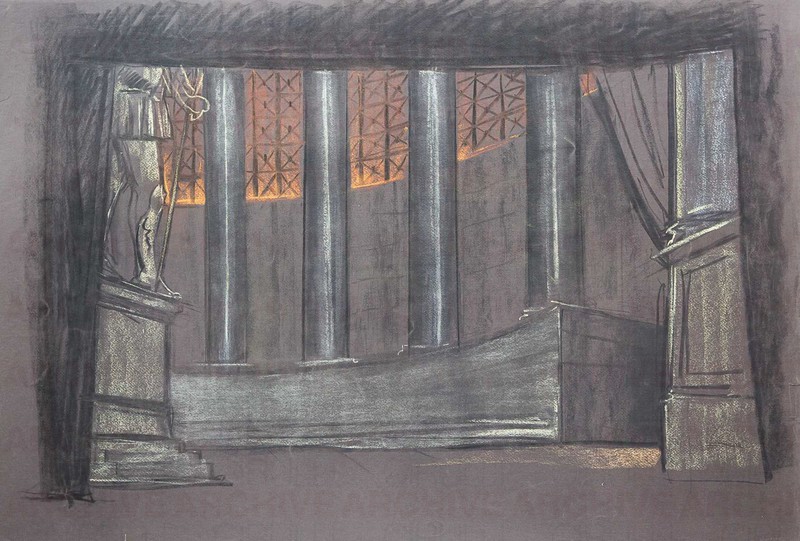
Scenografia cinematografica
O0008049

Arredamento d’interno
O0005292
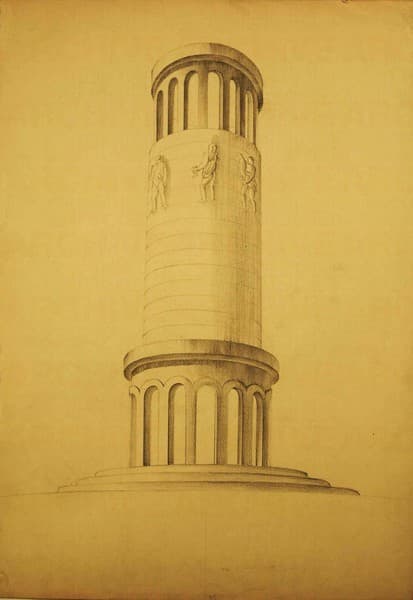
Esposizione Universale di Roma 1942 Studio per architettura
O0002228
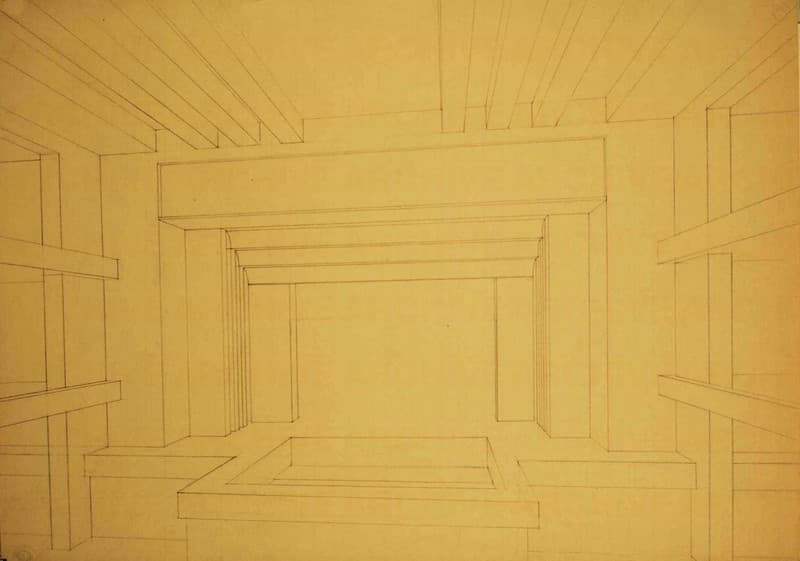
Esposizione Universale di Roma 1942 Studio per architettura
O0002239
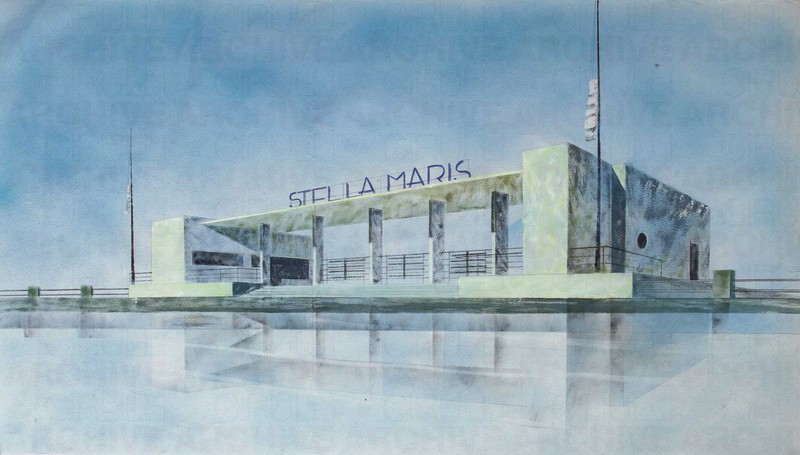
Stella Maris
O0009794
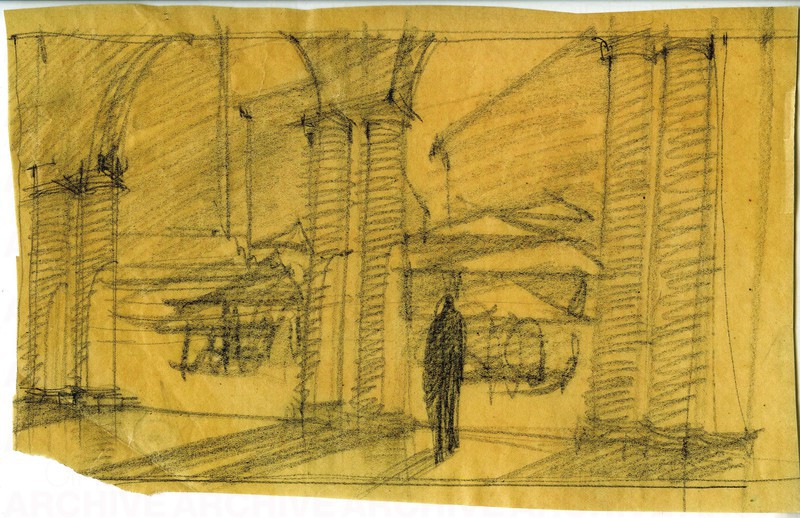
Senza titolo
6/8
O0007508

Cinema
O0000703
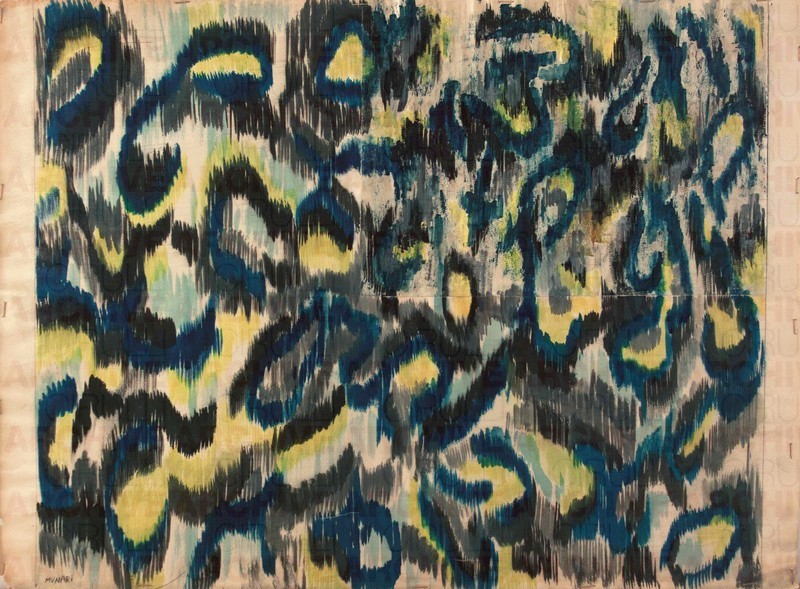
Progetto grafico di tessuto per la X Triennale di Milano
O0004432
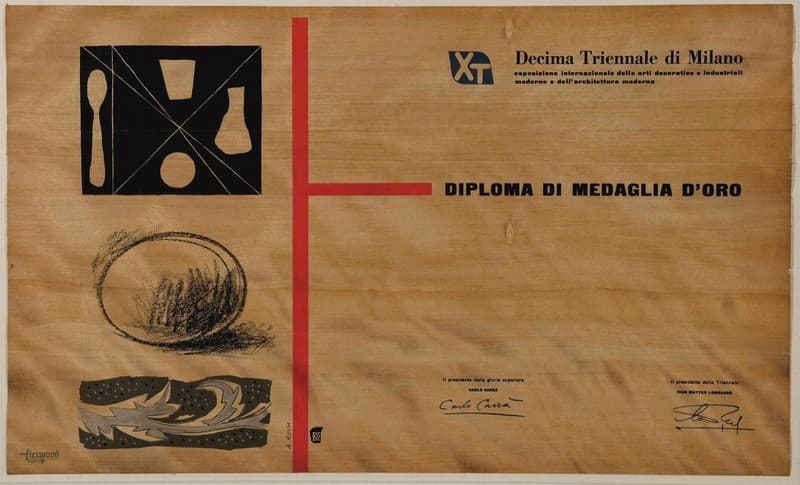
Decima Triennale di Milano. Diploma di Medaglia d’Oro
O0003012

Esposizione Universale di Roma 1942 Terzo aspetto del Palazzo dell’Illusione
O0001192
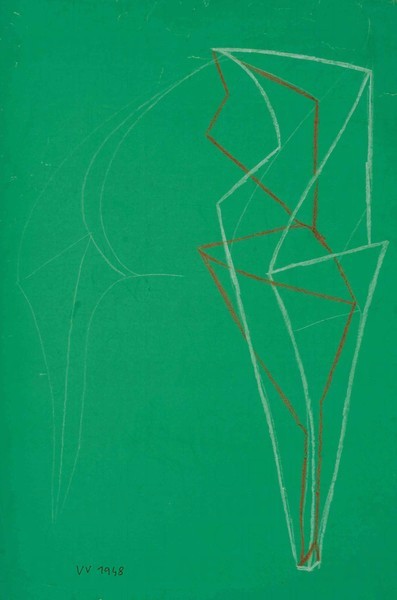
Untitled
O0002451
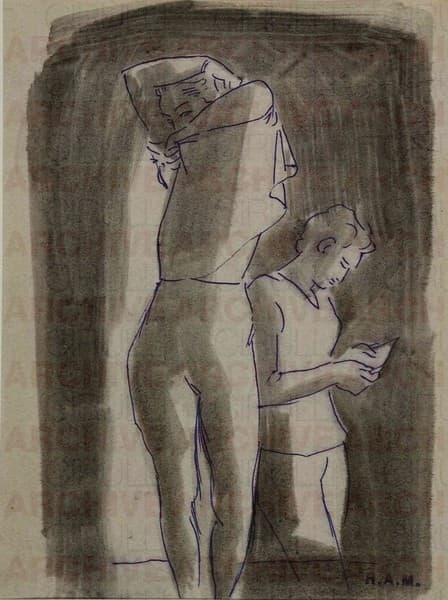
Due figure
O0004578
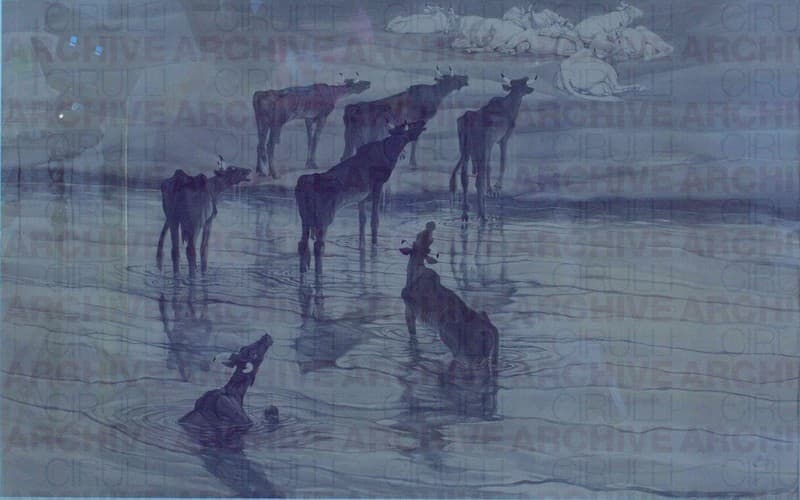
Vacche grasse e vacche magre
O0004224
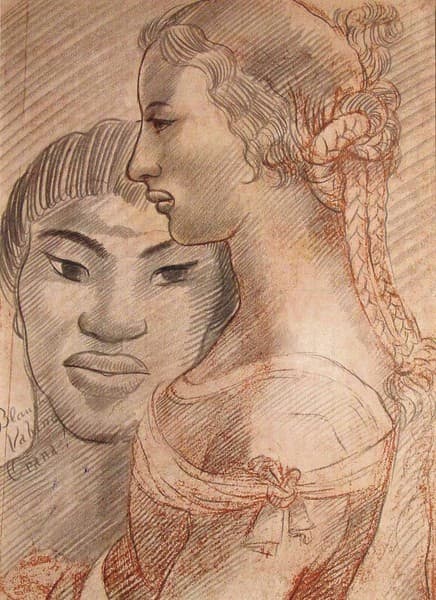
Blanch Vahane Tpana!
O0000473
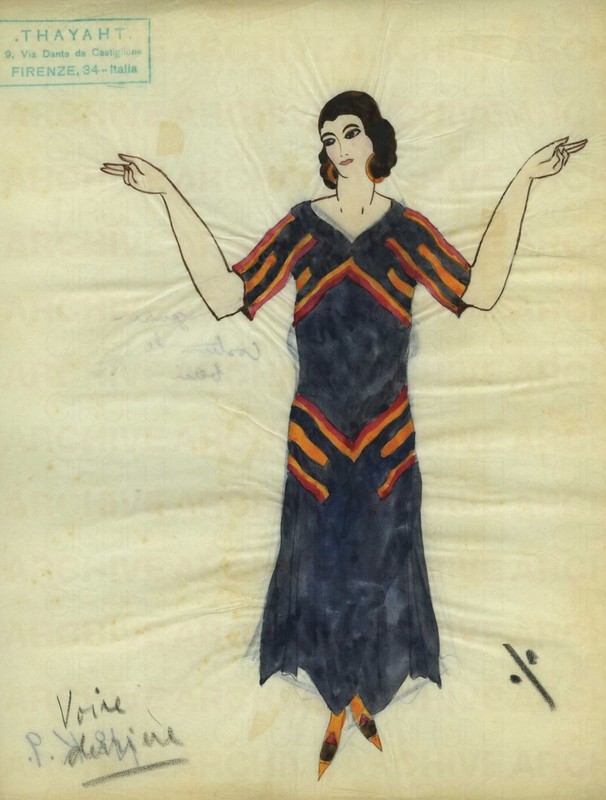
Bozzetto per Maison Vionnet
O0009227

Scenografia cinematografica
O0008097
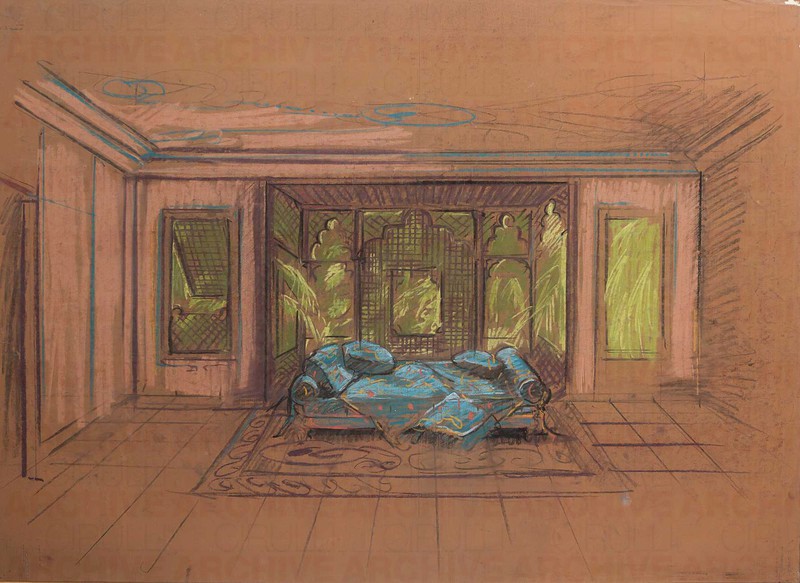
Scenografia cinematografica
O0008103
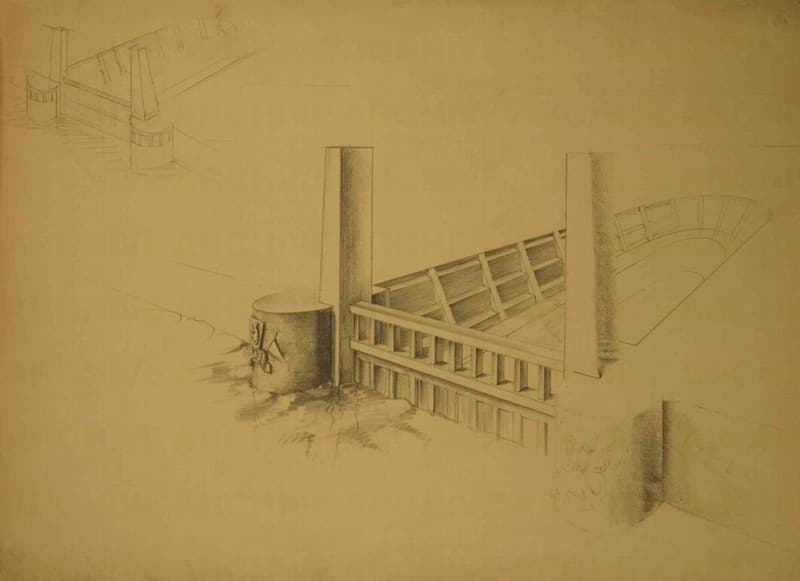
Esposizione Universale di Roma 1942 Studio per architettura
O0002184

Scenografia cinematografica per “Casanova” di Federico Fellini
O0008637

Bozzetto progettuale per la ricognizione dei palazzi a Venezia.
O0008550

Studio per copertina de “La Rivista Illustrata del Popolo d’Italia”
O0000595

Nuova stazione viaggiatori in Milano
Sezione sulla linea D-E-F-G
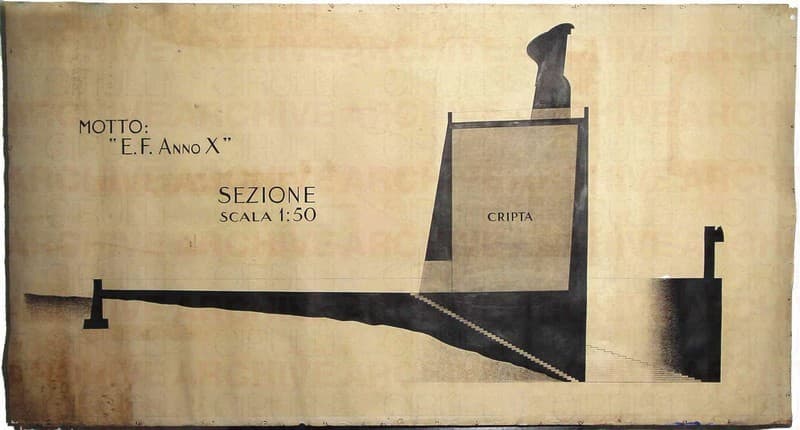
Cripta
O0000562
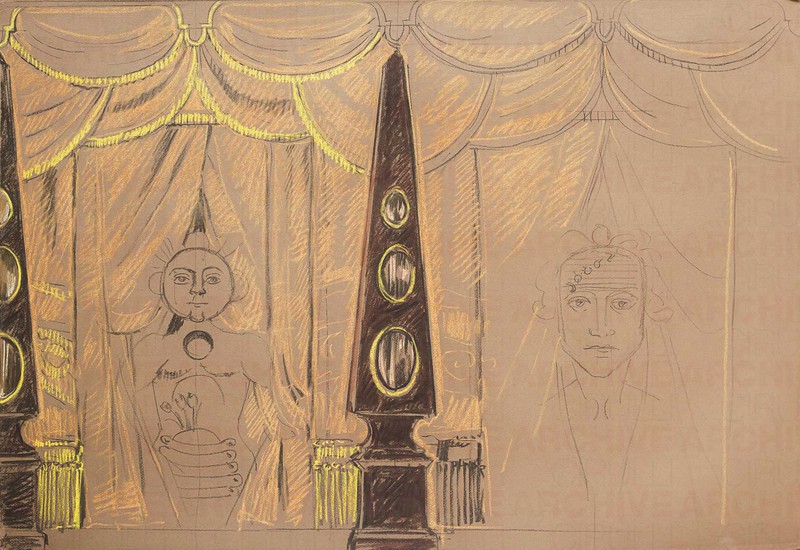
Scenografia cinematografica
O0008109
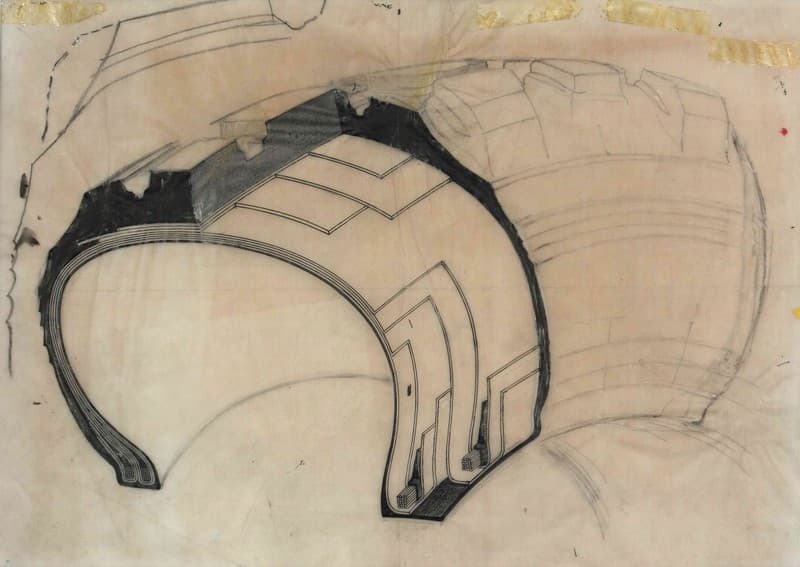
Disegno per progetto tecnico industriale. Sezione di pneumatico
O0003759
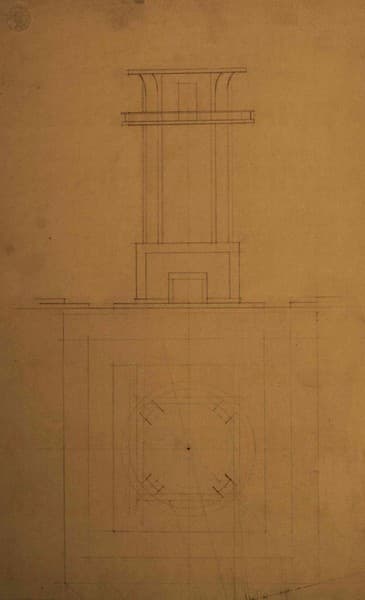
Esposizione Universale di Roma 1942 Studio per architettura
O0002235
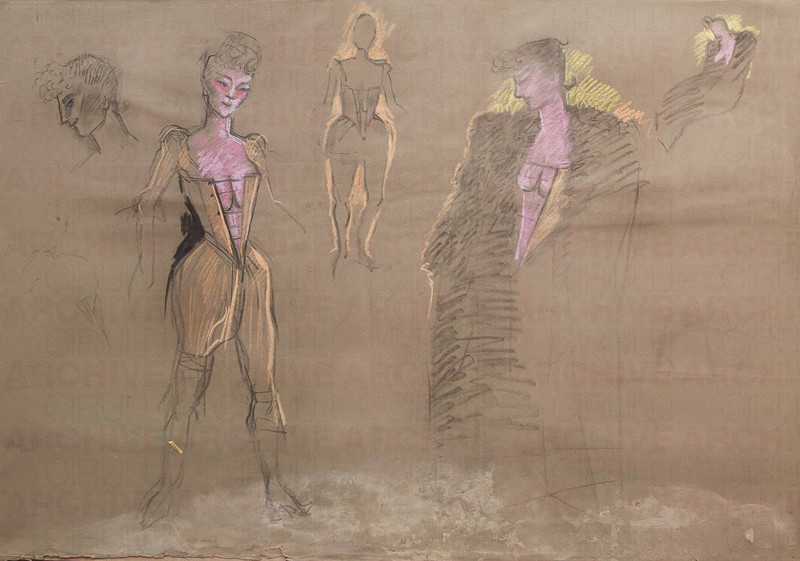
Scenografia cinematografica
O0008072
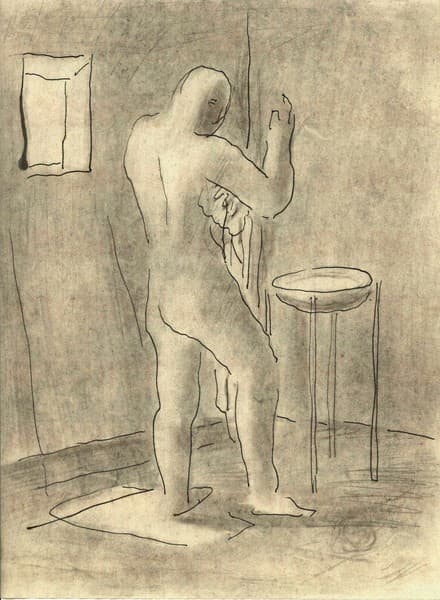
La Toeletta
O0000658
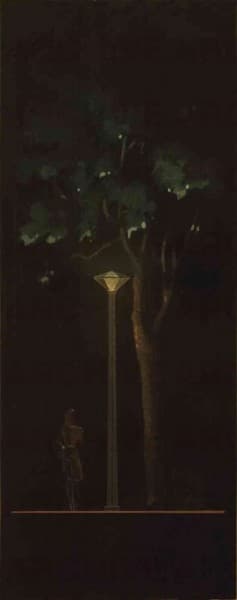
Esposizione Universale di Roma 1942 Studio per illuminazione
O0002300
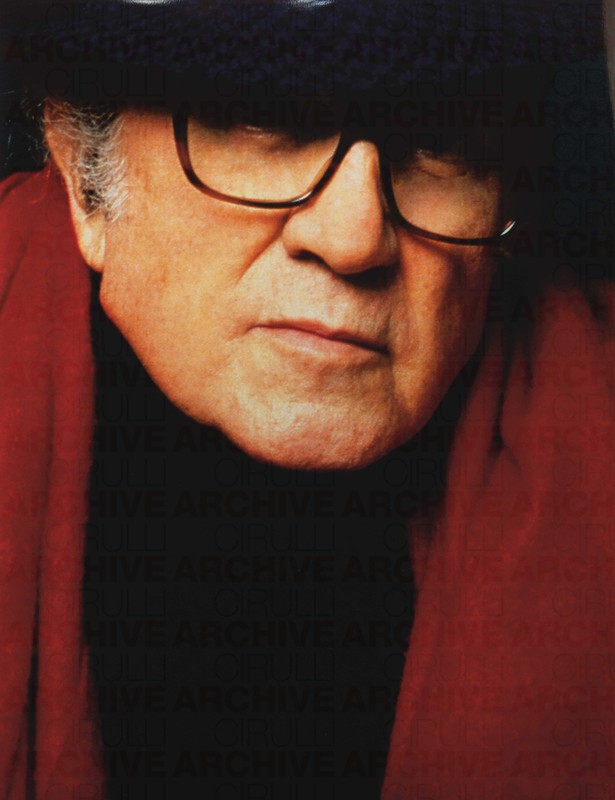
Federico Fellini
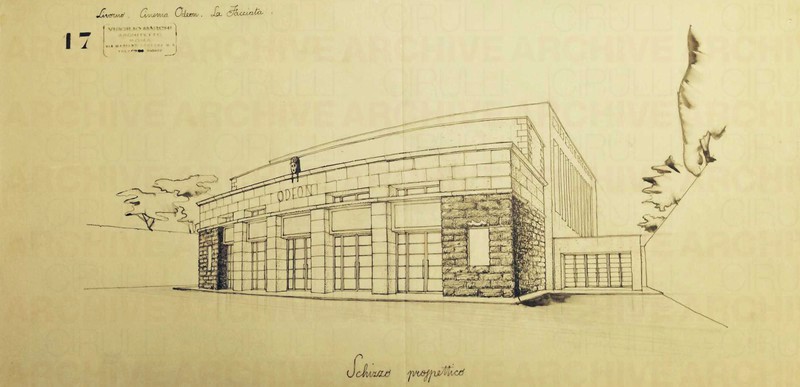
Cinema Odeon
O0005946
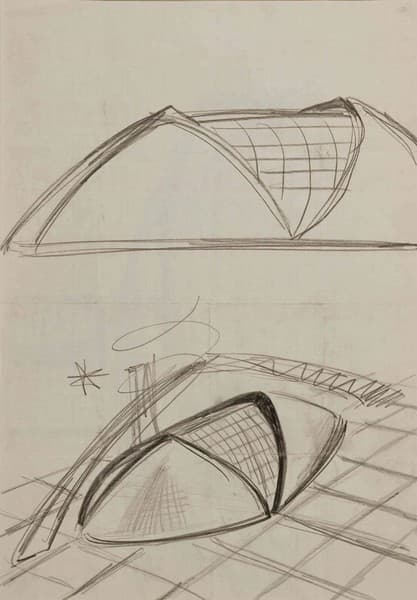
Studio per architettura - stadio
O0002011
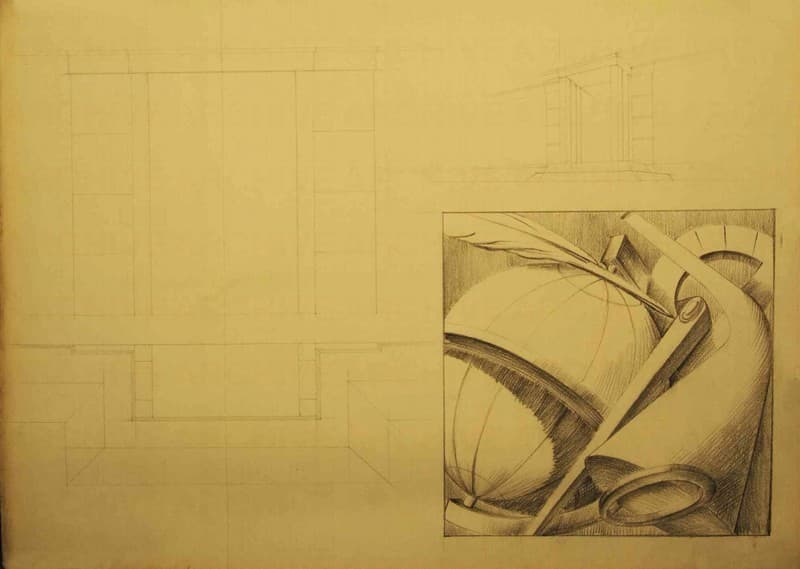
Esposizione Universale di Roma 1942 Studio per architettura
O0002360
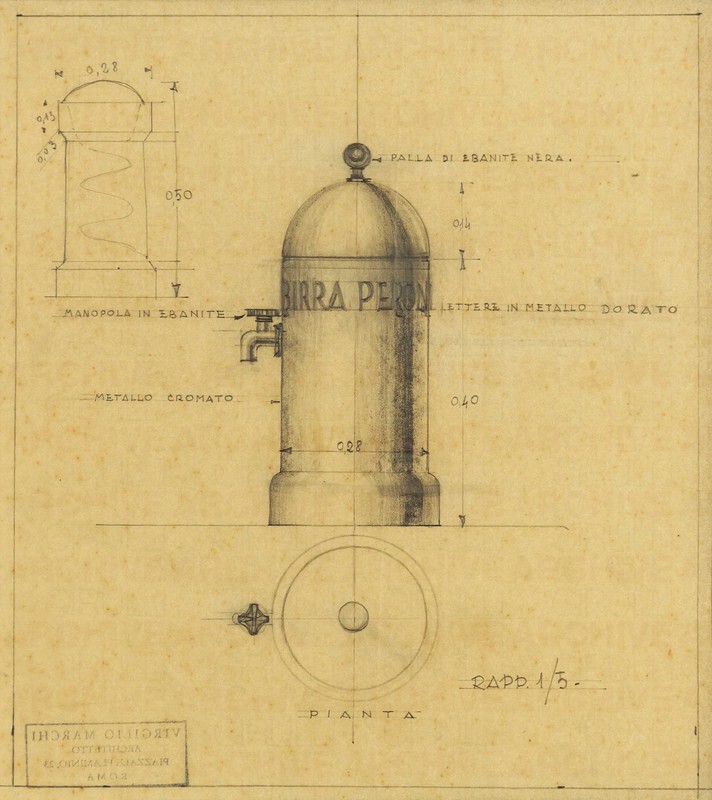
Progetto per bar in Via Nazionale. Variante II_ Rubei. Spillatore per Birra Peroni
O0005288
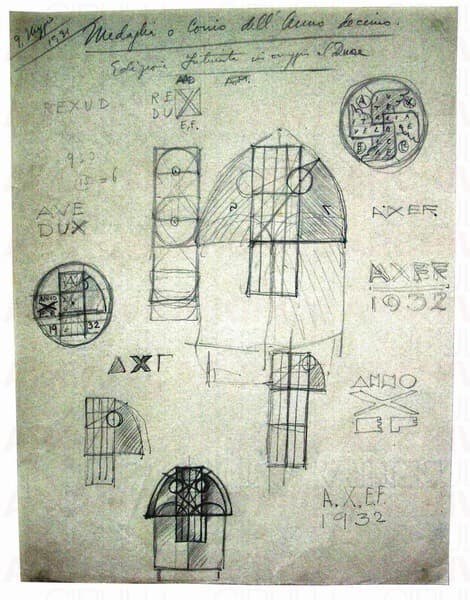
Medaglia o conio dell’Anno decimo
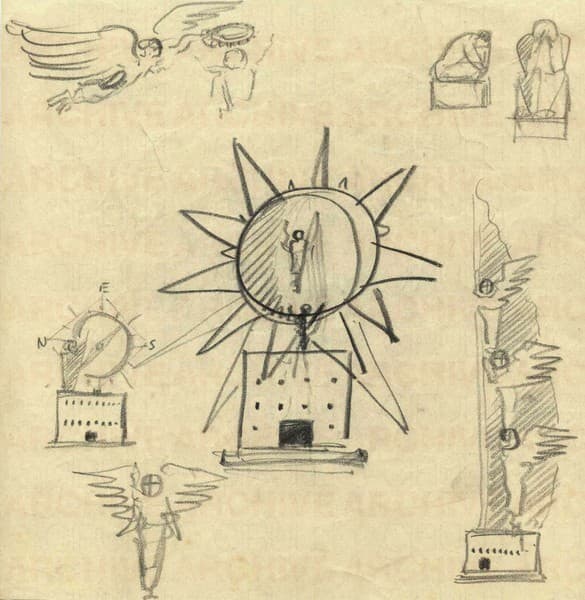
Studio per Prigioniero Politico Ignoto
O0000552
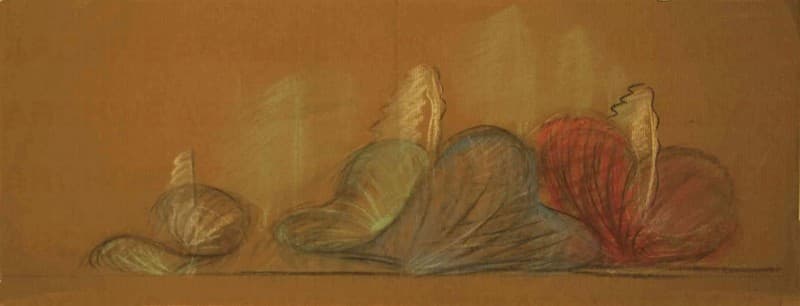
Esposizione Universale di Roma 1942 Studio per fontana luminosa
O0002279
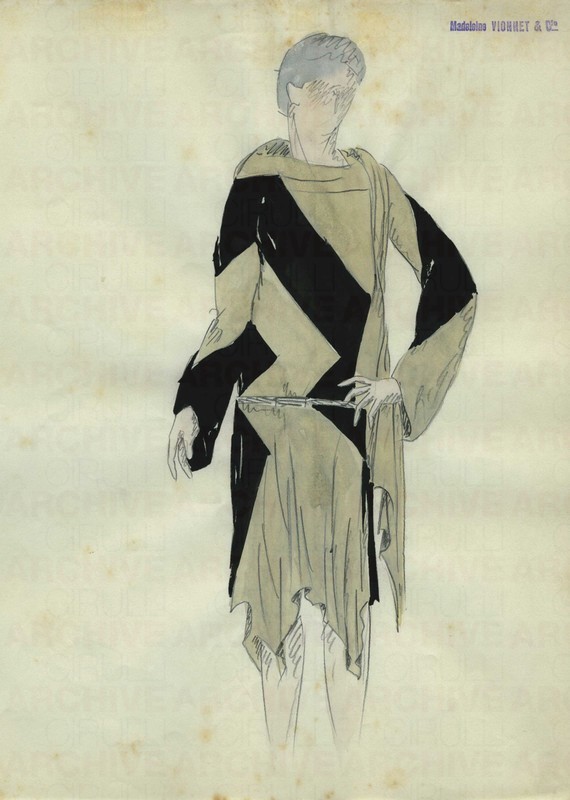
Bozzetto per Maison Vionnet
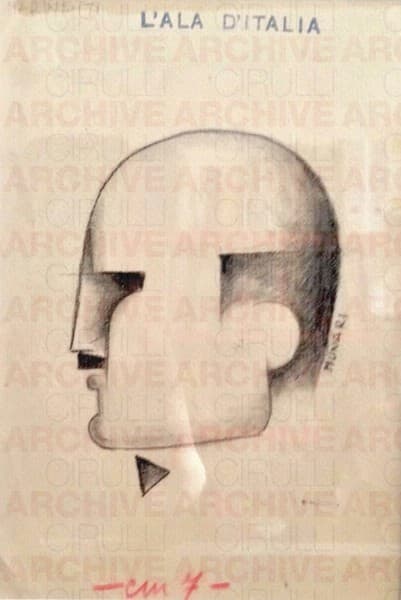
Marinetti per “L’Ala d’Italia”
O0004814
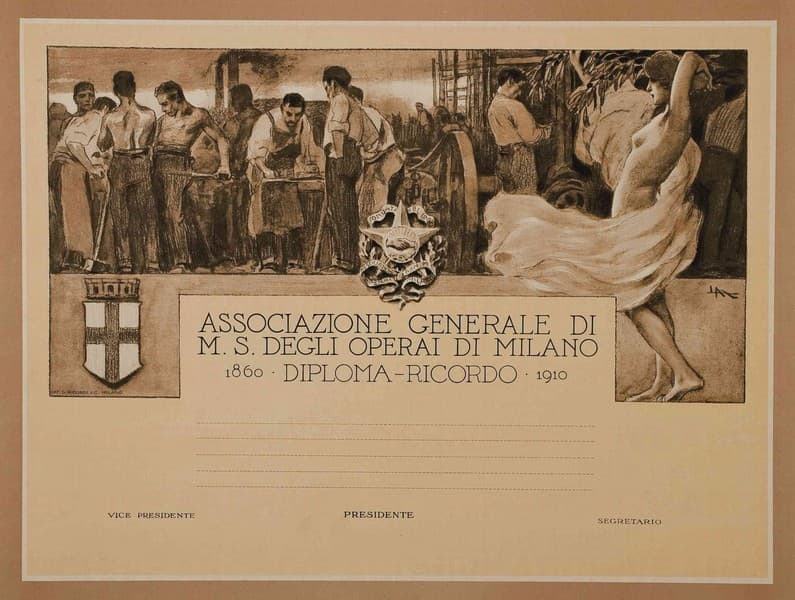
Associazione Generale di M.S.degli Operai di Milano
O0001355

Progetto grafico di tessuto per la X Triennale di Milano
O0002099
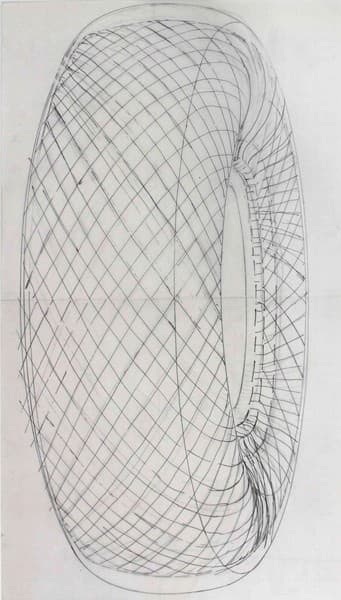
Studio per pneumatici Pirelli
O0005485
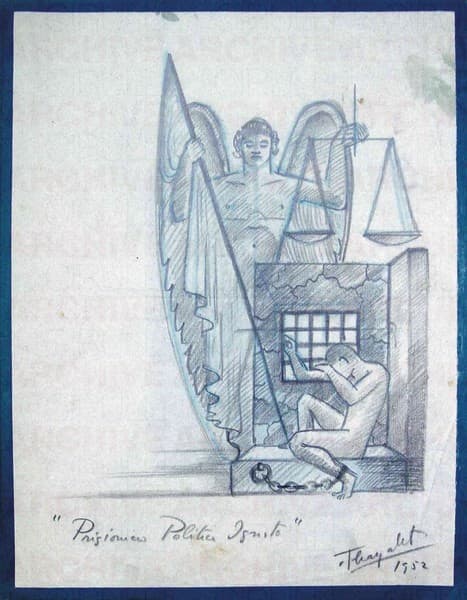
Studio per Prigioniero Politico Ignoto
O0000553

Untitled
O0002454
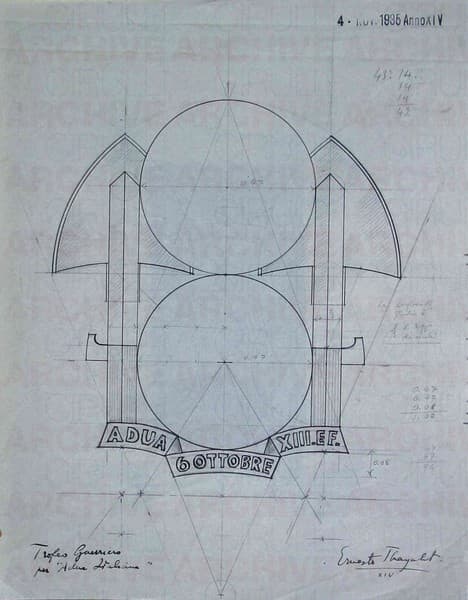
Adua italiana
O0000551
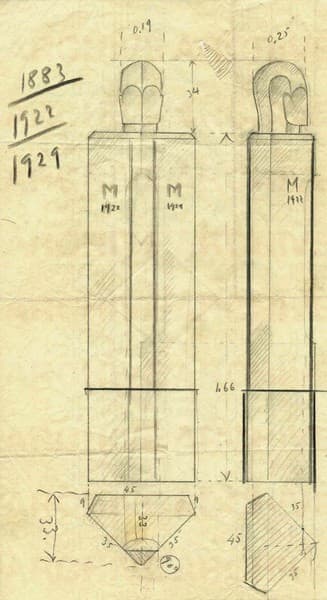
Progetto della base per Dux
O0000528

Studio di Stand per Istituto Sup. Agrario D. Bonaventura - Pisa
O0002520

Cisitalia 202 GT
O0003115
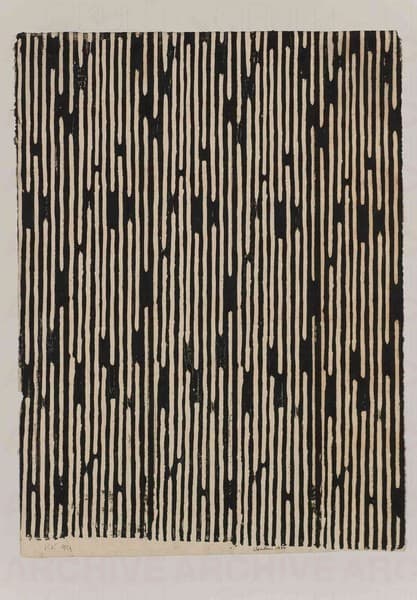
Monotipo
O0001388

Madonna con il Bambino
O0005351

Direzioni
O0003550

Preparatory study for textiles for the X Triennale di Milano
O0004428
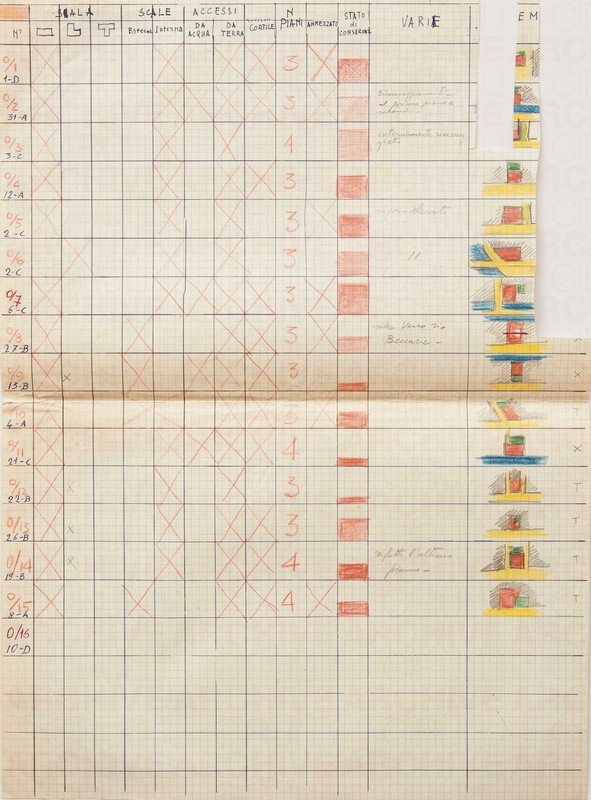
Schema per la ricognizione dei palazzi di Venezia.
O0008556
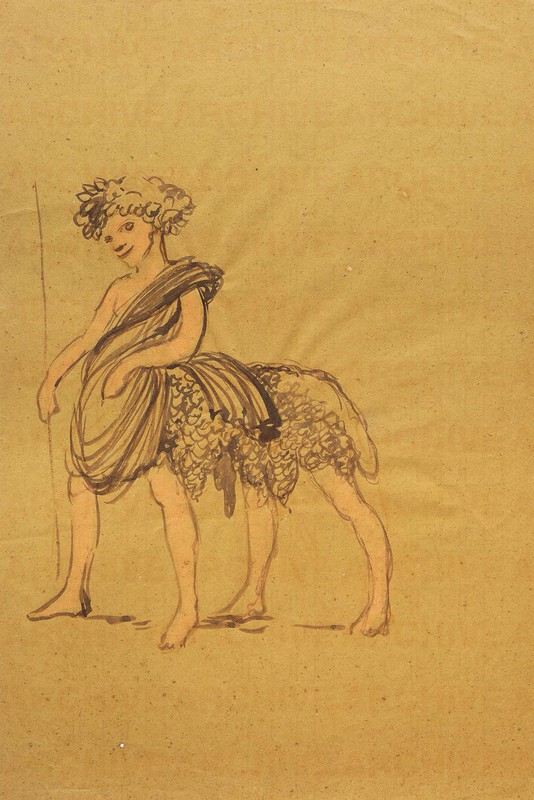
Scenografia cinematografica per “Satyricon” di Federico Fellini
O0008618
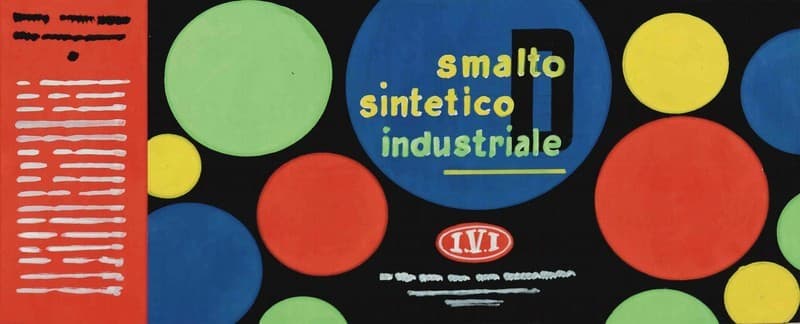
Colorgraf. Smalto Sintetico Industriale
O0003741
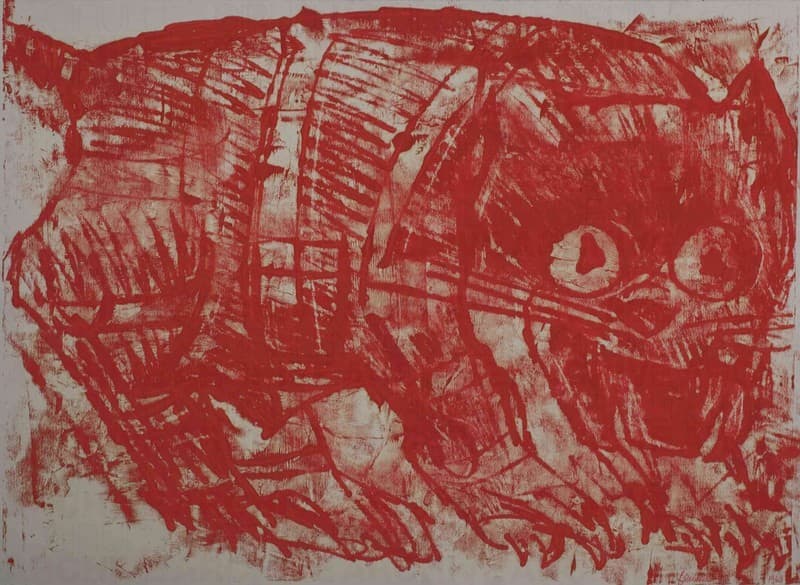
Gatto
O0001381
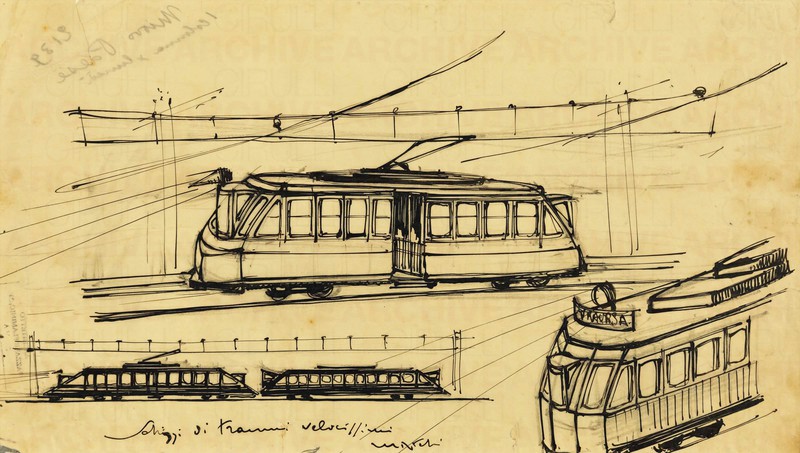
Tram velocissimi
O0004896
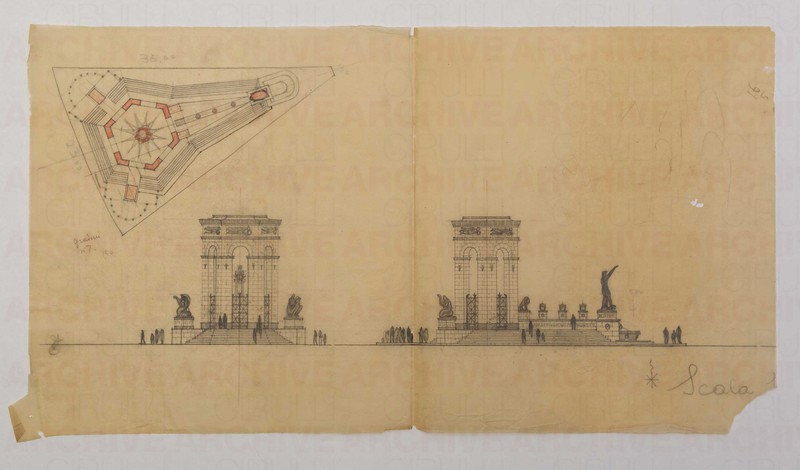
Studio per complesso monumentale
2/7
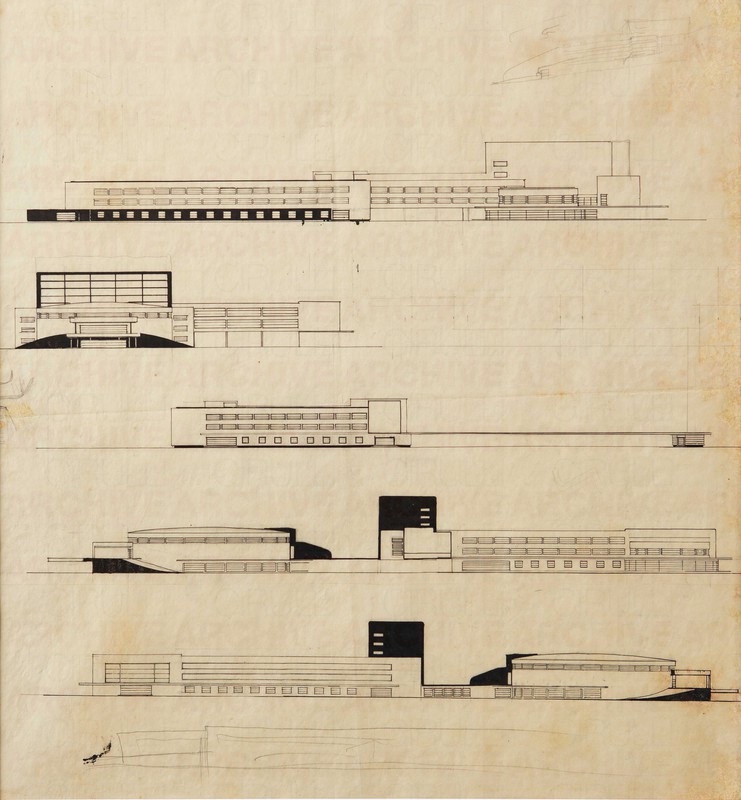
Progetto per concorso per Auditorium a Roma
O0008739
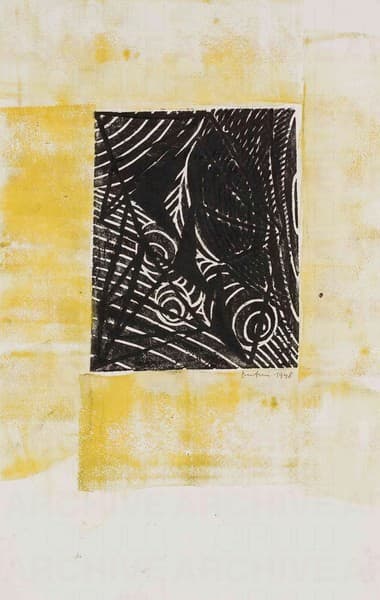
Monotipo
O0001411

Progetto grafico di tessuto per la X Triennale di Milano
O0004485

Scenografia cinematografica
O0008065
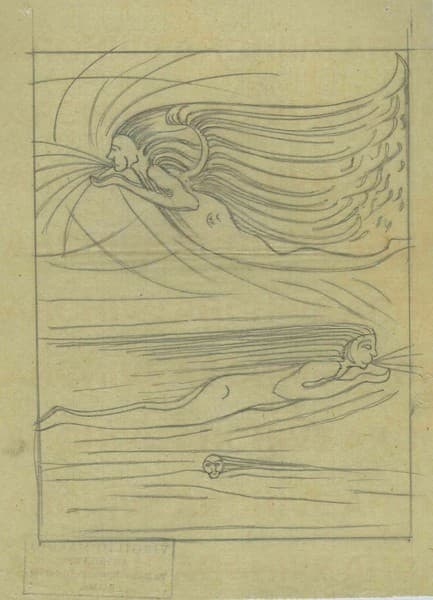
Allegoria dell’aria
O0005259
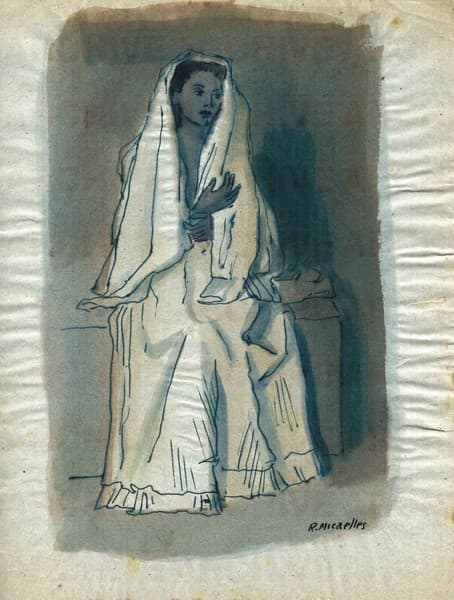
Figura femminile seduta drappeggiata
O0000662
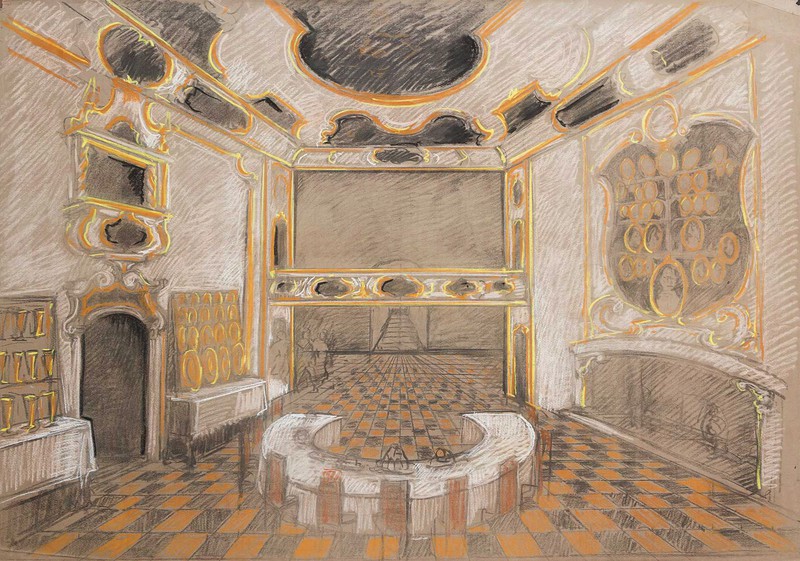
Scenografia cinematografica
O0008081
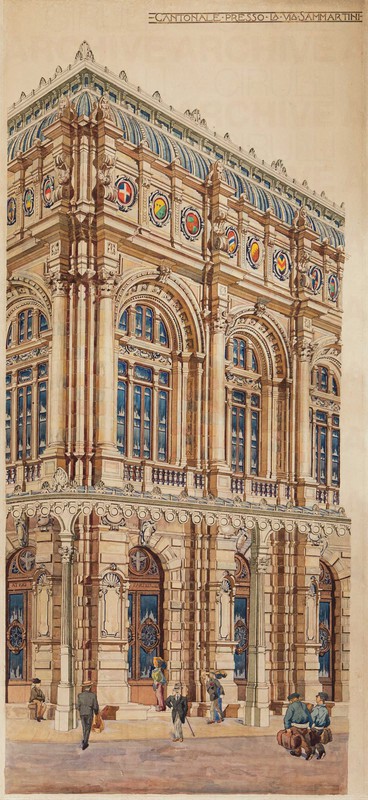
Nuova stazione viaggiatori in Milano
Cantonale presso la via Sammartini

Scenografia cinematografica per “Satyricon” di Federico Fellini
O0008624
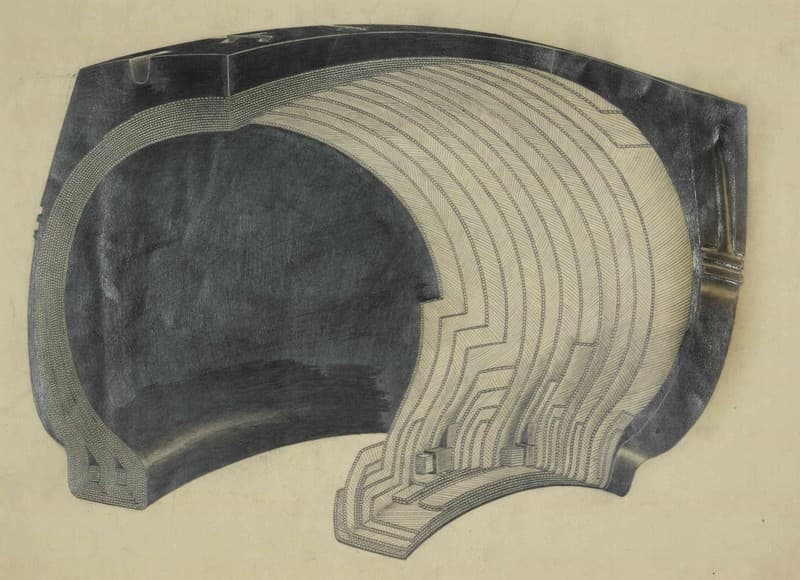
Pirelli. Sezione di pneumatico
O0003495
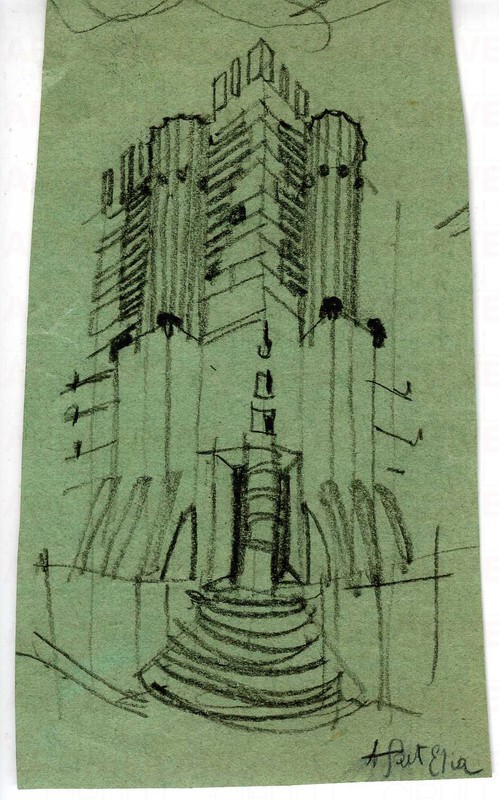
Schizzo di edificio analogo con elementi modernisti

Scenografia cinematografica
O0008134

Monotipo
O0001419
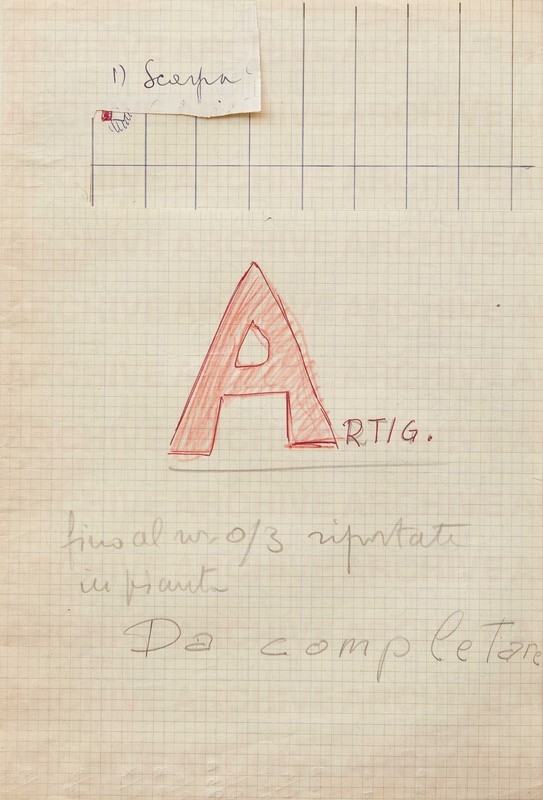
Bozzetto progettuale per la ricognizione dei palazzi di Venezia. Edifici Artigianali
O0008557
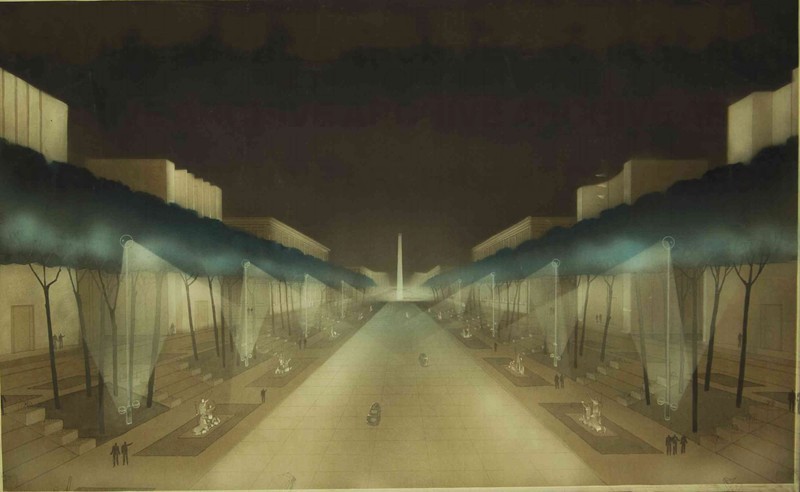
Esposizione Universale di Roma 1942 Studio per illuminazione di Viale Imperiale
O0002295
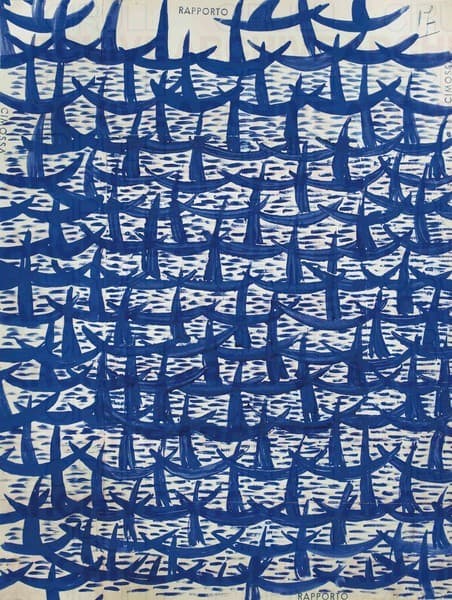
Progetto grafico di tessuto per la XI Triennale di Milano
O0004436
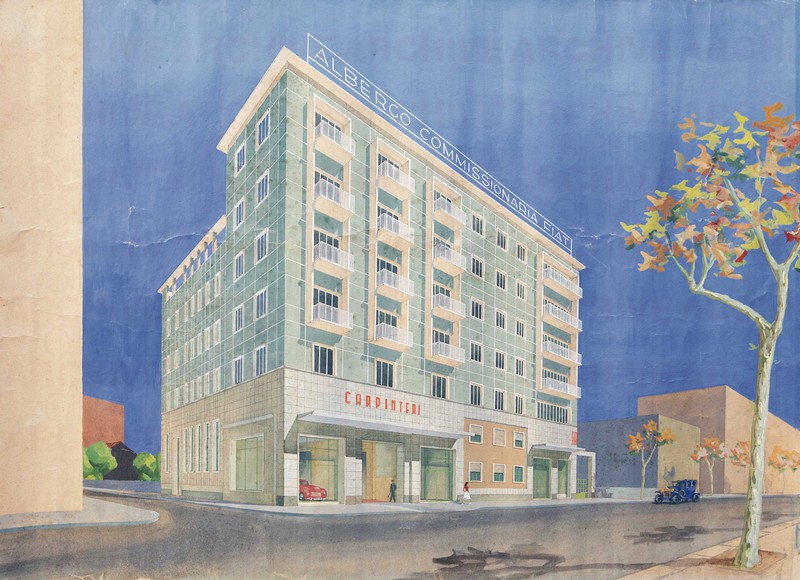
Albergo commissionaria Fiat
O0009711
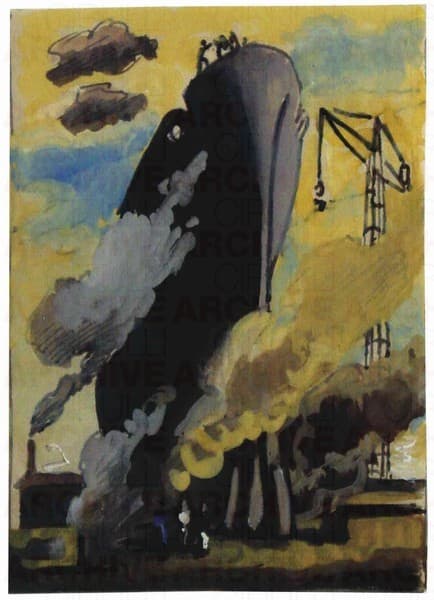
Cantieri navali Ansaldo
O0000604
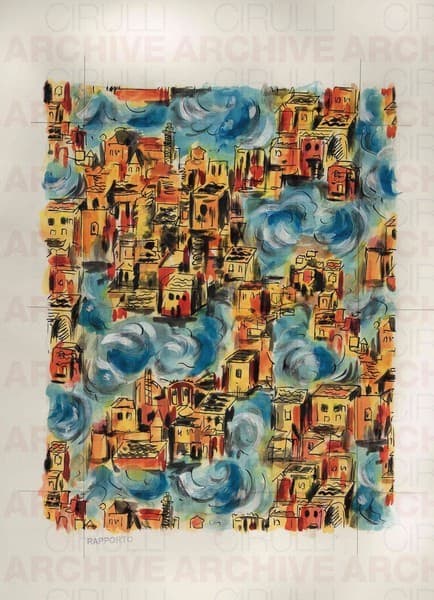
Progetto grafico di tessuto per XI Triennale di Milano
O0004515

Esposizione Universale di Roma 1942 Studio per illuminazione
O0001206
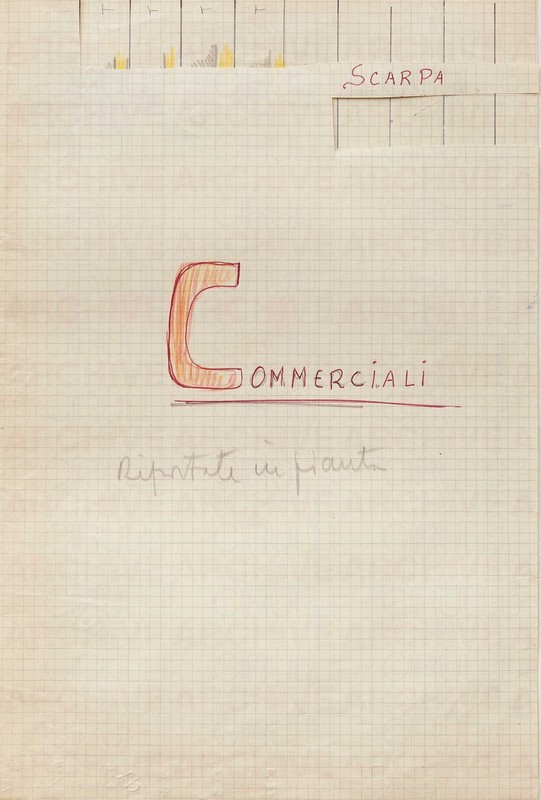
Bozzetto progettuale per la ricognizione dei palazzi di Venezia. Edifici Commerciali
O0008555

Nudo femminile che si asciuga piede destro
O0000660
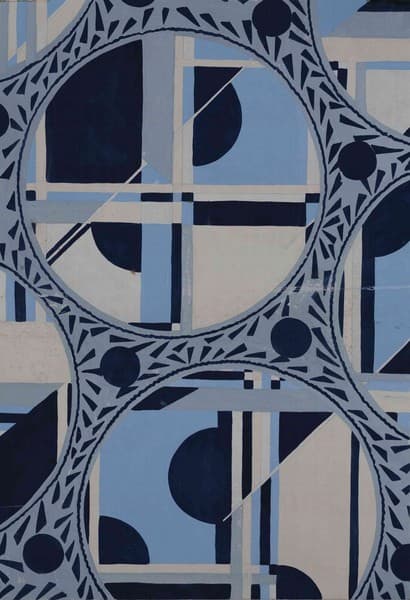
Progetto grafico per tessuto
O0001934

Bozzetto per Maison Vionnet
O0009218

Esposizione Universale di Roma 1942 Studio per illuminazione del viale che conduce alla Chiesa de SS. Pietro e Paolo
O0001188
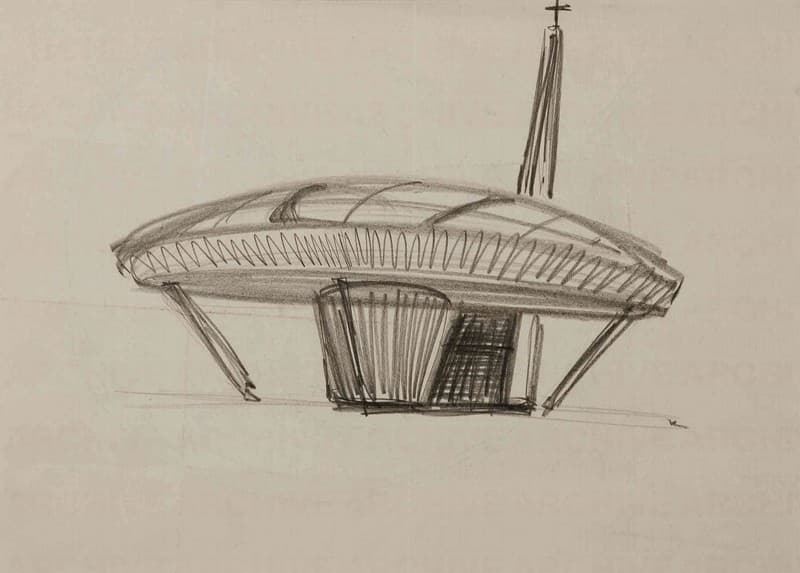
Studio per architettura - chiesa
O0002019
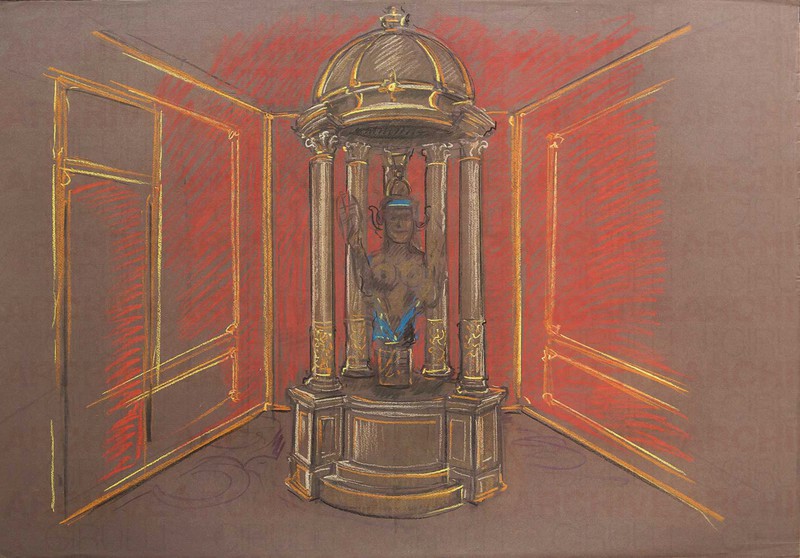
Scenografia cinematografica
O0008095
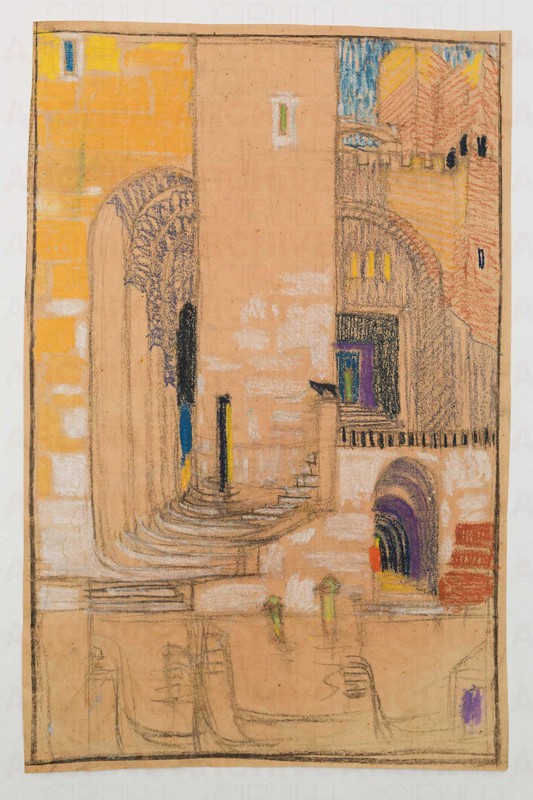
Capriccio veneziano

Scenografia cinematografica
O0008087
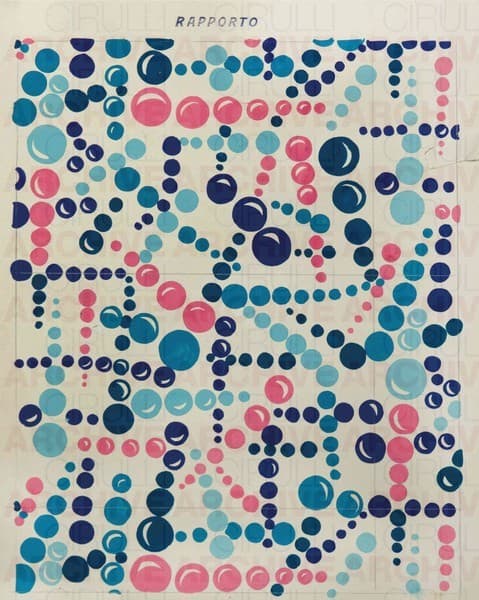
Progetto grafico di tessuto per la XI Triennale di Milano
O0004504
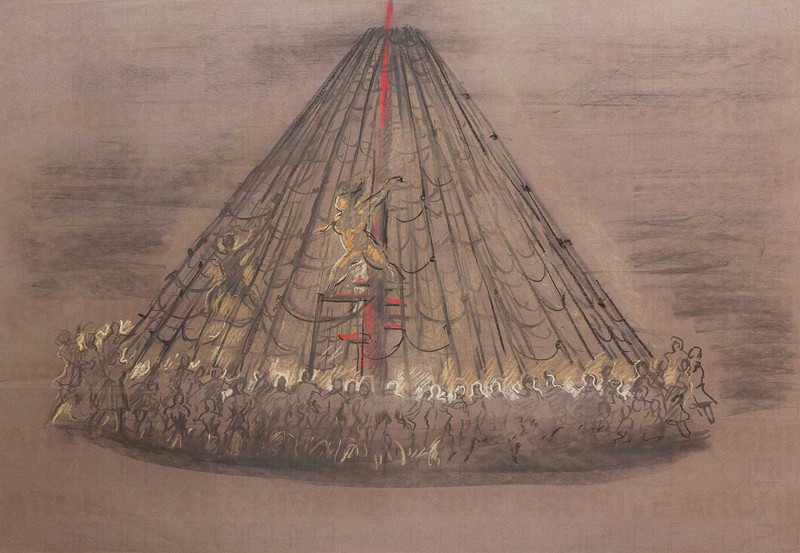
Scenografia cinematografica
O0008090

Scenografia cinematografica
O0008138

Monotipo
O0001402

Progetto per decorazione
O0005375

Disegno per progetto tecnico industriale. Sezione di pneumatico
O0004840

Sonetti di Santa Caterina
O0005349
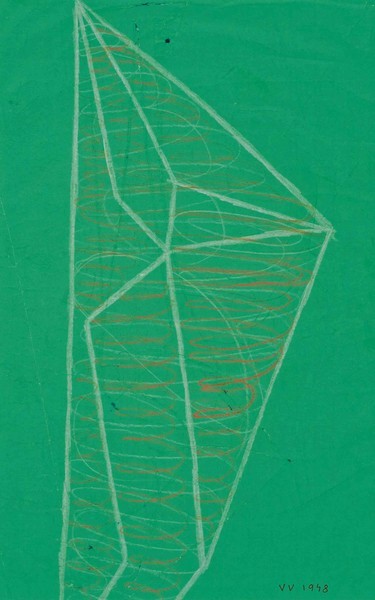
Untitled
O0002459

Studio per pneumatici Pirelli
O0005486
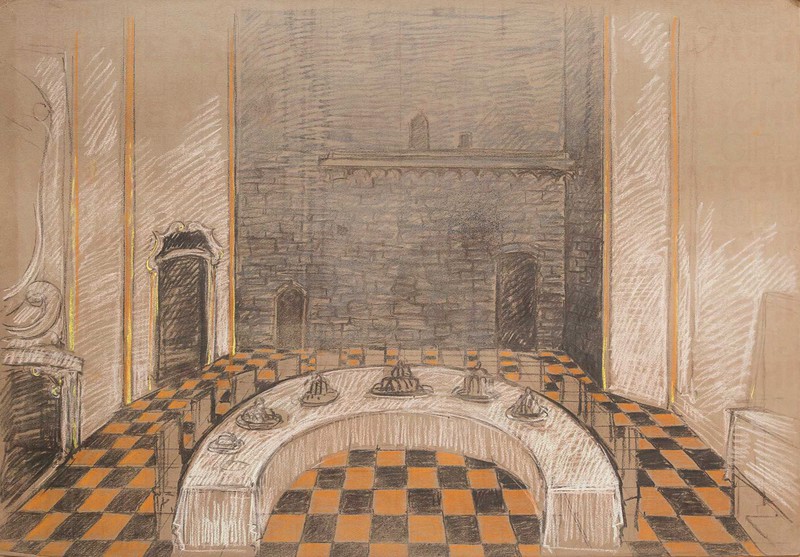
scenografia cinematografica
O0008106
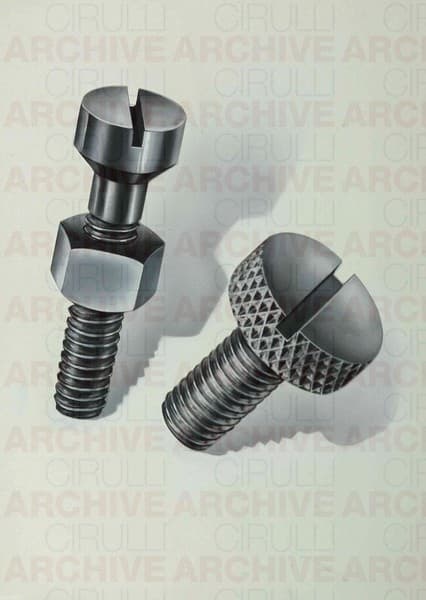
Bulloni
O0003729
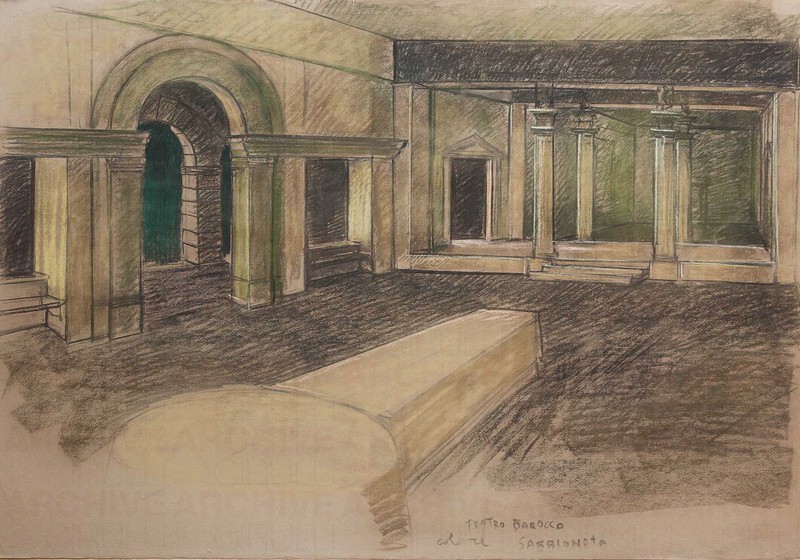
Scenografia cinematografica
O0008136
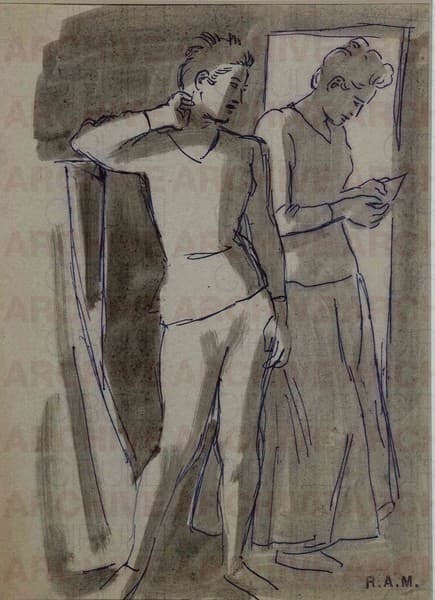
Due figure
O0004577
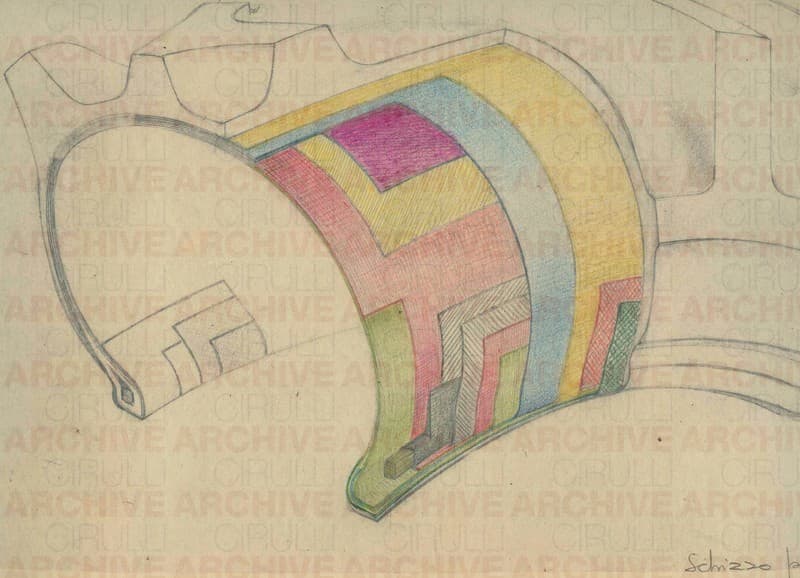
Disegno per progetto tecnico industriale Sezione di pneumatico
O0004911
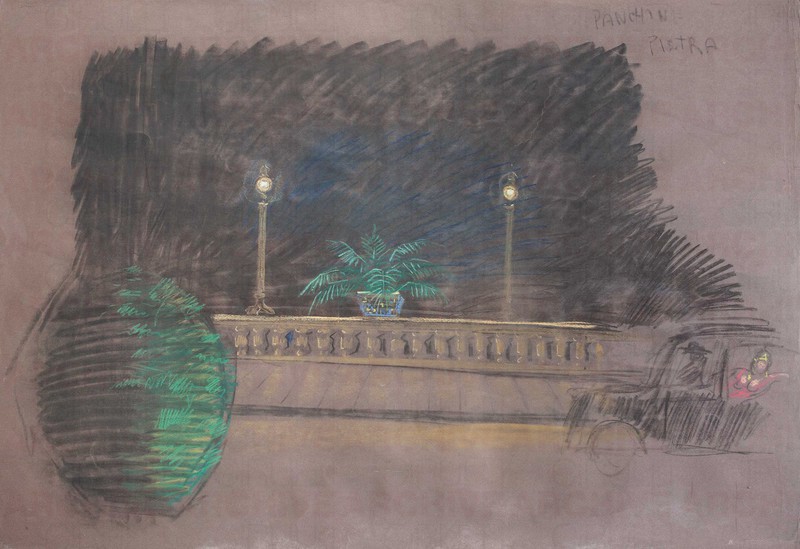
Scenografia cinematografica per “Amarcord” di Federico Fellini
O0008641

Monotipo
O0001410

Busto di statua in un paesaggio urbano
O0000668
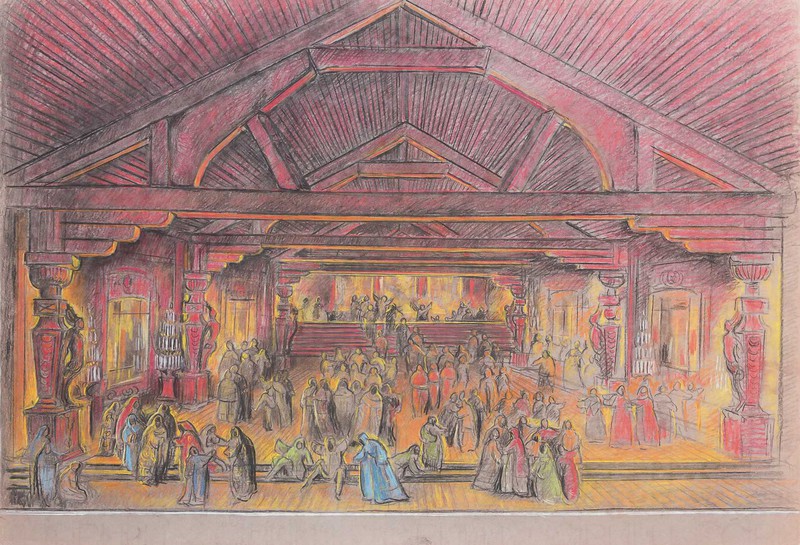
Scenografia cinematografica
O0008086
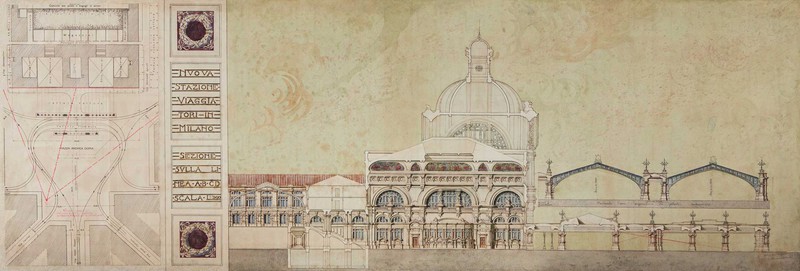
Nuova stazione viaggiatori in Milano
Sezione sulla linea A-B-C-D
O0009599
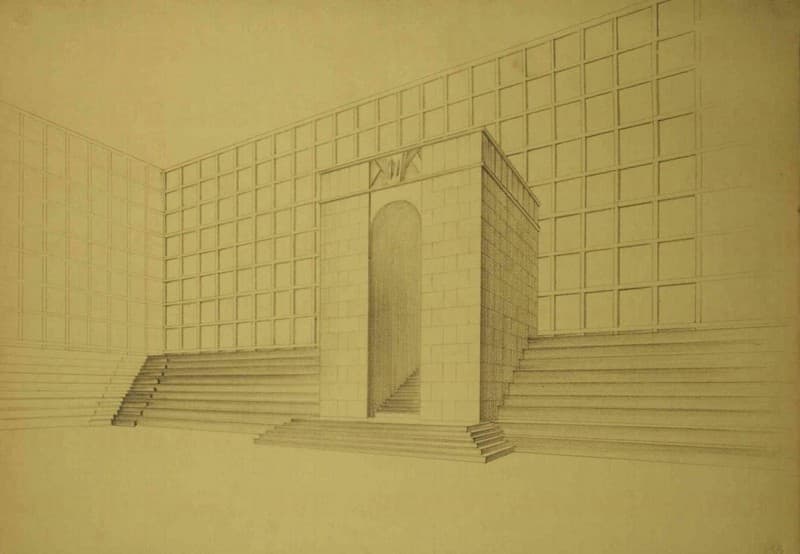
Esposizione Universale di Roma 1942 Studio per architettura
O0002189
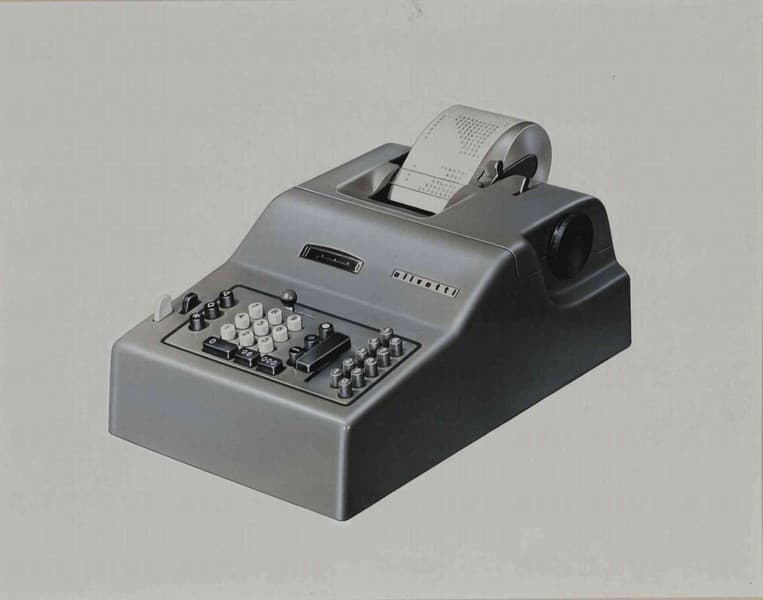
Progetto grafico per calcolatrice Olivetti
O0002094
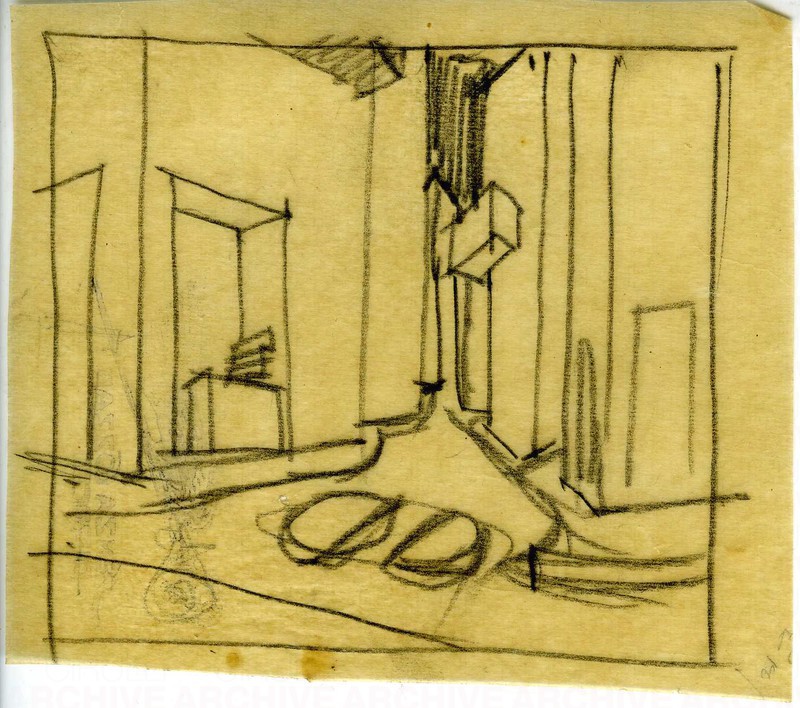
Senza titolo
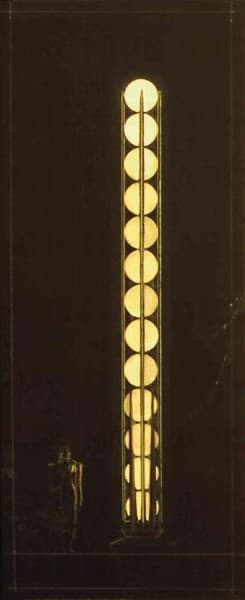
Esposizione Universale di Roma 1942 per illuminazione
O0002283

Esposizione Universale di Roma 1942 Studio per architettura
O0002336
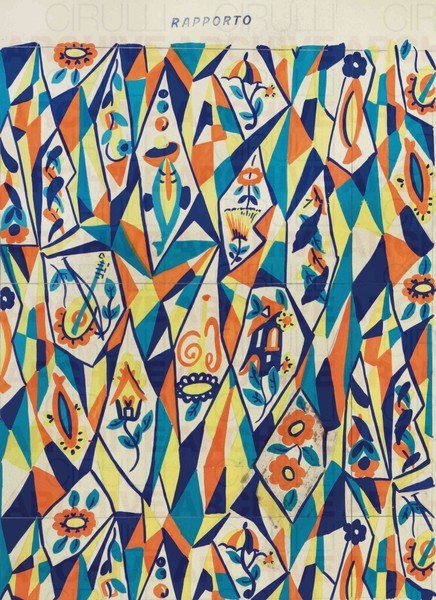
Progetto grafico di tessuto per la XI Triennale di Milano
O0004502
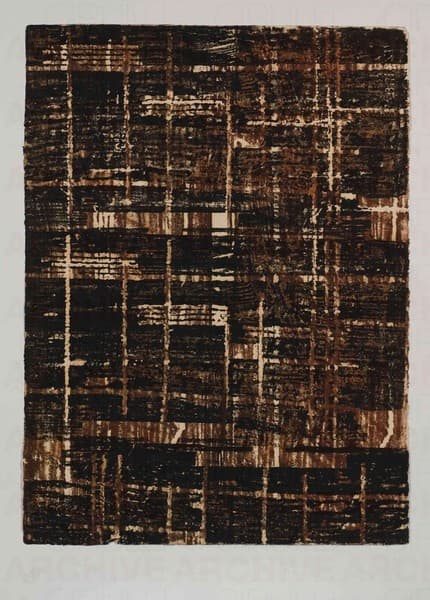
Monotipo
O0001394
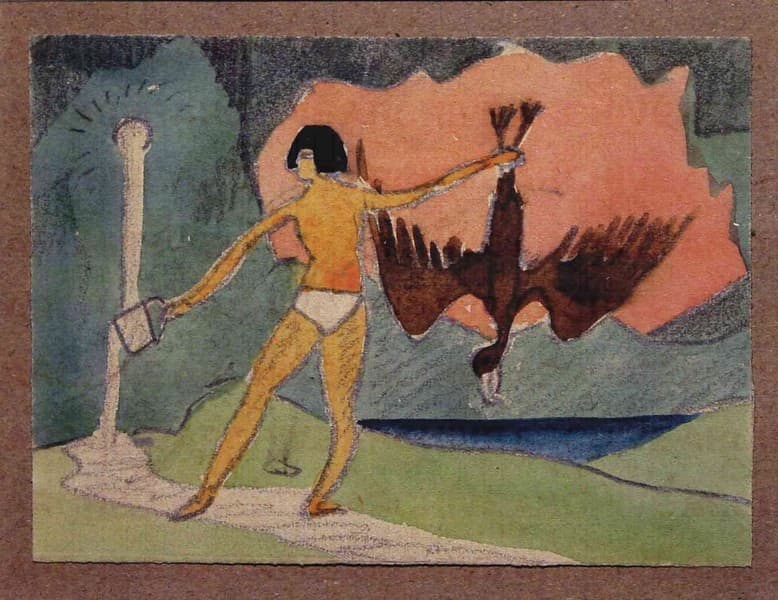
Scena di sacrificio
O0000713
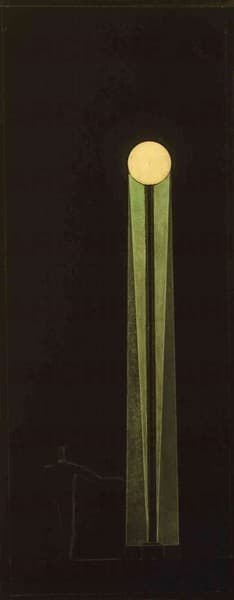
Esposizione Universale di Roma 1942 per illuminazione
O0002286
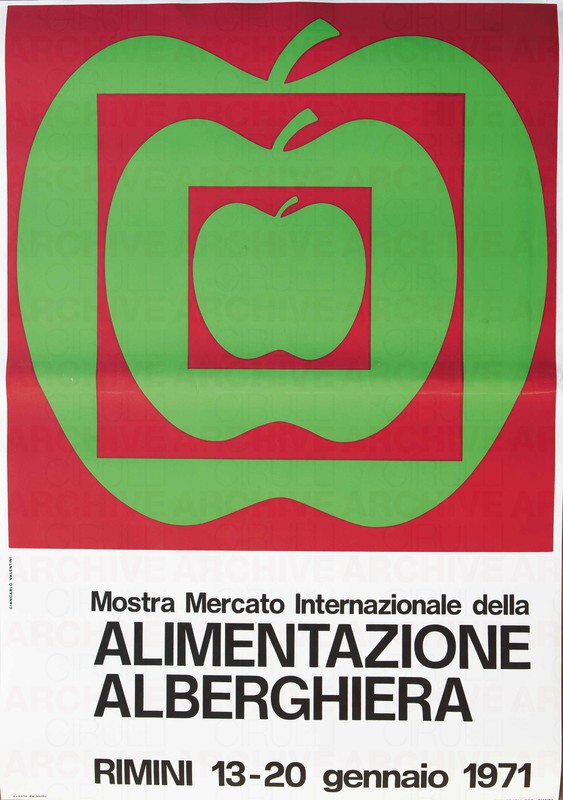
Mostra Mercato Internazionale della Alimentazione Alberghiera
O0009658

Disegno per progetto tecnico industriale. Sezione di pneumatico
O0004921

Studio per pubblicità Campari
Cordial Campari
O0003126
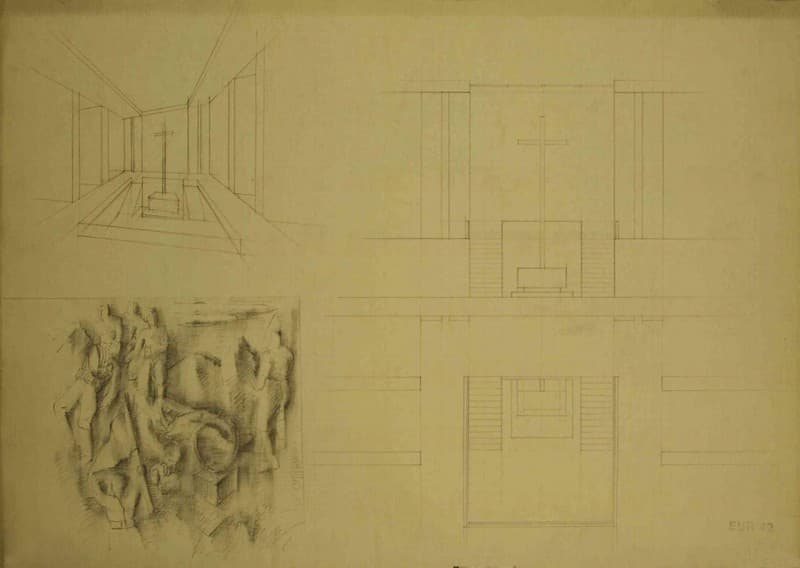
Esposizione Universale di Roma 1942 Studio per architettura
O0002182

Esposizione Universale di Roma 1942 Studio per fontana luminosa
O0002278
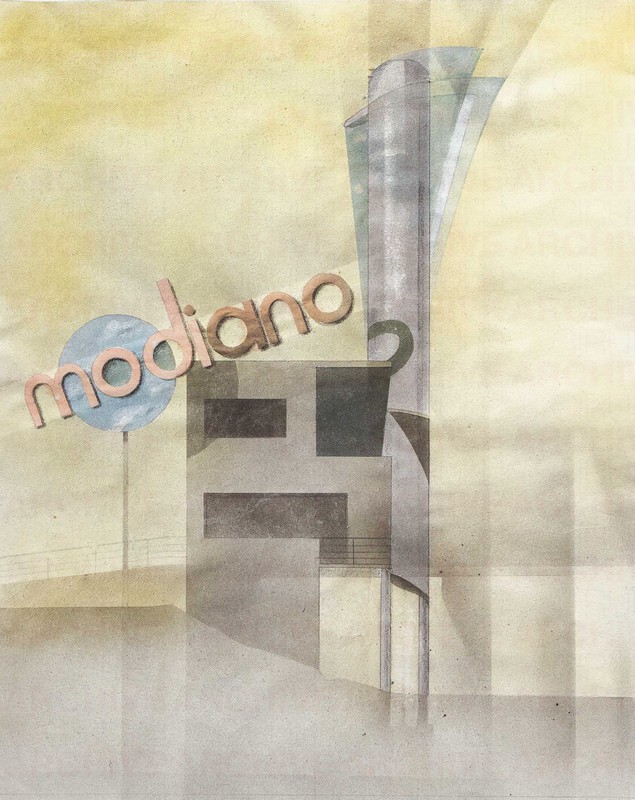
Modiano
O0009790
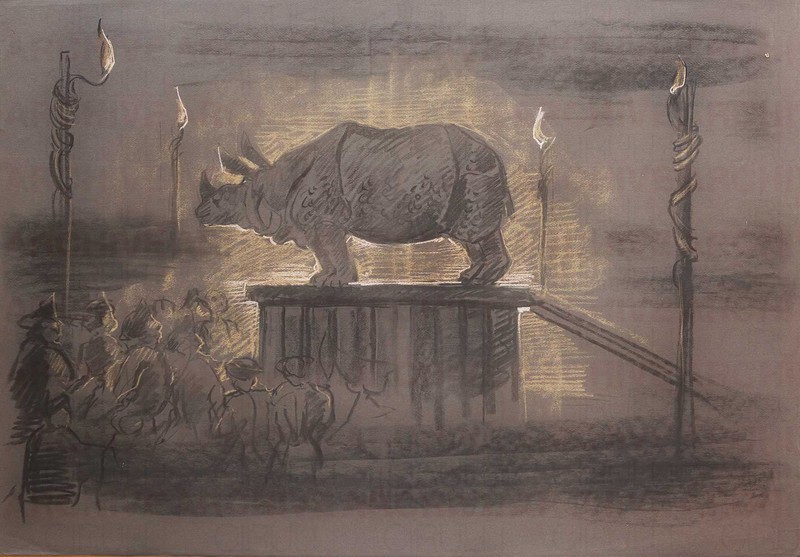
Scenografia cinematografica
O0008091
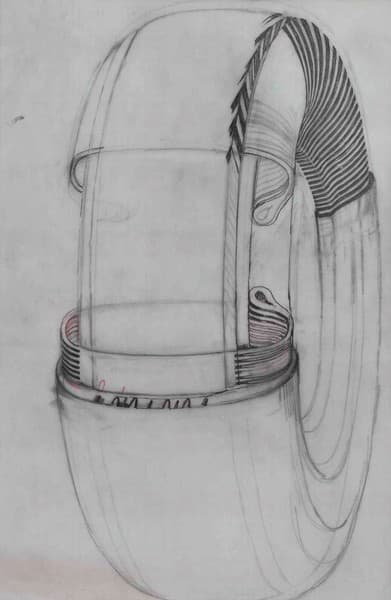
Studio per pneumatici Pirelli
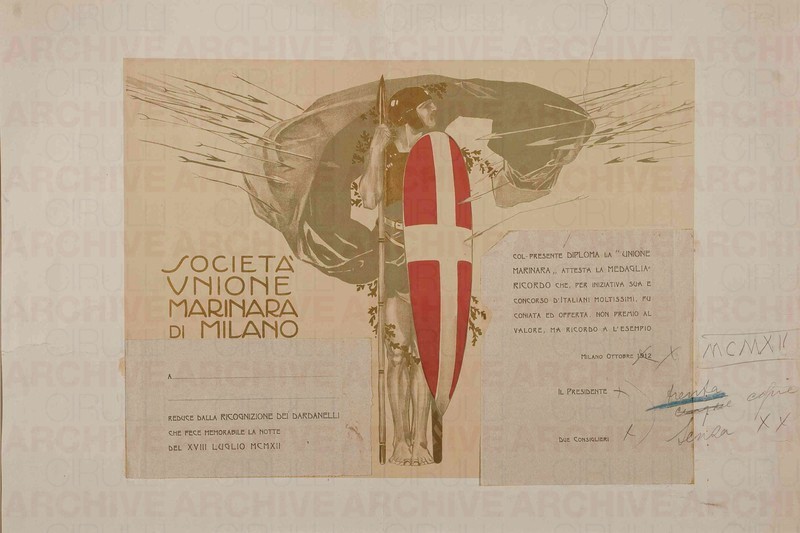
Società Unione Marinara di Milano
O0001348

Studio per Prigioniero Politico Ignoto
O0000485
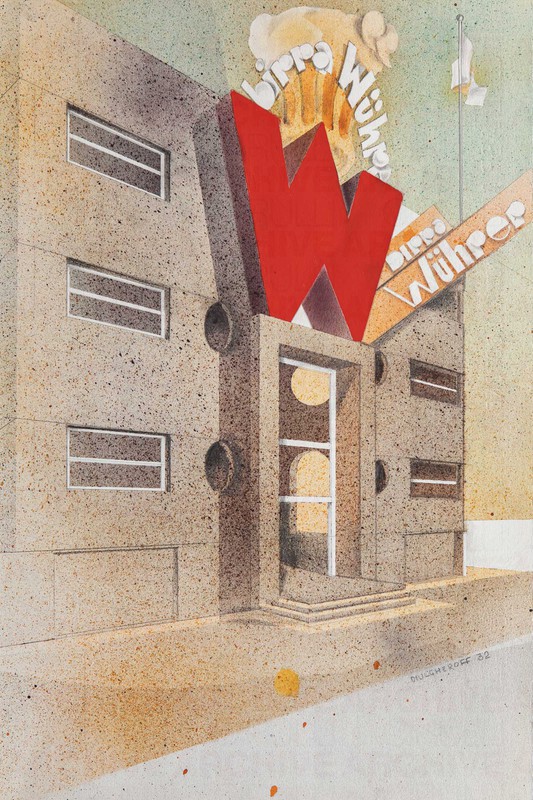
W birra Wuerer
O0009787
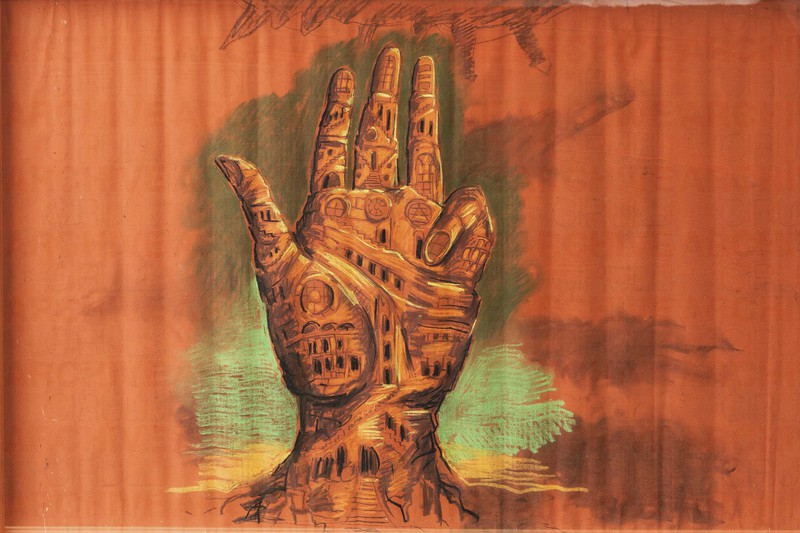
Scenografia cinematografica per Federico Fellini
O0008643
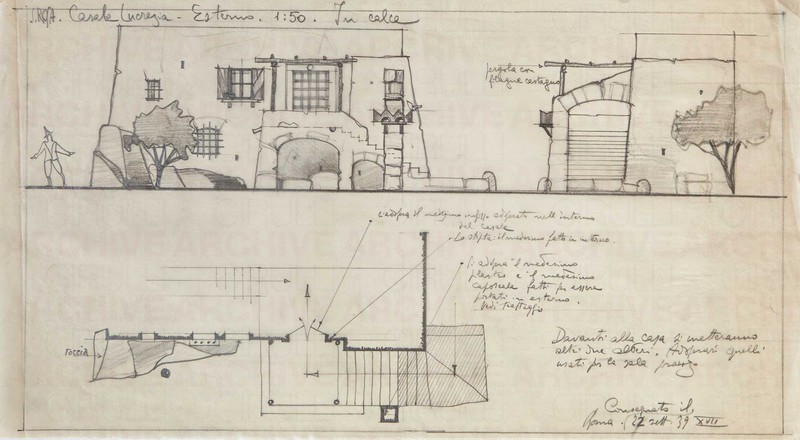
Salvator Rosa
O0009858
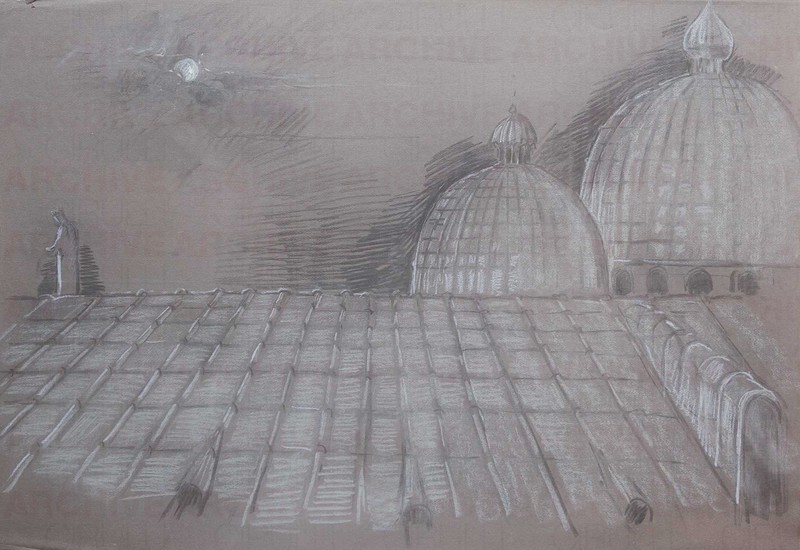
Scenografia cinematografica
O0008076
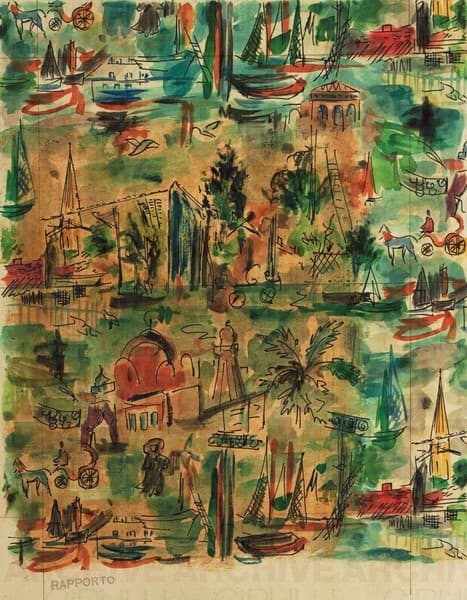
Progetto grafico di tessuto per la XI Triennale di Milano
O0004441

Scenografia cinematografica
O0008058
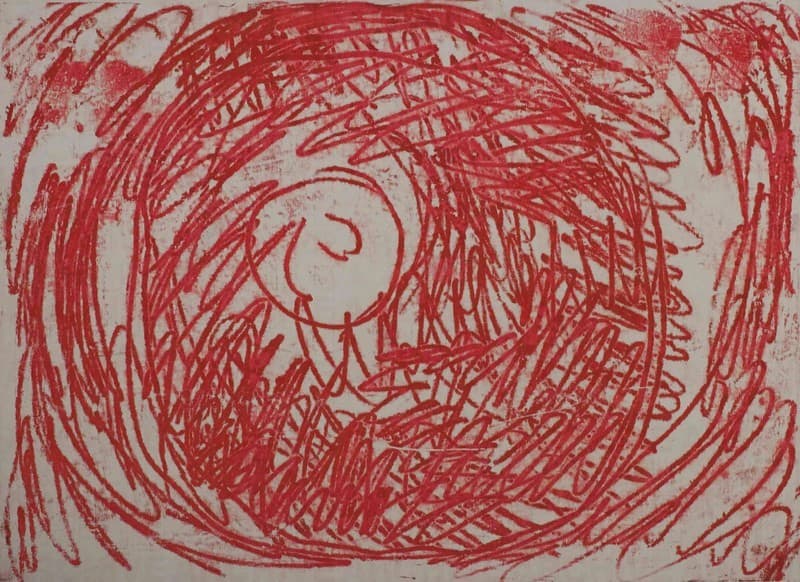
Untitled
O0001384

Monotipo
O0001392

Progetto grafico di tessuto per la X Triennale di Milano
O0004431

Progetto per la scultura “Ballerina volante”
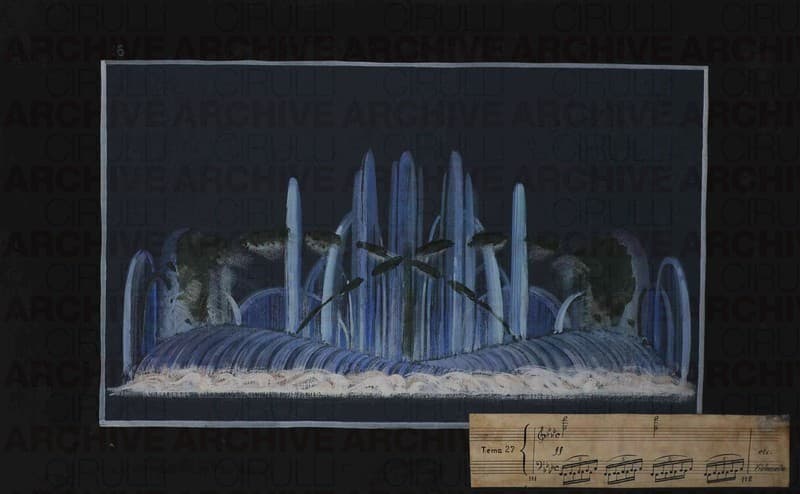
Esposizione Universale di Roma 1942 Studio per fontane danzanti Giochi di luce e musica
O0001214
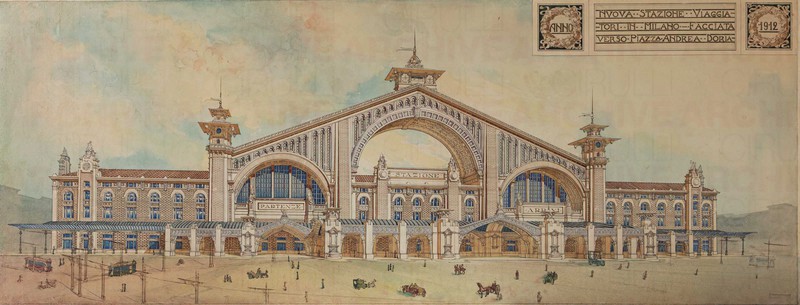
Nuova stazione viaggiatori in Milano
O0009605
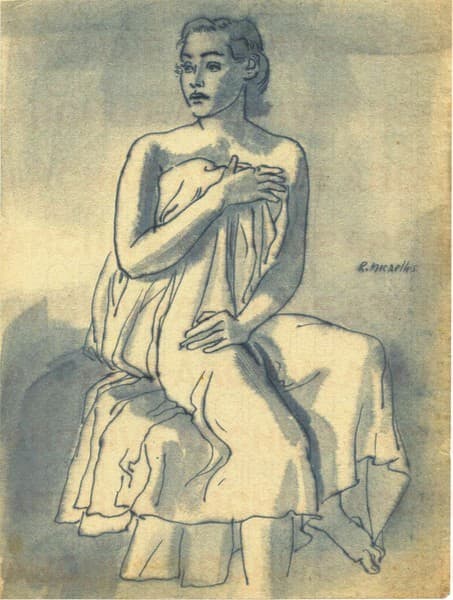
Figura femminile seduta e drappeggiata
O0000661

I Puri
O0001127
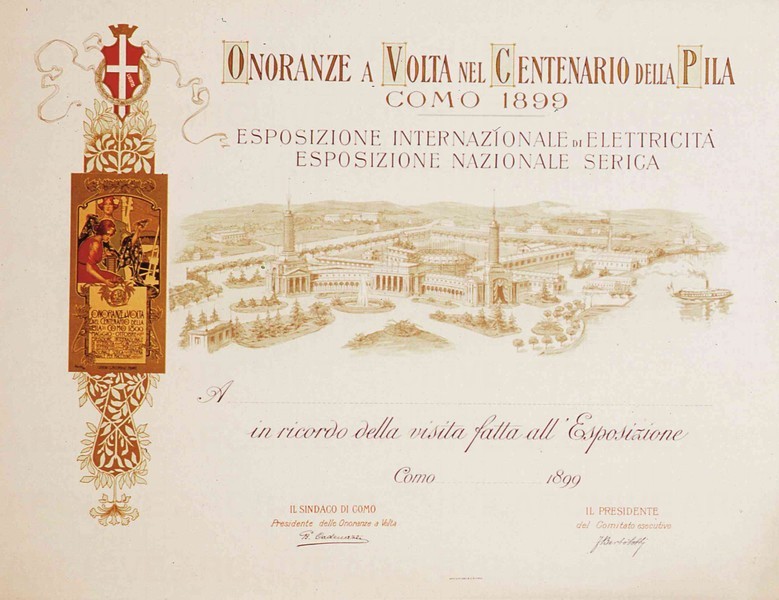
Onoranze a Volta nel Centenario della pila
O0001353
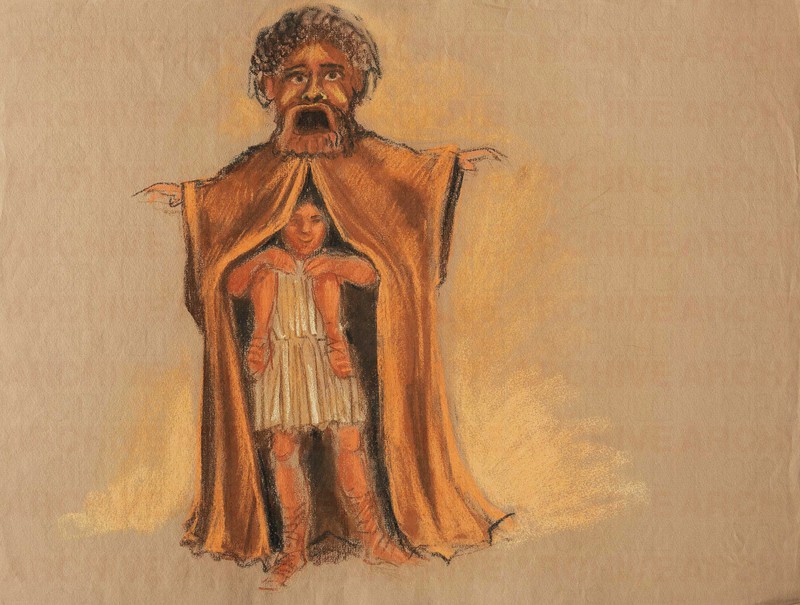
Scenografia cinematografica per “Satyricon” di Federico Fellini
O0008608
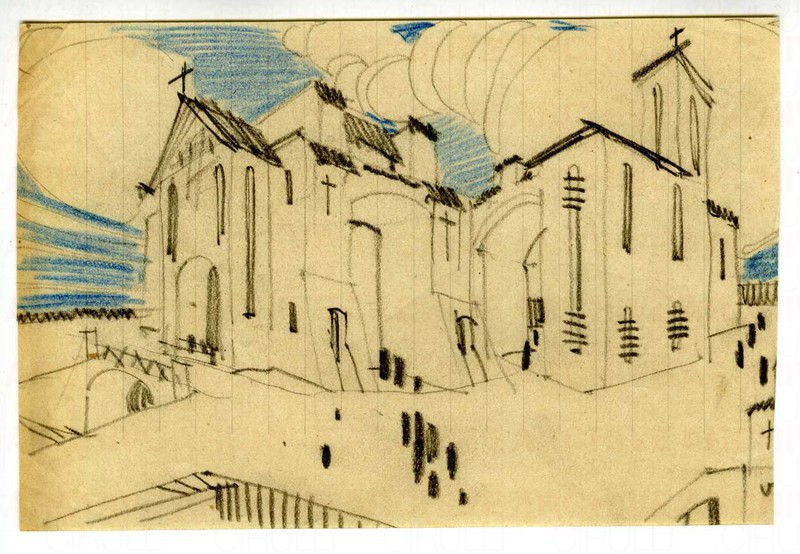
Schizzo di una chiesa
1/2
O0007503
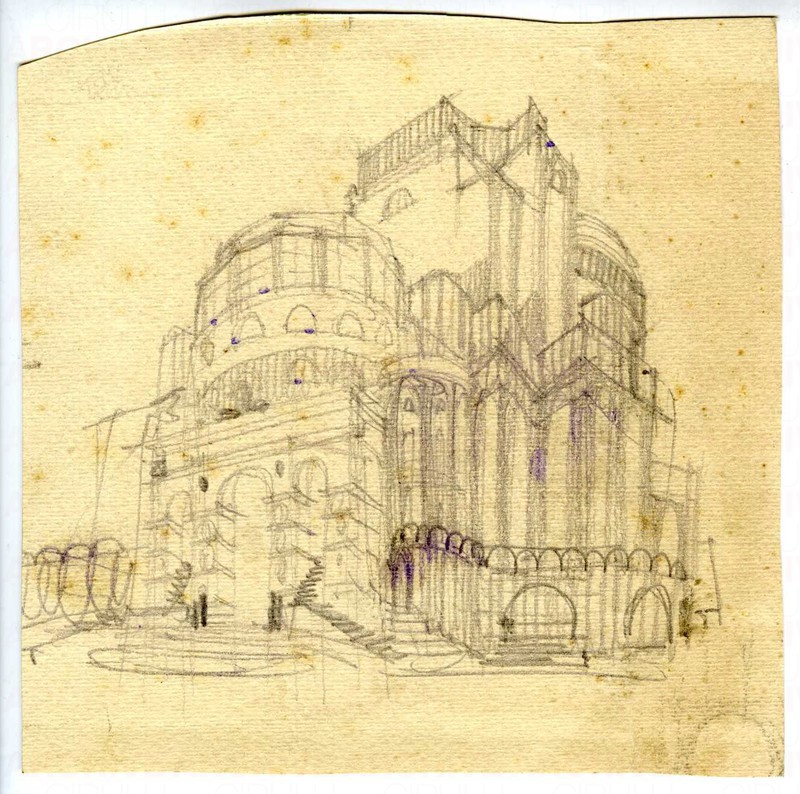
Schizzo di un edificio
2/2
O0007504
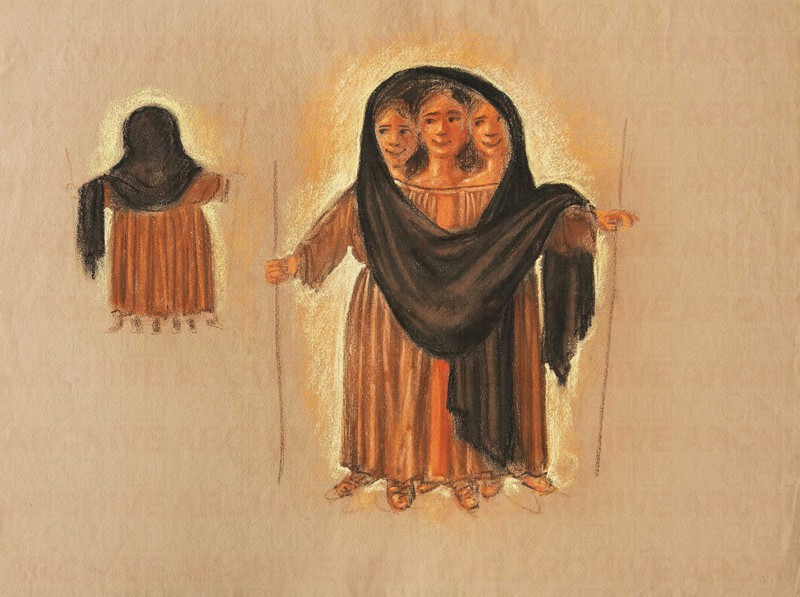
Scenografia cinematografica per “Satyricon” di Federico Fellini
O0008613

Untitled
O0001415
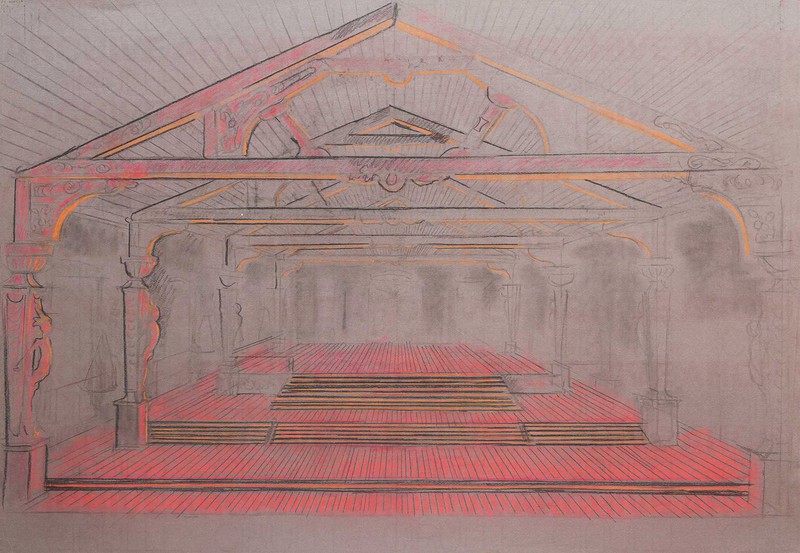
Scenografia cinematografica
O0008066
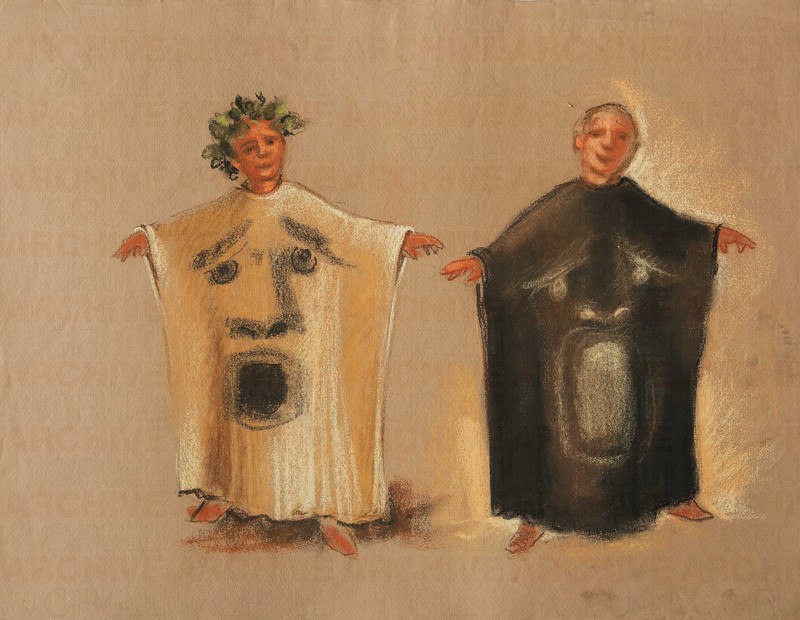
Scenografia cinematografica per “Satyricon” di Federico Fellini
O0008609

Scenografia cinematografica
O0008125
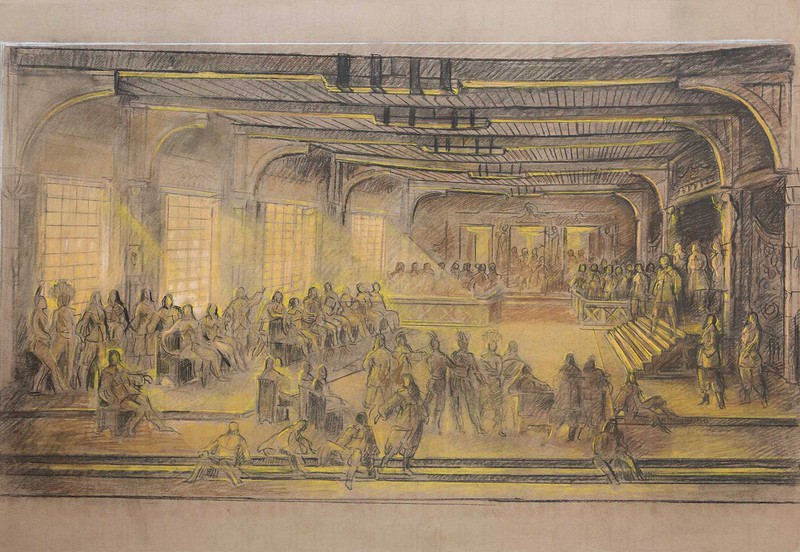
Scenografia cinematografica
O0008075
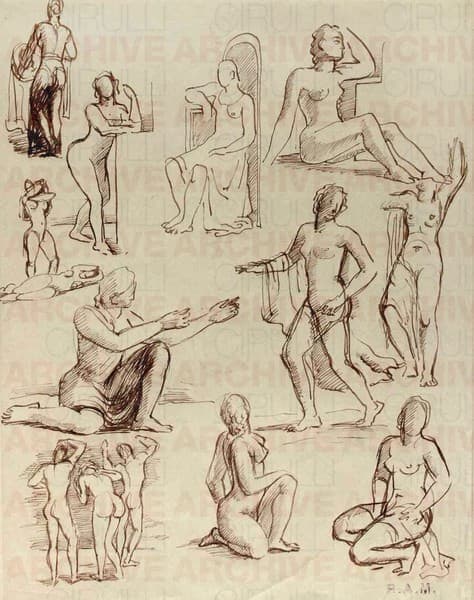
Figure femminili
O0004540

Monotipo
O0001398
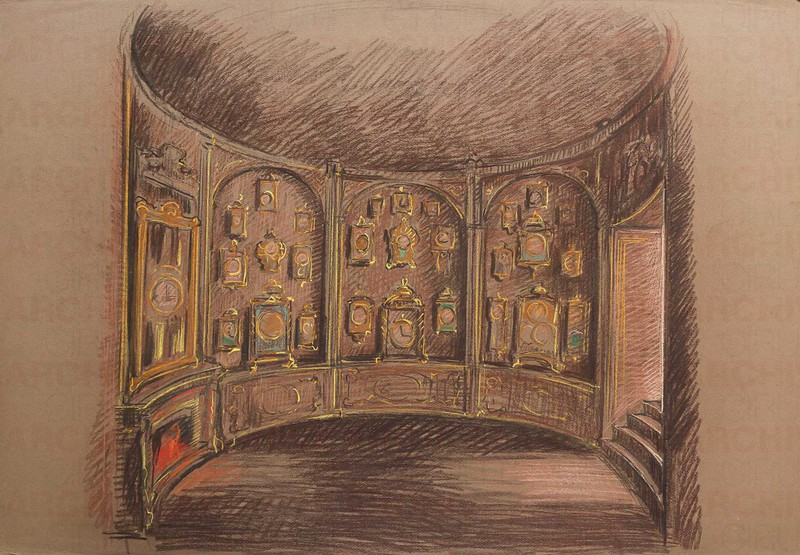
Scenografia cinematografica
O0008096

Studio pubblicitario per industria meccanica
O0004131

Progetto grafico di tessuto per la X Triennale di Milano
O0004437
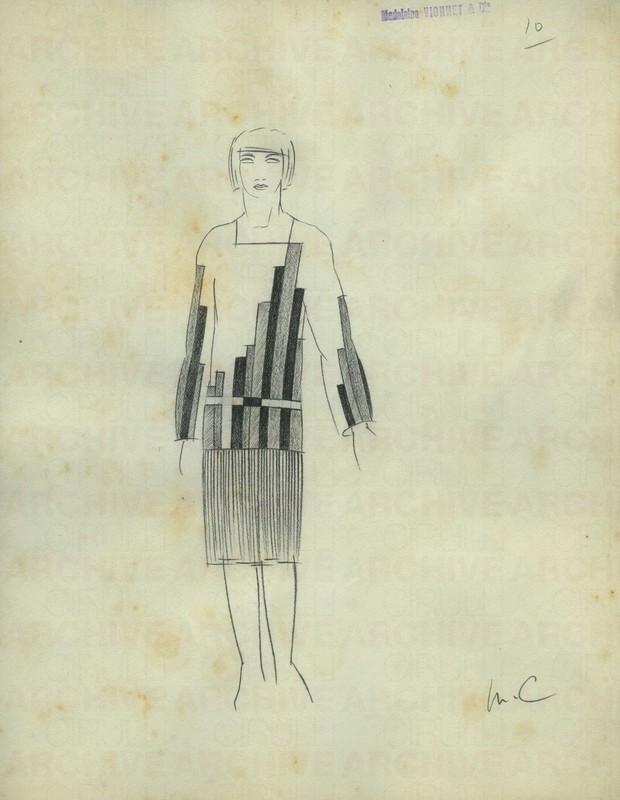
Bozzetto per Maison Vionnet
O0009221
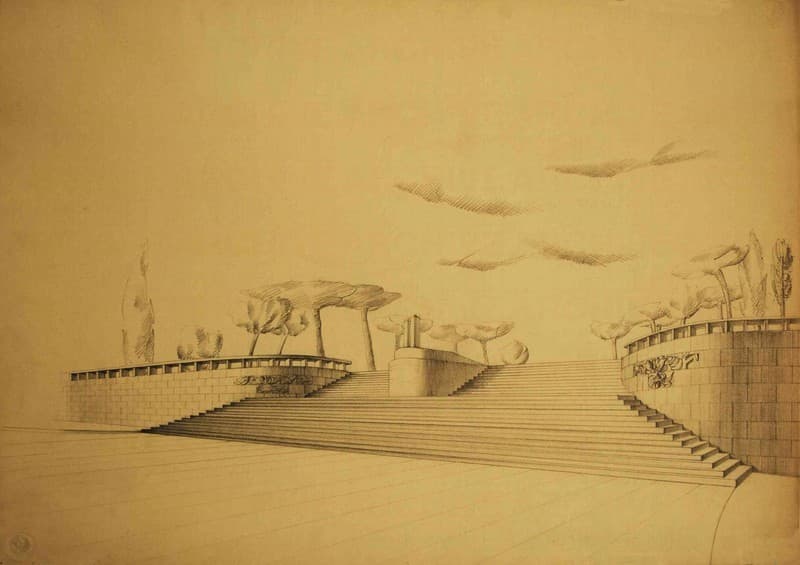
Esposizione Universale di Roma 1942 Studio per architettura
O0002232
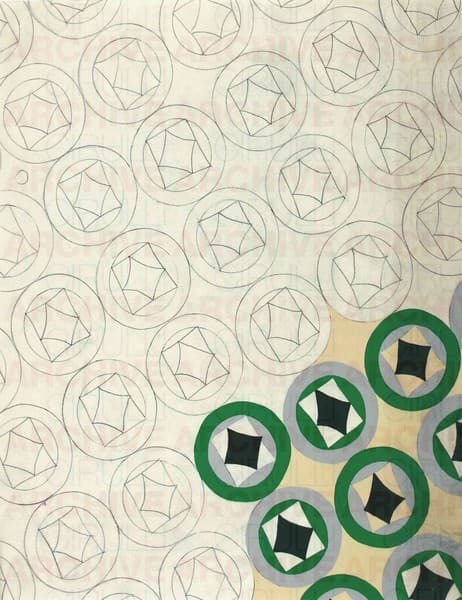
Progetto grafico di tessuto per la X Triennale di Milano

Exposicion de Barcelona
O0001504
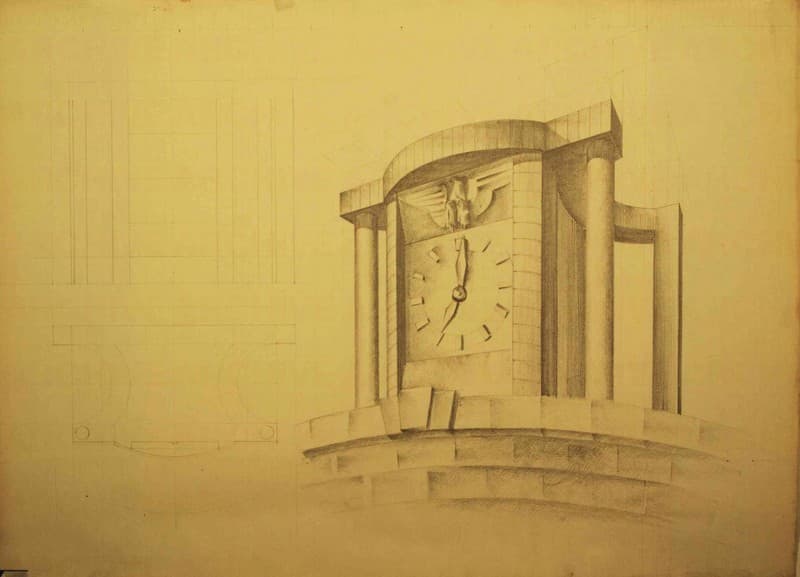
Esposizione Universale di Roma 1942 Studio per architettura
O0002270
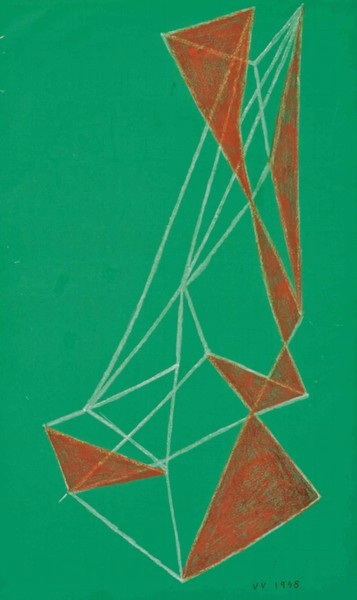
Untitled
O0002455

Scenografia cinematografica
O0008131
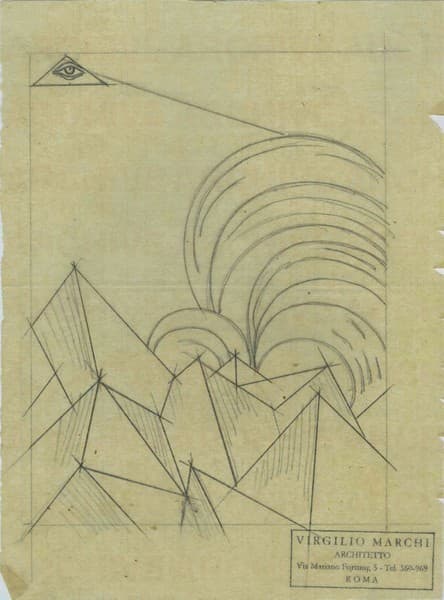
Creazione del cielo e della terra
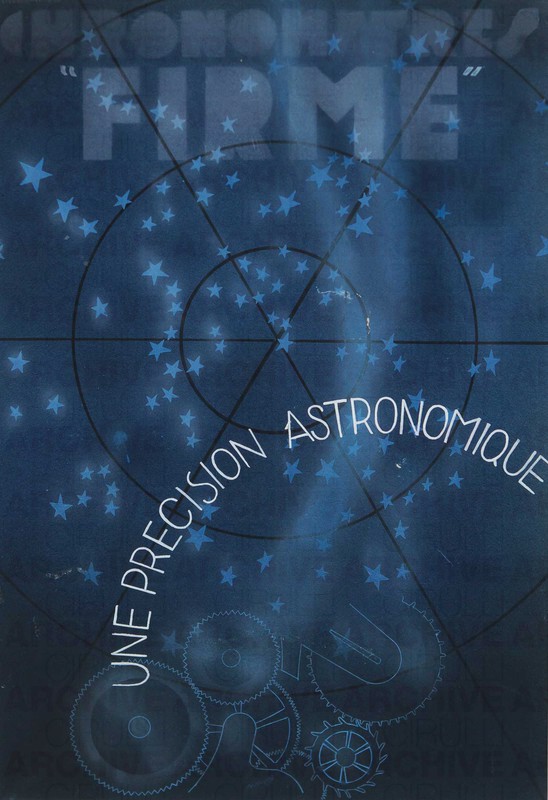
Cronométres “Firme”. Une precision astronomique

Progetto grafico di tessuto per XI Triennale di Milano
O0004513
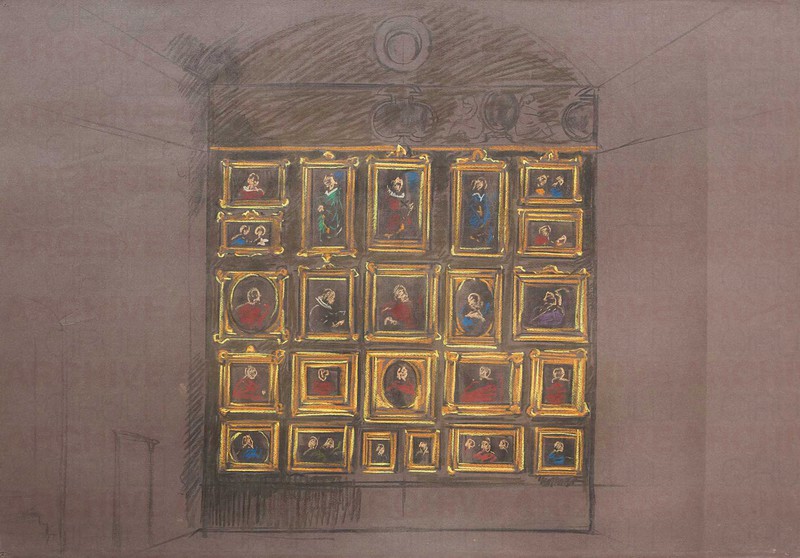
Scenografia cinematografica
O0008085
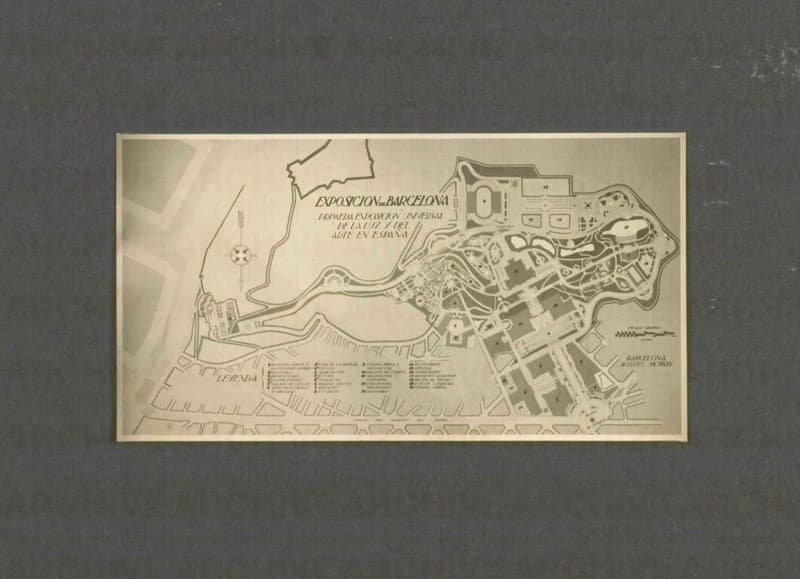
Exposicion de Barcelona
O0001544
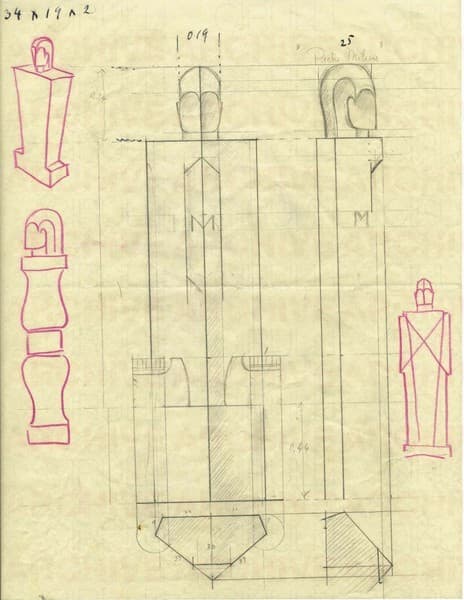
Progetto della base per Dux
O0000545
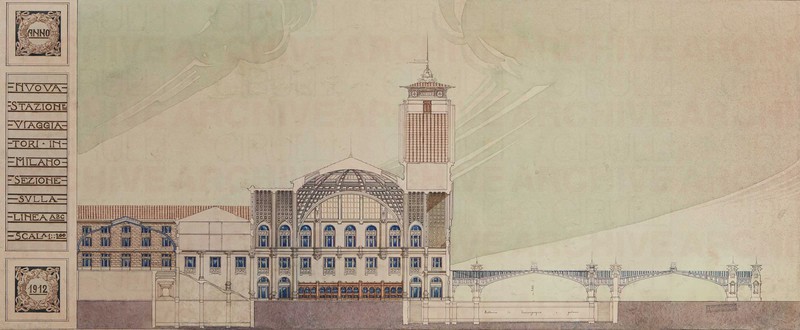
Nuova stazione viaggiatori in Milano
Sezione sulla linea A-B-C
O0009603
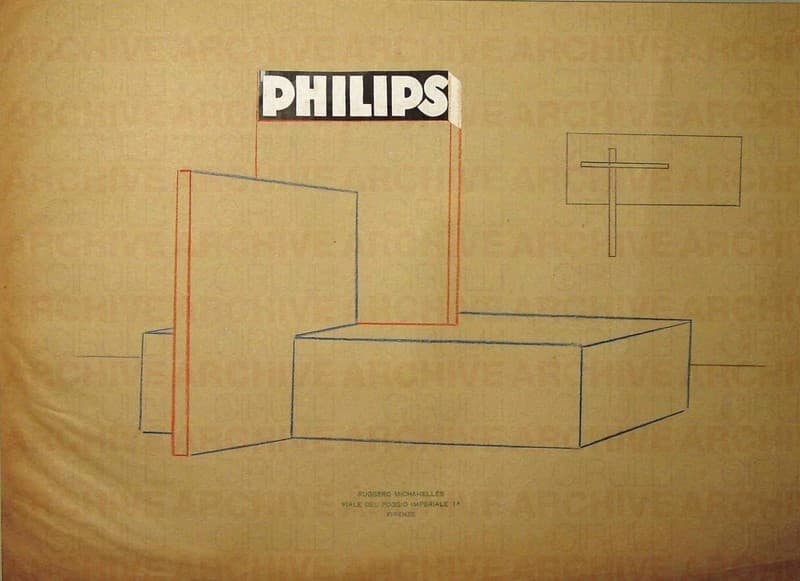
Studio per allestimento fieristico “Philips”
O0000637

Untitled
O0000615
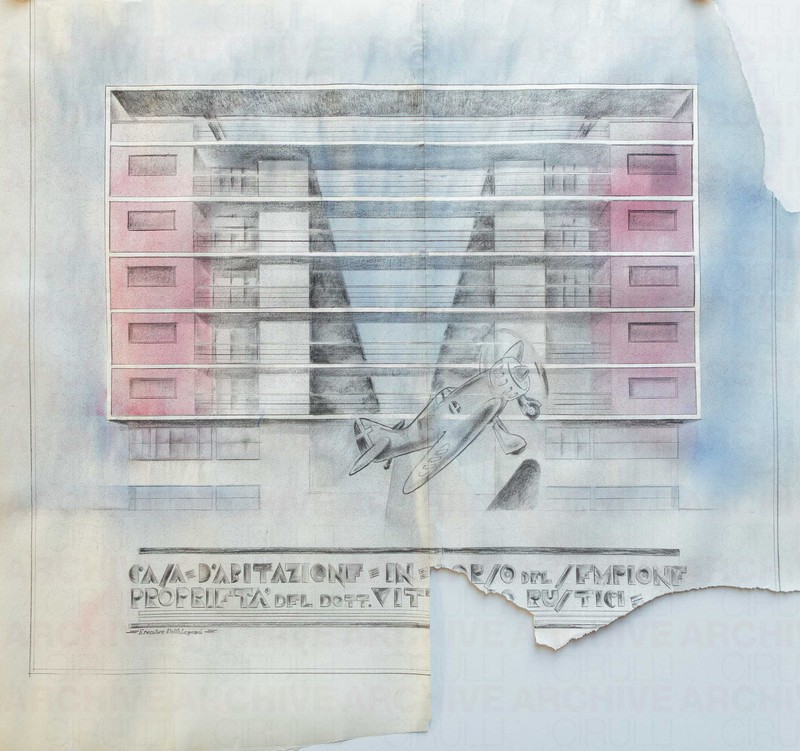
Casa d’abitazione in Corso del Sempione Proprietà del dott. Vittorio Rustici. Esecutivo Delfo Legnani
O0009830
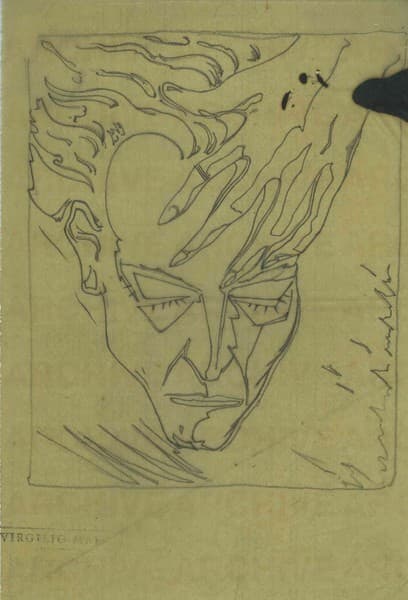
Decollazione di San Giovanni
O0005350
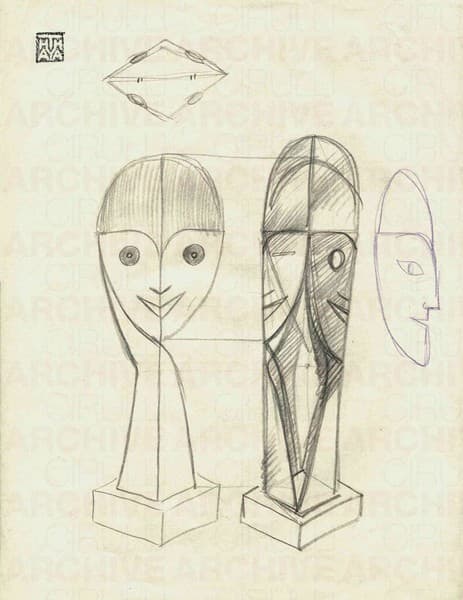
Progetto per la scultura “Ballerina volante”
O0000544

Balilla-Avanguardista
O0001338
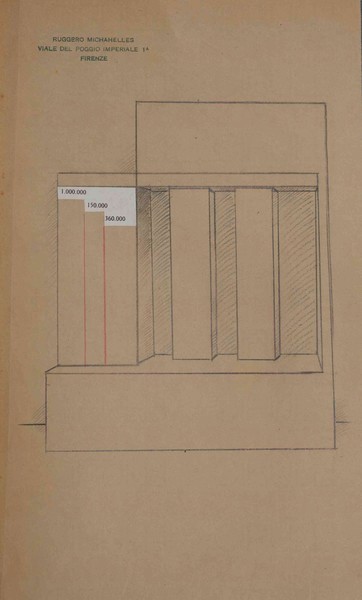
Untitled
O0002526
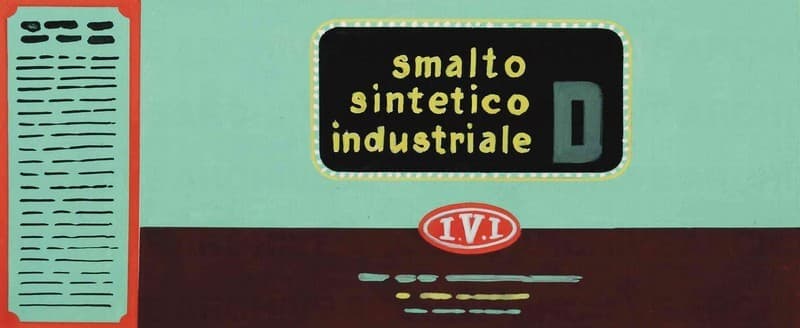
Colorgraf. Smalto Sintetico Industriale
O0003747
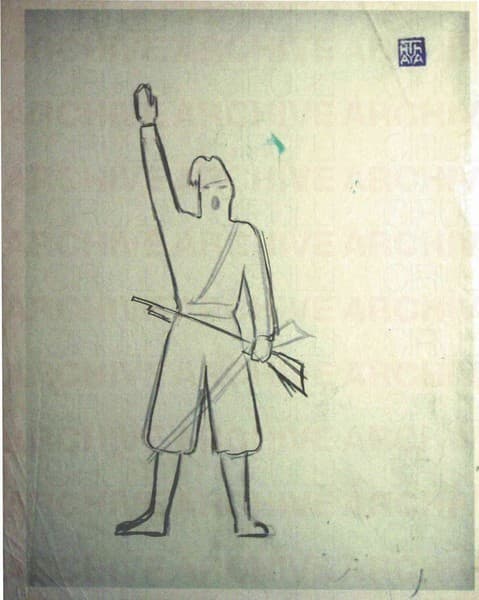
Balilla-Avanguardista (verso)
O0001337
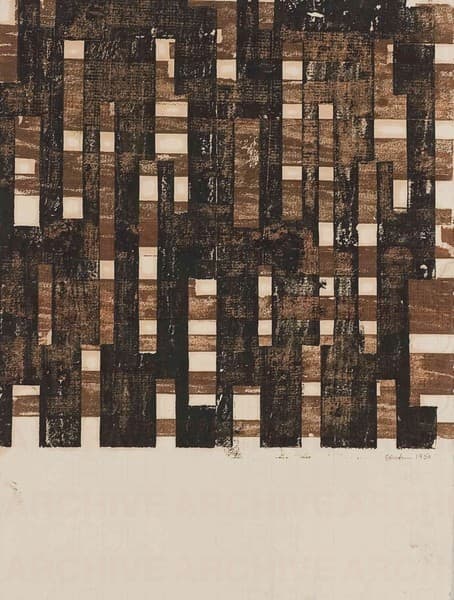
Monotipo
O0001430
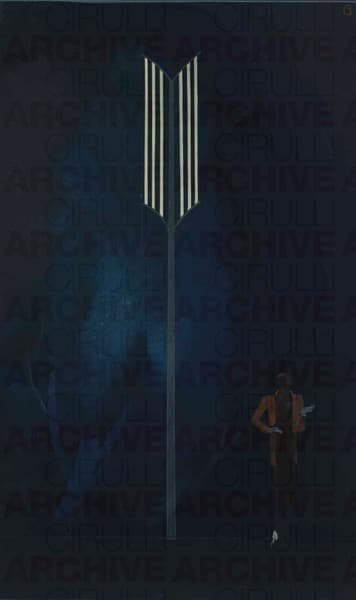
Esposizione Universale di Roma 1942 per illuminazione
O0001209
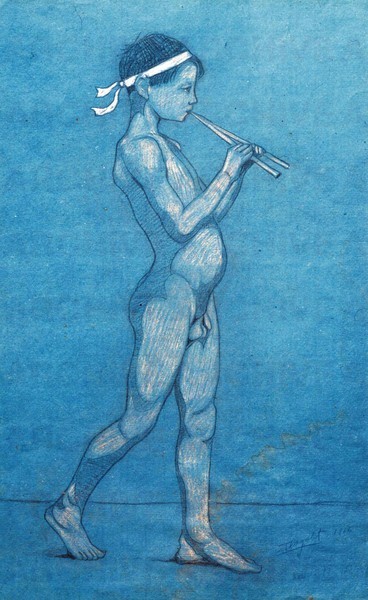
Ragazzo che suona la siringa
O0000698

Bozzetto per Maison Vionnet
O0009217
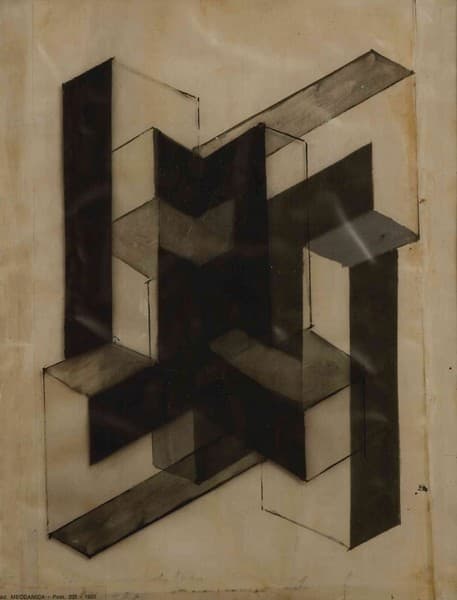
Padiglione Meccanica
O0002873

Study for “Ente Consorziale Interprovinciale Toscano Sementi”
O0002522
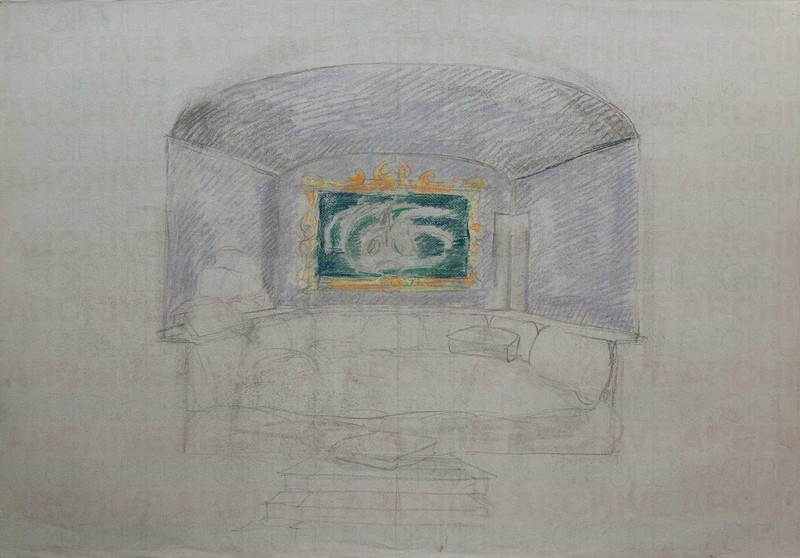
Scenografia cinematografica
O0008063
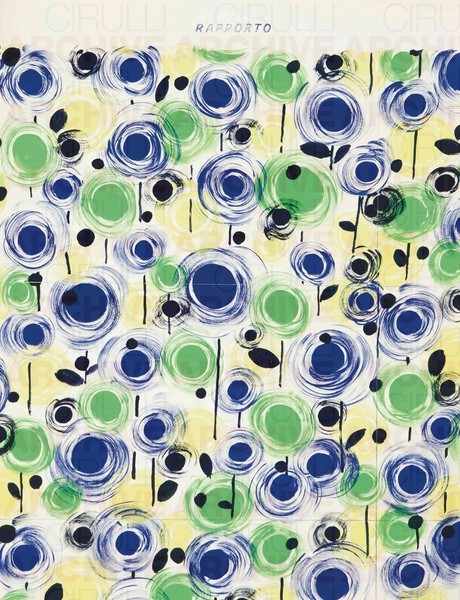
Progetto grafico di tessuto per la XI Triennale di Milano
O0004492
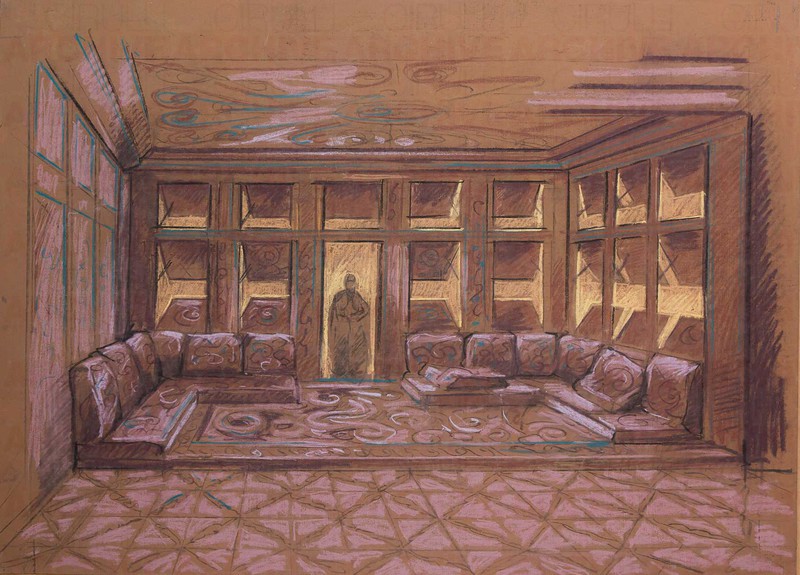
Scenografia cinematografica
O0008083
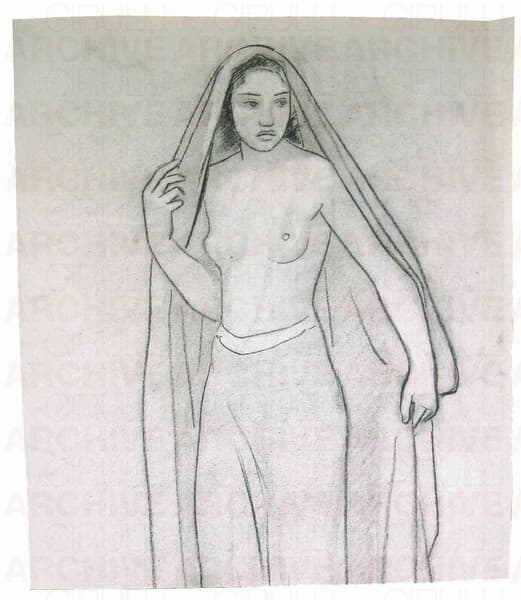
Figura femminile
O0000670
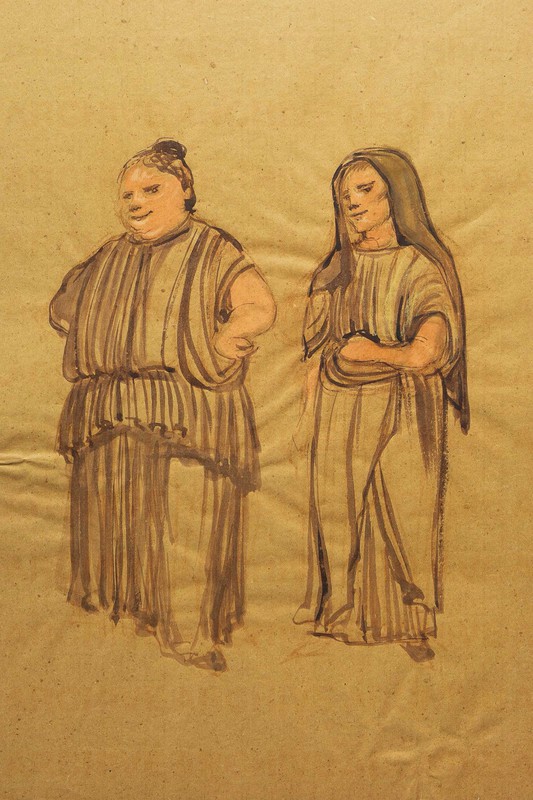
Scenografia cinematografica per “Satyricon” di Federico Fellini
O0008630

Esposizione Universale di Roma 1942 Studio per illuminazione
O0002281

Lupo Alberto
O0003923
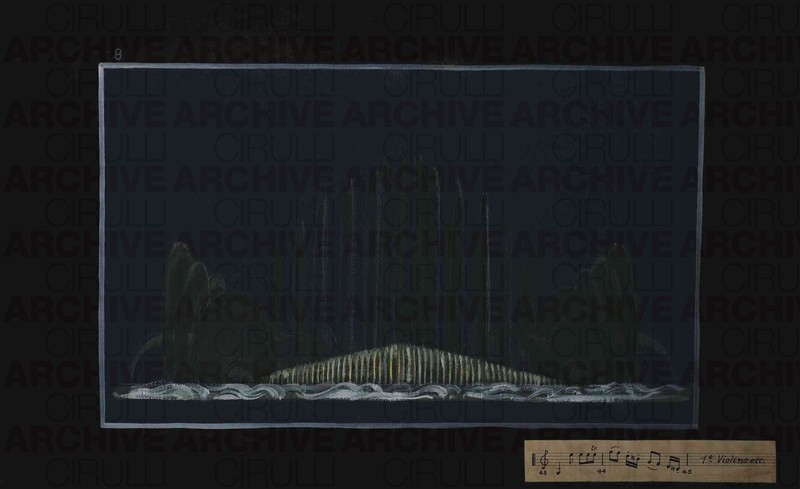
Esposizione Universale di Roma 1942 Studio per fontane danzanti Giochi di luce e musica
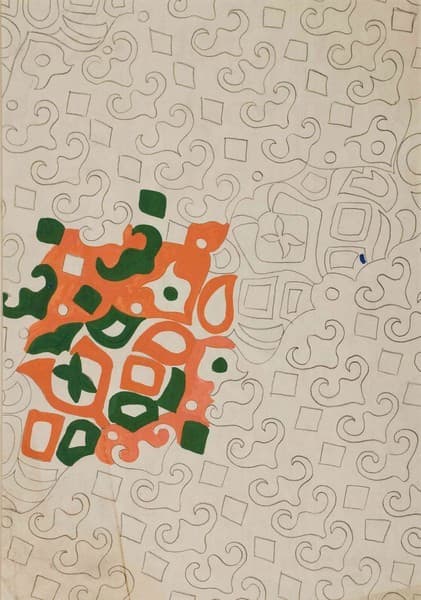
Progetto grafico per tessuto
O0001931

F. N.C.V. Federazione Nazionale dei Consorzi per la Viticoltura Baluardo Siena. Pianta e prospetti dei padiglioni
O0005333
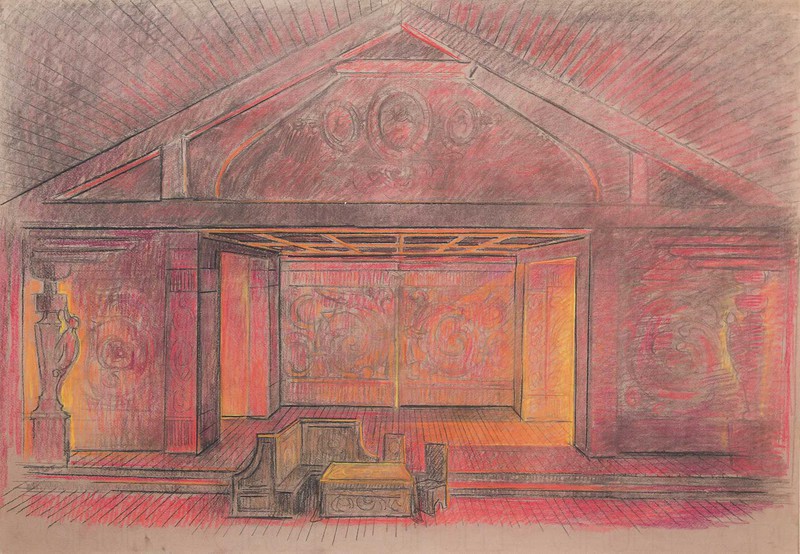
Scenografia cinmatografica
O0008060
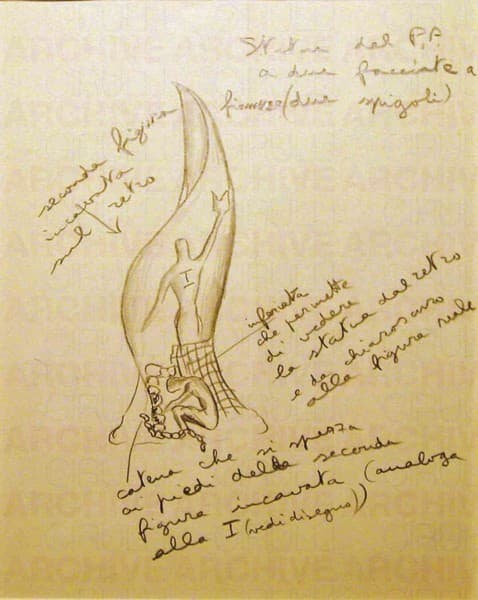
Studio per Prigioniero Politico Ignoto
O0000482

Scenografia cinematografica per Federico Fellini
O0008636
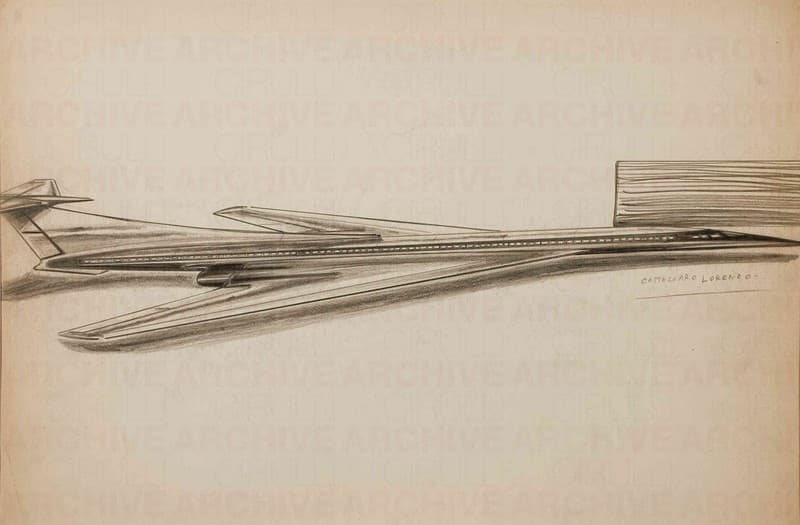
Studio per aereo
O0001756
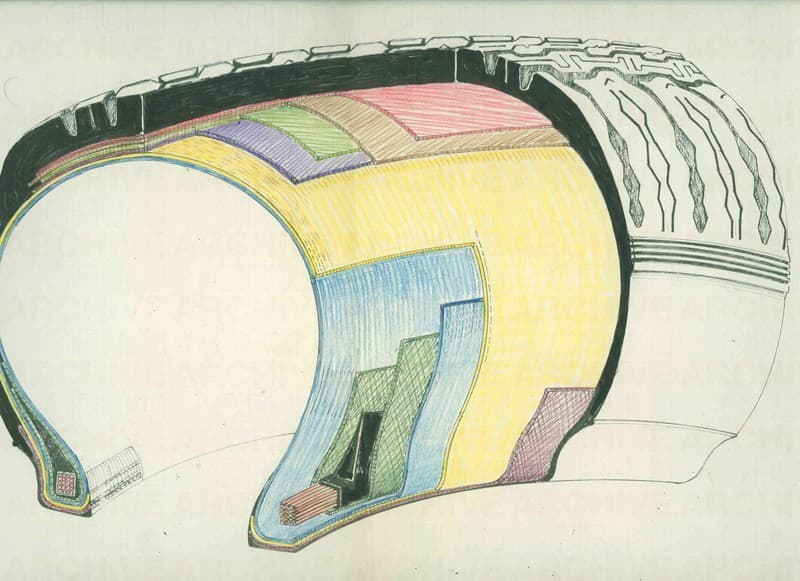
Disegno per progetto tecnico industriale. Sezione di pneumatico
O0004836

Scenografia cinematografica per “Satyricon” di Federico Fellini
O0008611

Monotipo
O0001124
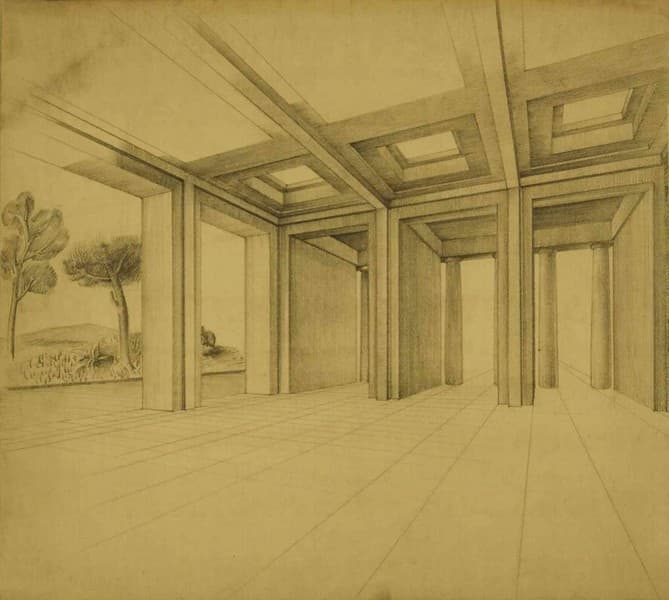
Esposizione Universale di Roma 1942 Studio per architettura
O0002192

Progetto per studiolo. Assonometria
O0005373
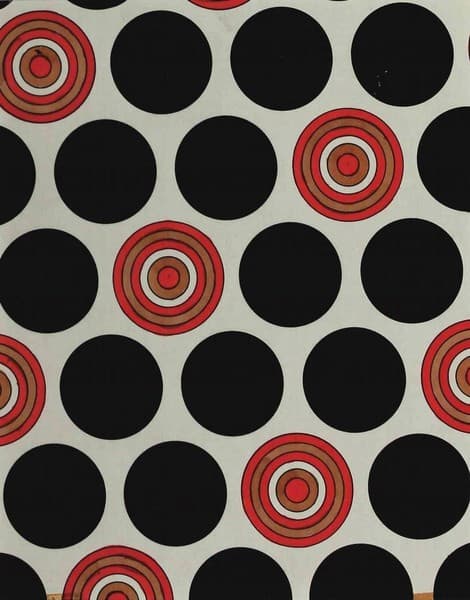
Progetto grafico per tessuto
O0003724
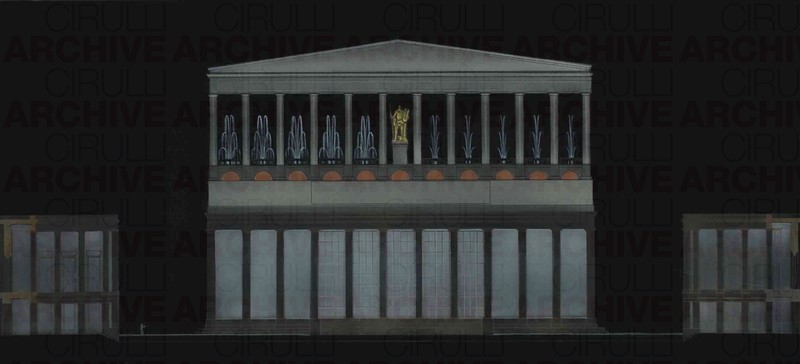
Esposizione Universale di Roma 1942 Teatro Imperiale Studio per illuminazione
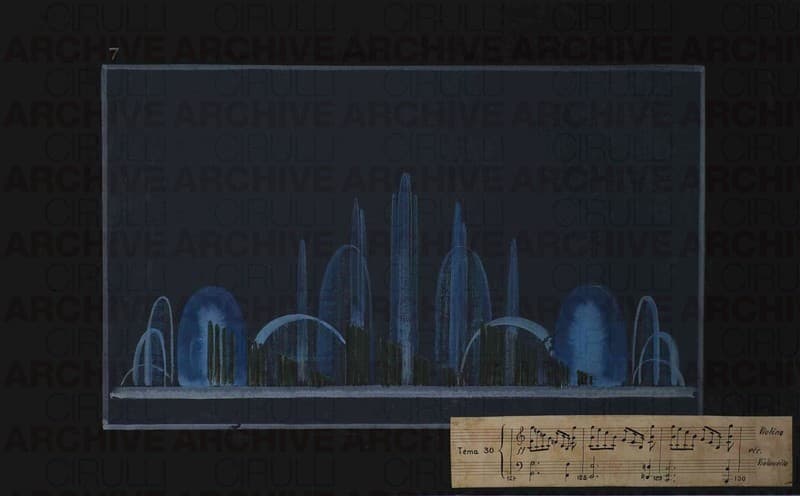
Esposizione Universale di Roma 1942 Studio per fontane danzanti Giochi di luce e musica
O0001212
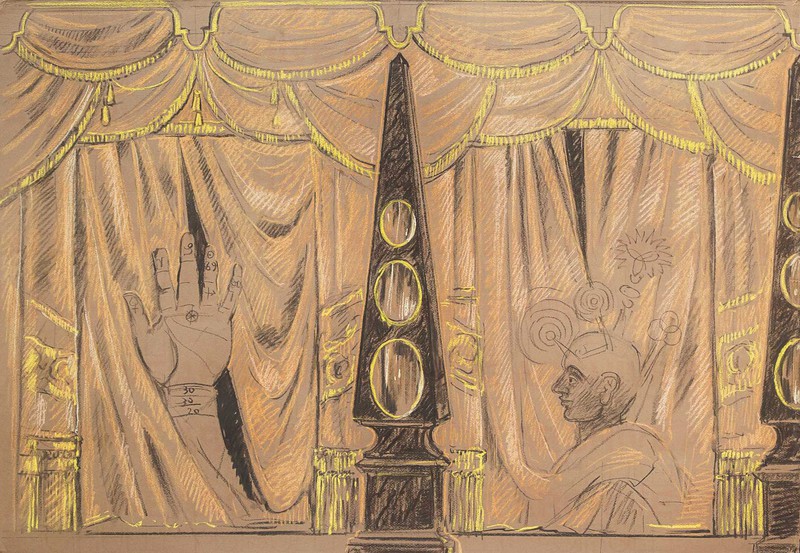
Scenografia cinematografica
O0008110

Studio per allestimento fieristico
O0000636
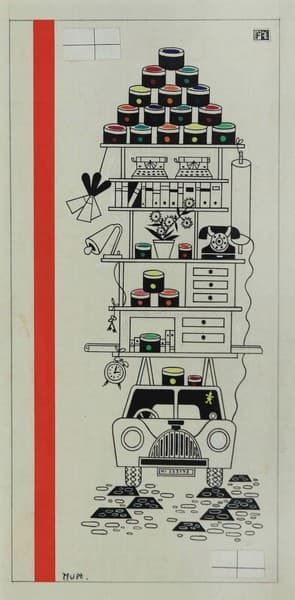
Colorgraf. Smalto Sintetico Industriale
O0003738
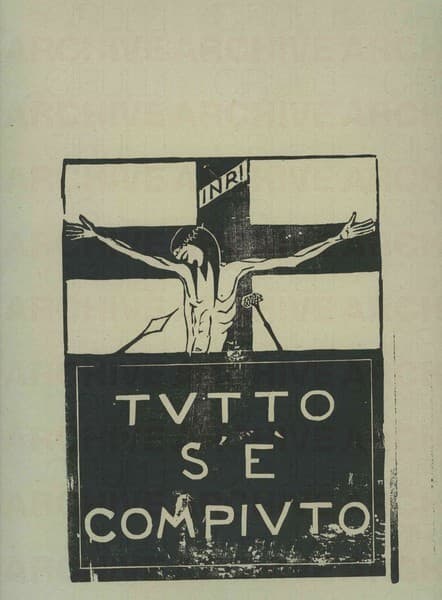
Tutto s’è compiuto
O0005251
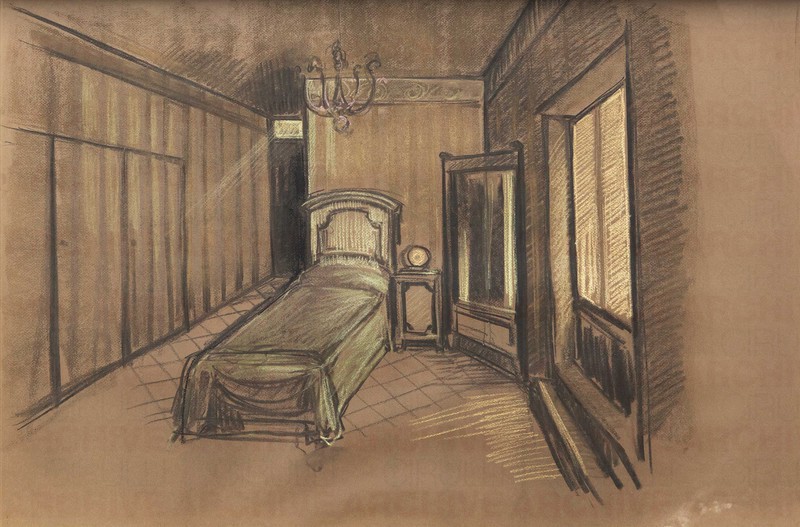
Scenografia cinematografica per “Amarcord” di Federico Fellini
O0008638
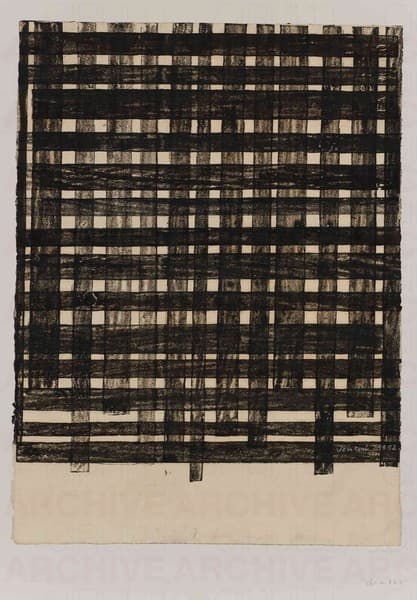
Monotipo
O0001389

Untitled
O0002158
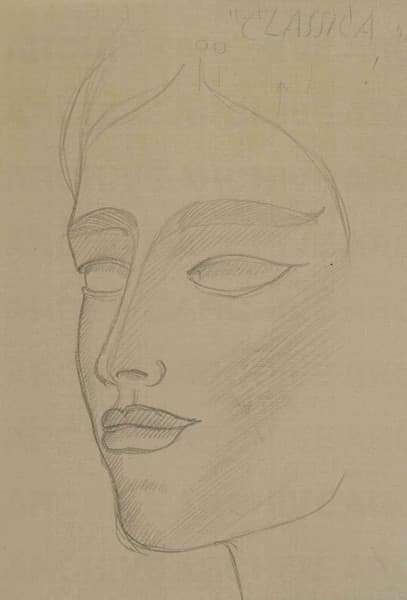
“Classica”
O0002536
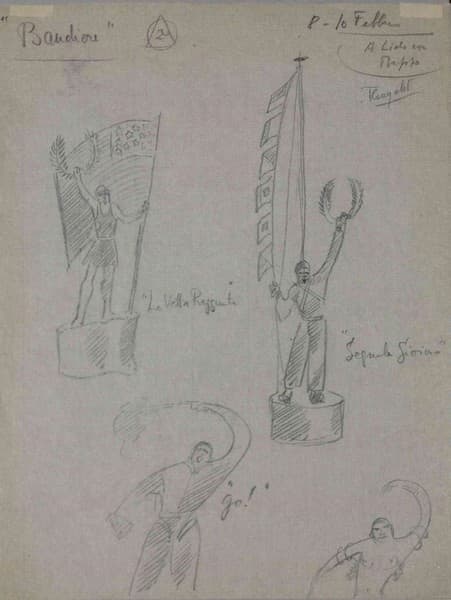
Bandiere
O0002528
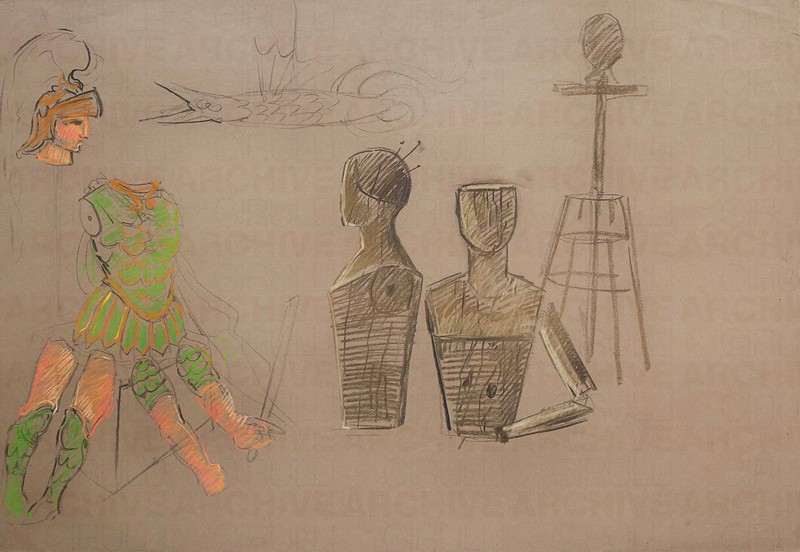
Scenografia cinematografica
O0008073

Senza titolo
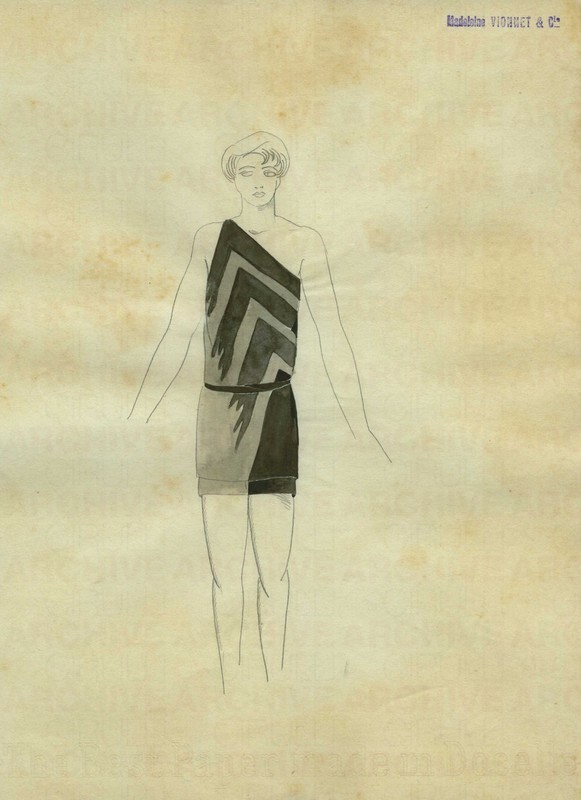
Bozzetto per Maison Vionnet
O0009215
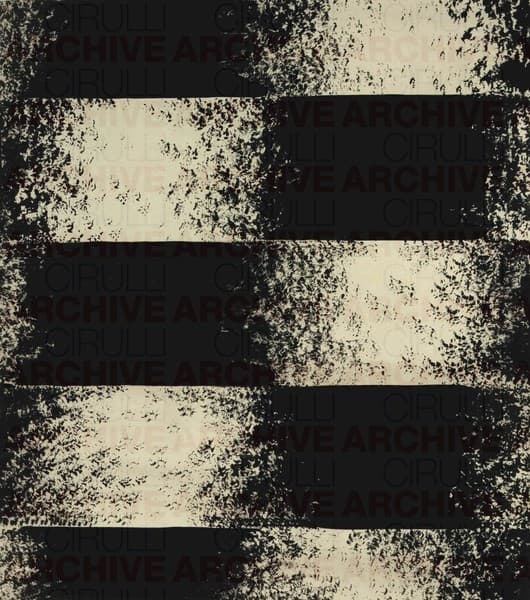
Progetto grafico di tessuto per la XI Triennale di Milano
O0004503
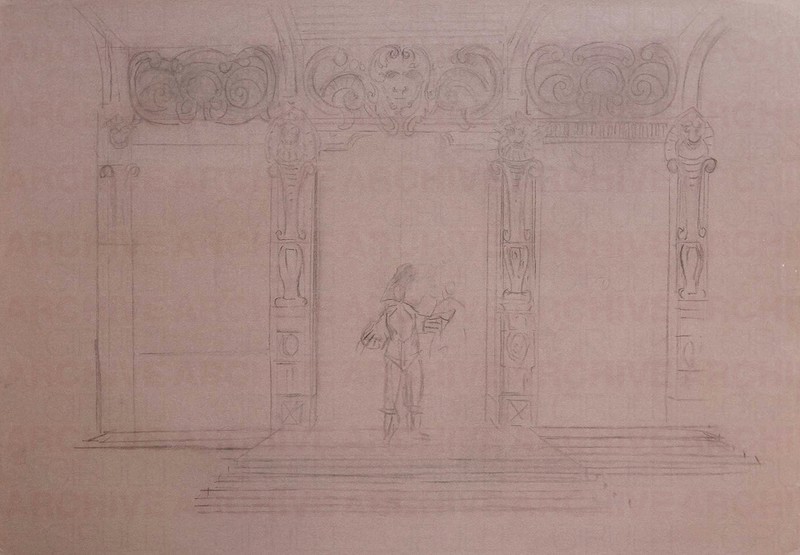
Scenografia cinematografica
O0008115
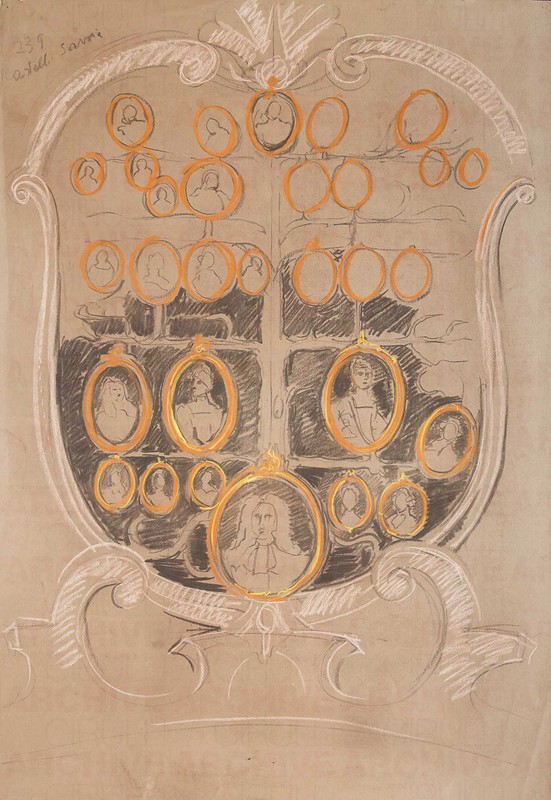
Scenografia cinematografica
O0008093
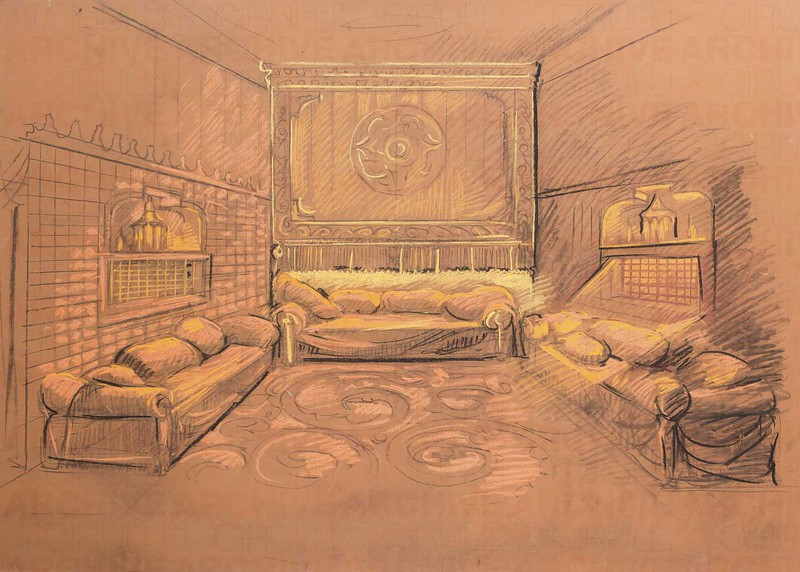
Scenografia cinematografica
O0008107
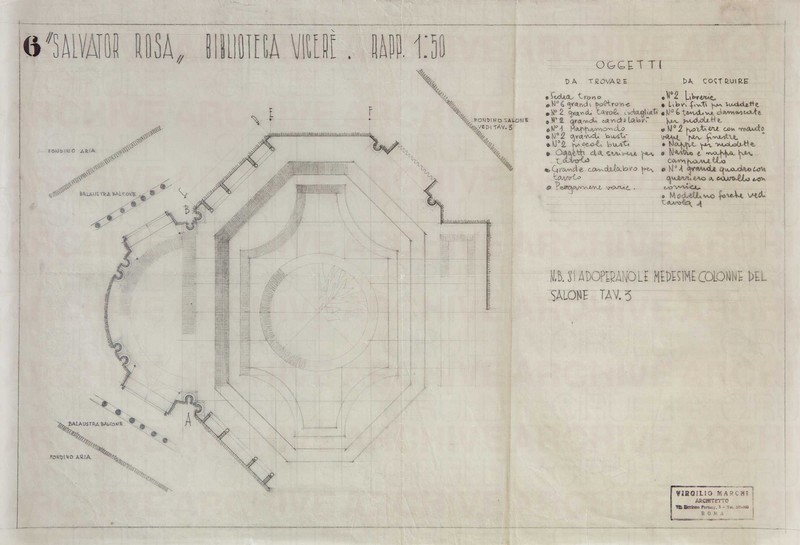
Salvator ROsa

Studio per automobile
O0002008
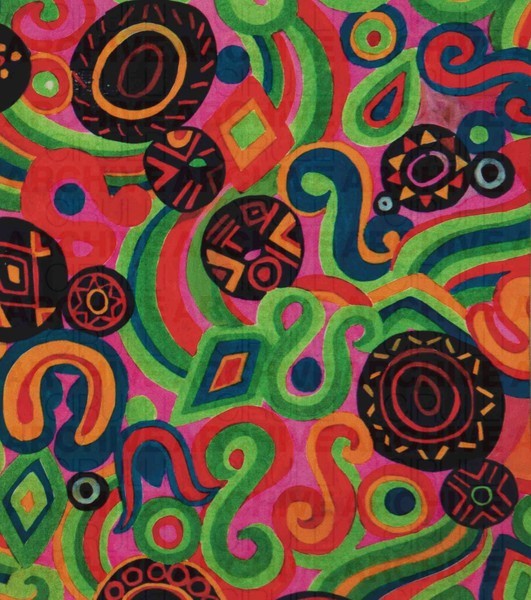
Progetto grafico di tessuto per la XI Triennale di Milano
O0004495
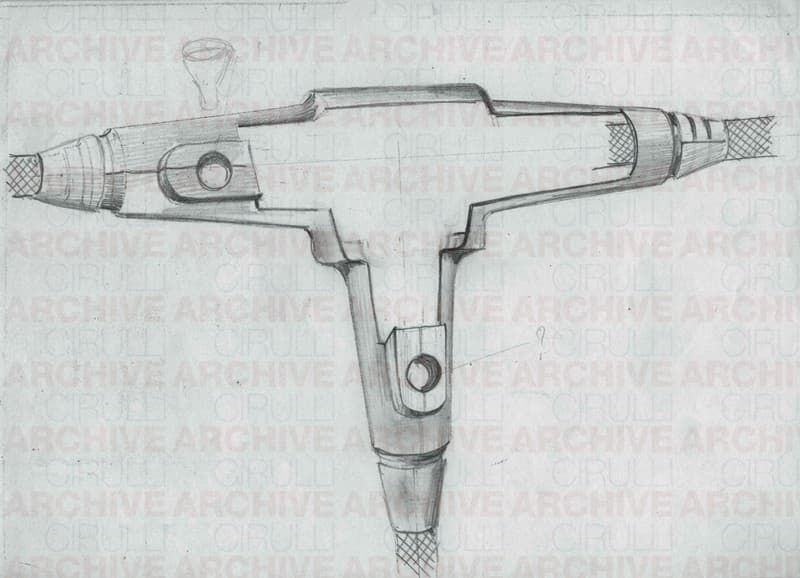
Raccordo a “T”
O0004835

Scenografia cinematografica per “Satyricon” di Federico Fellini
O0008633
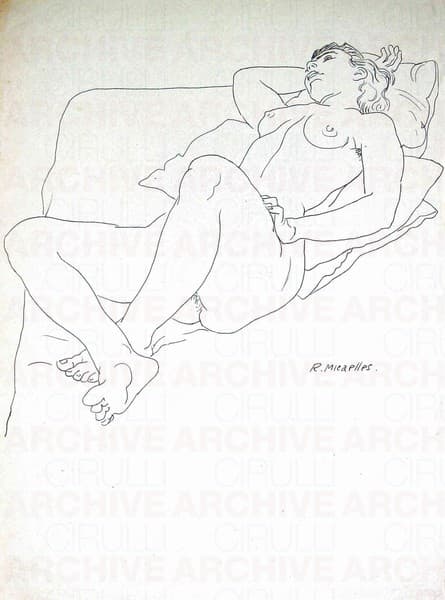
Nudo femminile disteso
O0000666
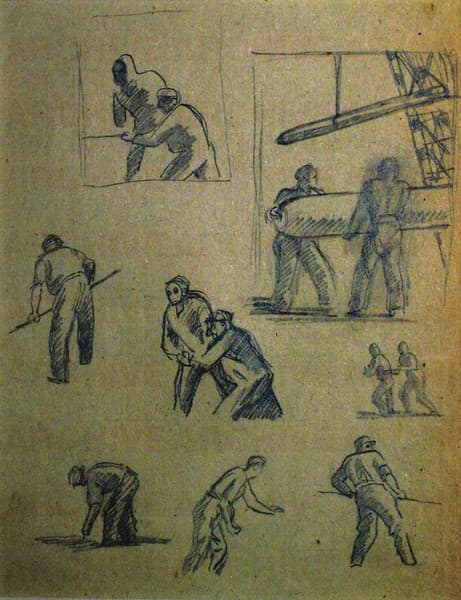
Otto bozzetti per illustrazioni pubblicitarie
O0000624
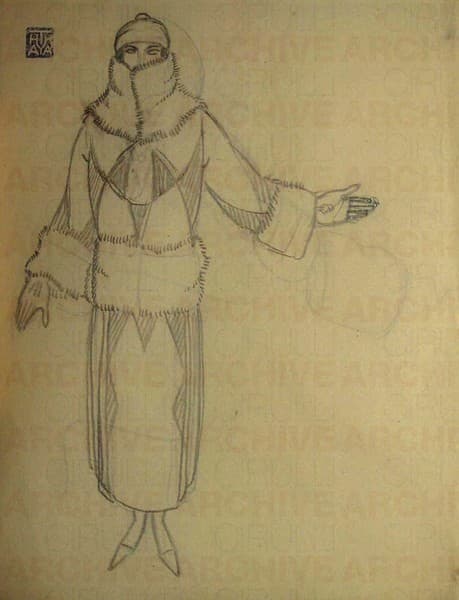
Figurino di moda
O0000705

Concorso per il Palazzo del Littorio
O0009638

Esposizione Universale di Roma 1942 Studio per architettura
O0002197
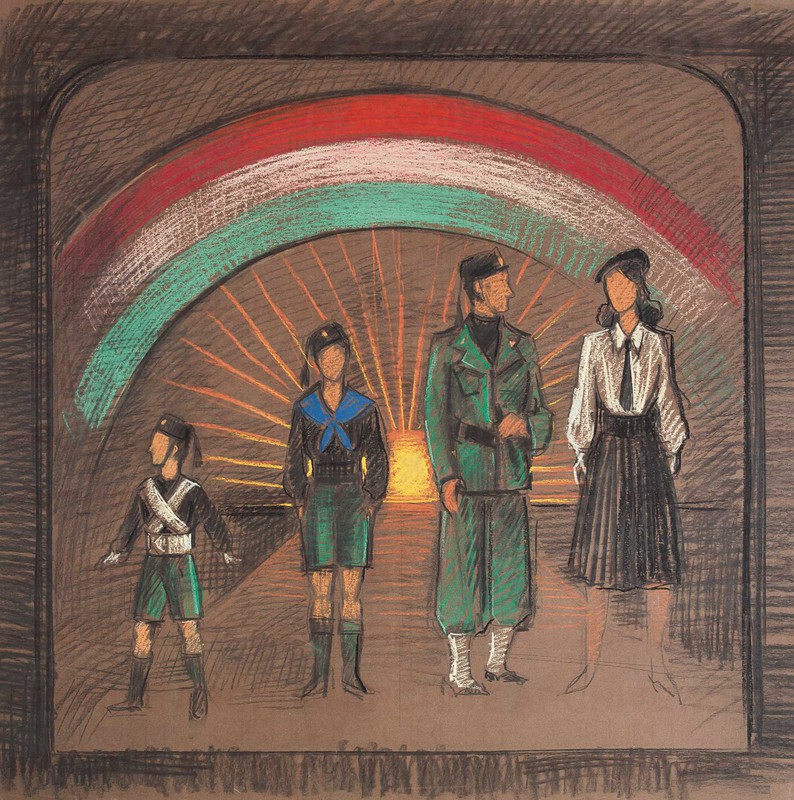
Scenografia cinematografica
O0008129
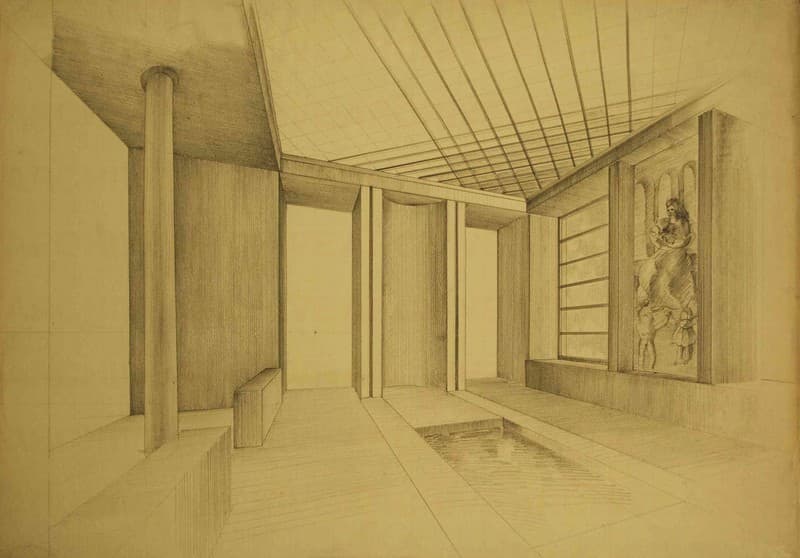
Esposizione Universale di Roma 1942 Studio per architettura
O0002201
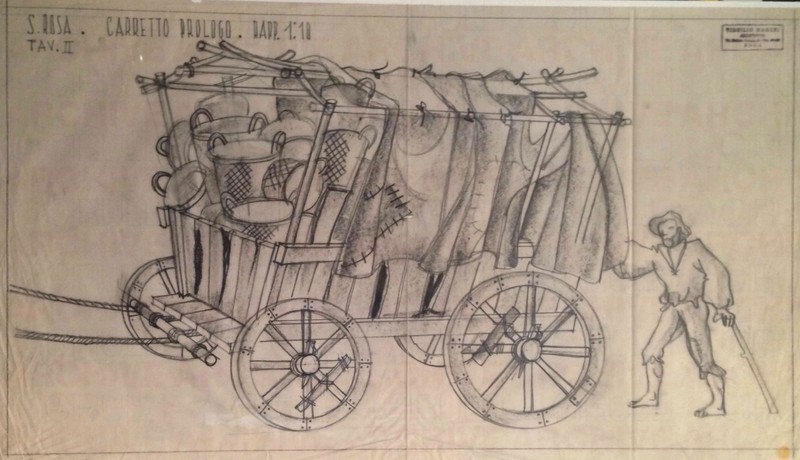
“Un’avventura di Salvator Rosa”. Carretto prologo
O0005370
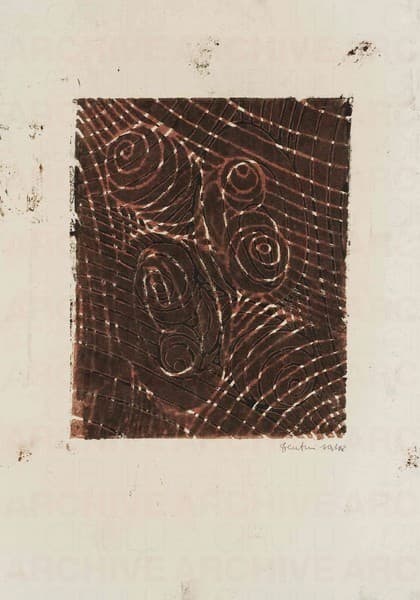
Monotipo
O0001407

Scenografia cinematografica
O0008077
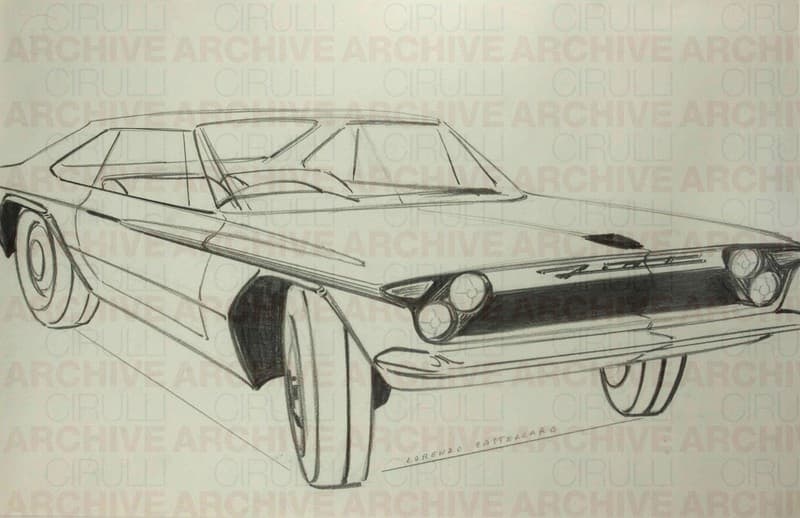
Studio per progetto di automobile Fiat
O0004324

Progetto grafico di tessuto per la XI Triennale di Milano
O0004473

Maestri Cantori
O0003479
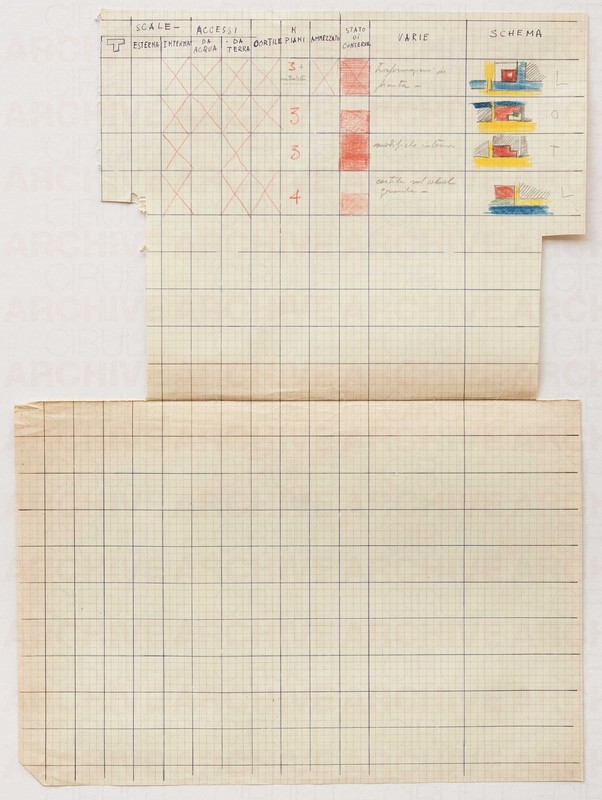
Tabella di ricognizione dei palazzi a Venezia.
O0008554
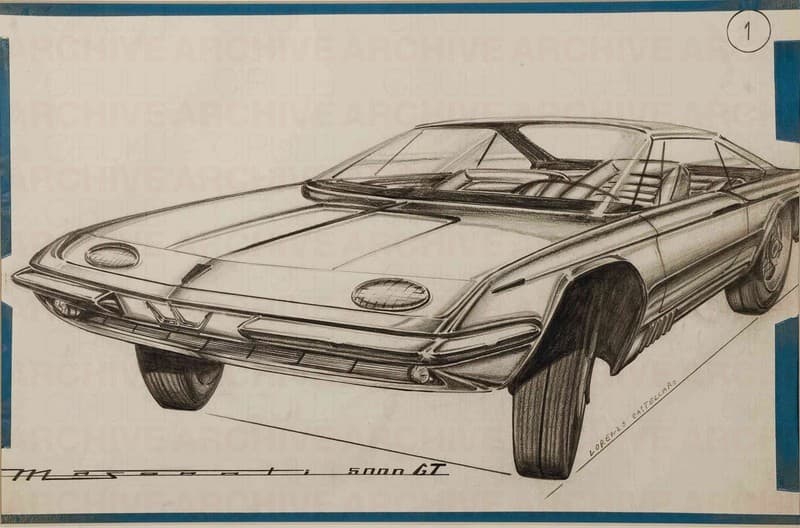
Maserati 5000 GT
O0001752
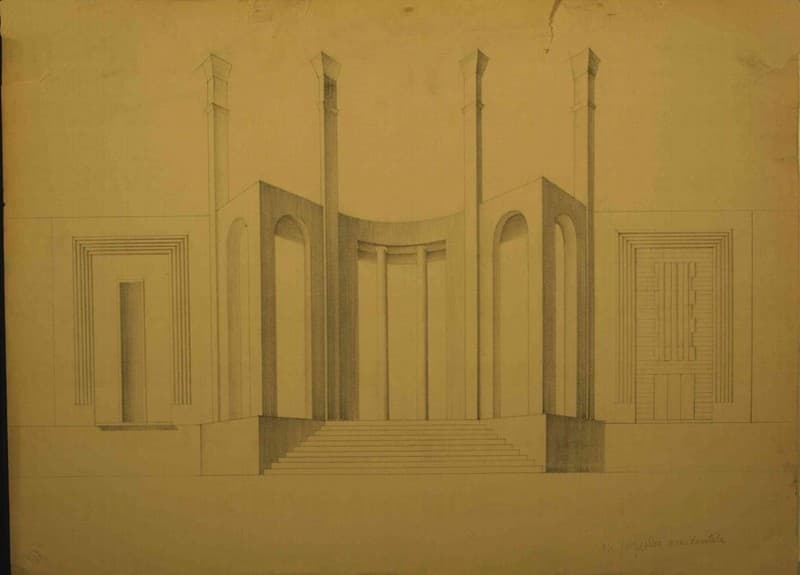
Esposizione Universale di Roma 1942 Studio per architettura
O0002266
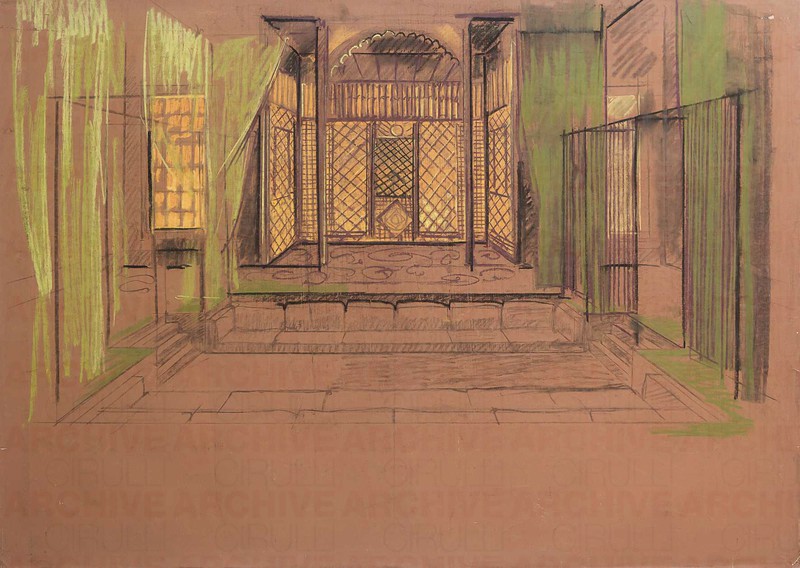
Scenografia cinematografica
O0008118
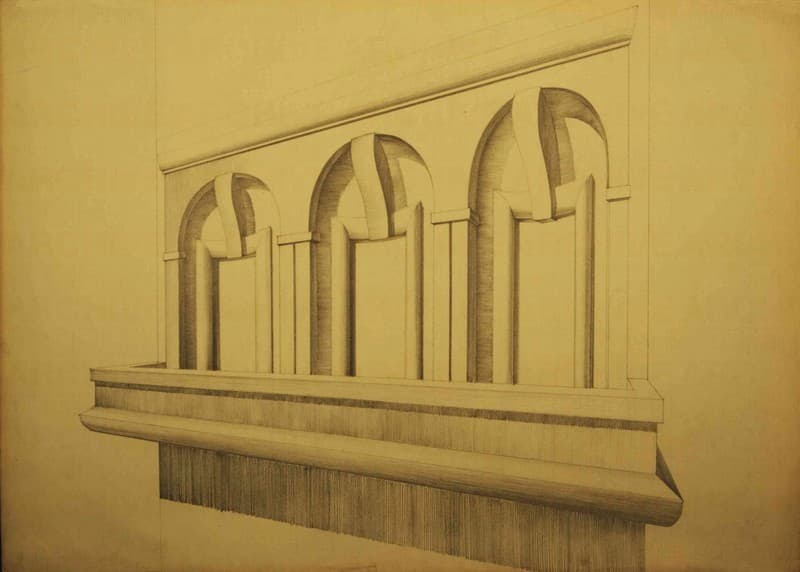
Esposizione Universale di Roma 1942 Studio per architettura
O0002271
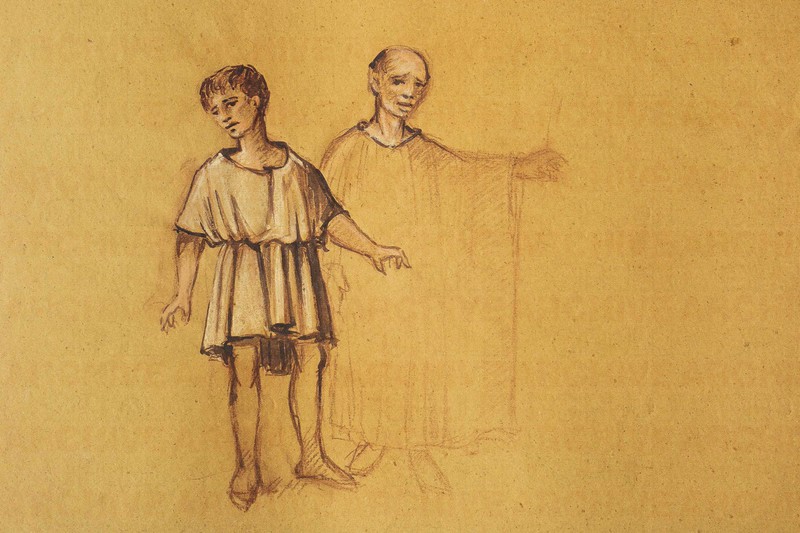
Scenografia cinematografica per “Satyricon” di Federico Fellini
O0008622
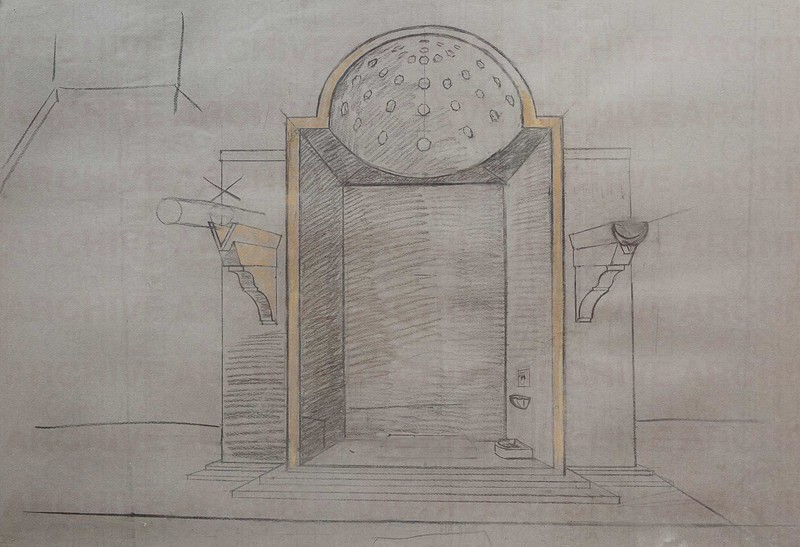
Scenografia cinematografica
O0008056

Timoniere
O0002535
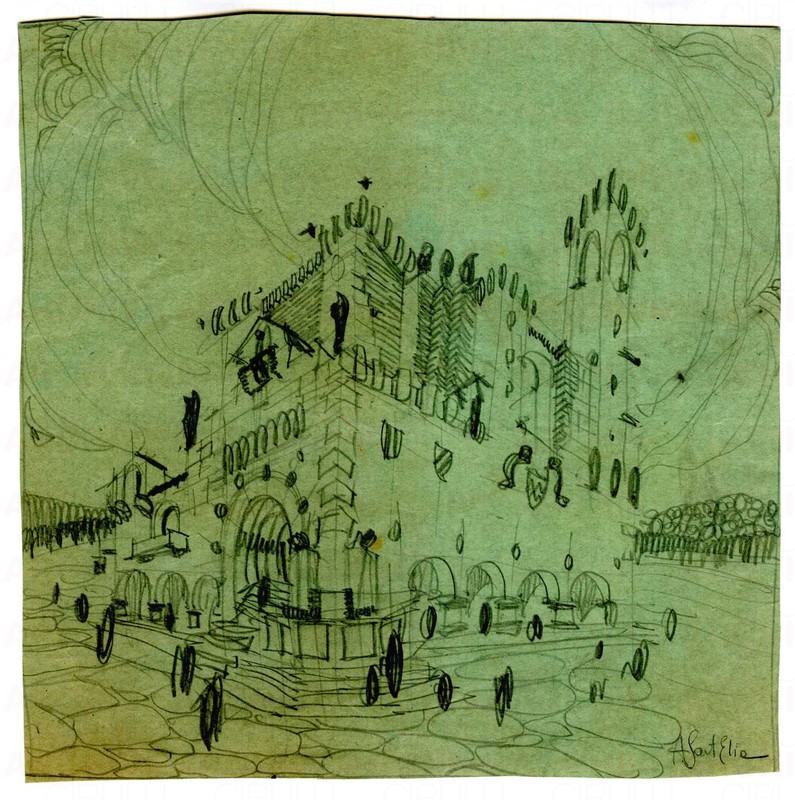
Studio per edificio stilisticamente analogo
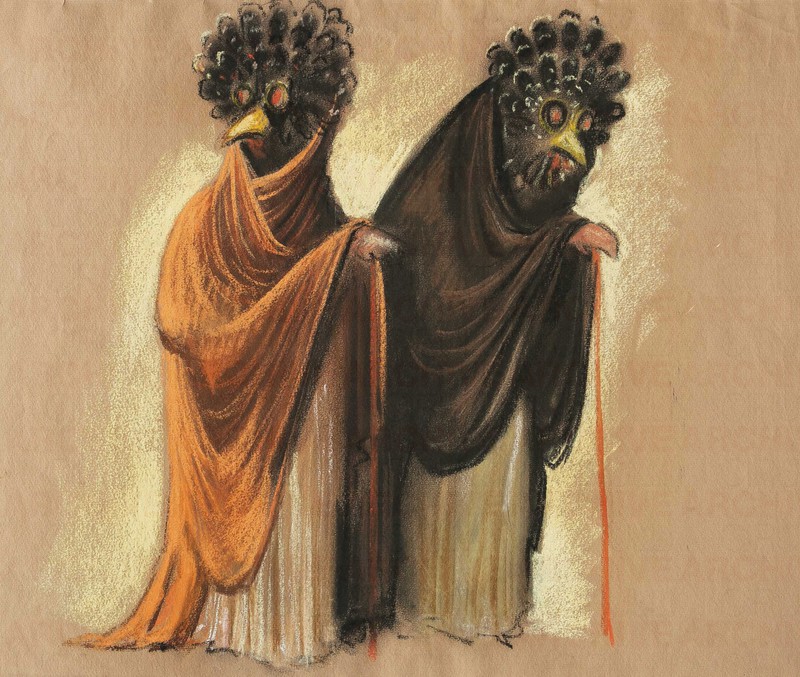
Scenografia cinematografica per “Satyricon” di Federico Fellini
O0008634
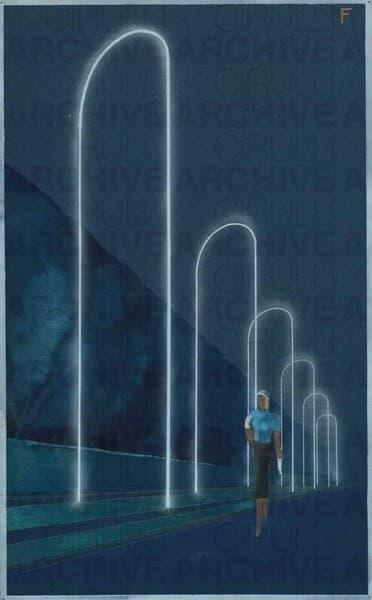
Esposizione Universale di Roma 1942 Studio per illuminazione
O0001180

Studio pubblicitario per industria alimentare
O0004138
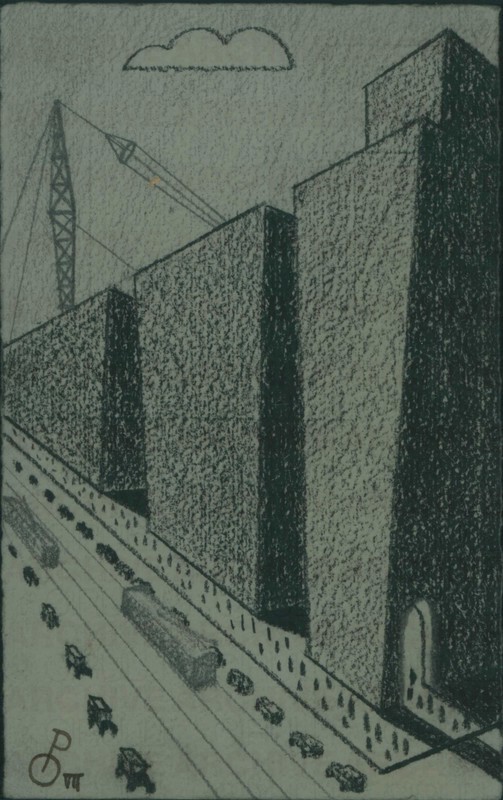
Milano nuova:ex Naviglio
O0007608
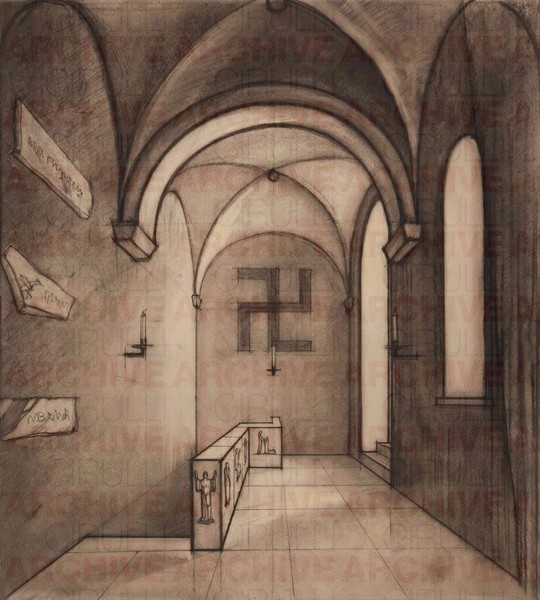
Scenografia cinematografica
O0004730
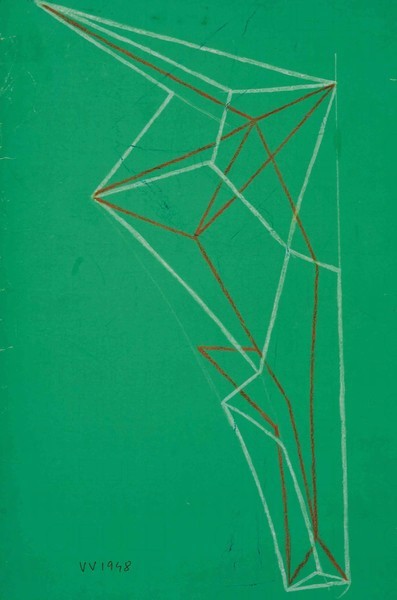
Untitled
O0002449
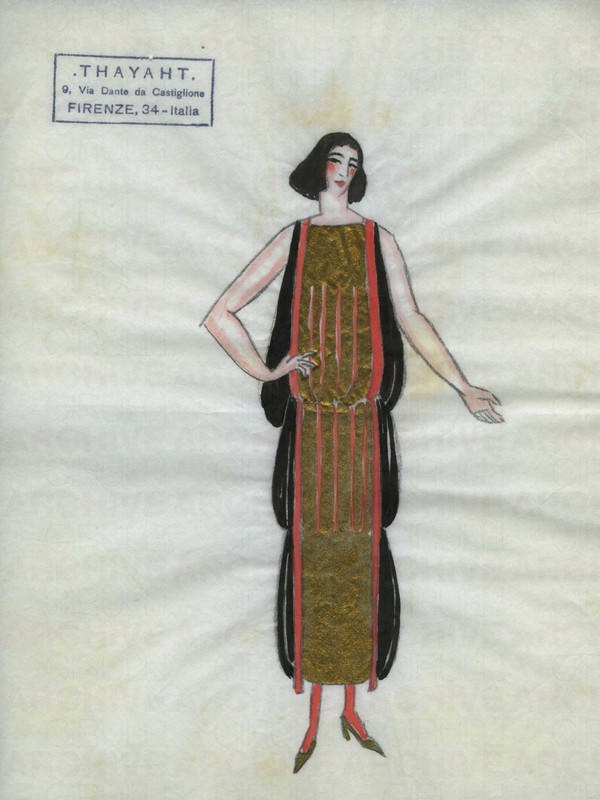
Bozzetto per Maison Vionnet
O0009229
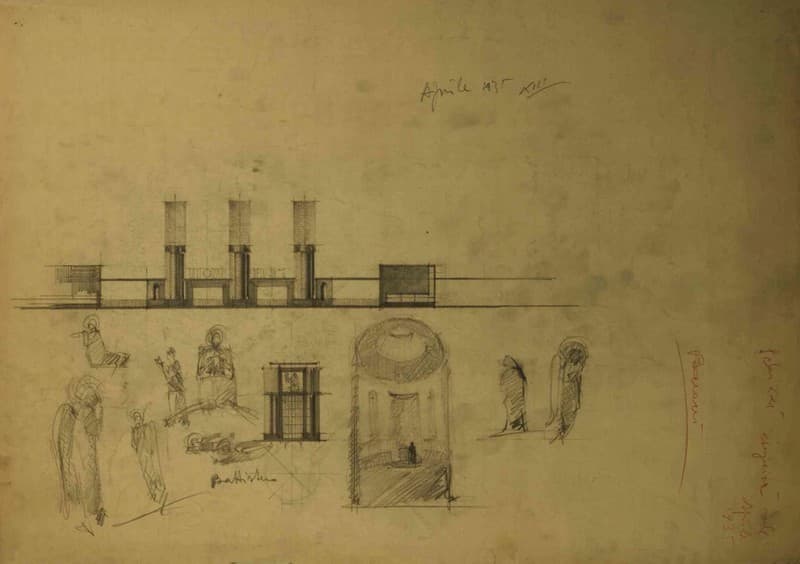
Progetto edifici Littoriali dell’Arte; Battistero
O0004905
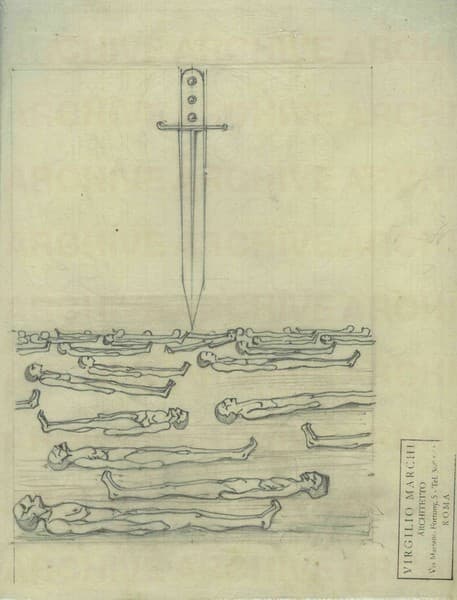
Baionetta e morti
O0005247
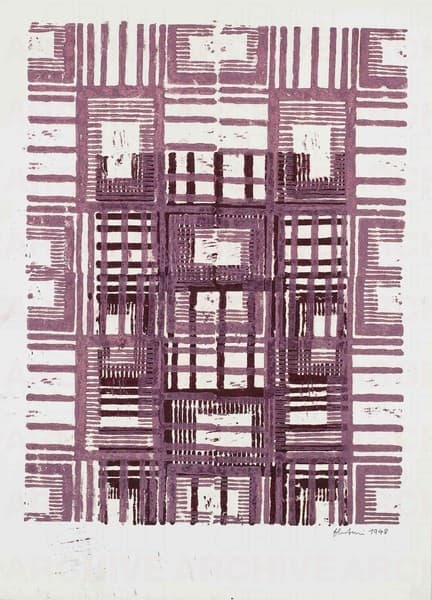
Monotipo
O0001412
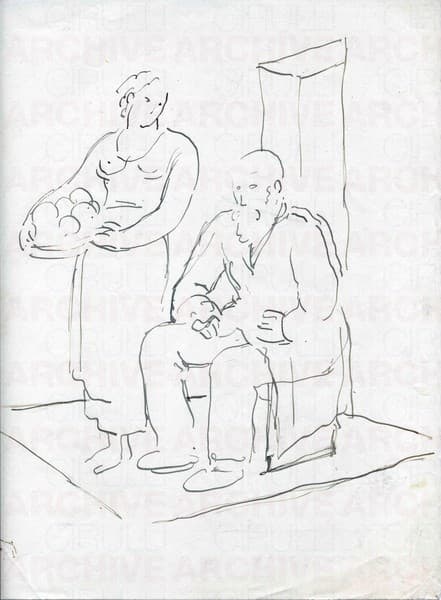
Due figure
O0000659
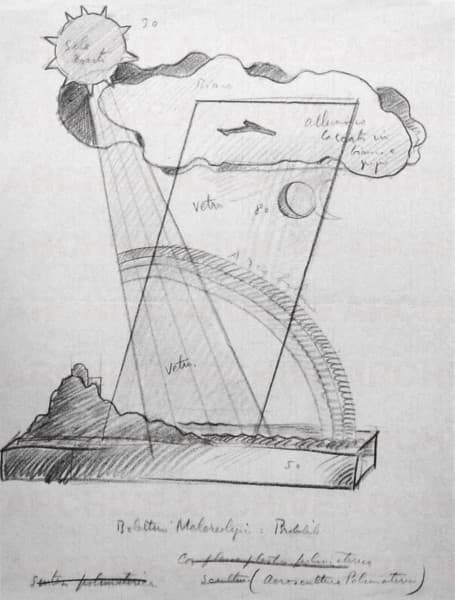
Progetto per aeroscultura polimaterica
O0001424
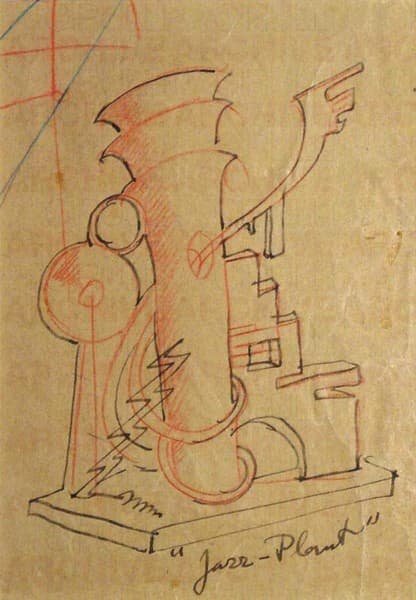
Jazz-Plant

La Corsa
O0004598
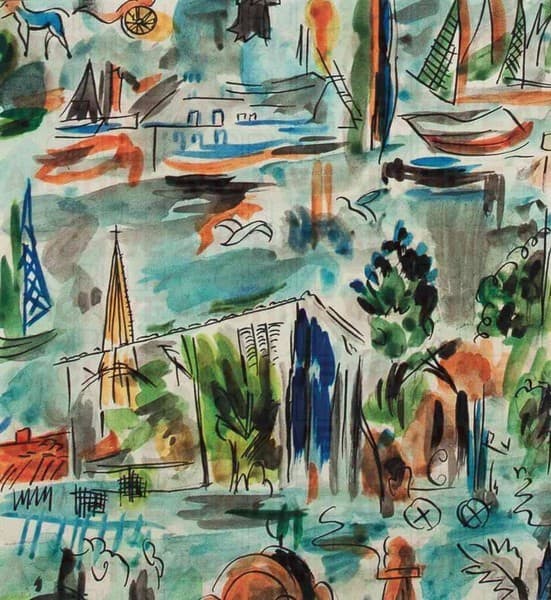
Progetto grafico di tessuto per XI Triennale di Milano
O0004514
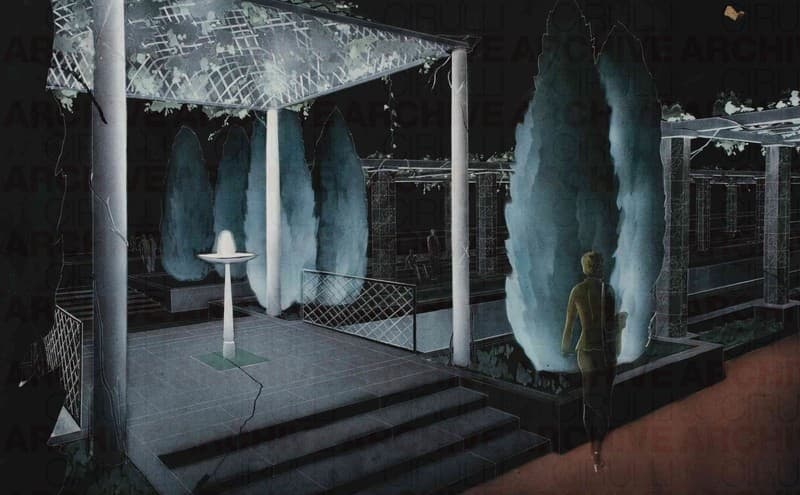
Esposizione Universale di Roma 1942 per progetto di illuminazione
O0001344
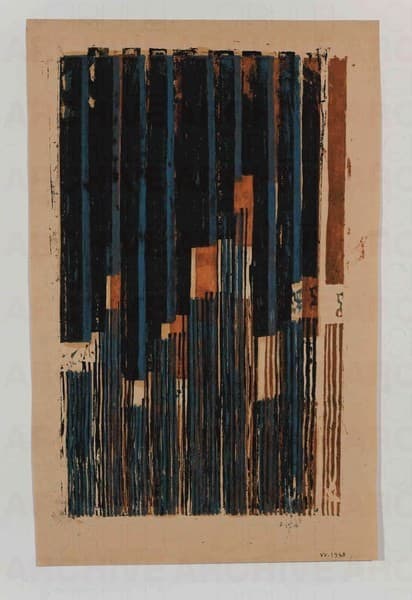
Monotipo
O0001396

Progetto grafico per tessuto
O0001930
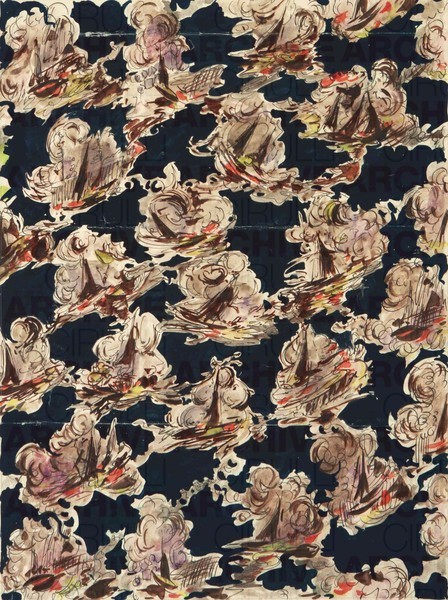
Progetto grafico di tessuto per Triennale di Milano
O0004497
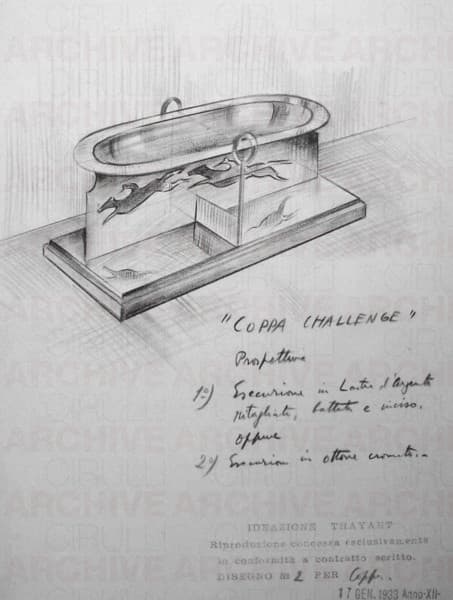
Studio prospettico per il trofeo ippico “Coppa Challenge”
O0001317
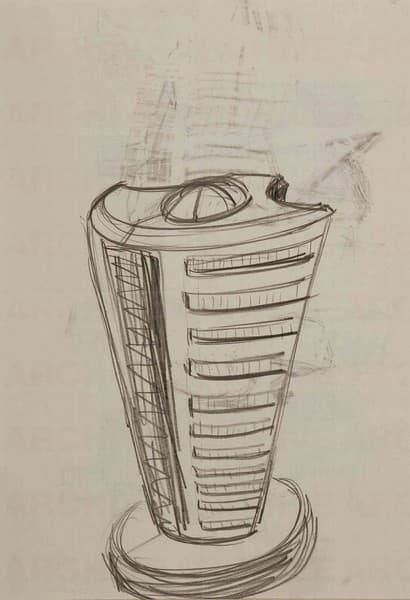
Studio per lampada a cilindro
O0002018
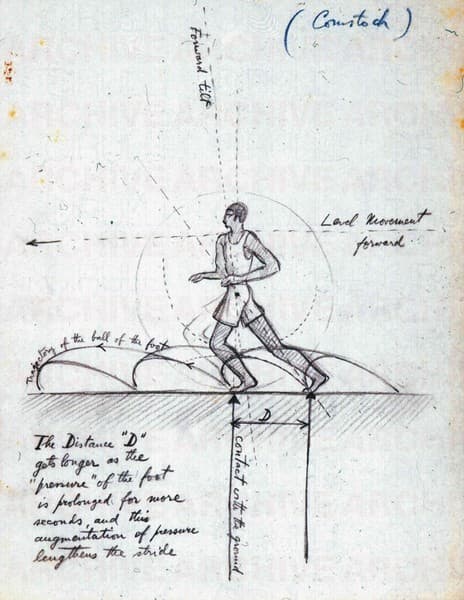
Studio di movimento
O0001321
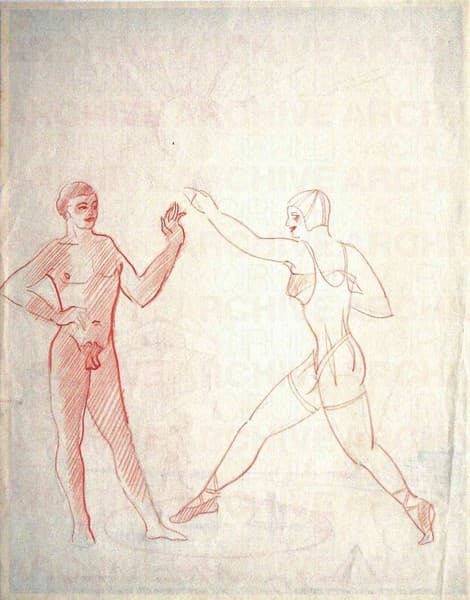
Variante del gioco dell’Artetra
O0001333

Progetto grafico di tessuto per la X Triennale di Milano
O0004438
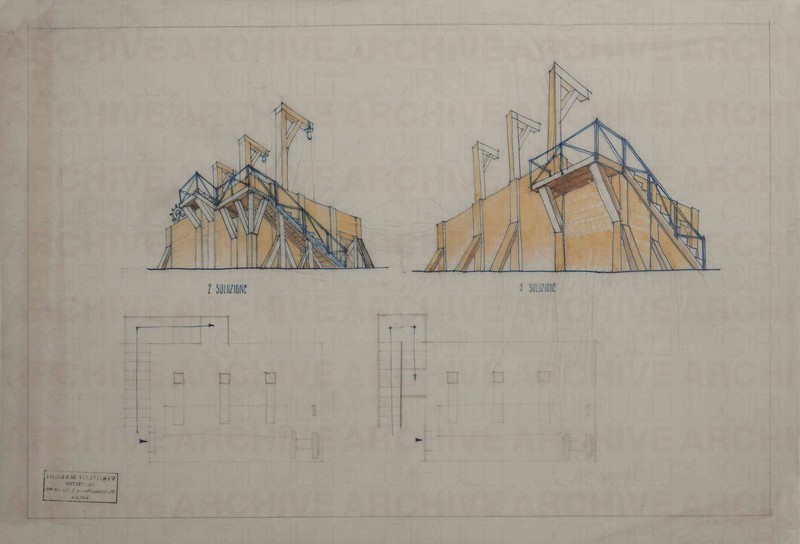
“Un’avventura di Salvator Rosa”. Piazza forche
O0005192

Studio per copertina de “La Rivista Illustrata del Popolo d’Italia”
O0000594

Cantieri navali Ansaldo
O0000605
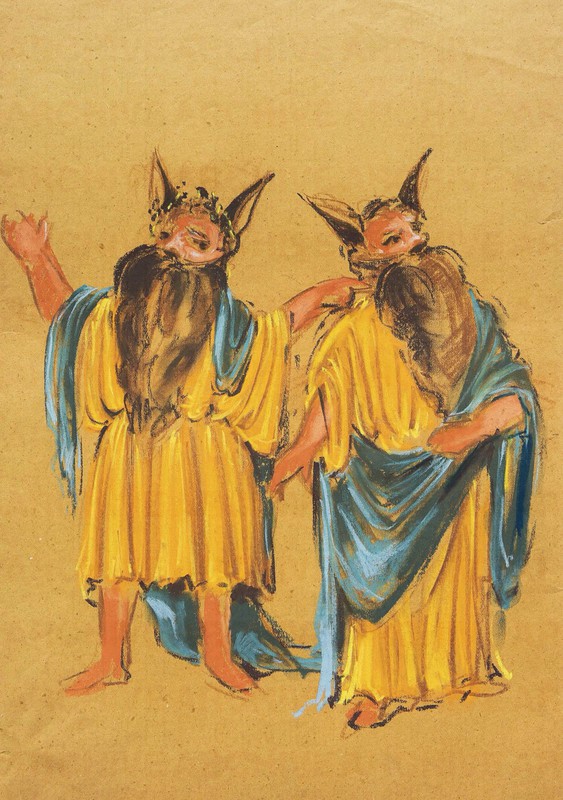
Scenografia cinematografica per “Satyricon” di Federico Fellini
O0008620
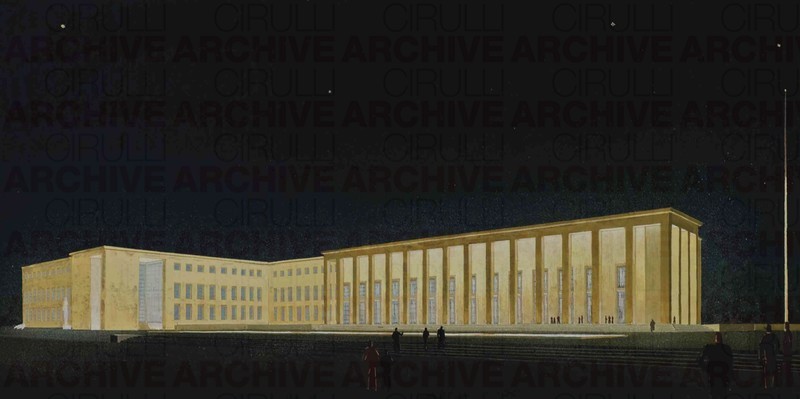
Esposizione Universale di Roma 1942 Palazzo degli Uffici Studio per illuminazione
O0001181

Progetto per tavolo
O0005293
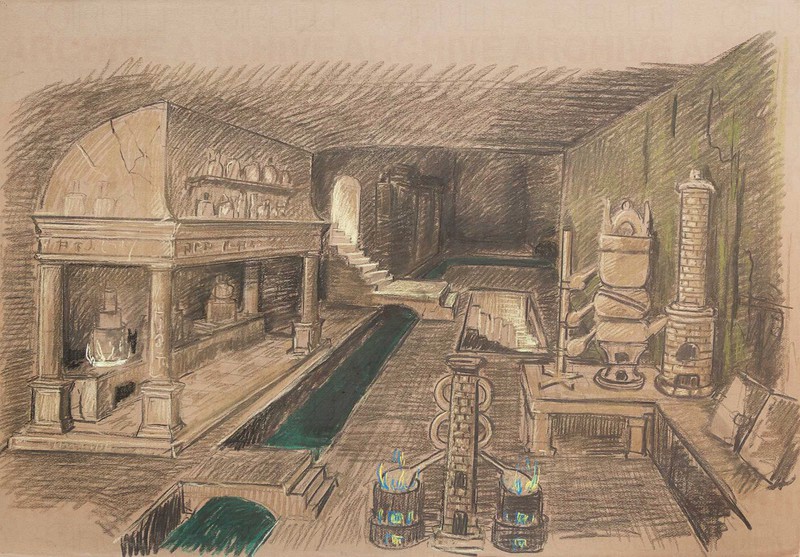
Scenografia cinematografica
O0008098
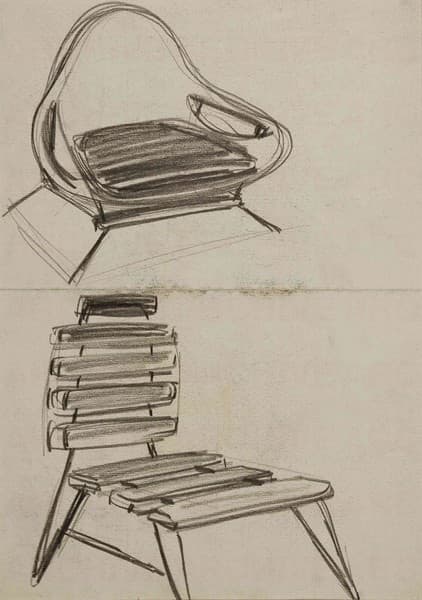
Studio per sedia
O0002009

Scenografia cinematografica
O0008111

Studio per copertina della rivista “Natura”
O0000566

Sonetti di Santa Caterina
O0005342
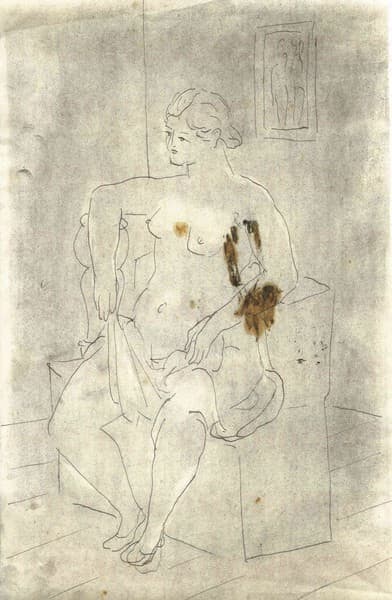
Nudo femminile seduto
O0000664

Studio per copertina de “La Rivista Illustrata del Popolo d’Italia”
O0002539
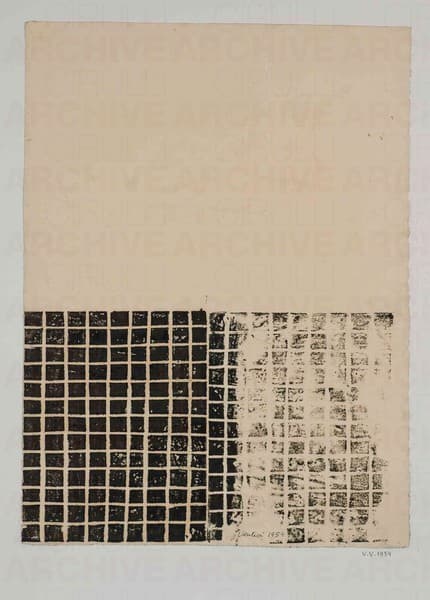
Untitled
O0001395
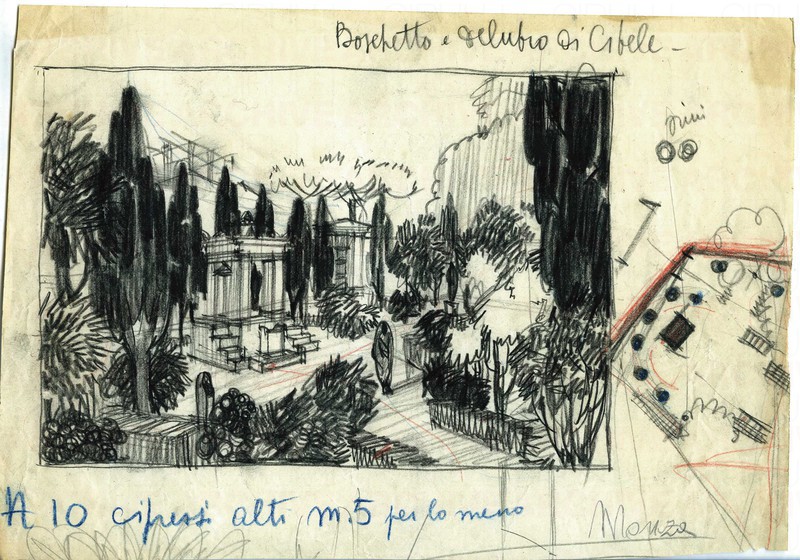
Boschetto e delubro di Cibele - Monza (Cimitero di Monza)
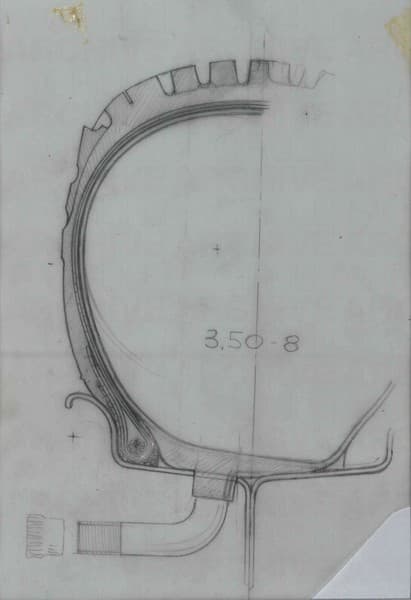
Disegno per progetto tecnico industriale. Sezione di pneumatico
O0003756
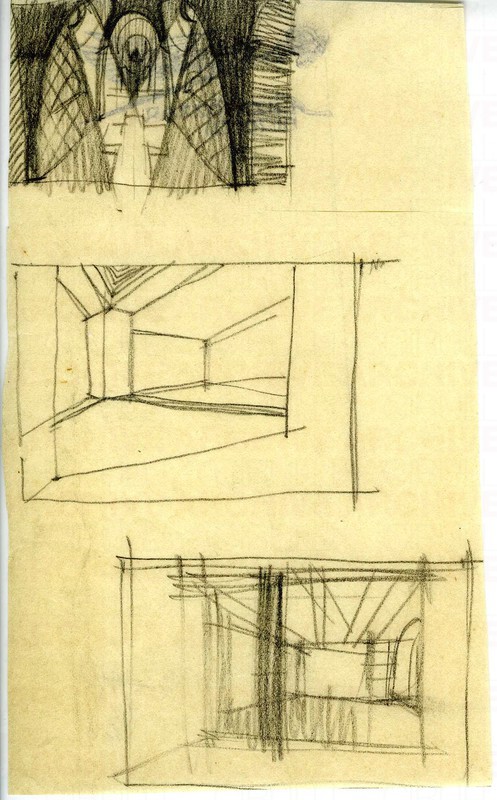
Senza Titolo
1/4
O0007516
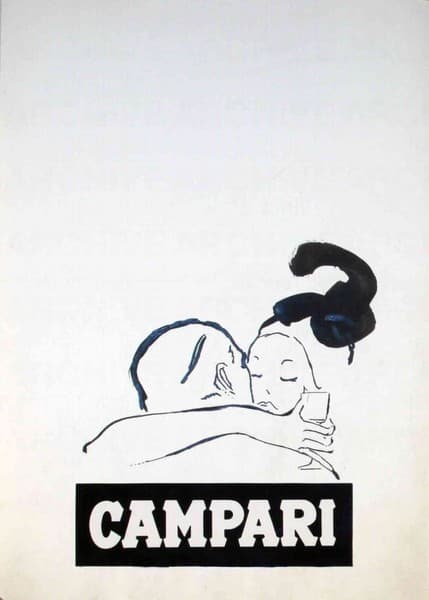
Studio per pubblicità Campari
O0003129

Estate...
O0002555
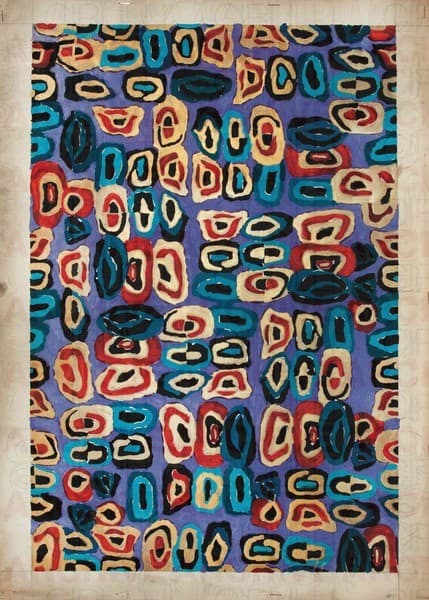
Progetto grafico di tessuto per la XI Triennale di Milano
O0004766
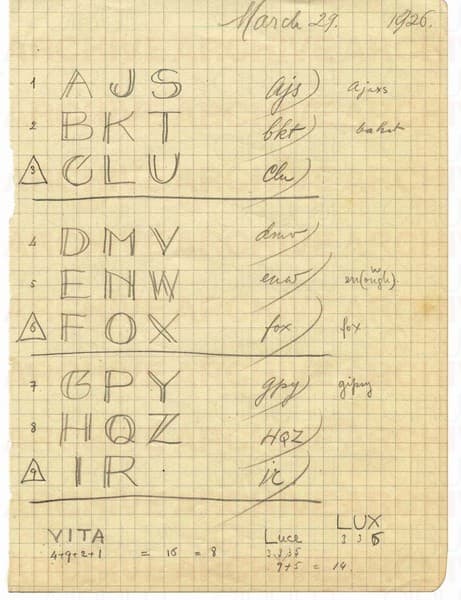
Studio di lettere alfabetiche
O0000534
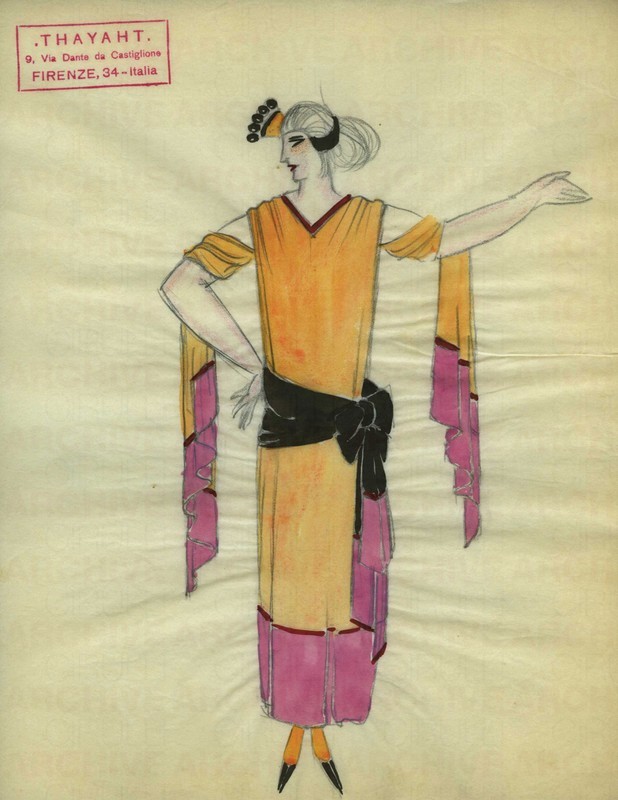
Bozzetto per Maison Vionnet
O0009228
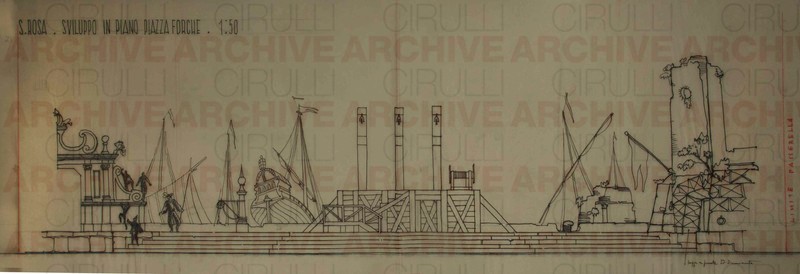
“Un’avventura di Salvator Rosa”. Piazza forche
O0005047

Progetto grafico di tessuto per la X Triennale di Milano
O0004750
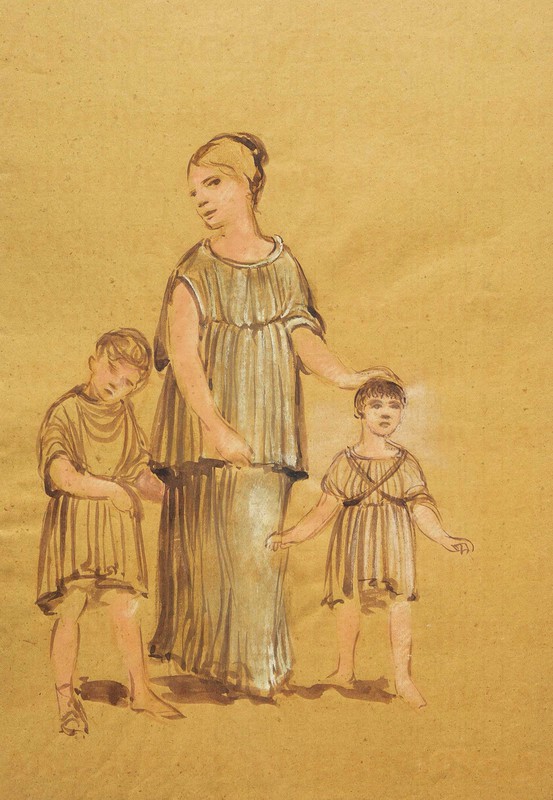
Scenografia cinematografica per “Satyricon” di Federico Fellini
O0008627
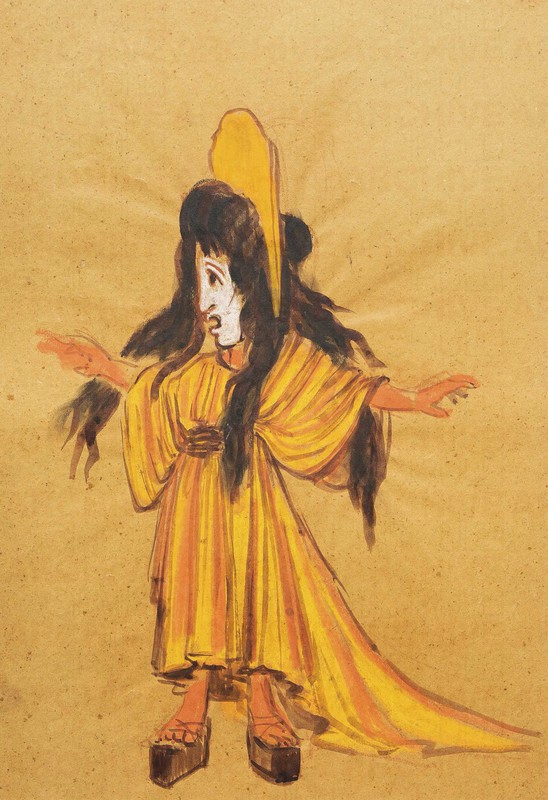
Scenografia cinematografica per “Satyricon” di Federico Fellini
O0008628
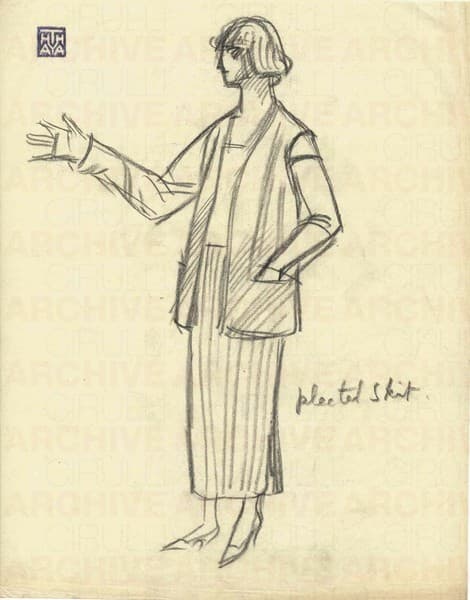
Figurino di moda
O0001159
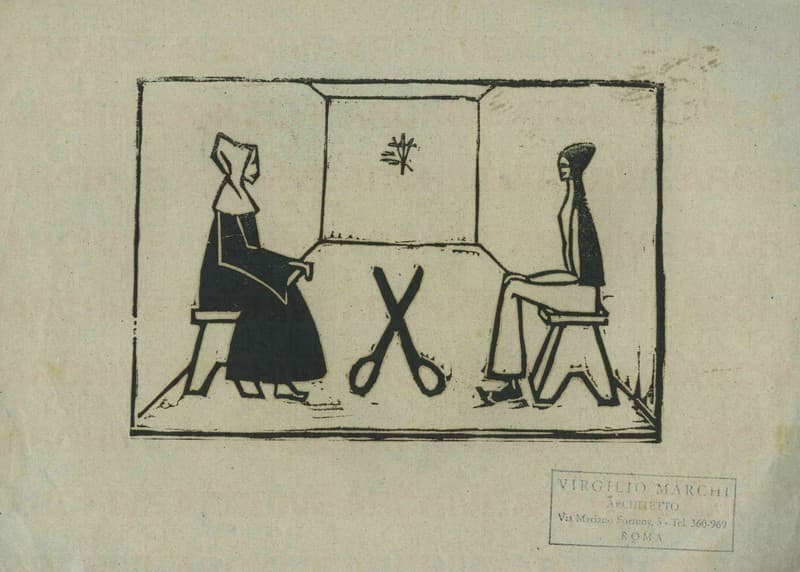
Sonetti di Santa Caterina
O0005341
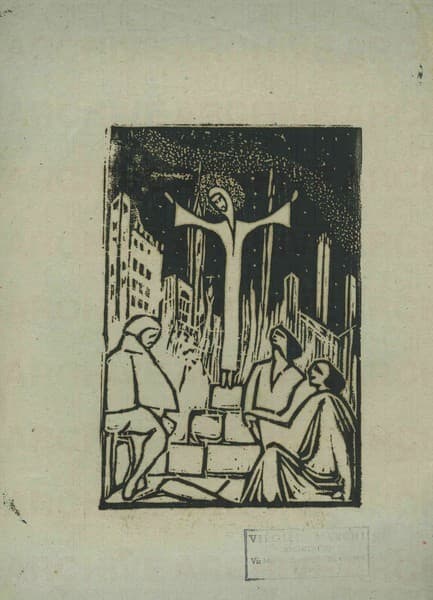
Sonetti di Santa Caterina
O0005343
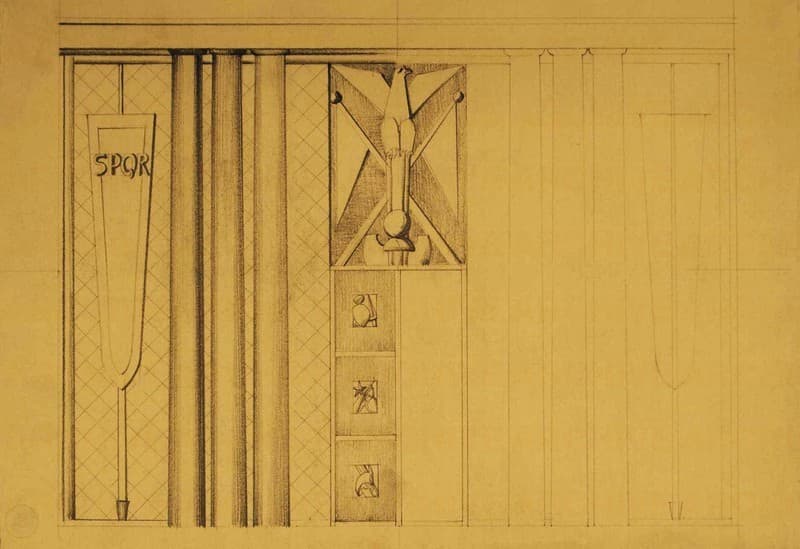
Esposizione Universale di Roma 1942 Studio per architettura
O0002220
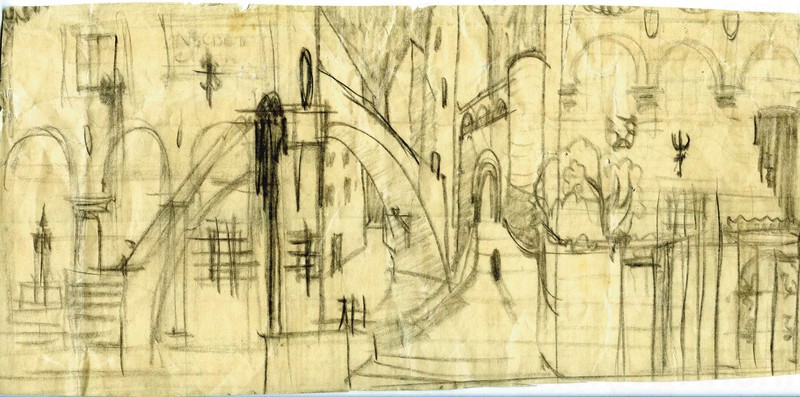
Senza titolo
5/8
O0007518
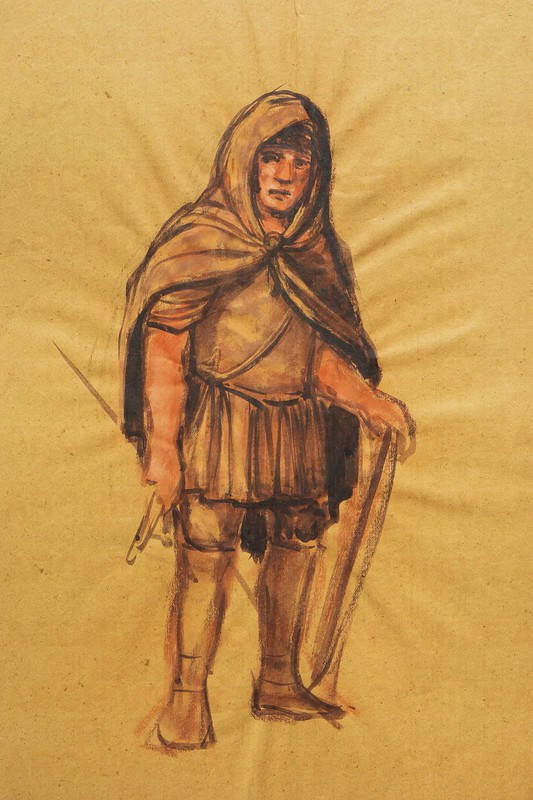
Scenografia cinematografica per “Satyricon” di Federico Fellini
O0008632
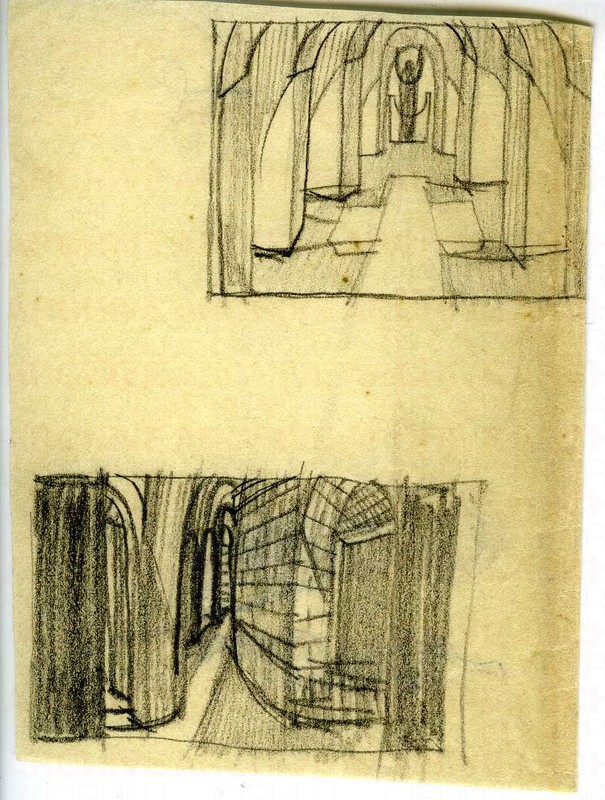
Senza titolo
1/4
O0007515
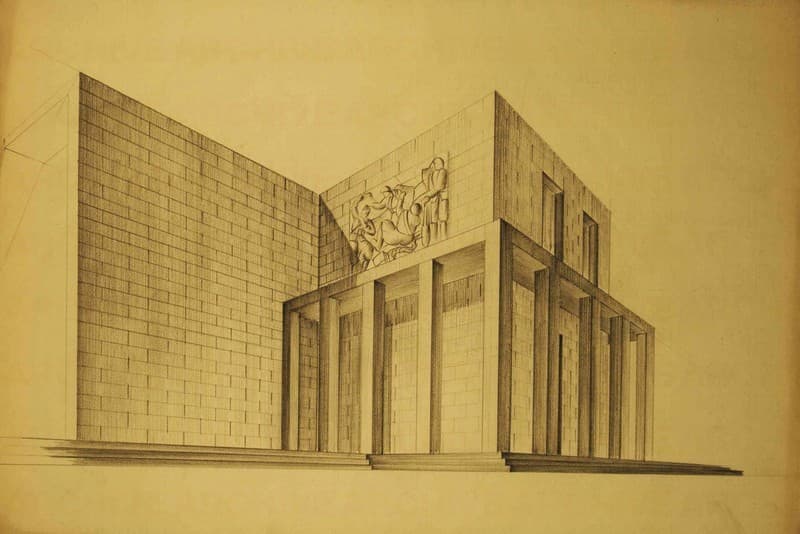
Esposizione Universale di Roma 1942 Studio per architettura
O0002225
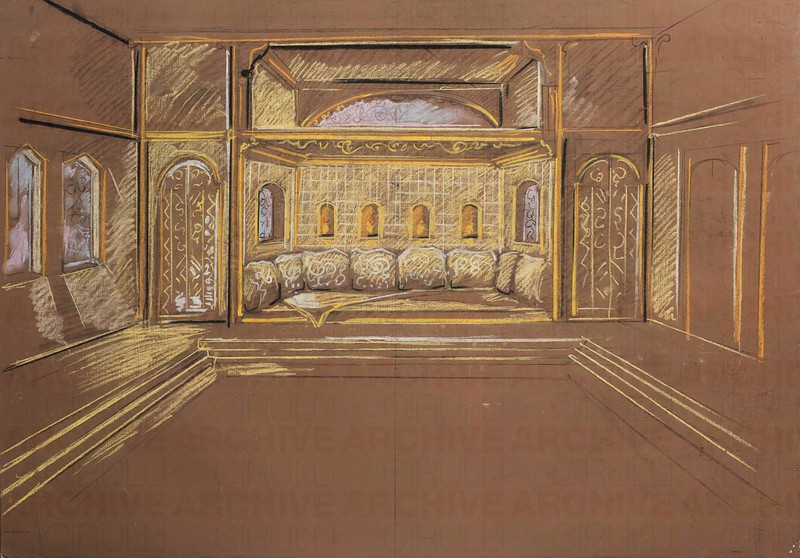
scenografia cinematografica
O0008104
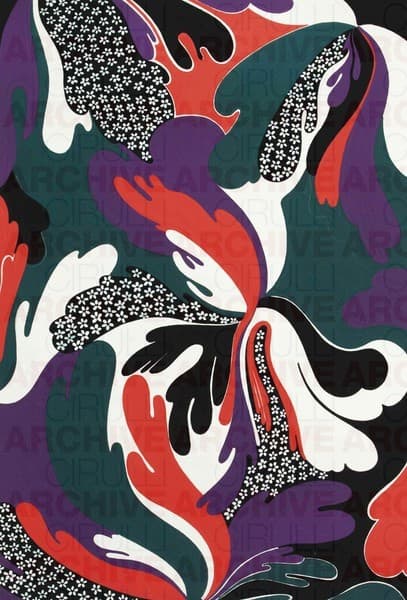
Progetto grafico di tessuto per la XI Triennale di Milano
O0004464
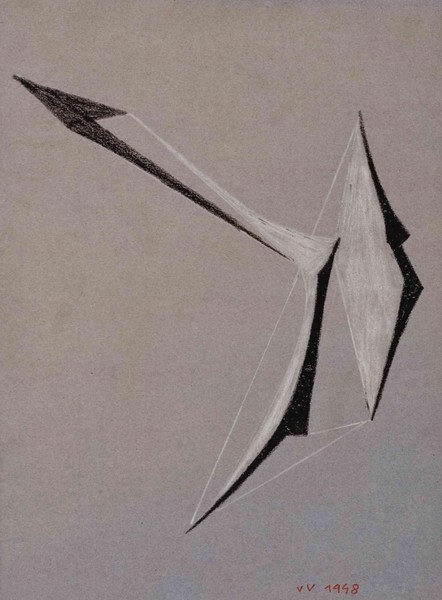
Untitled
O0002456

Esposizione Universale di Roma 1942 Studio per architettura
O0002240
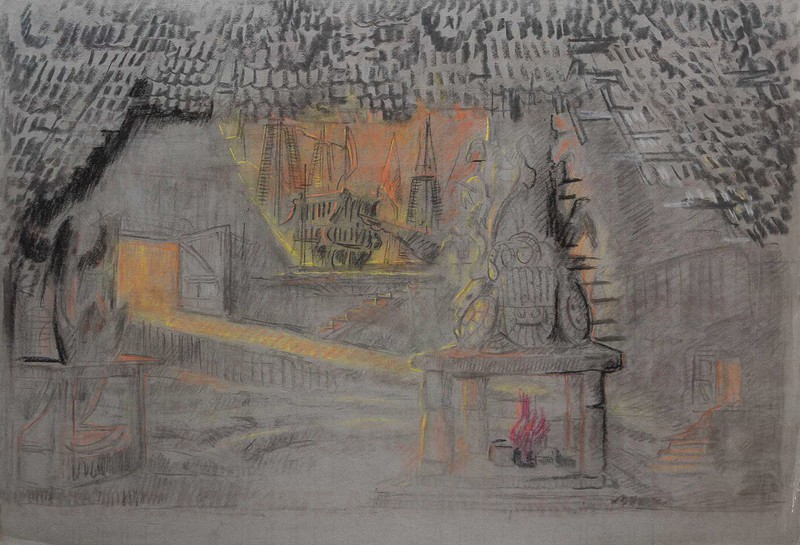
Scenografia cinematografica
O0008054

